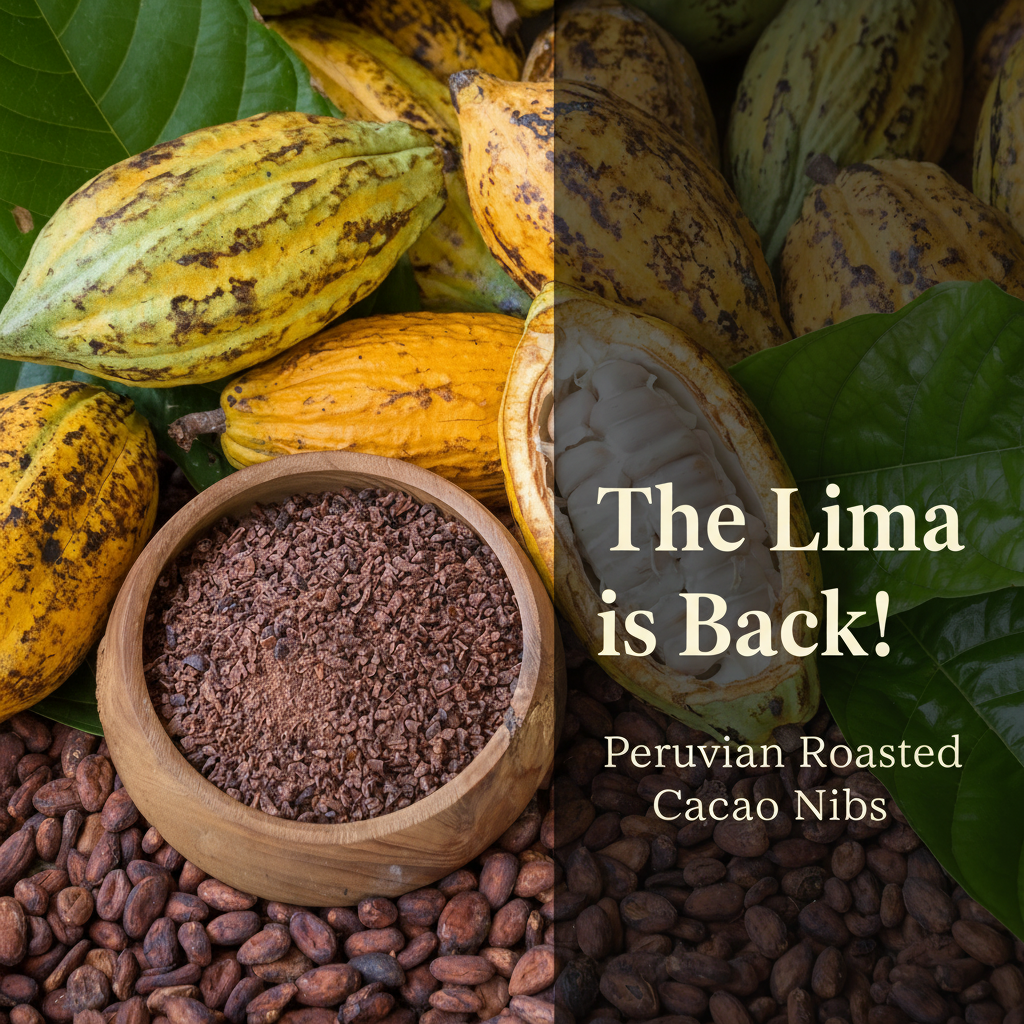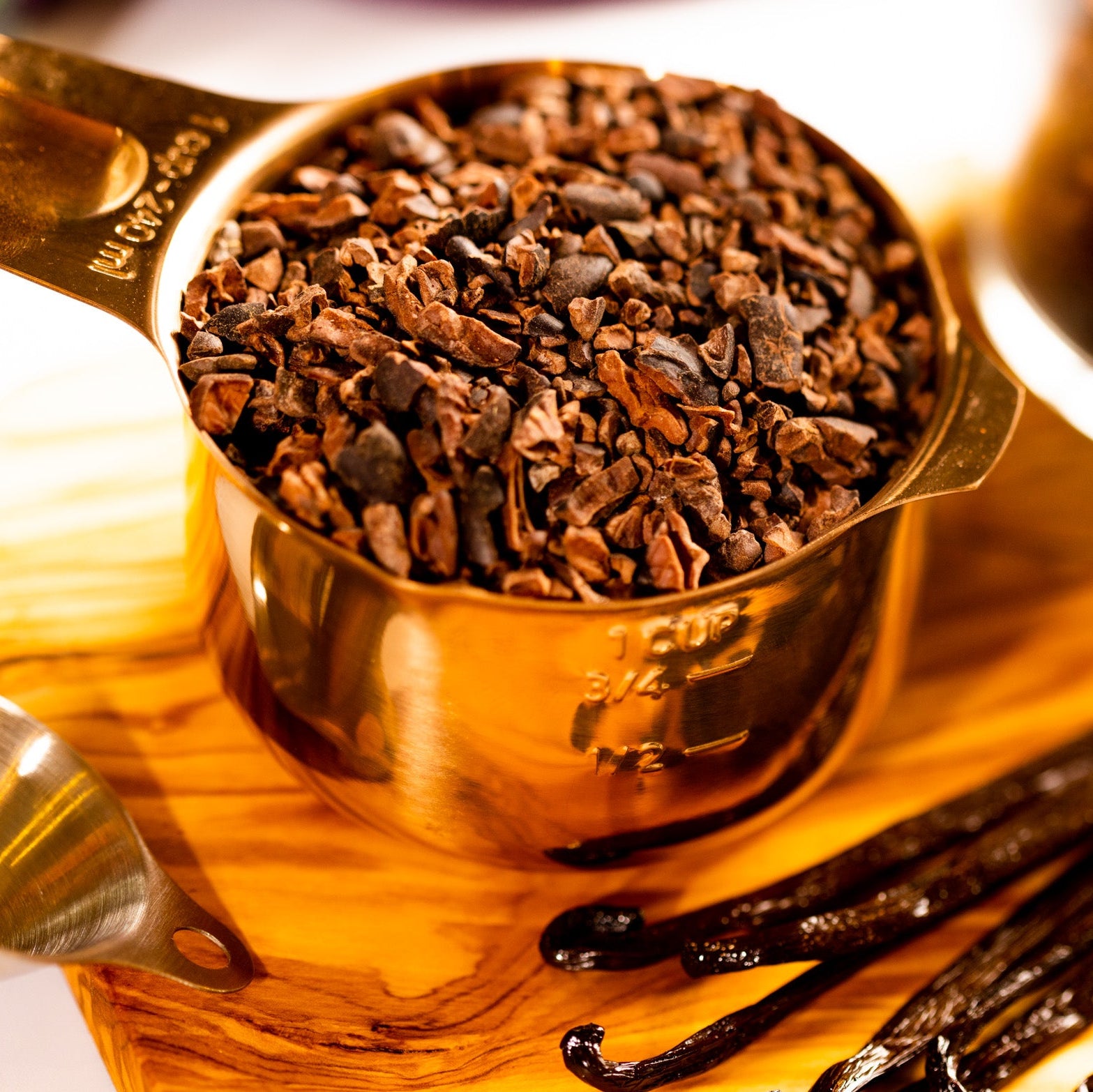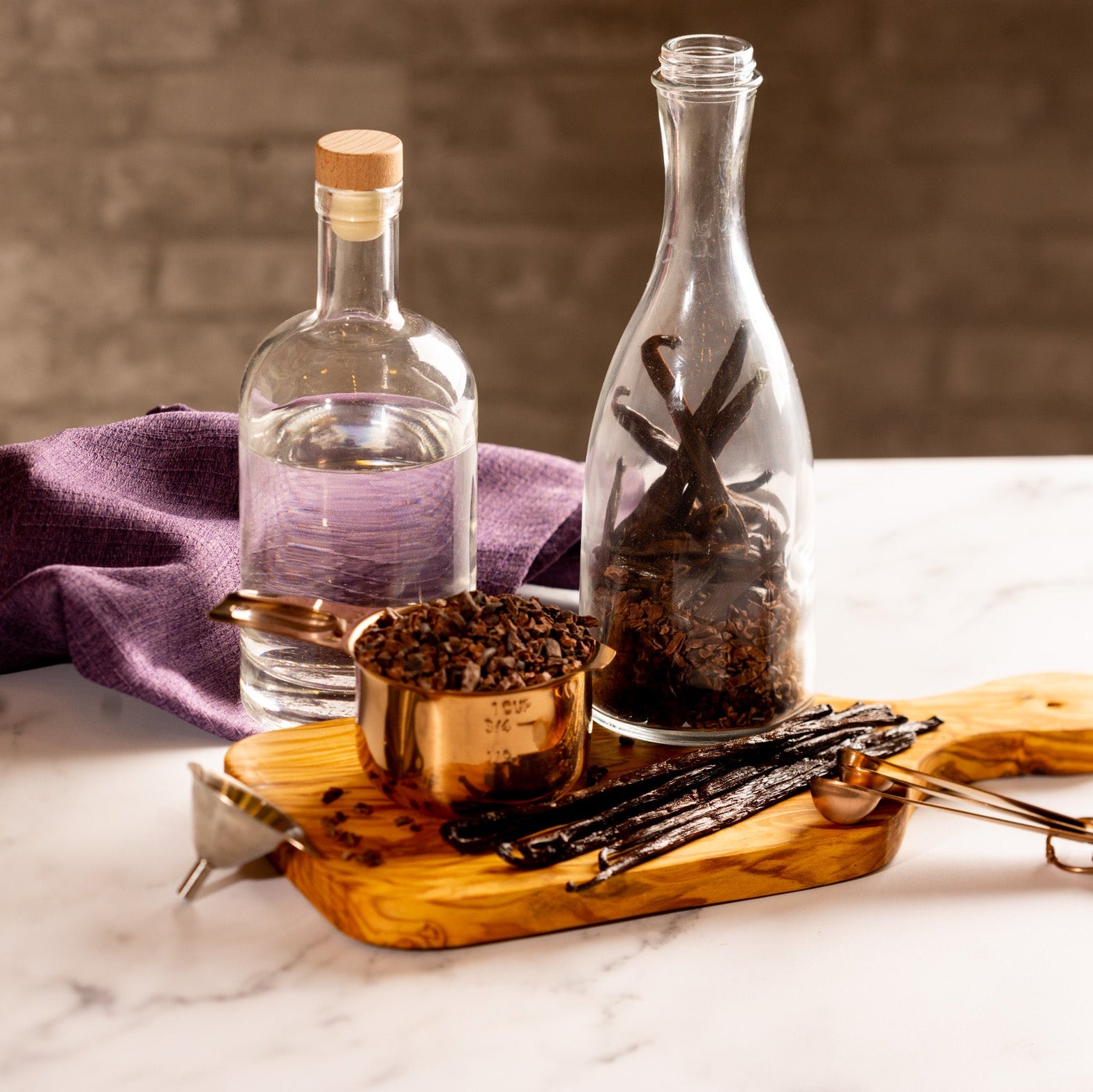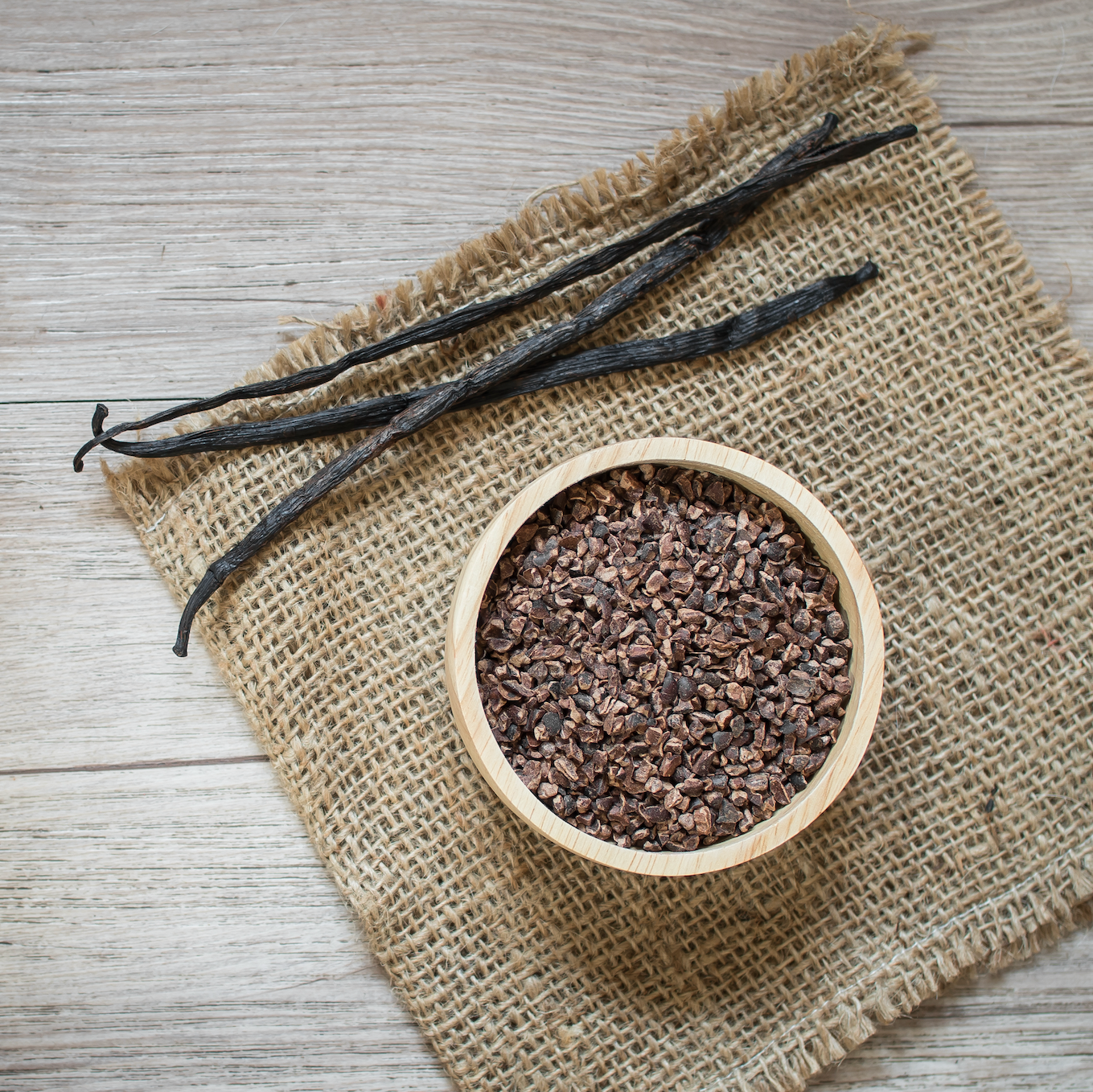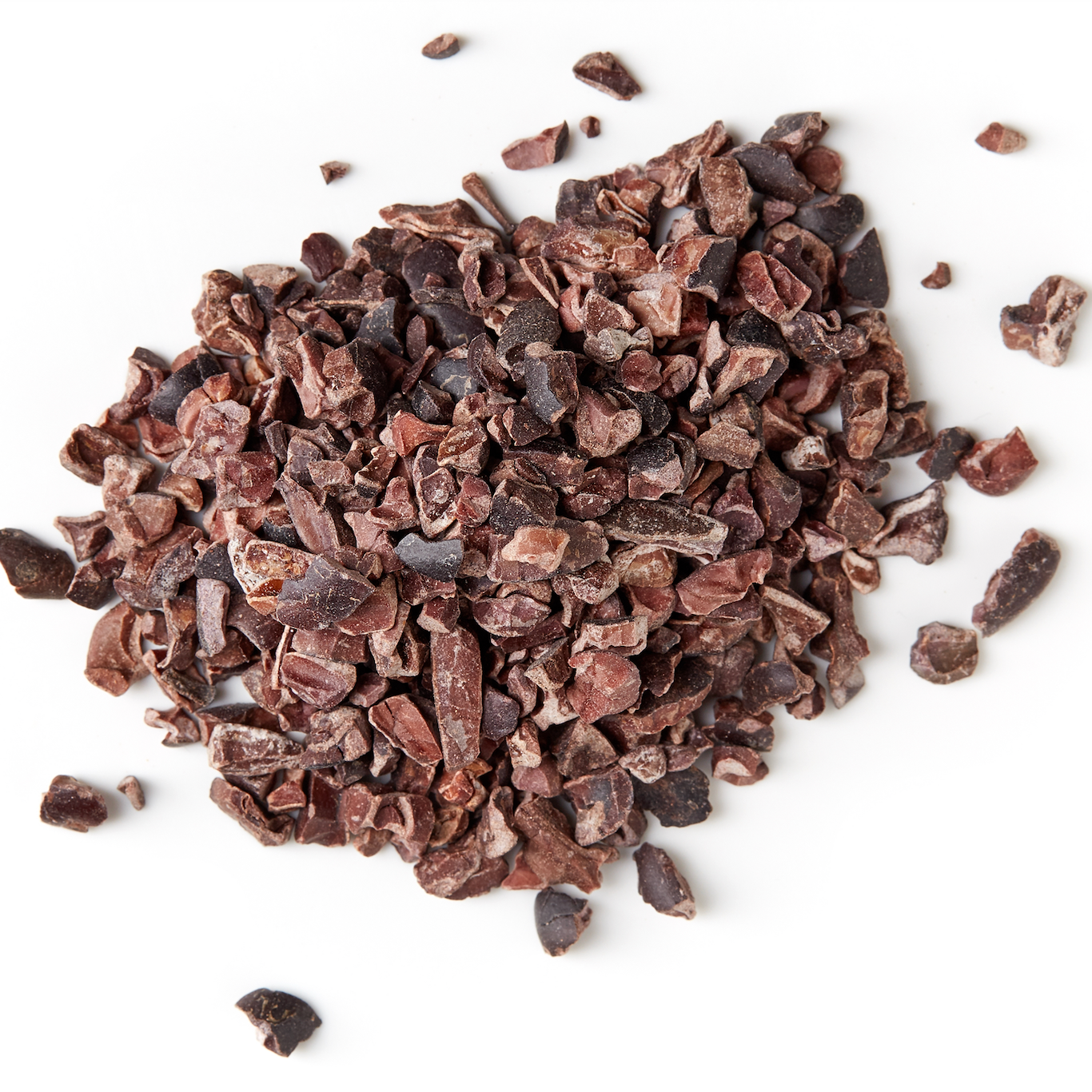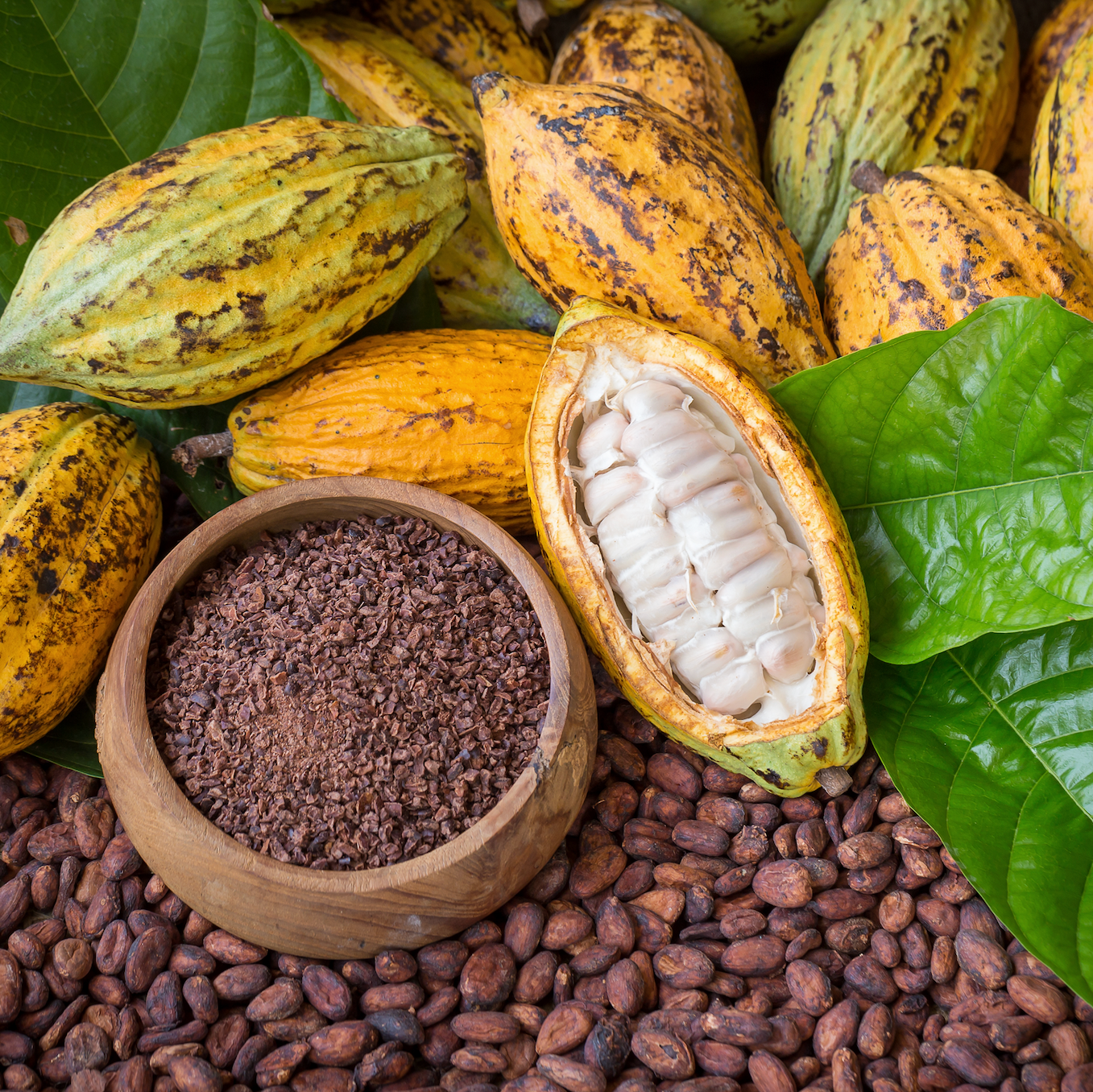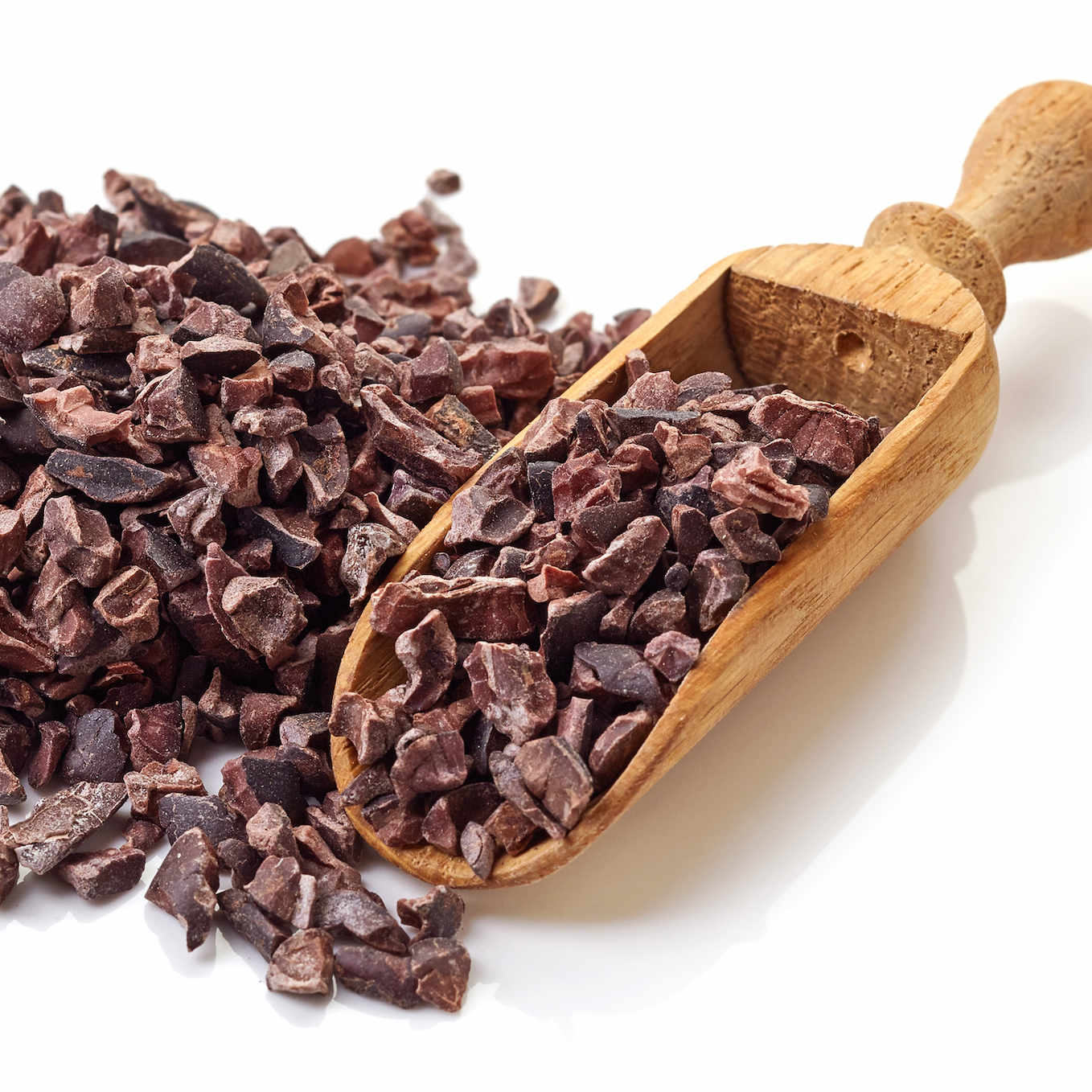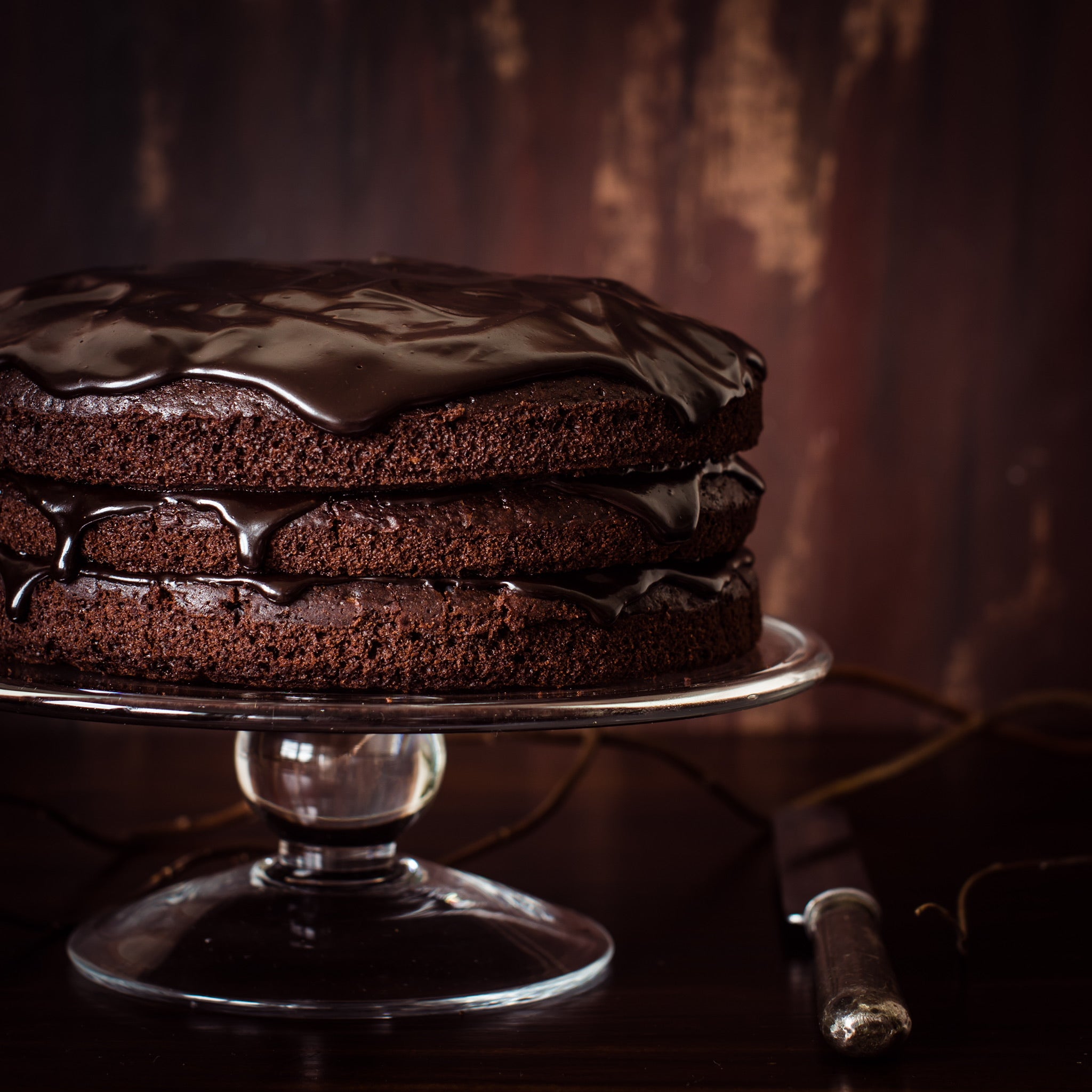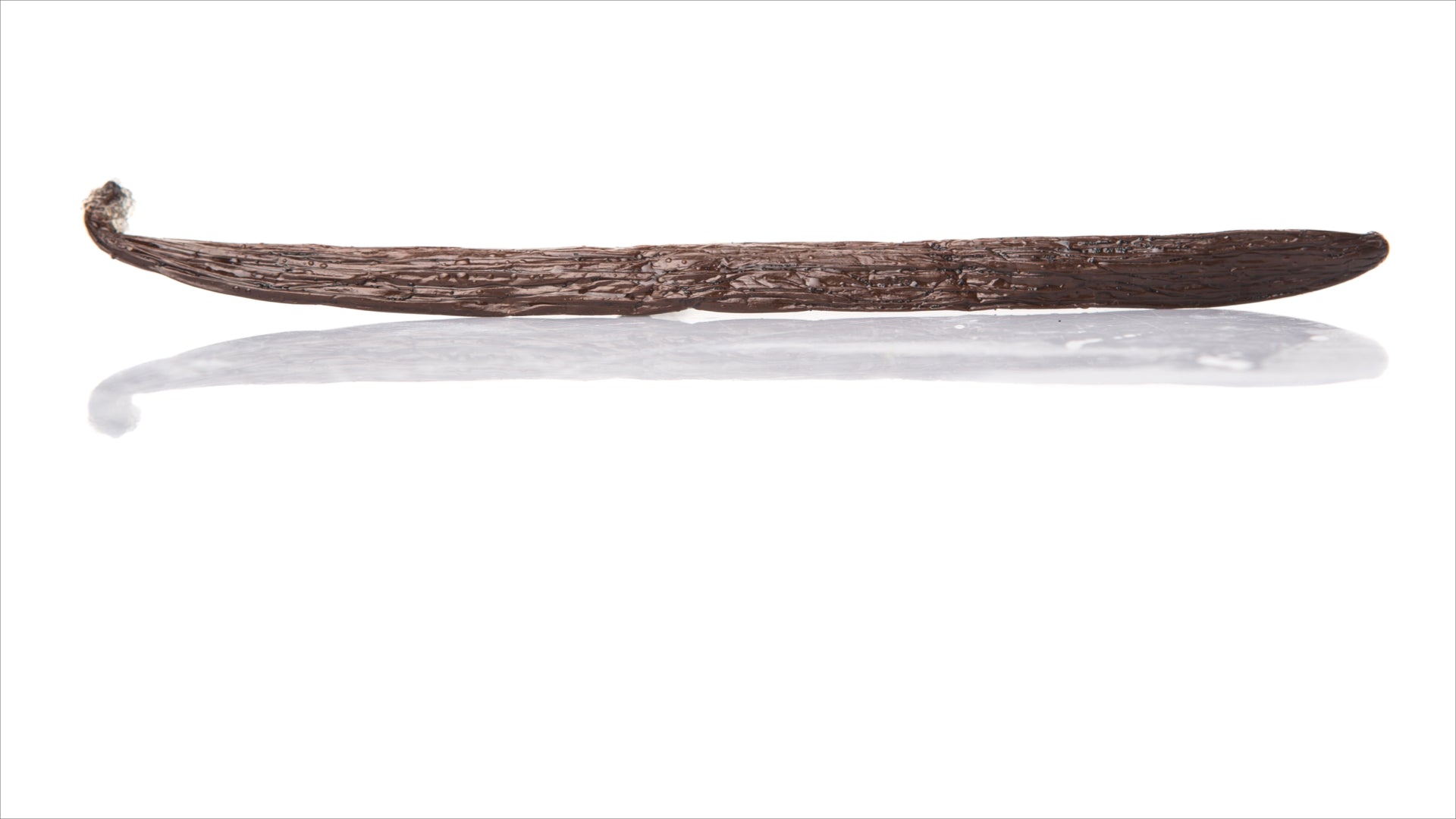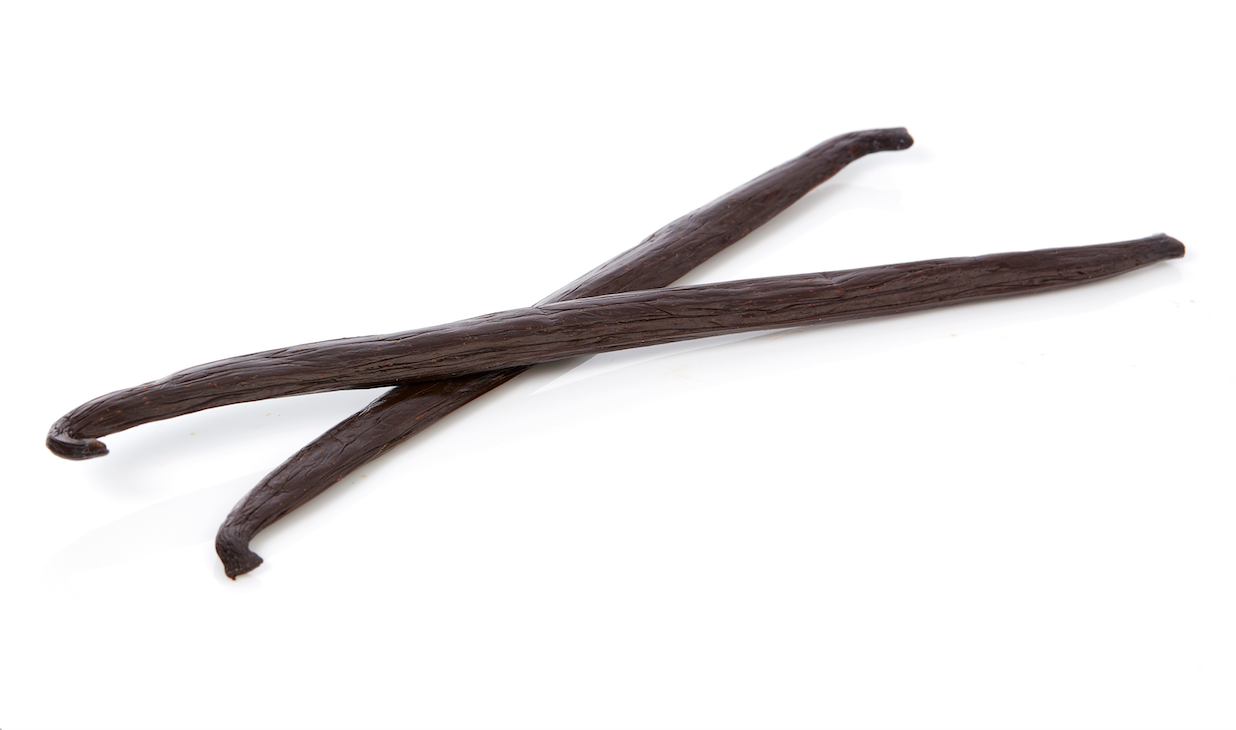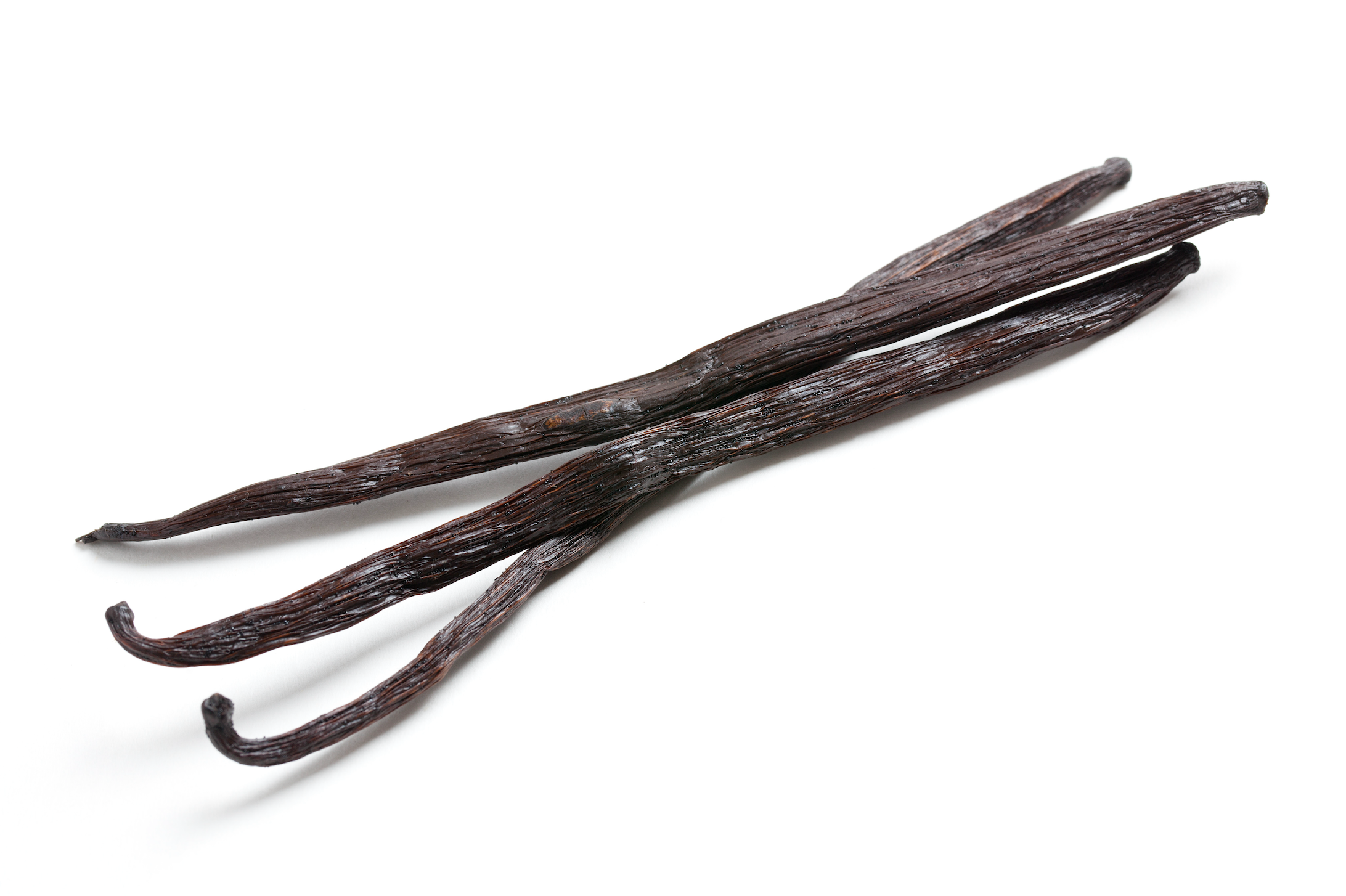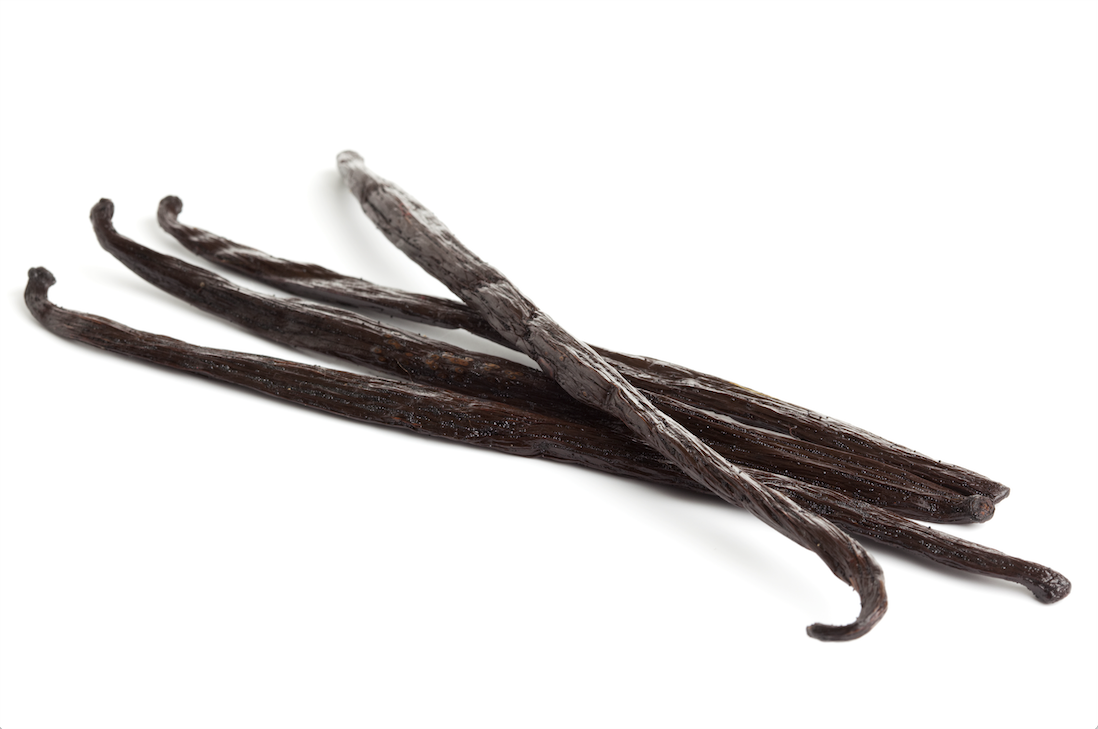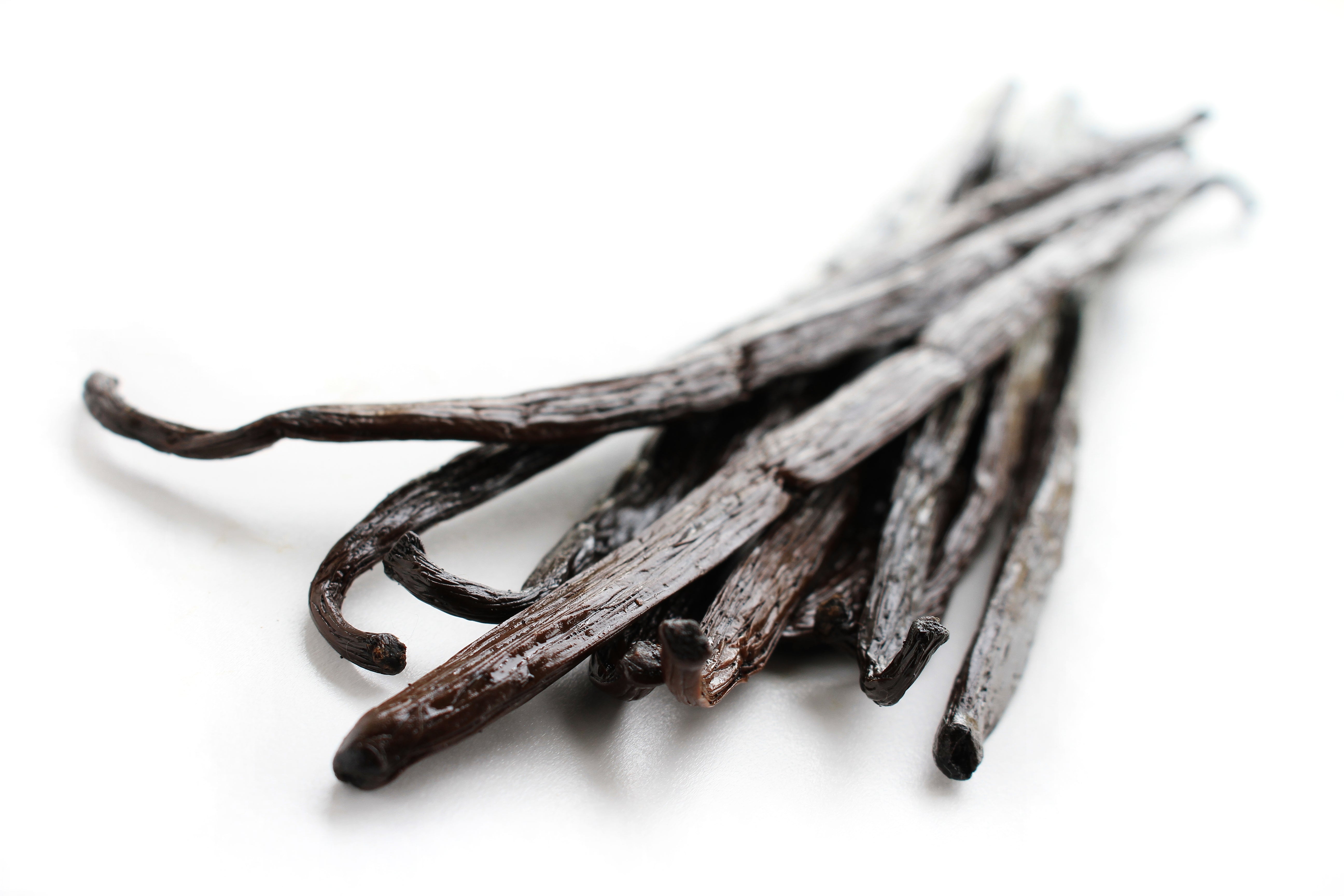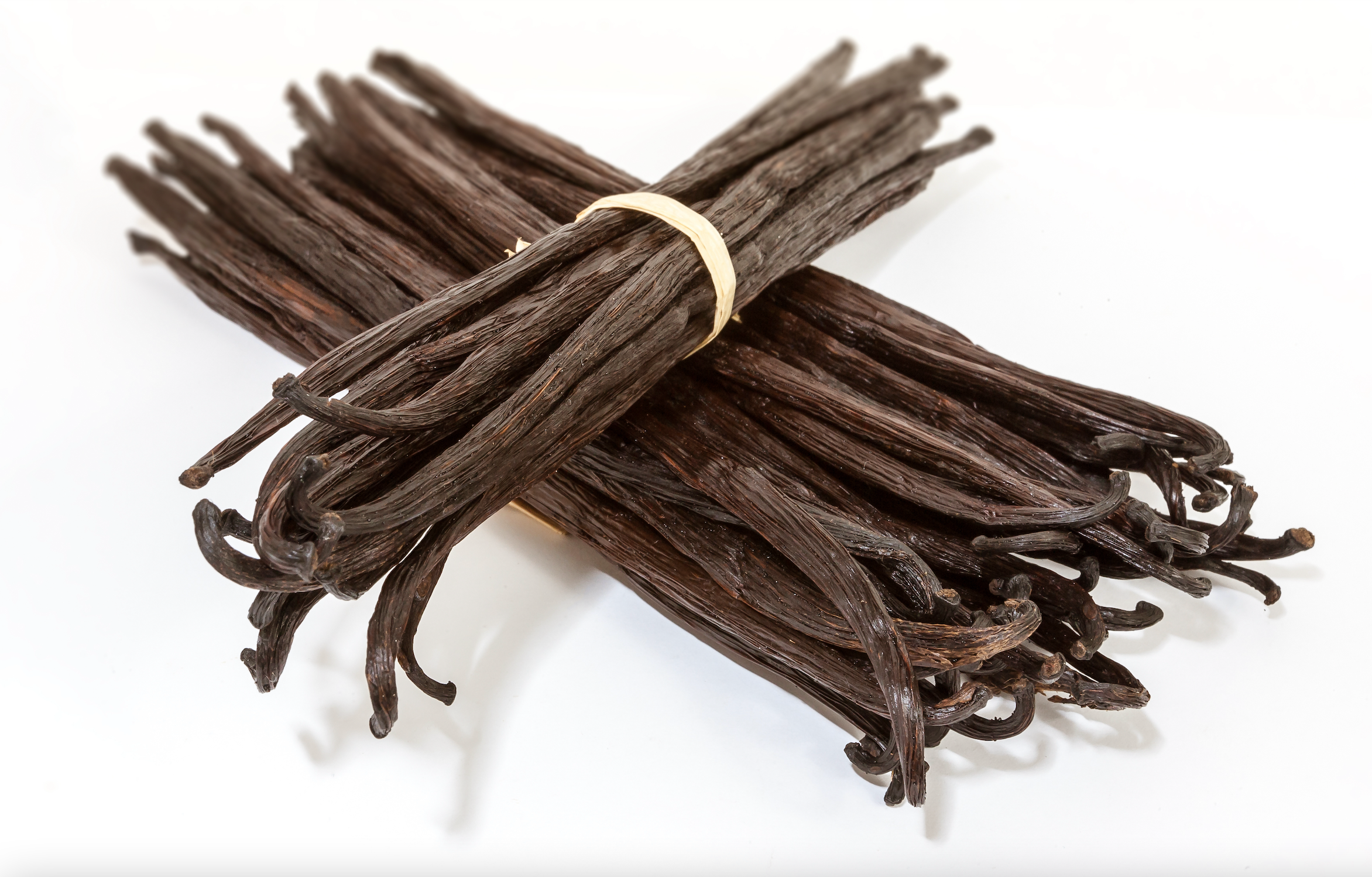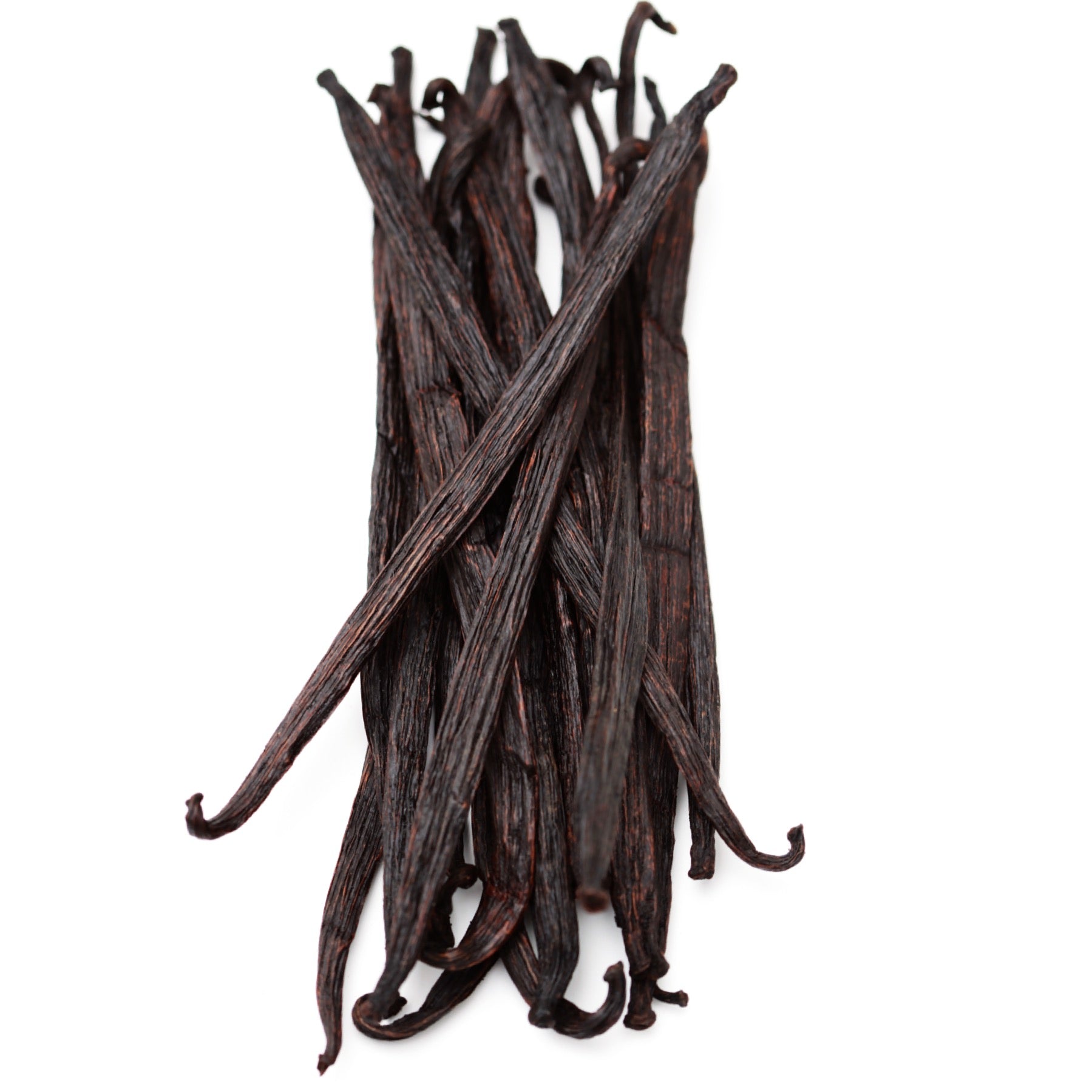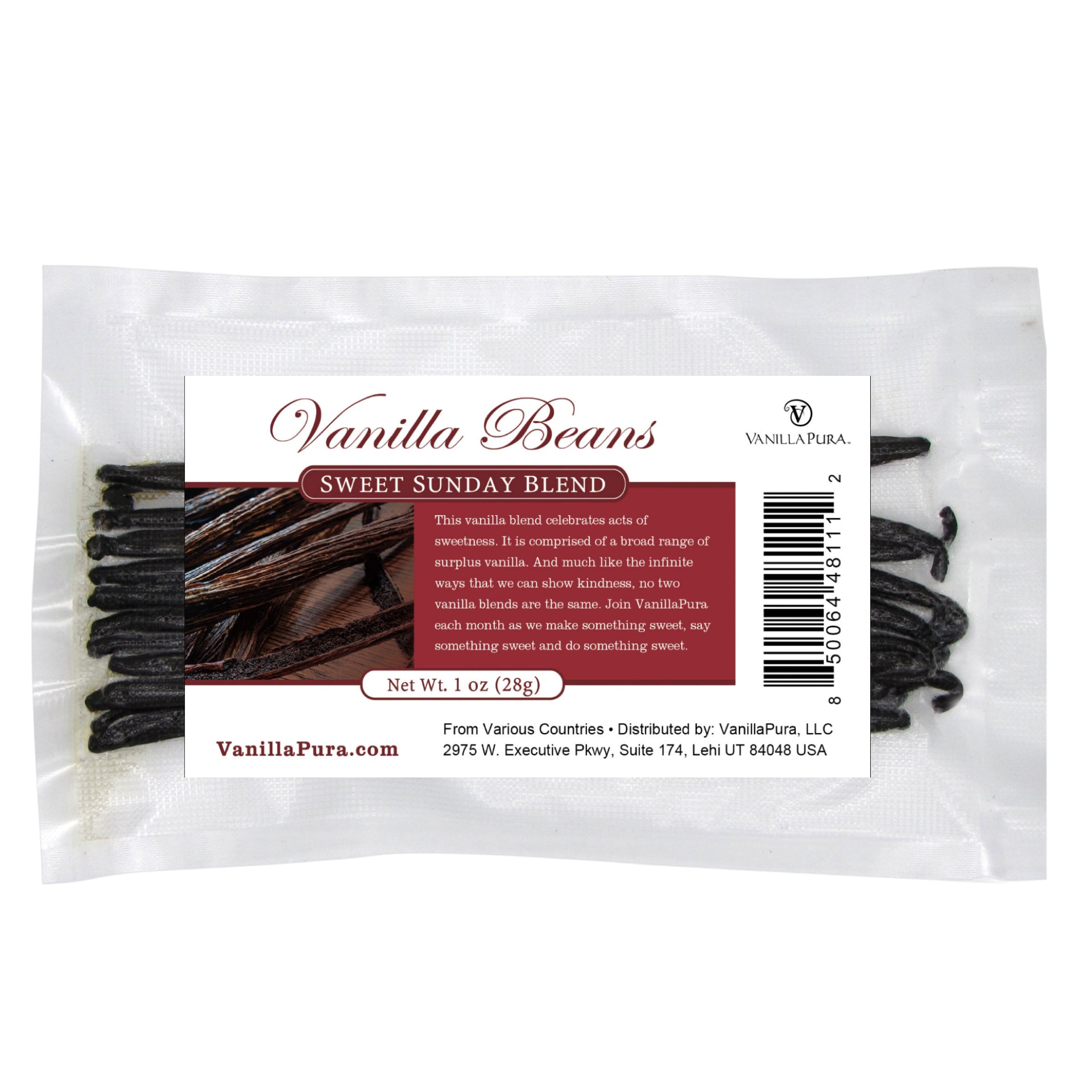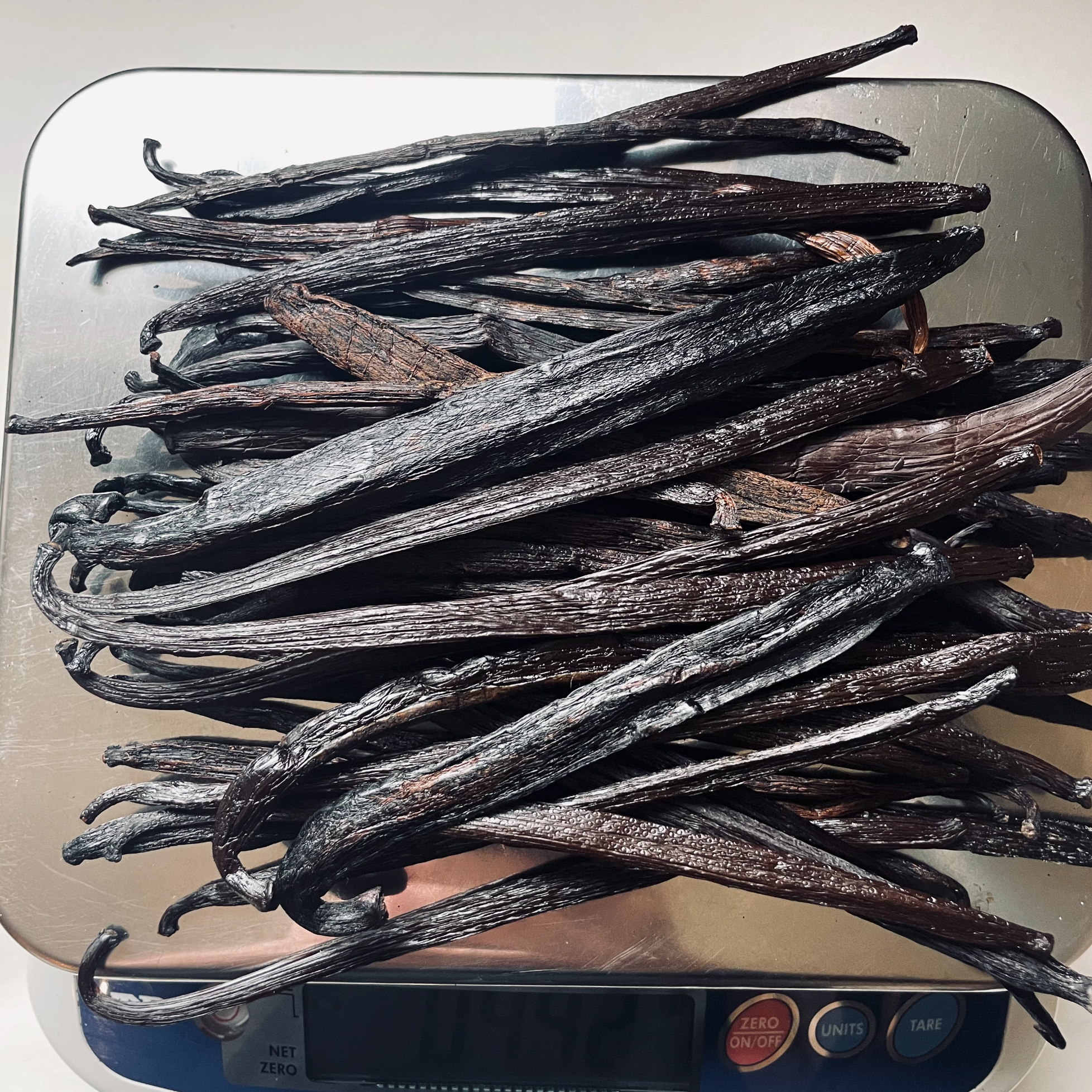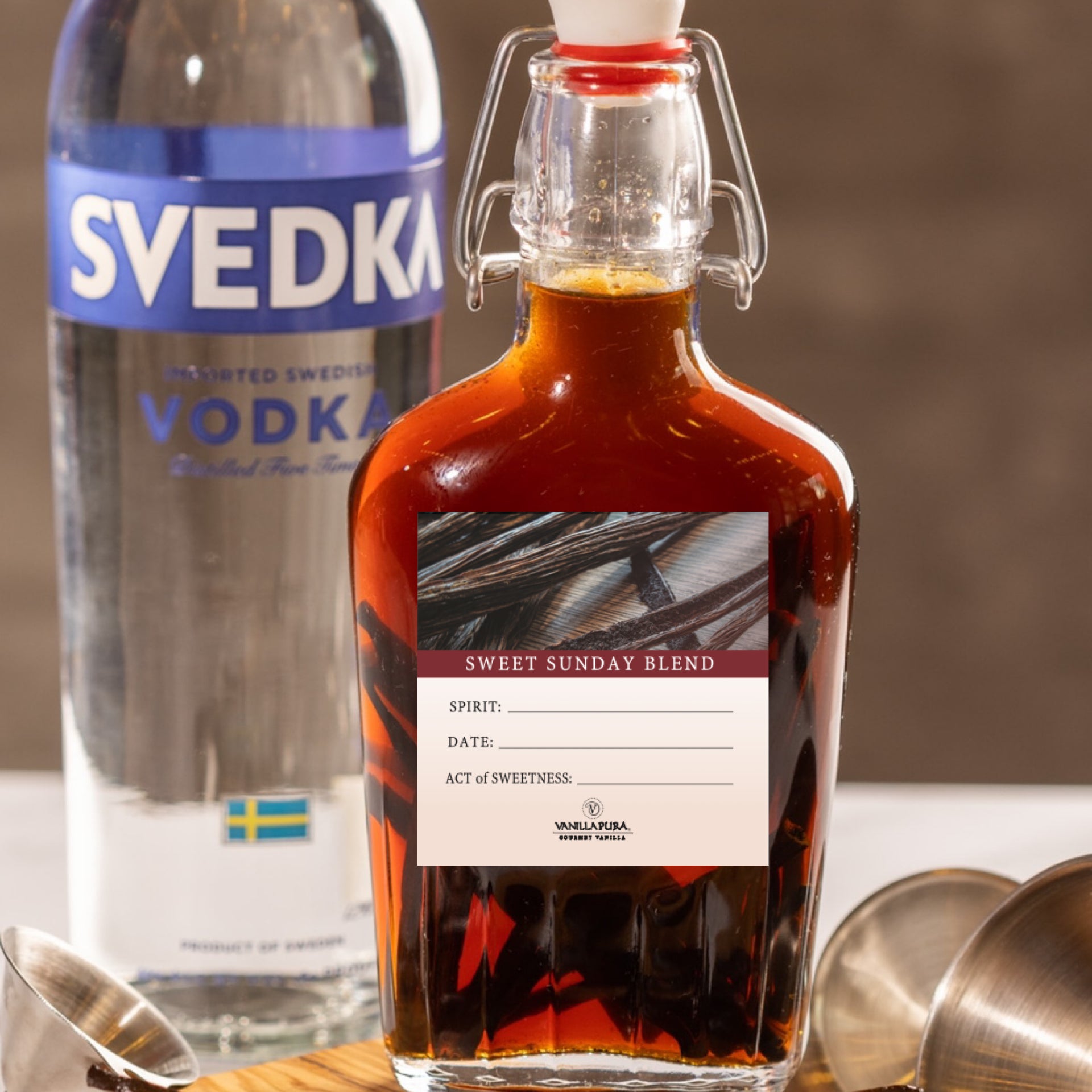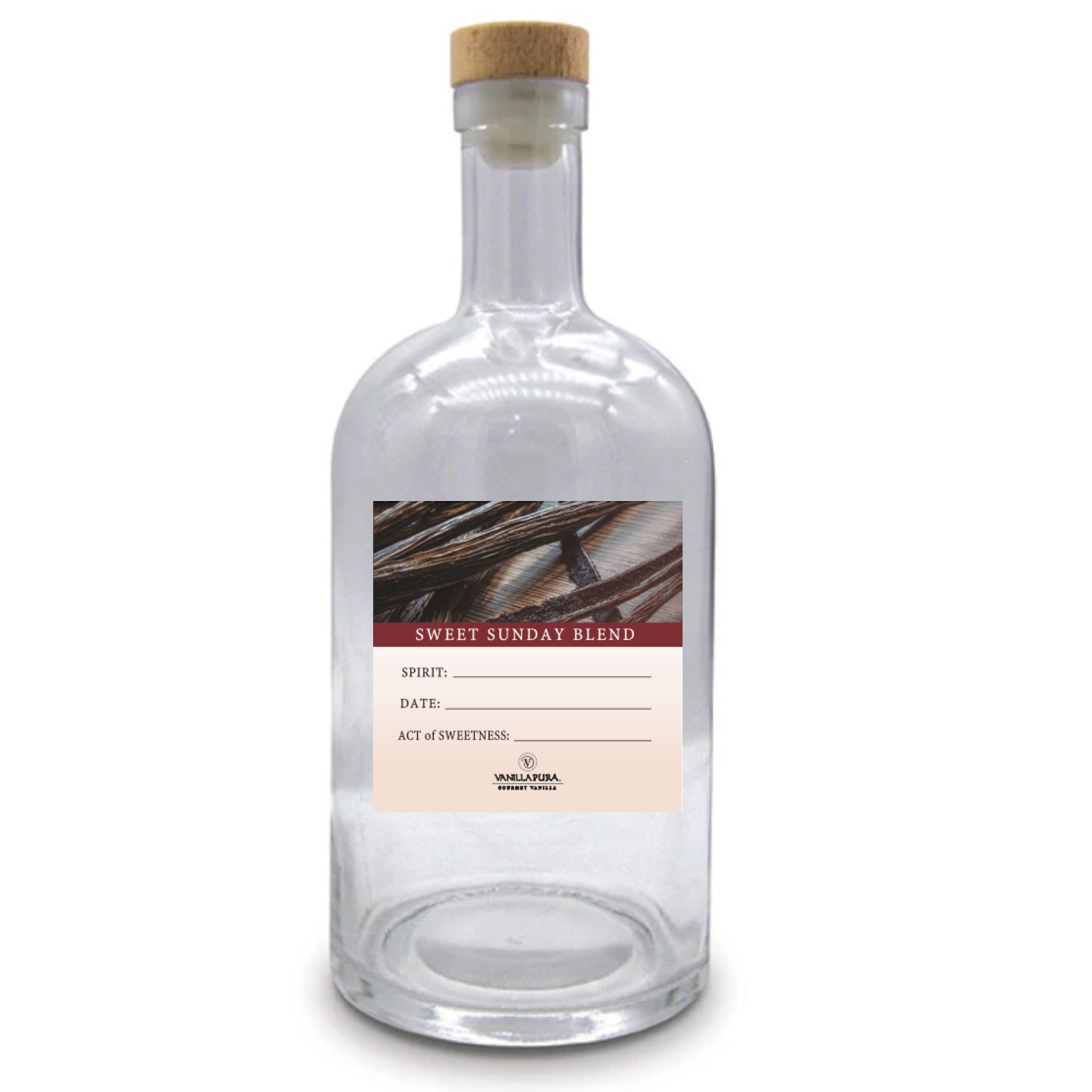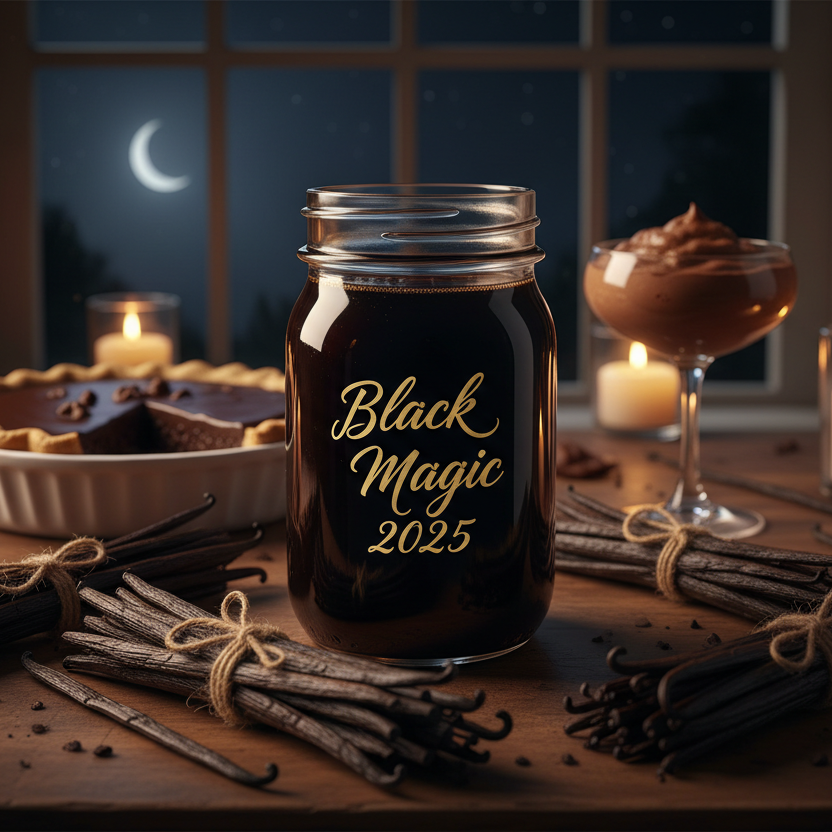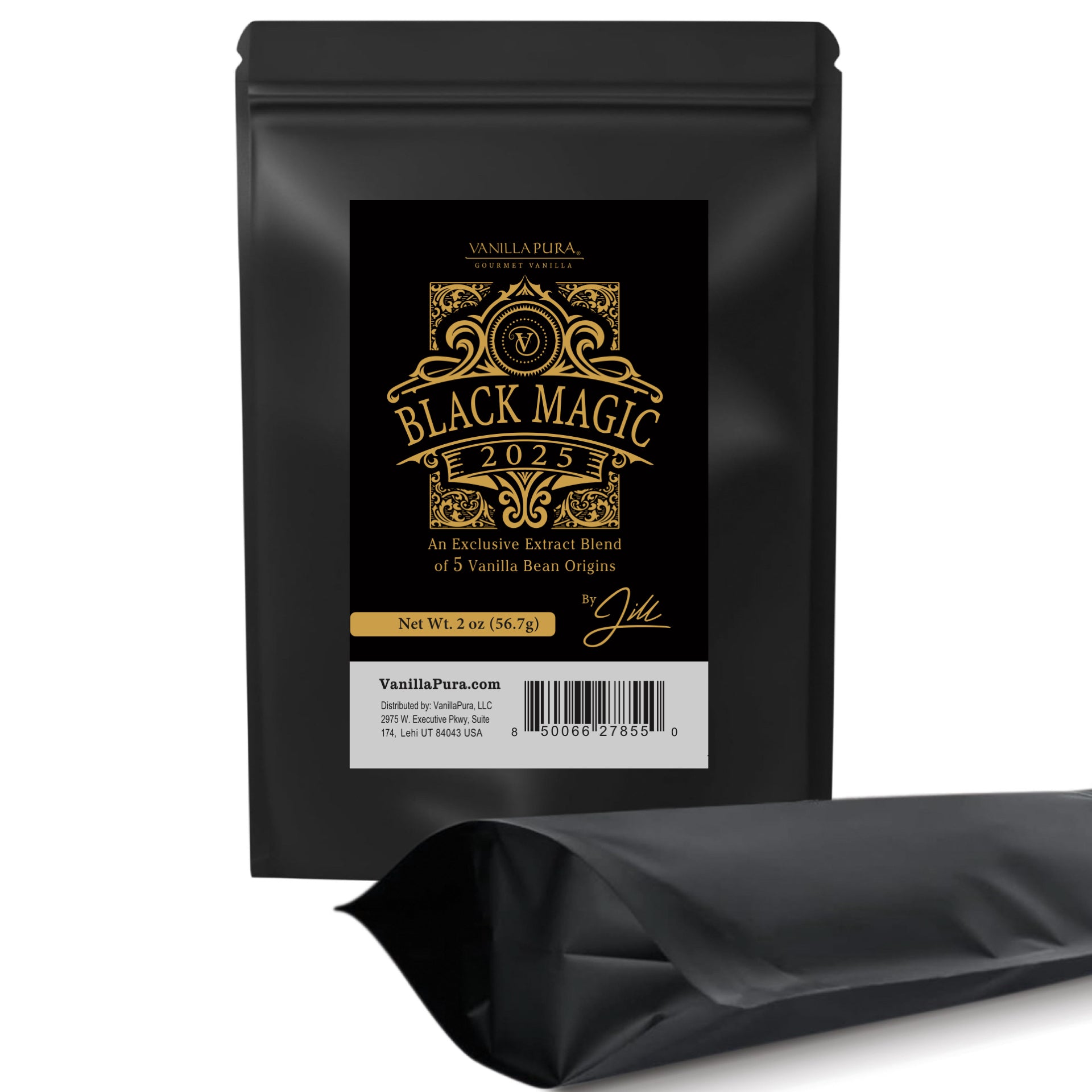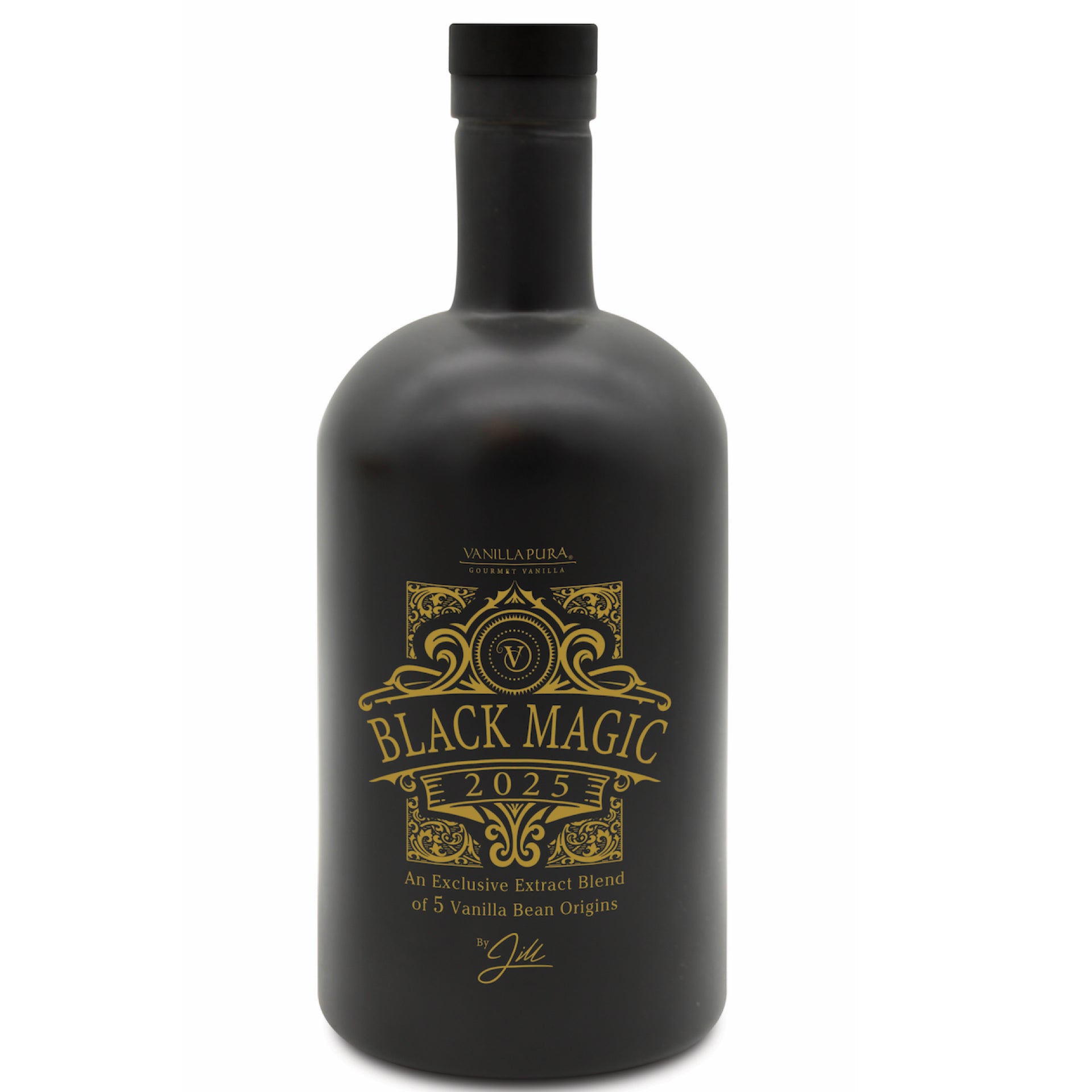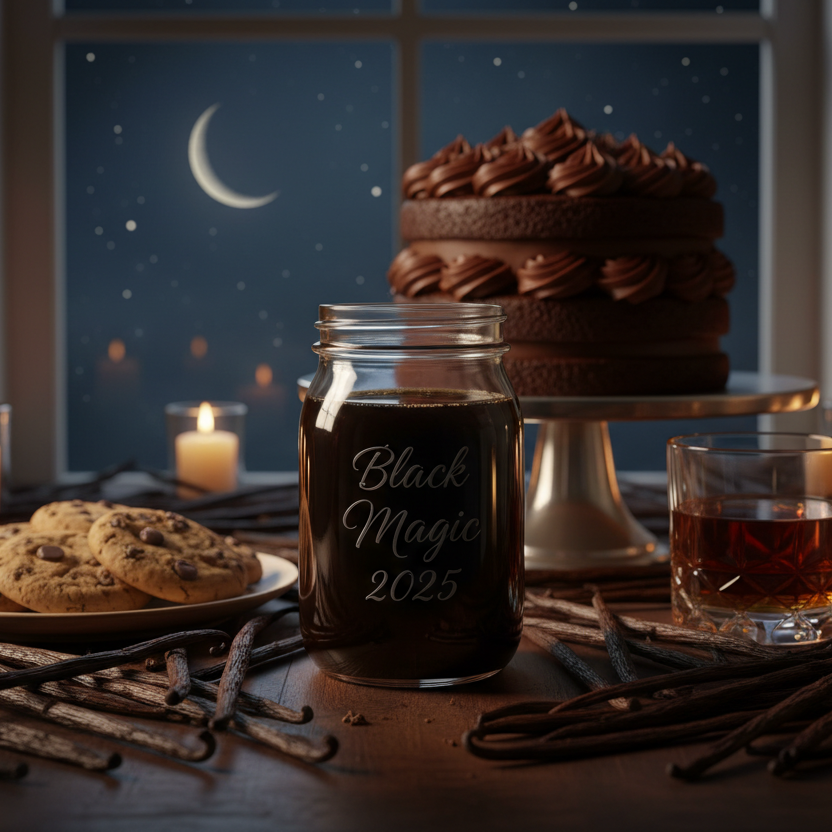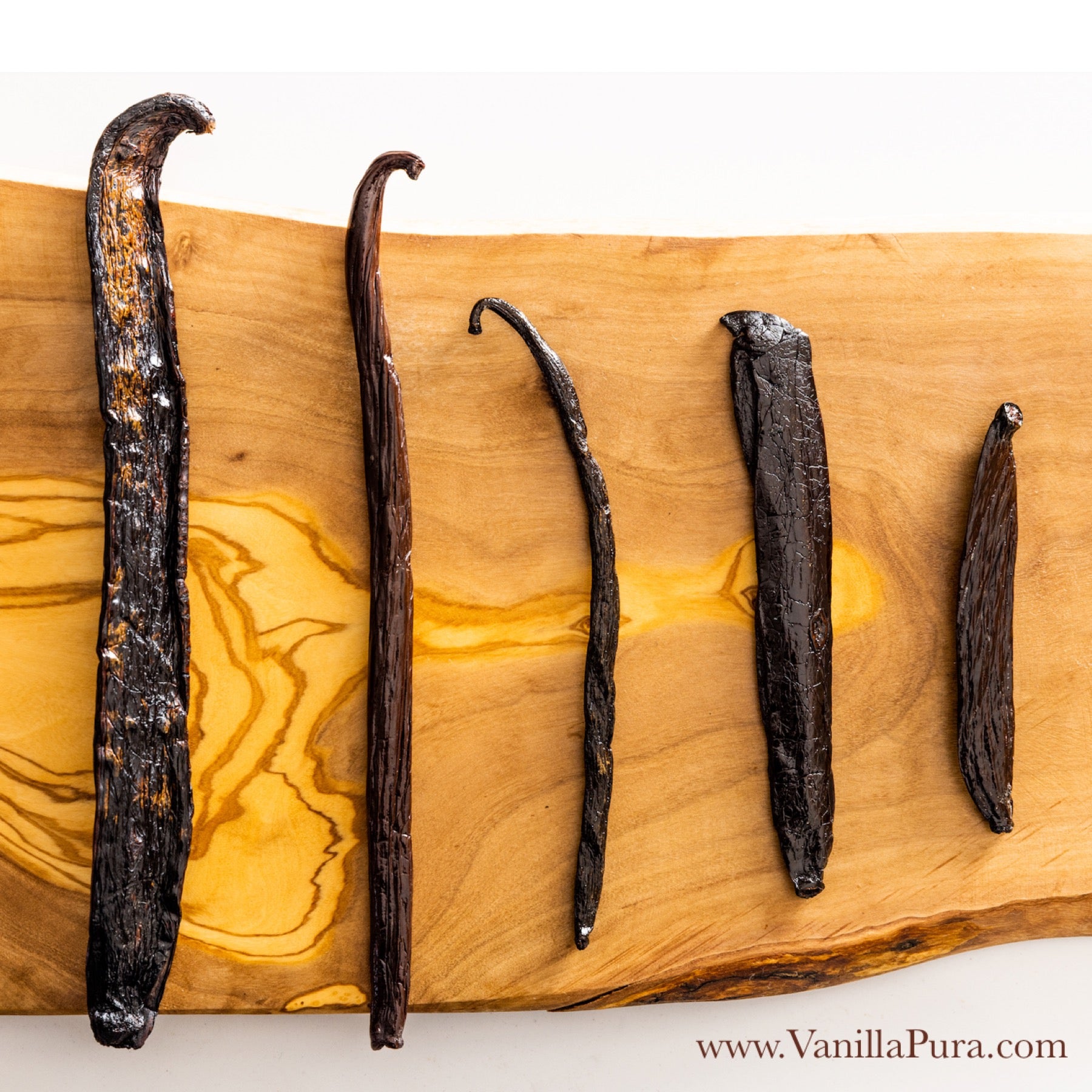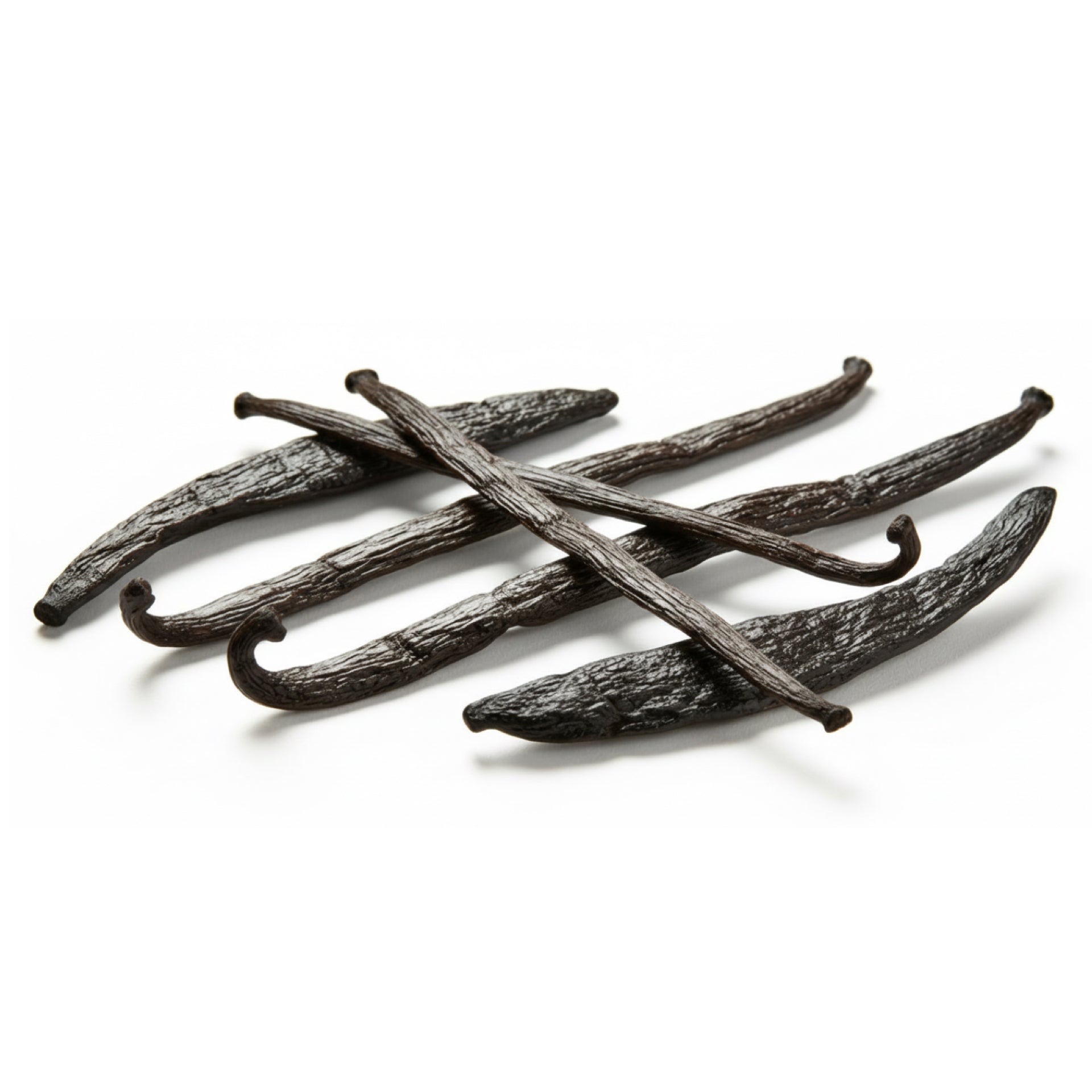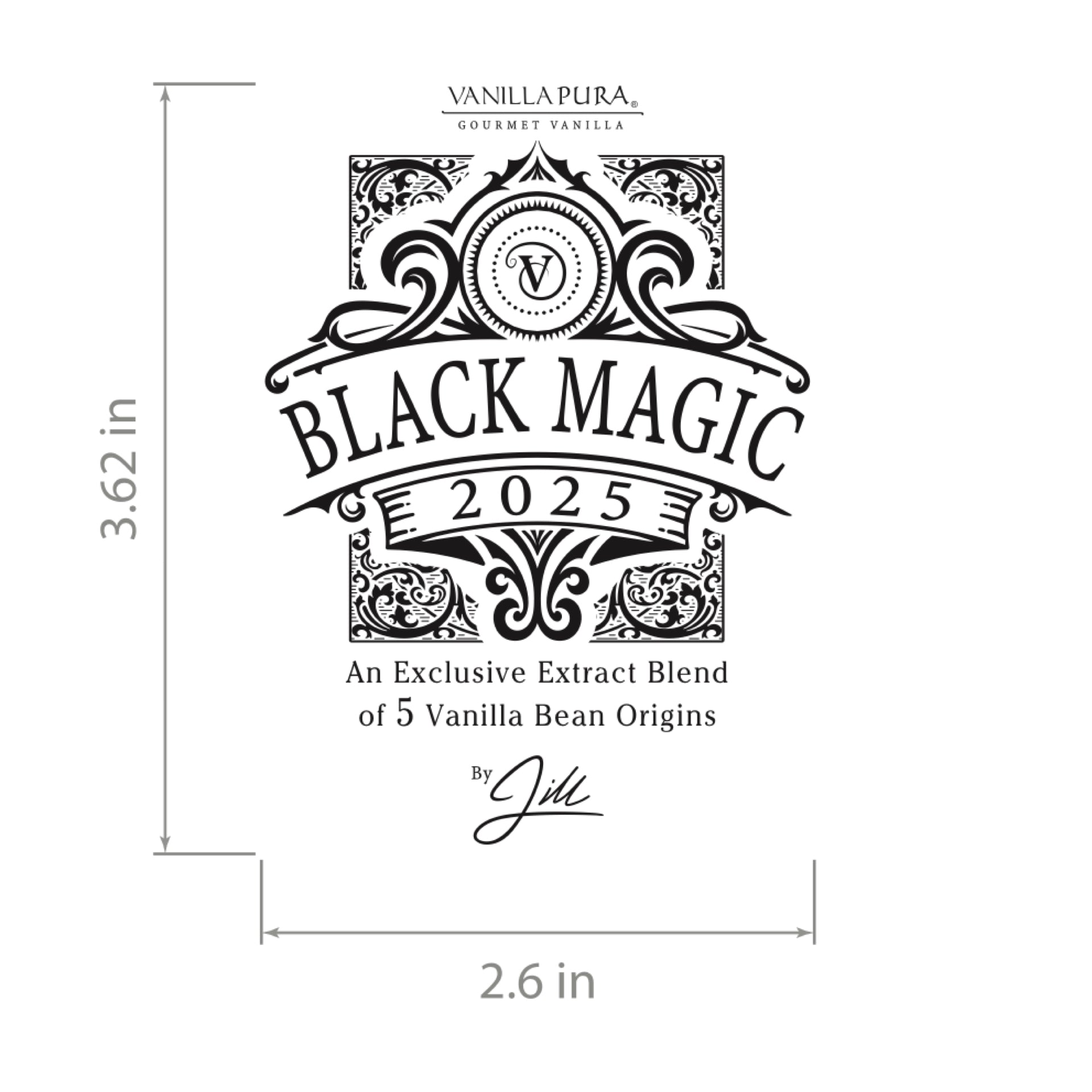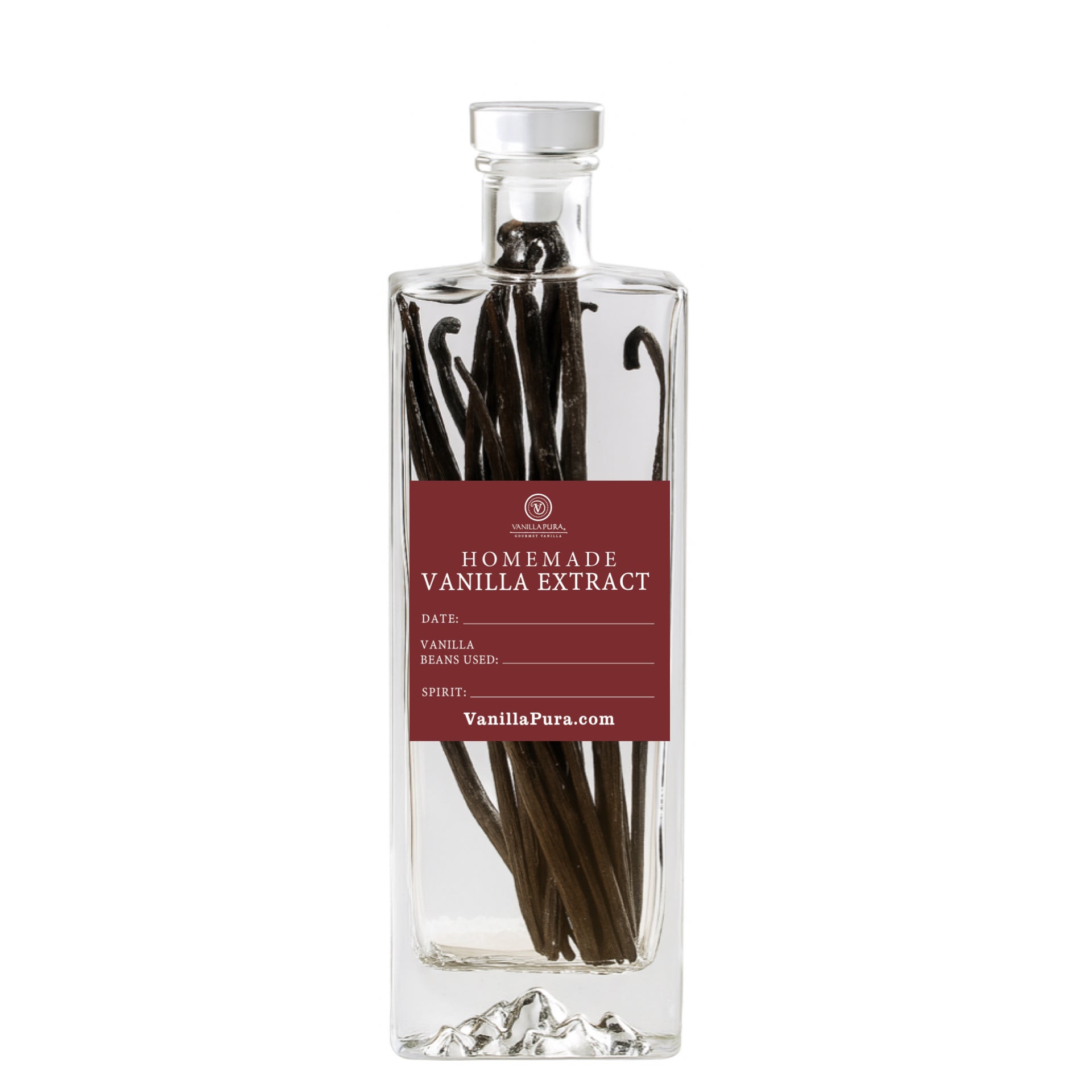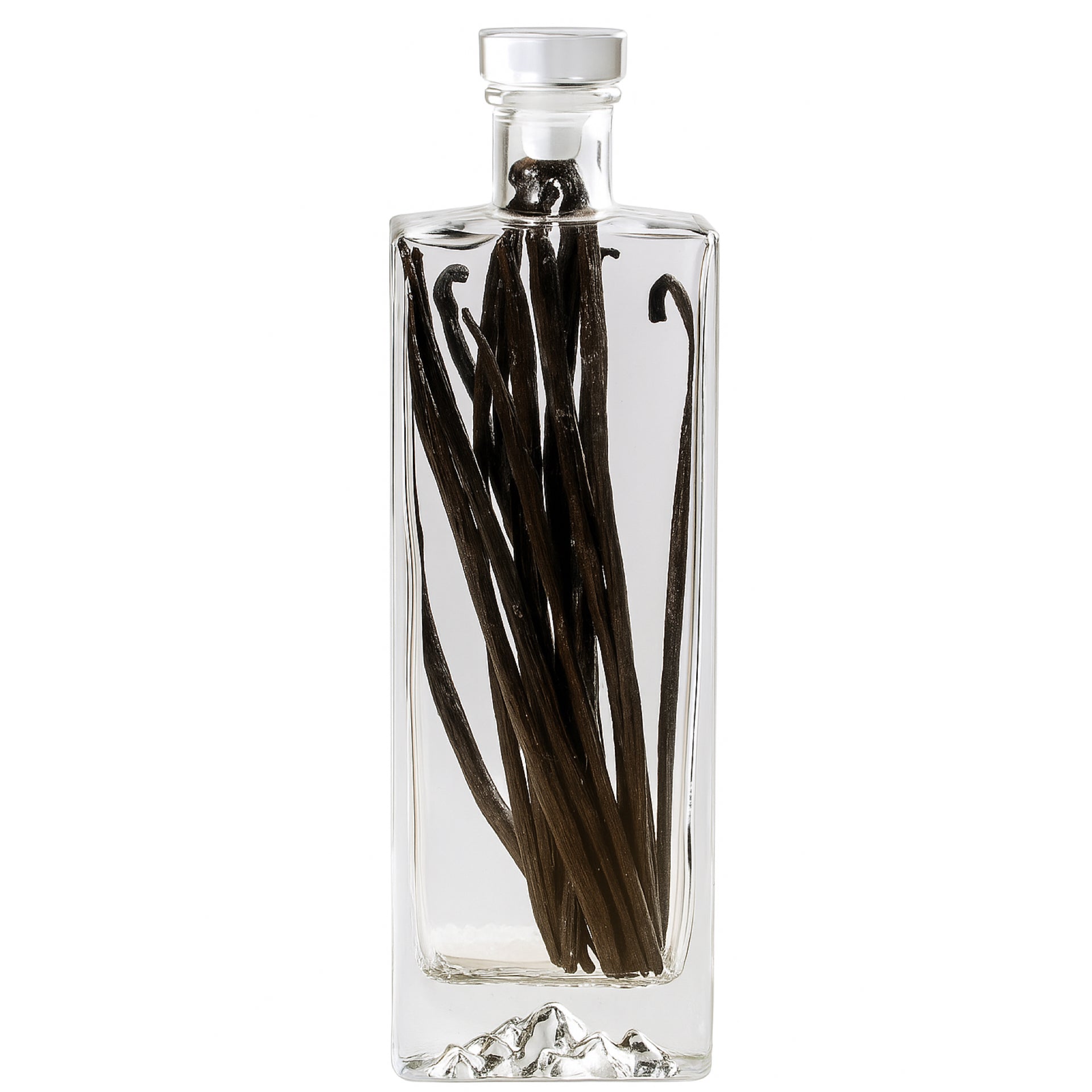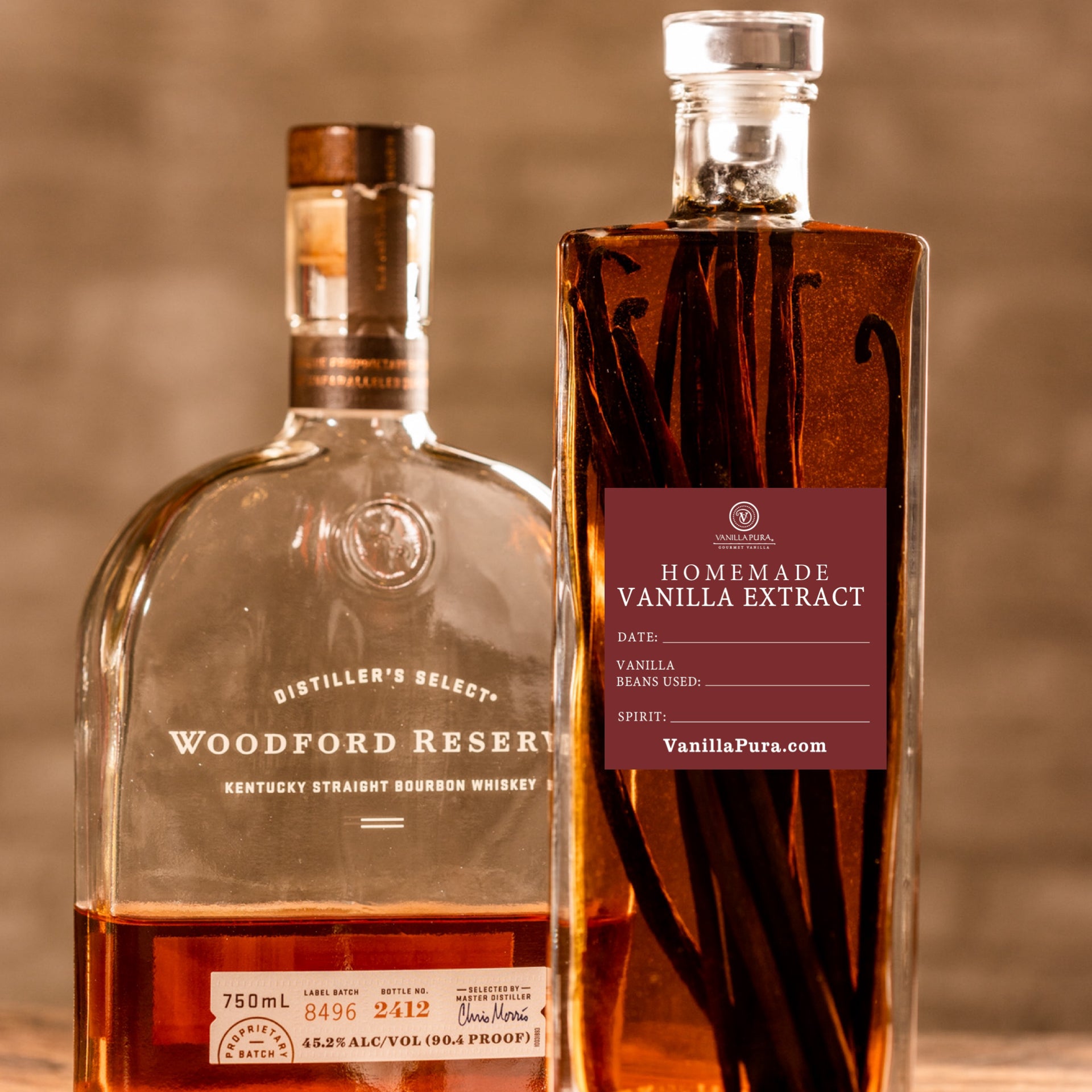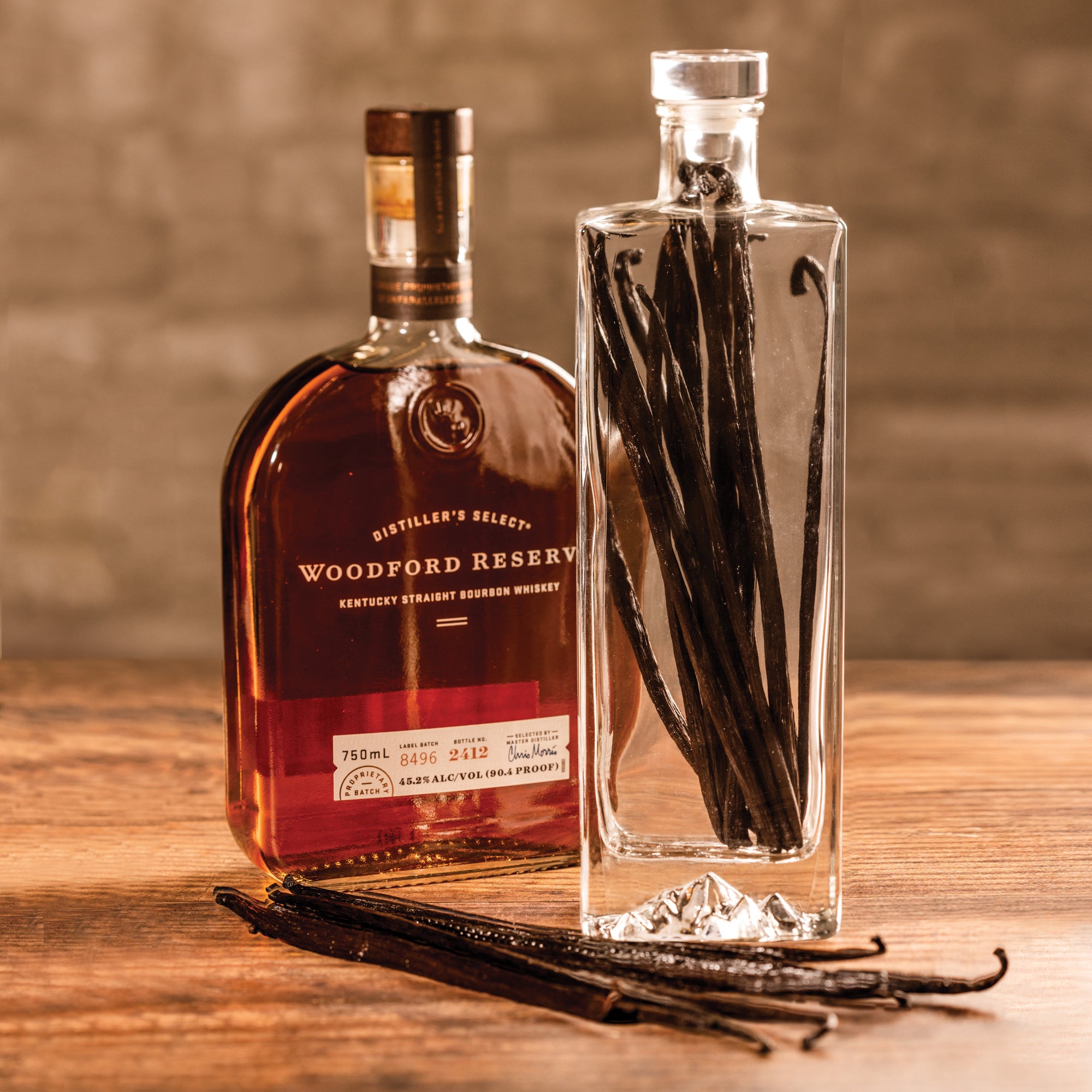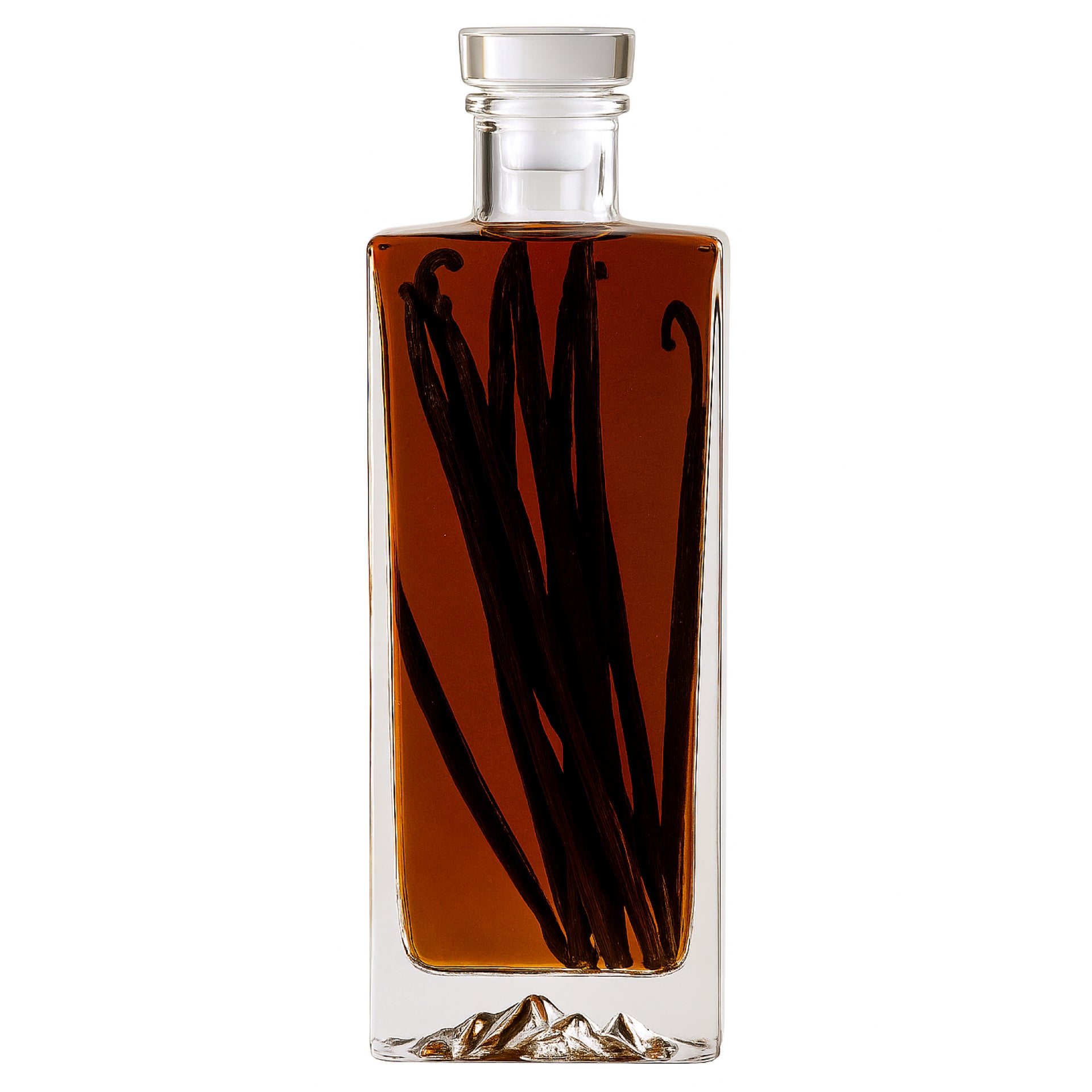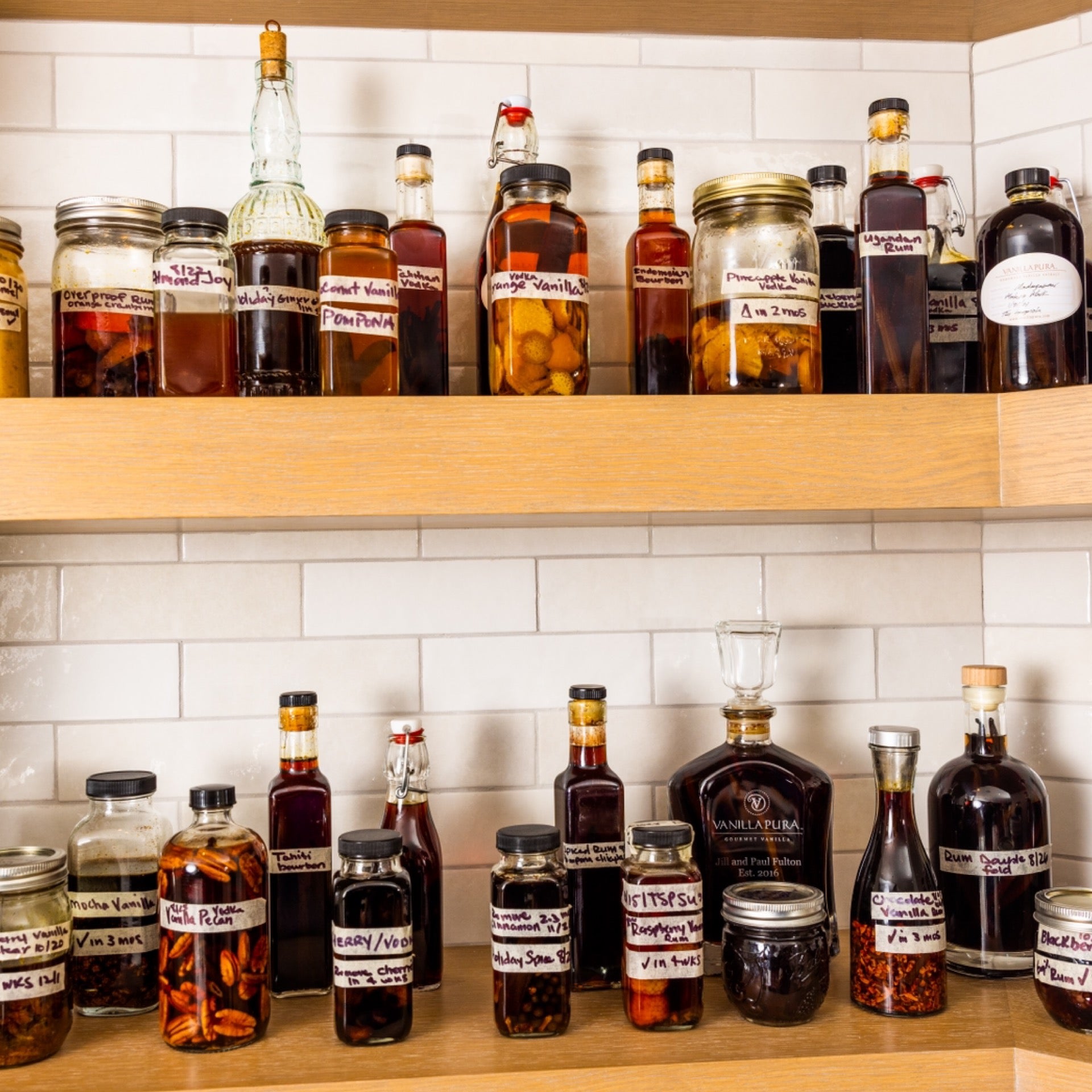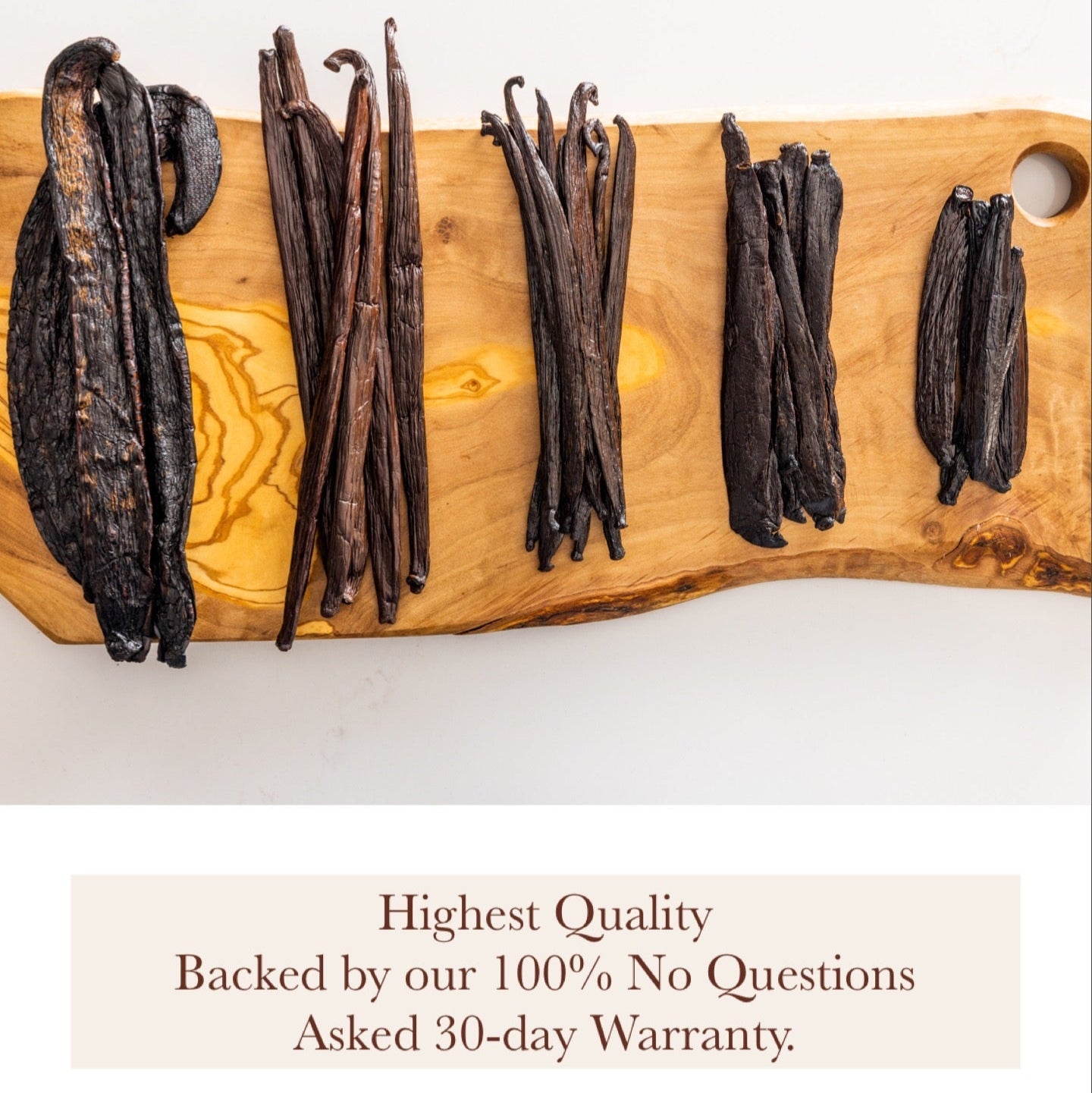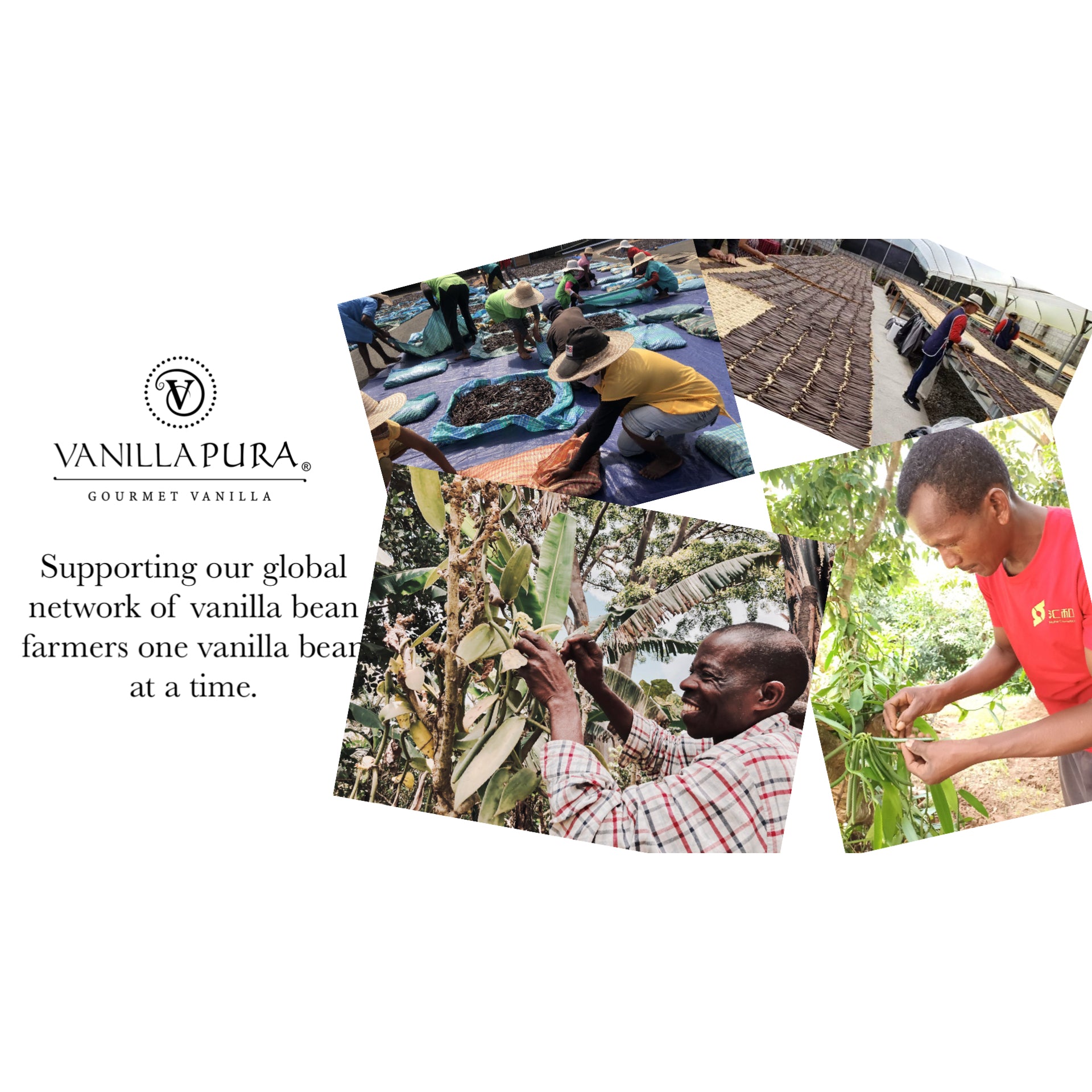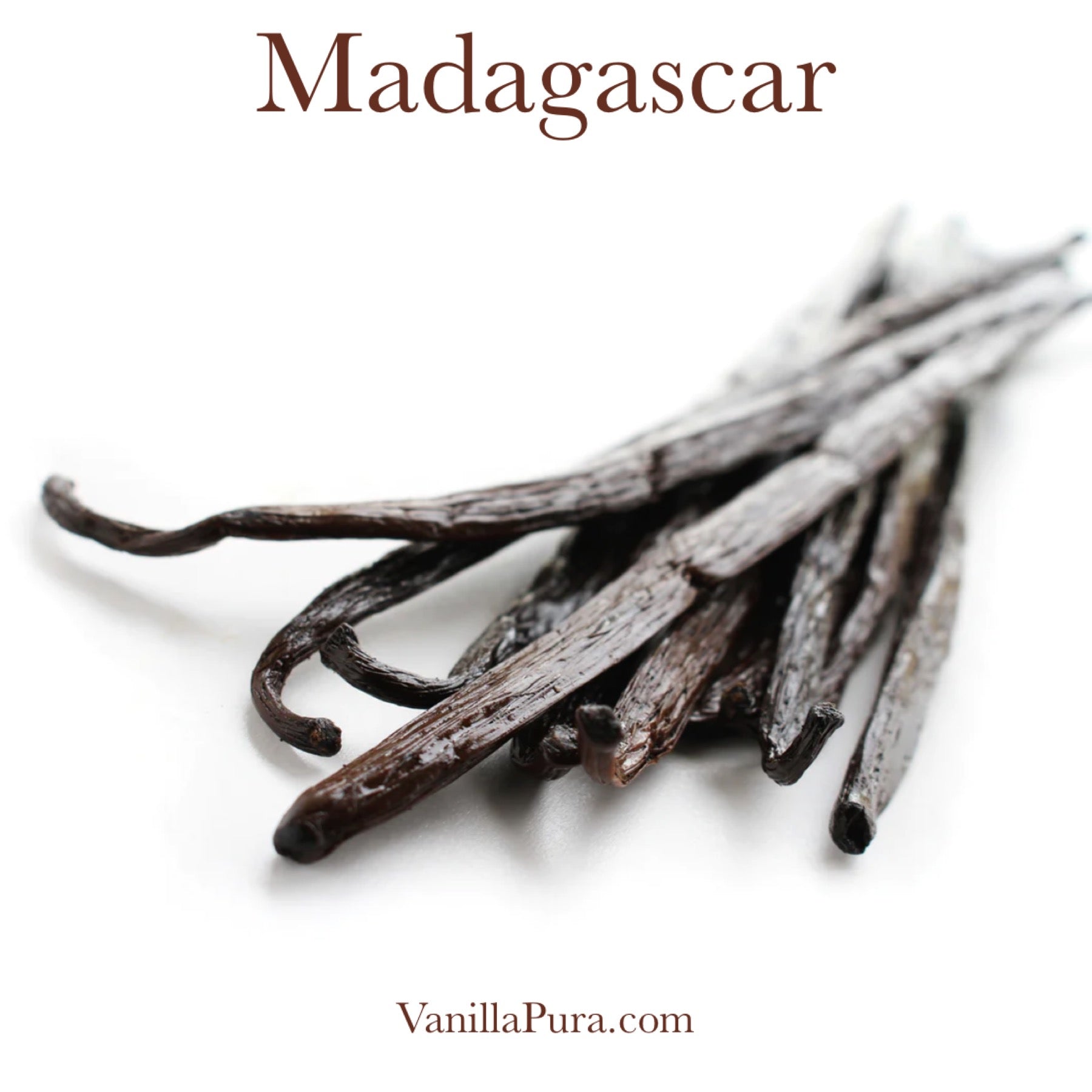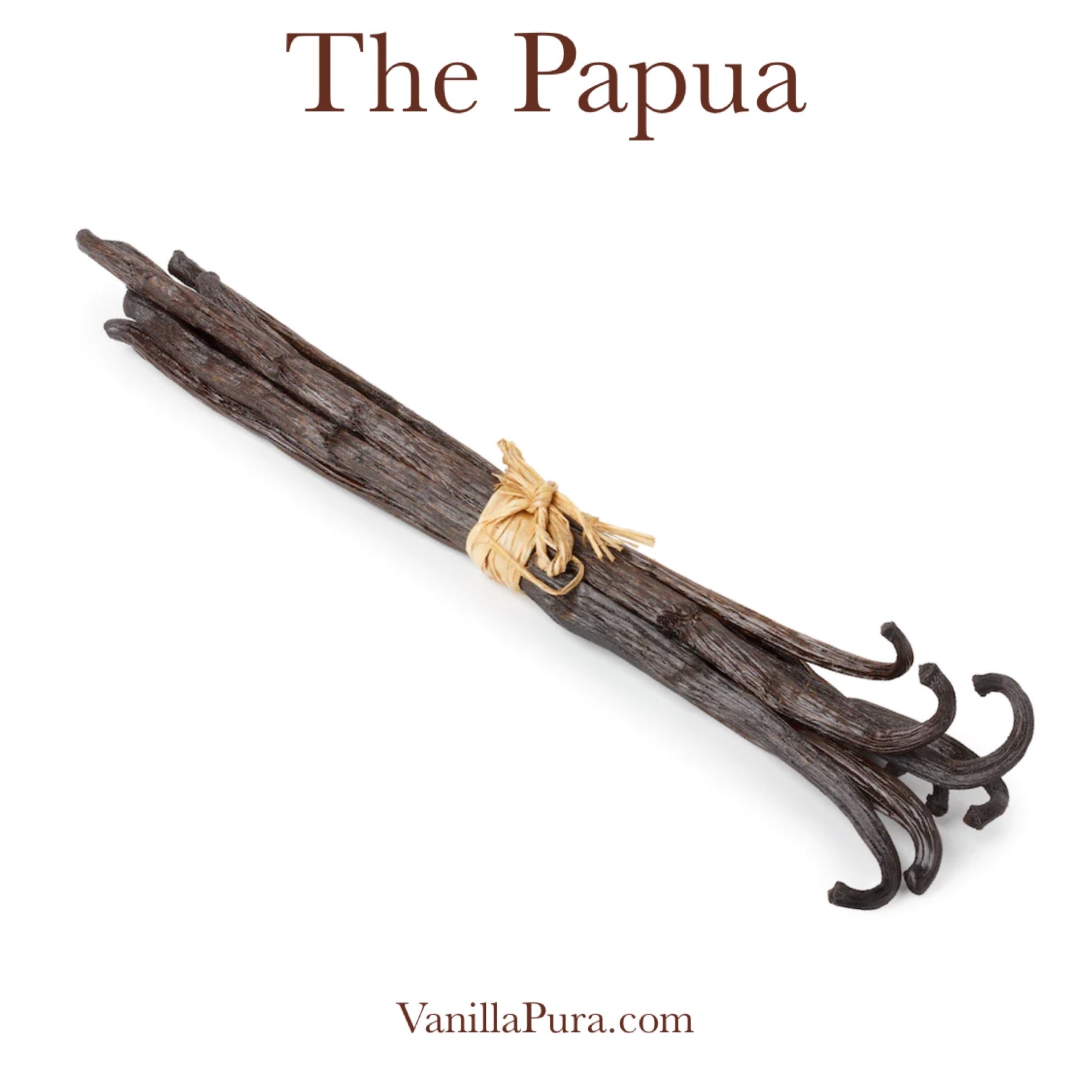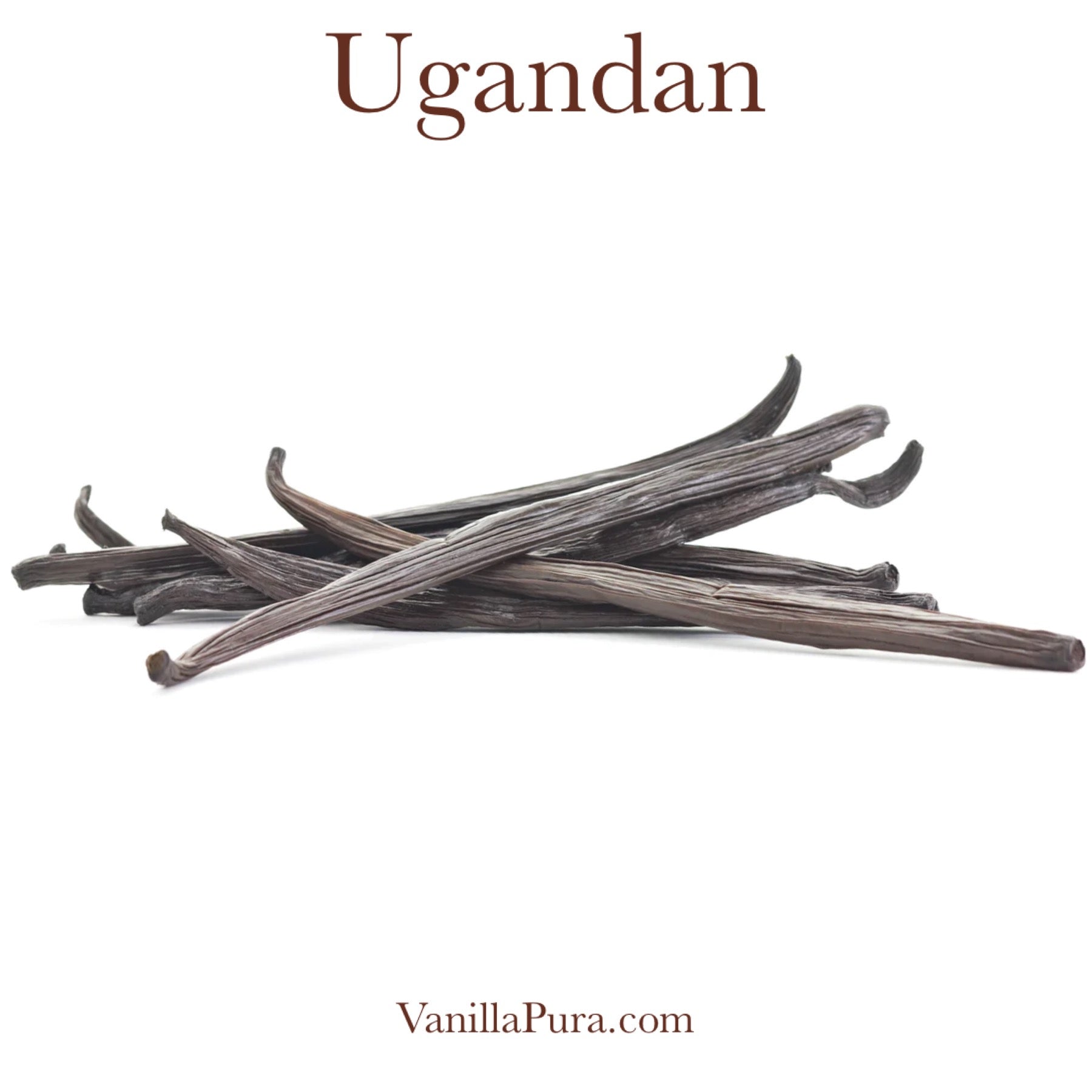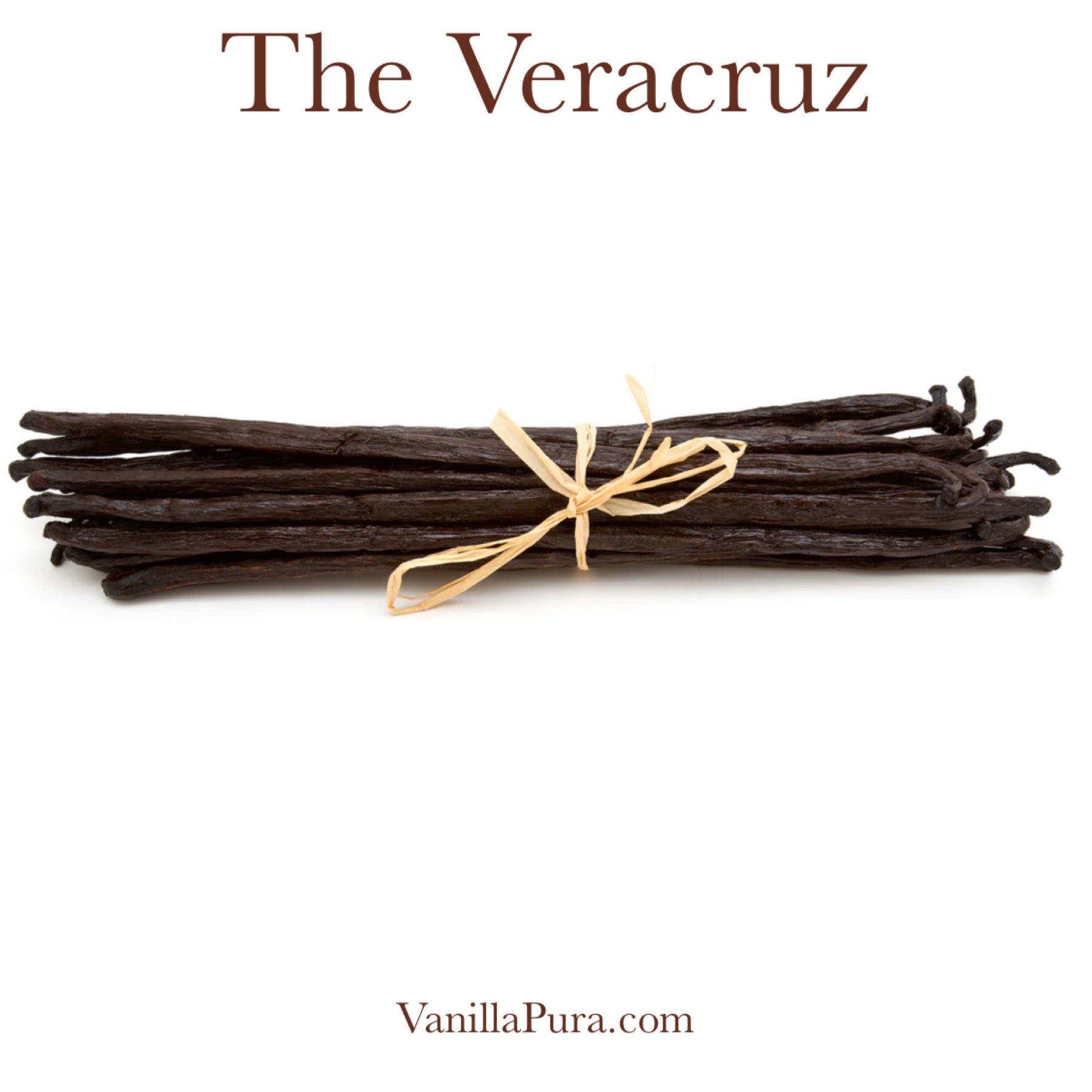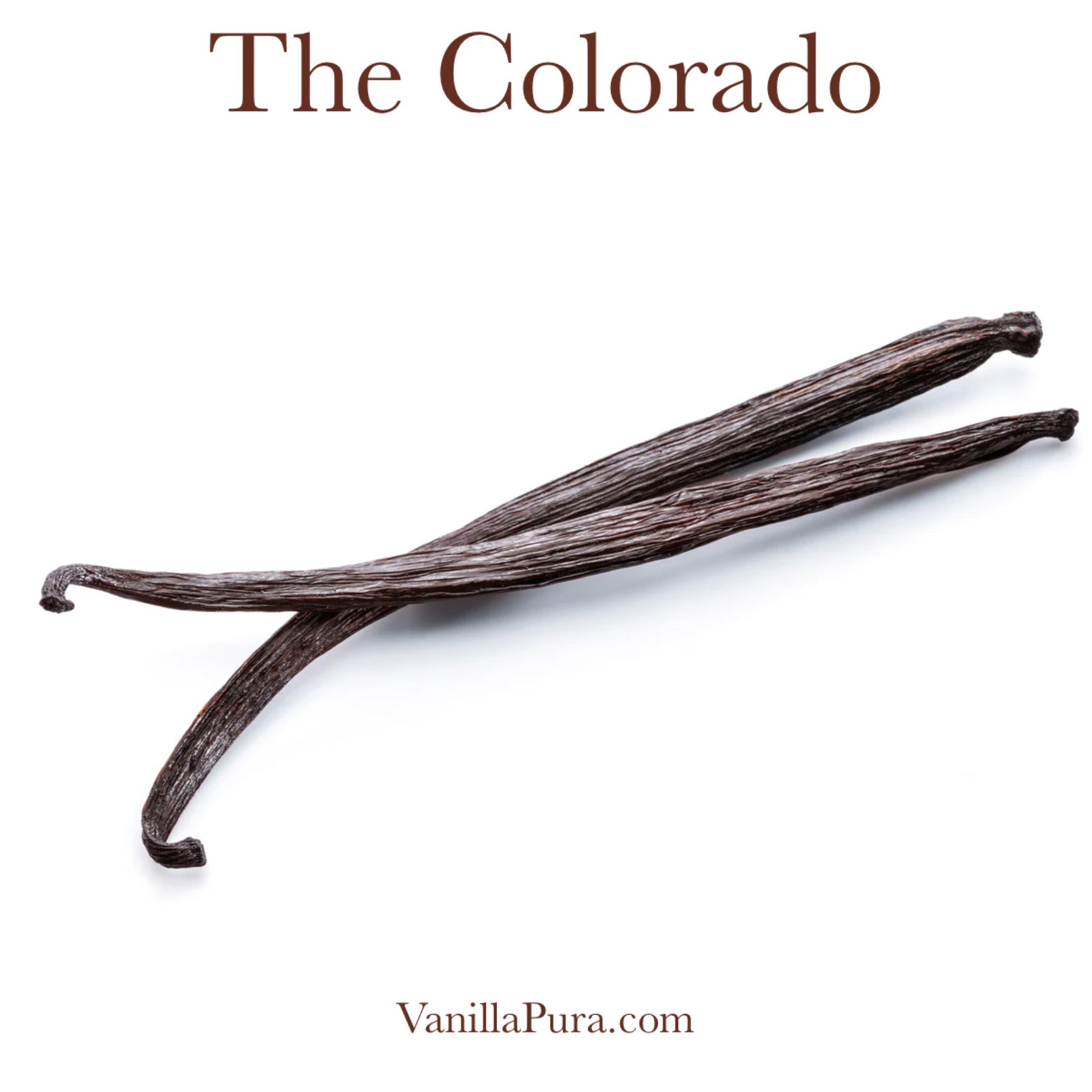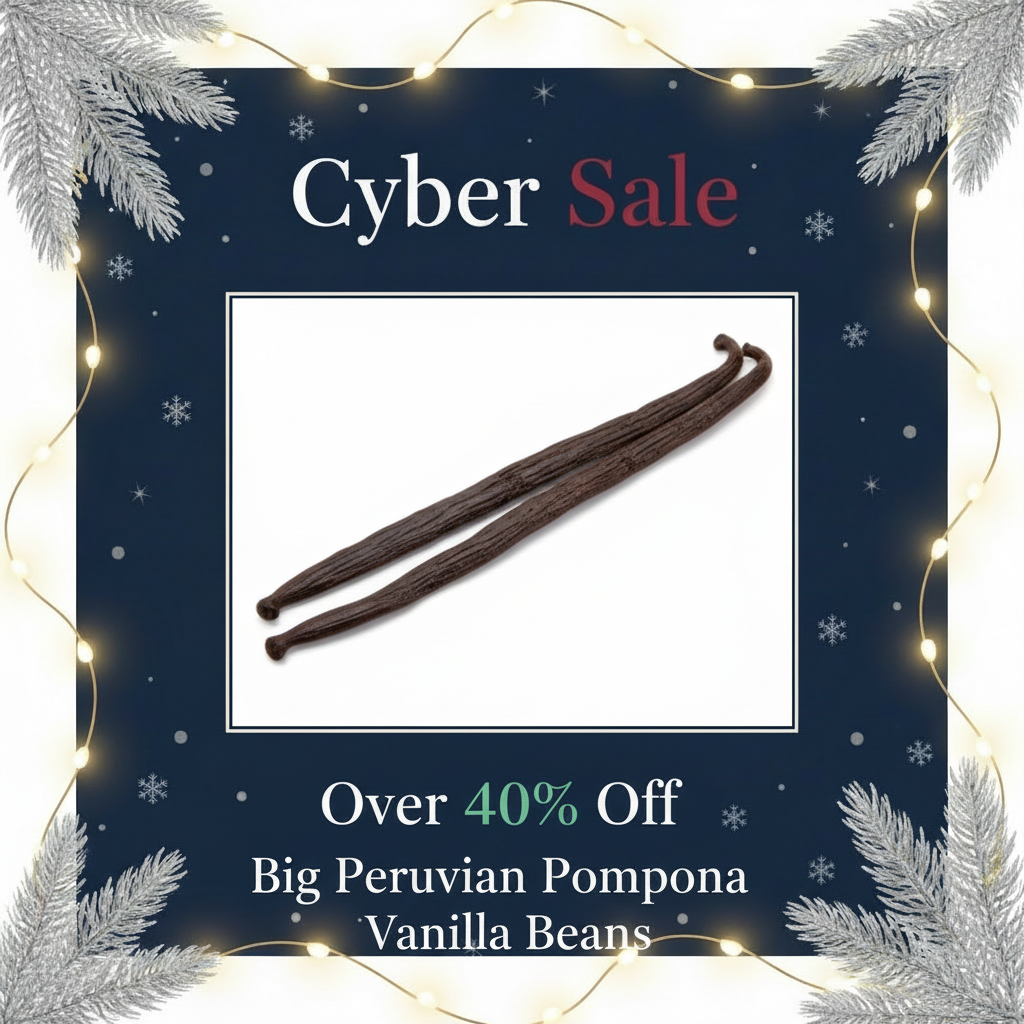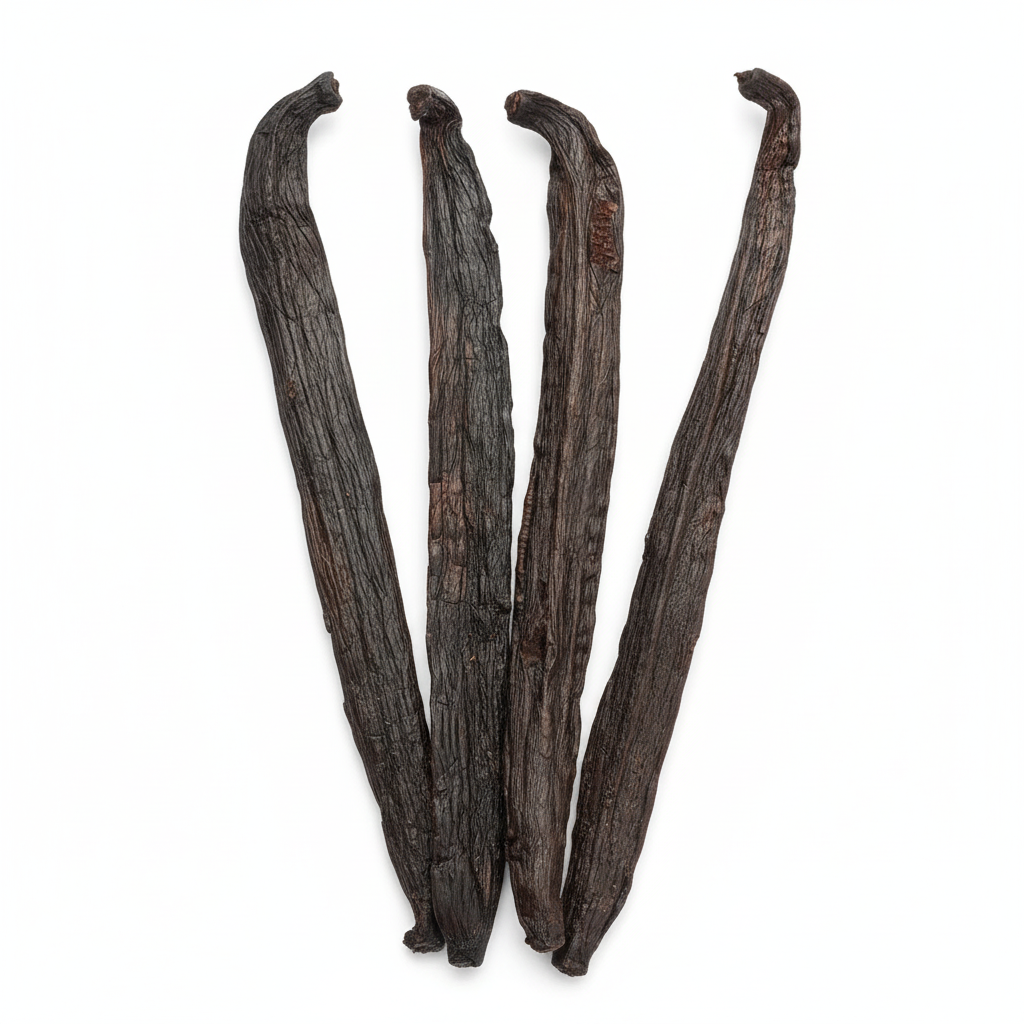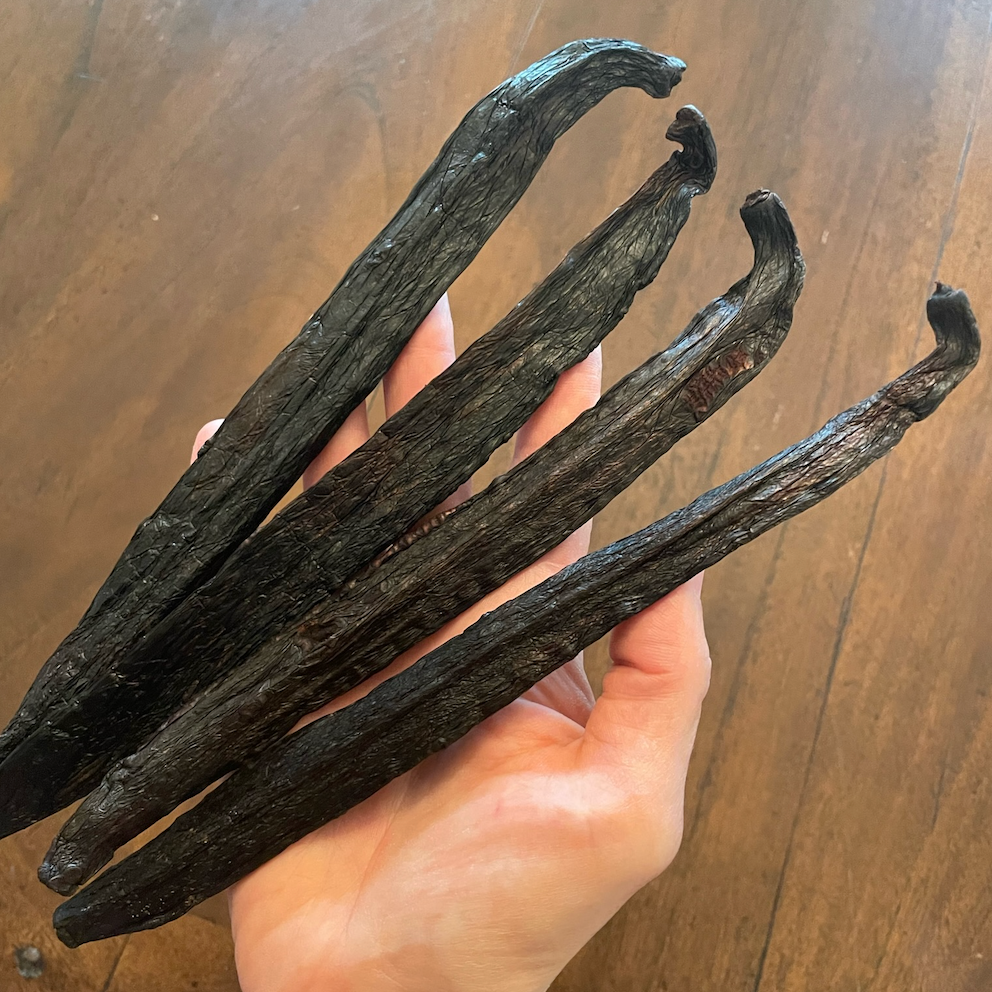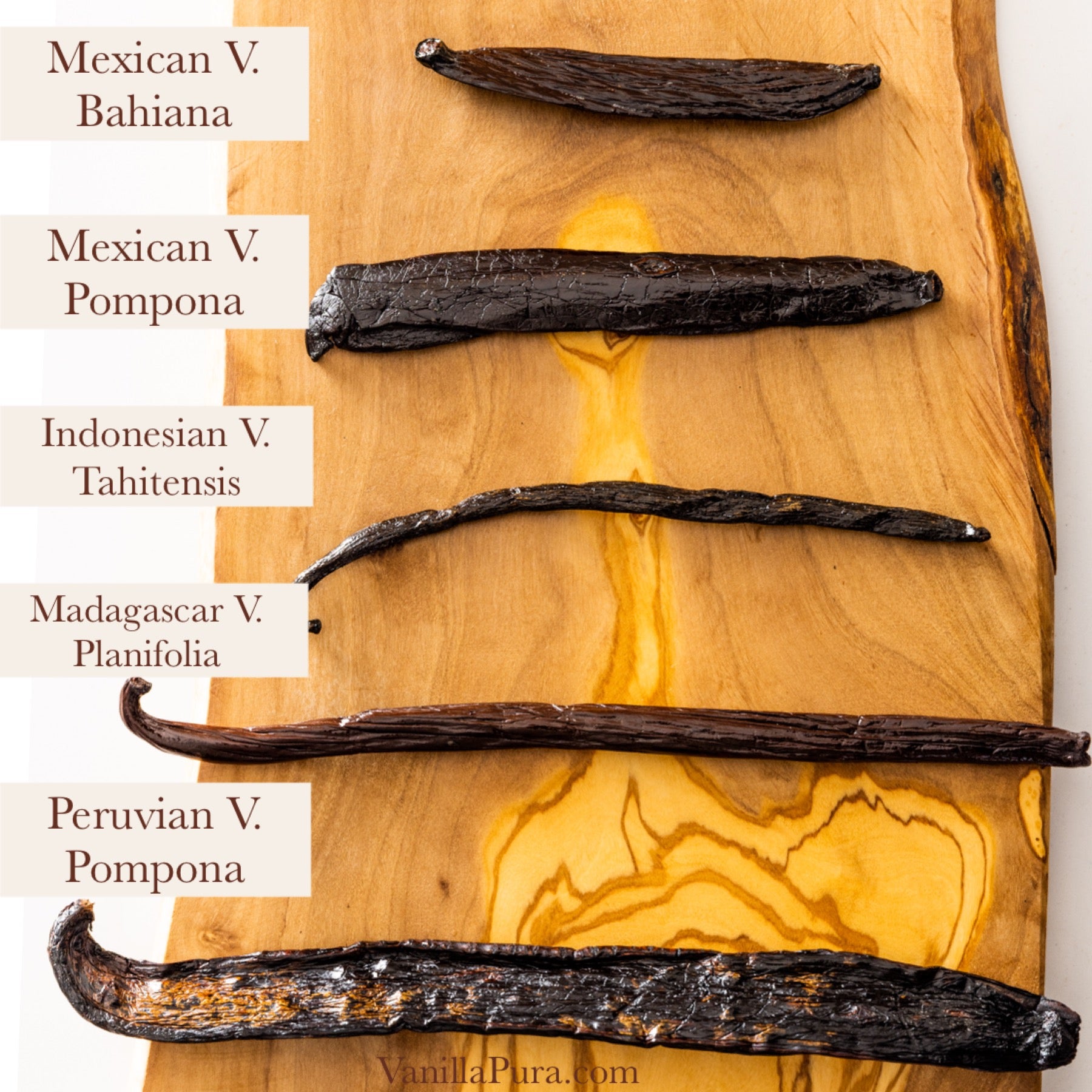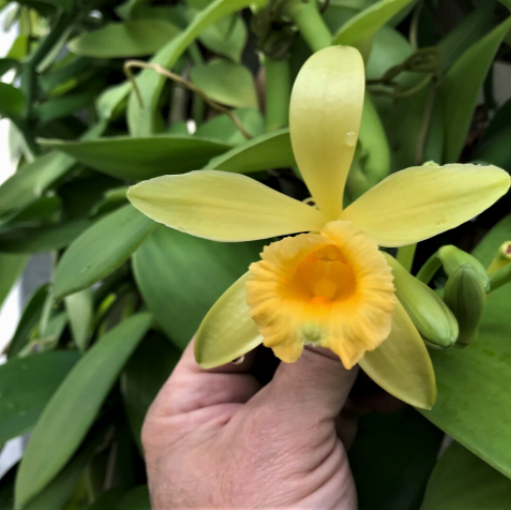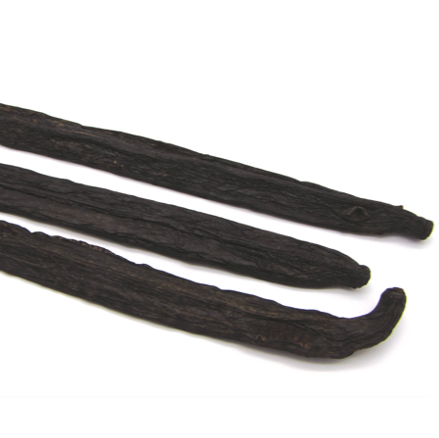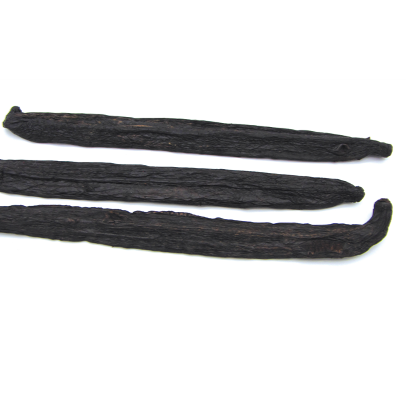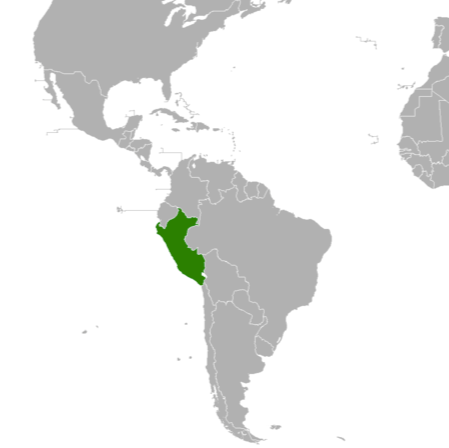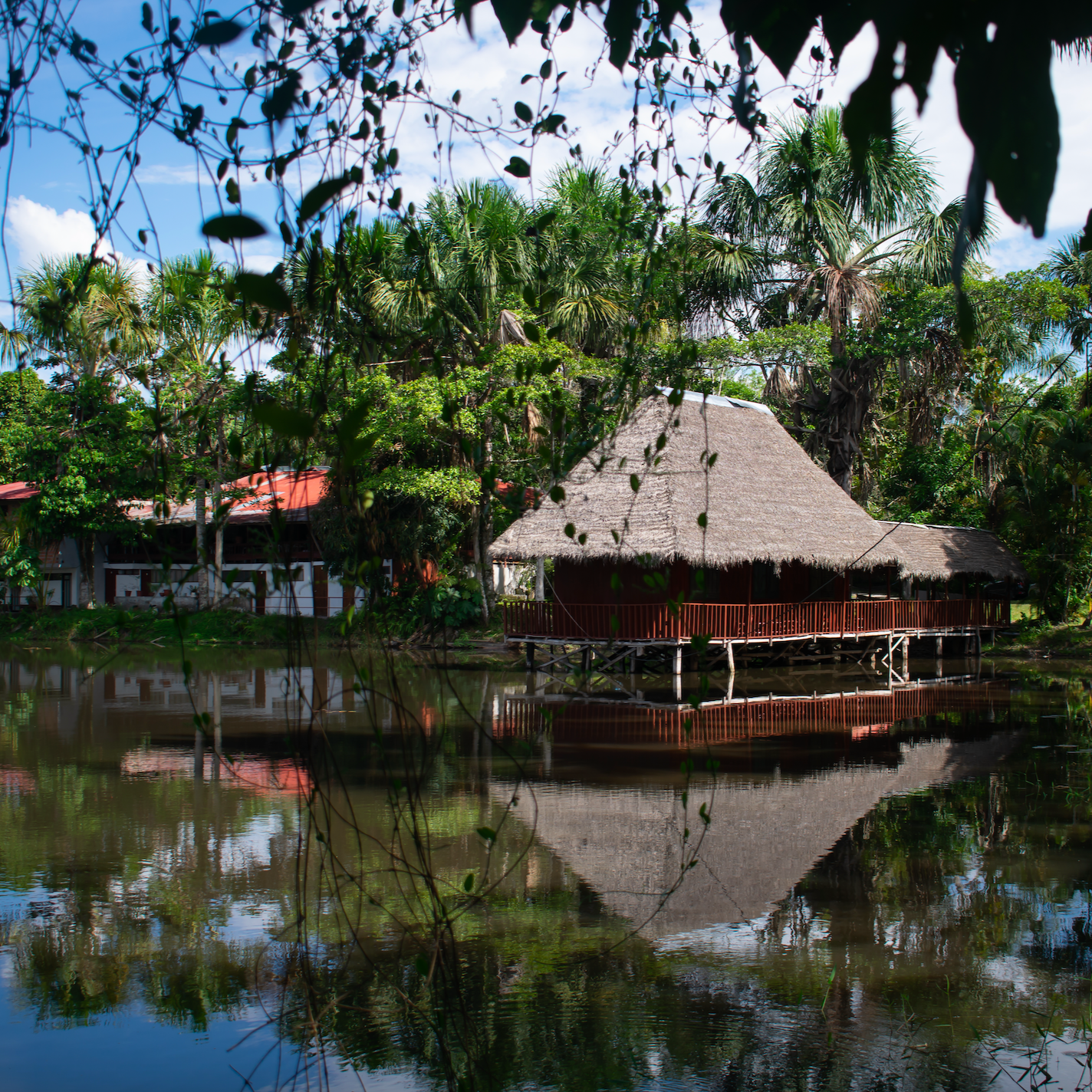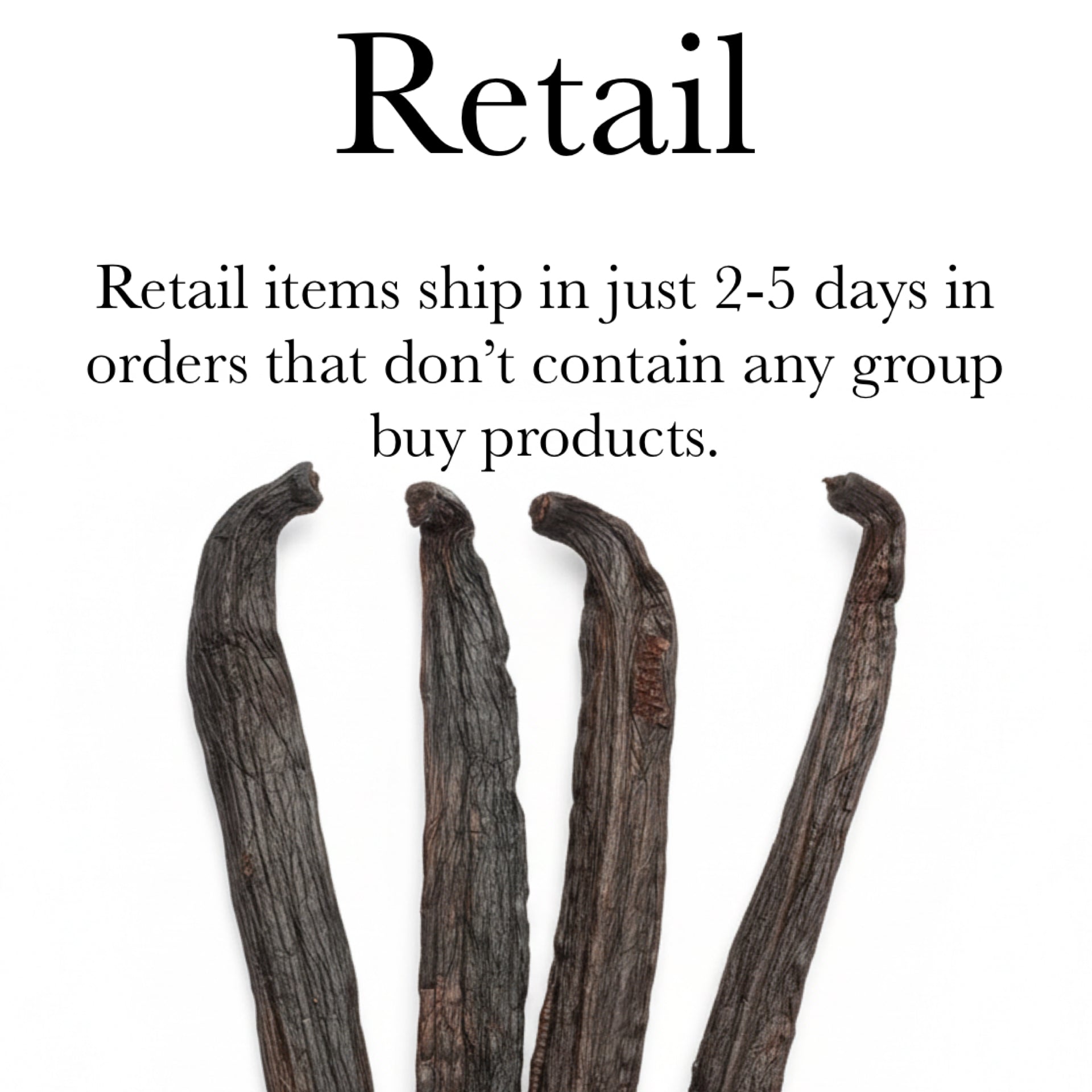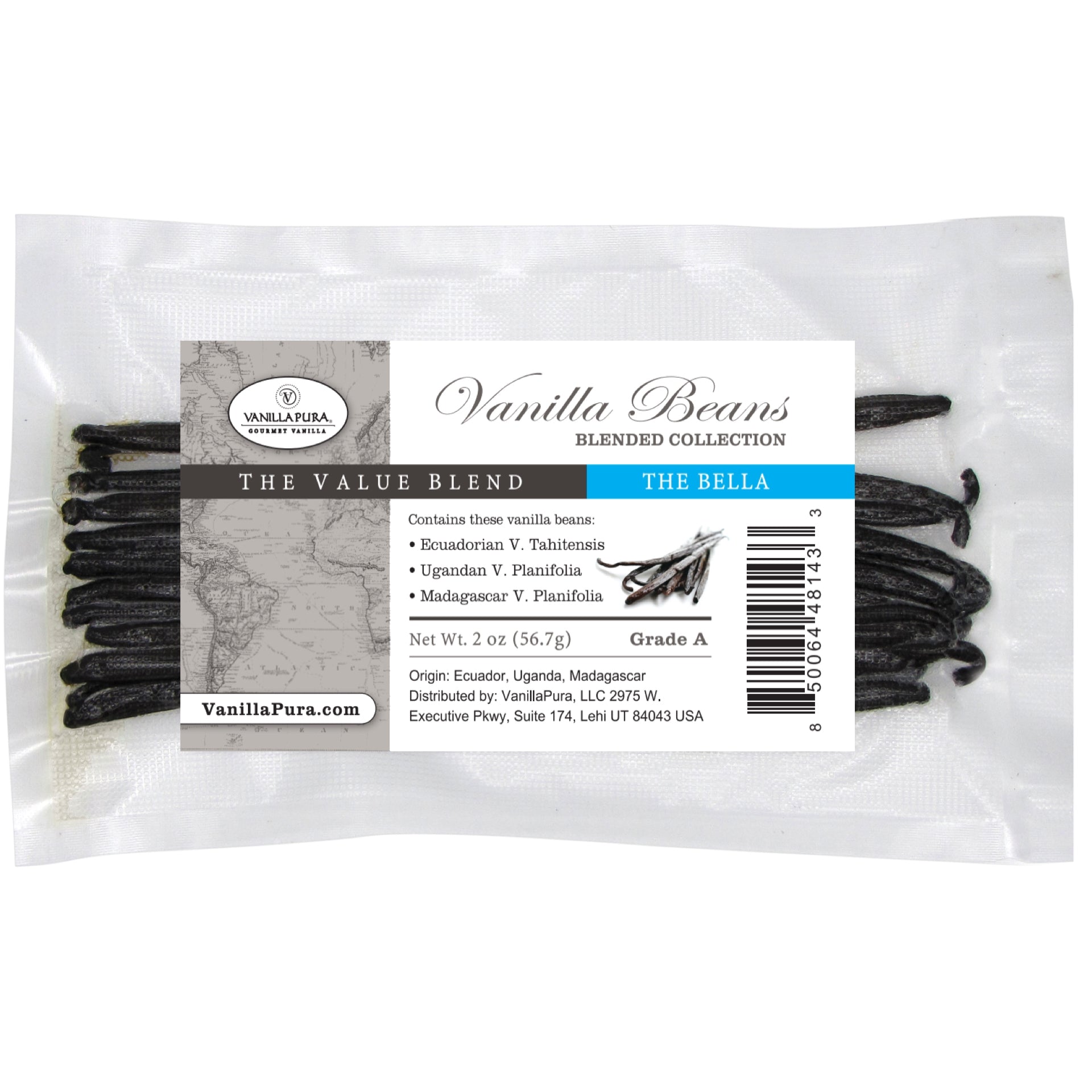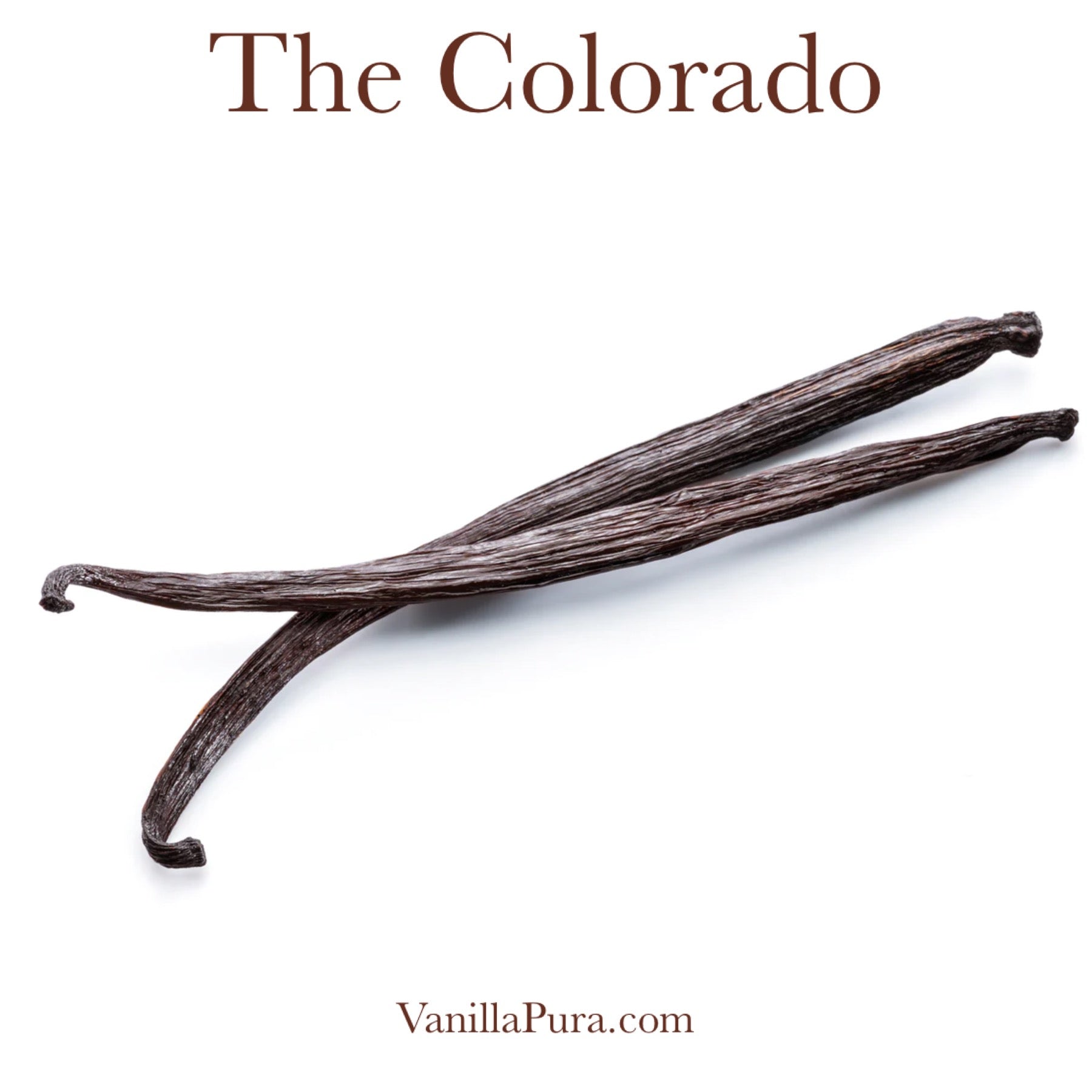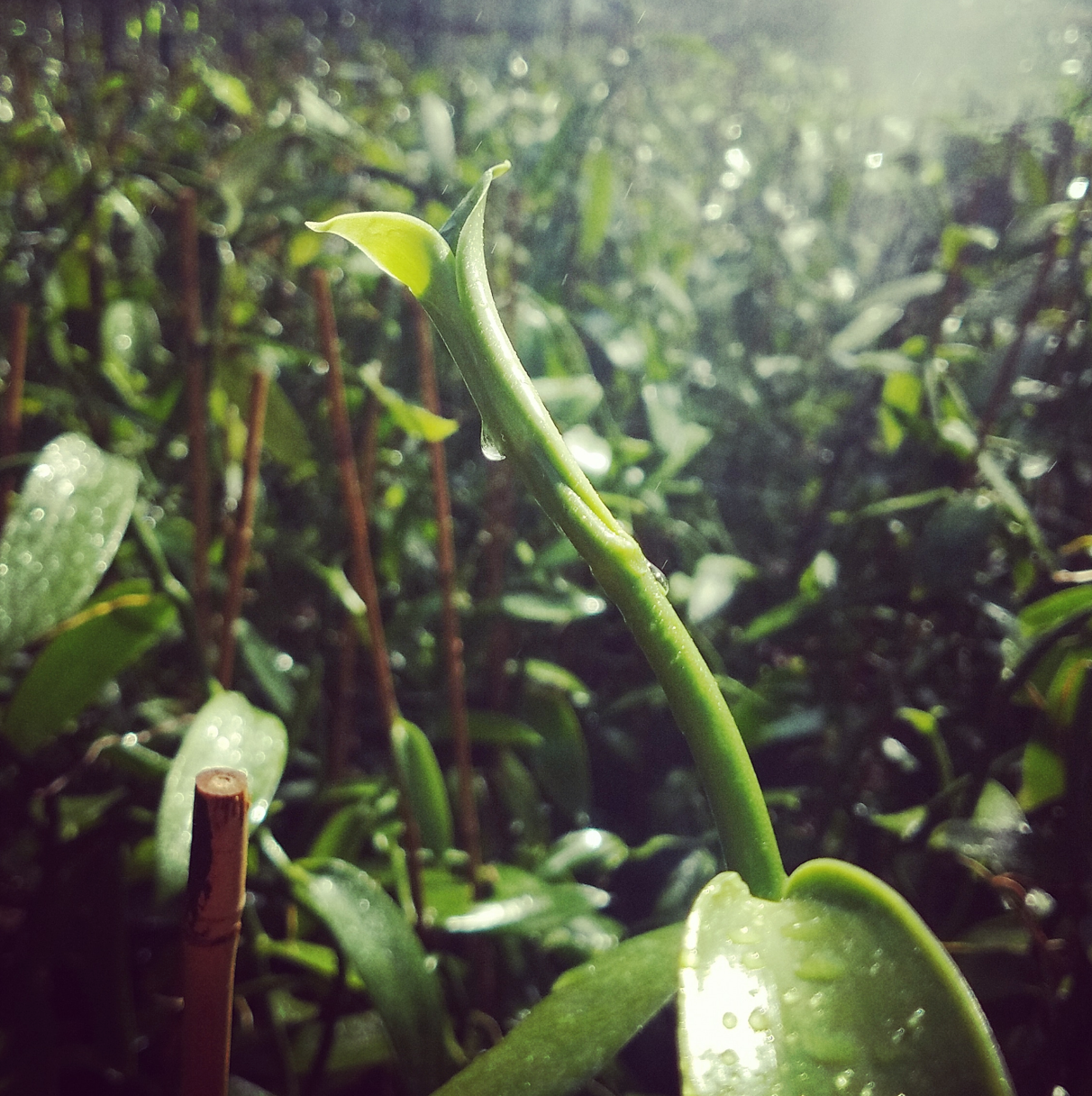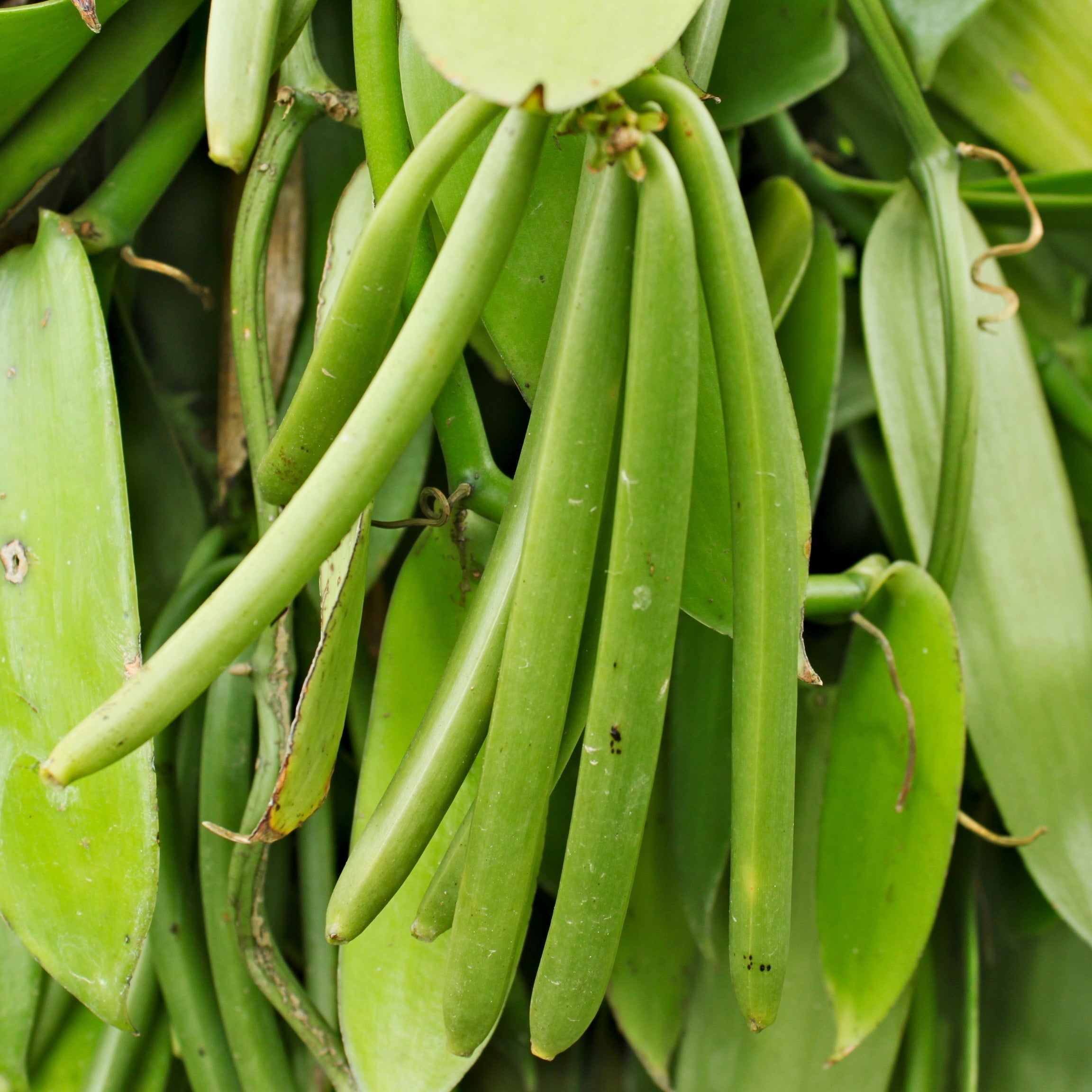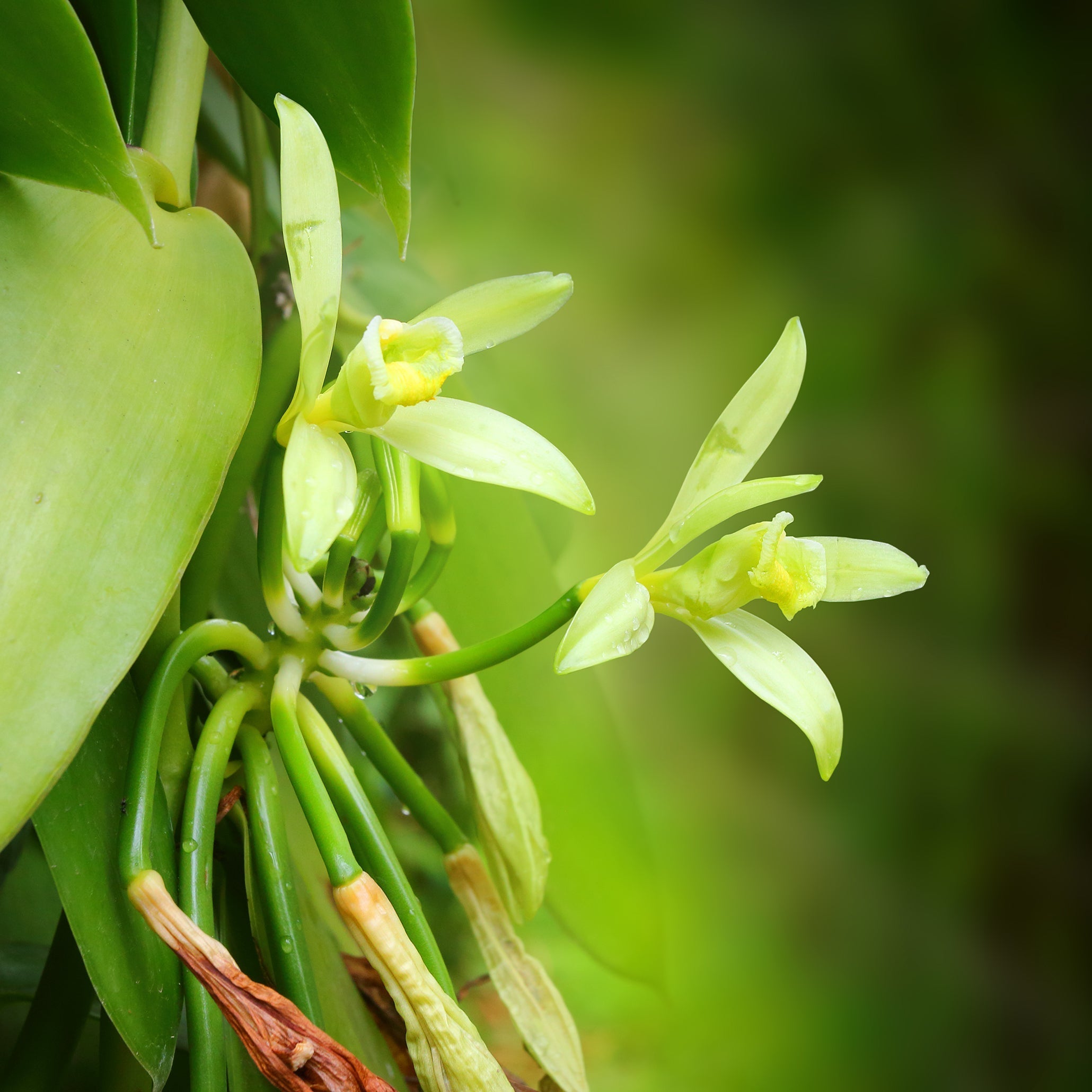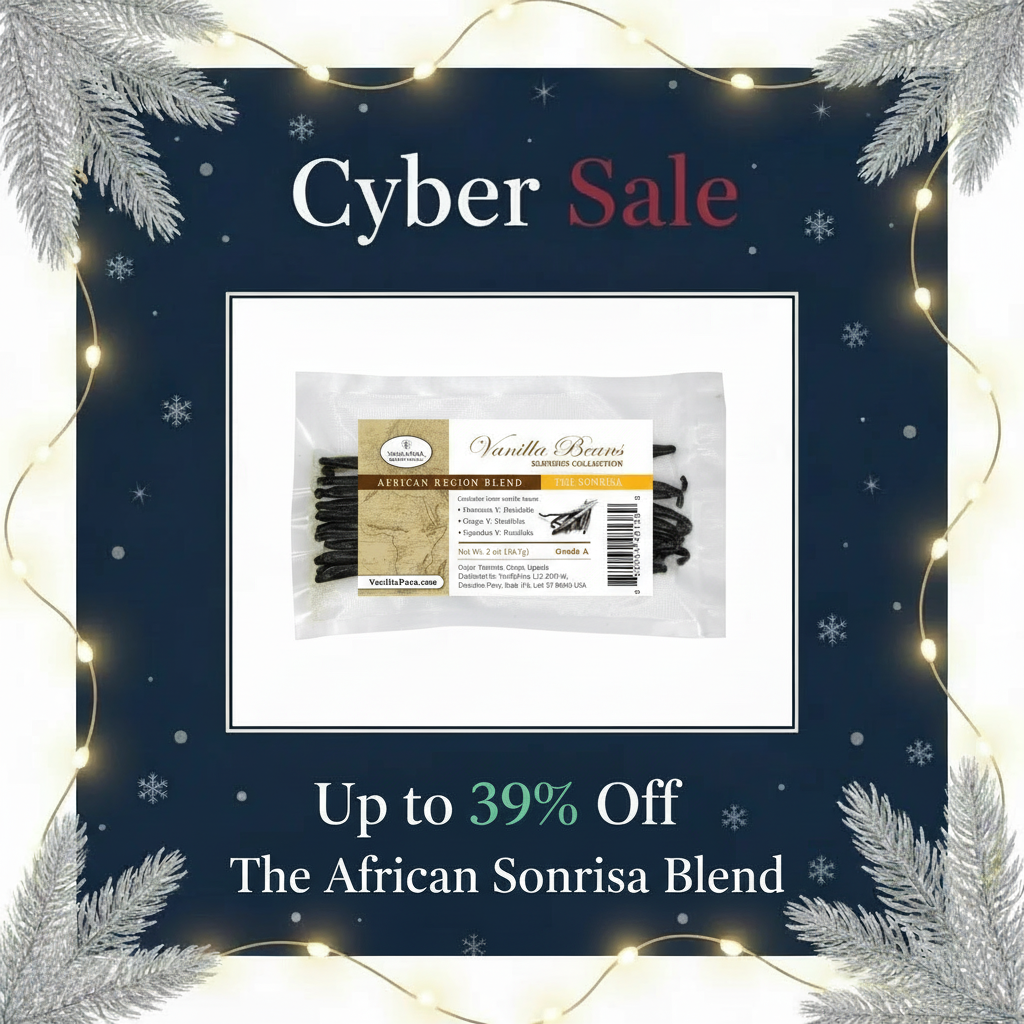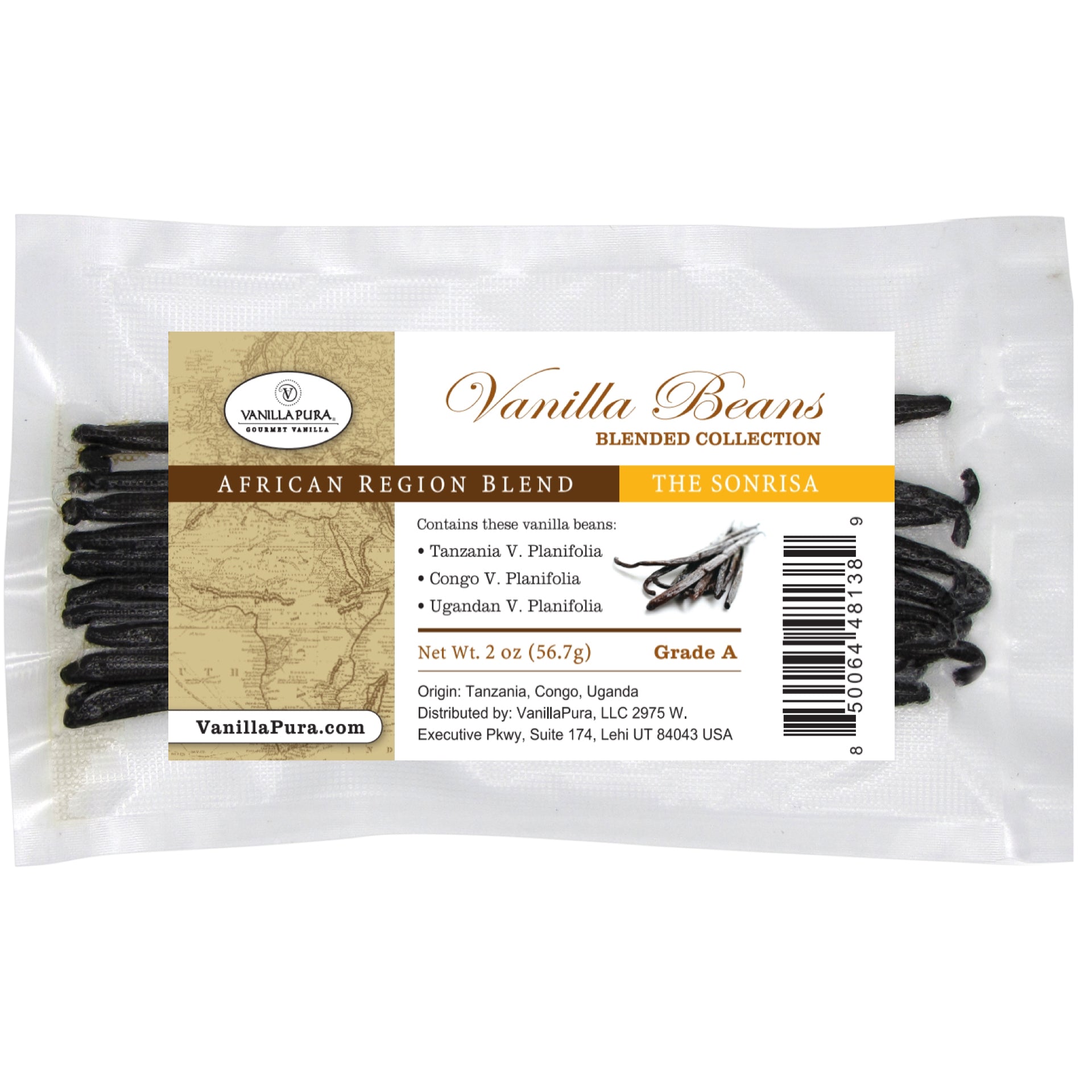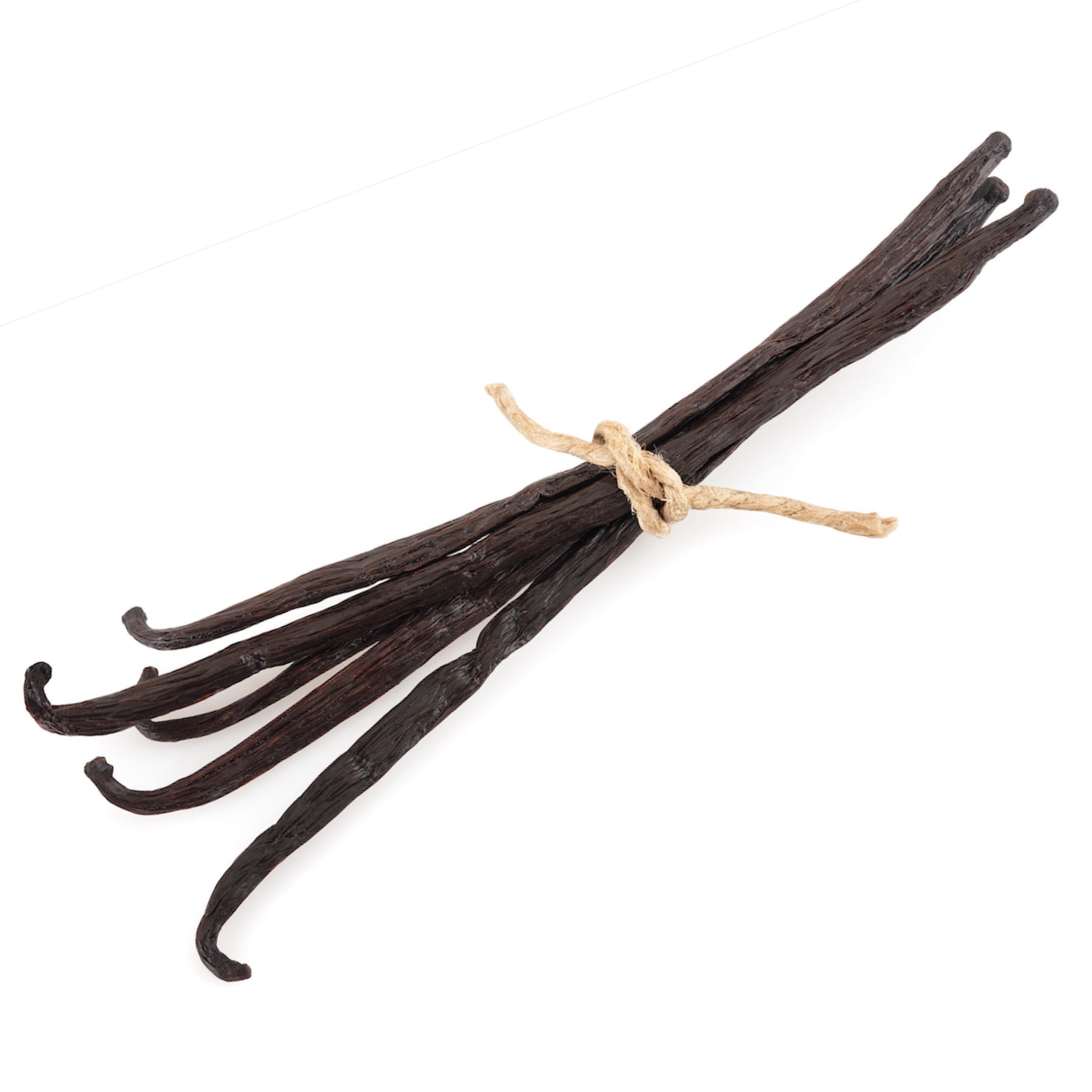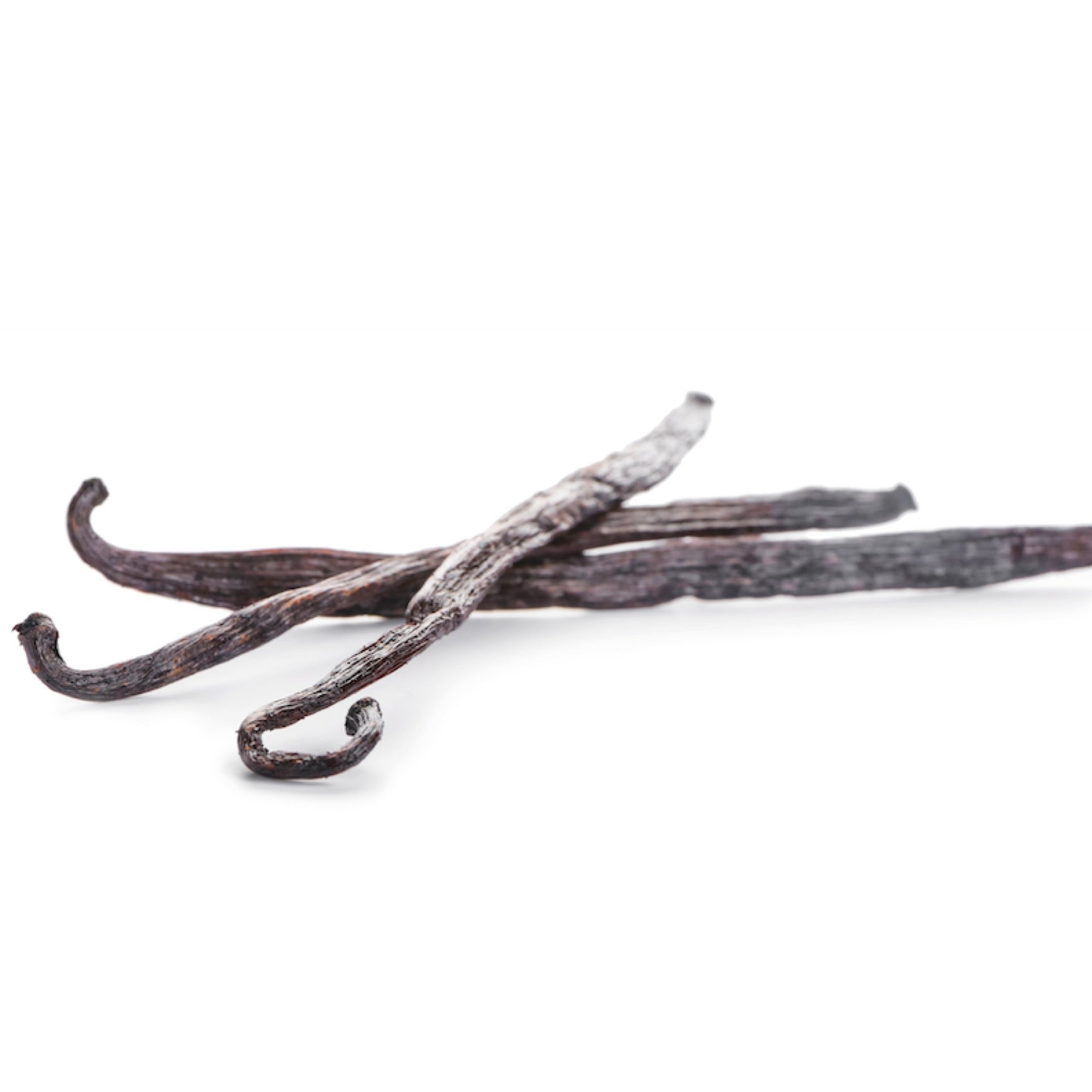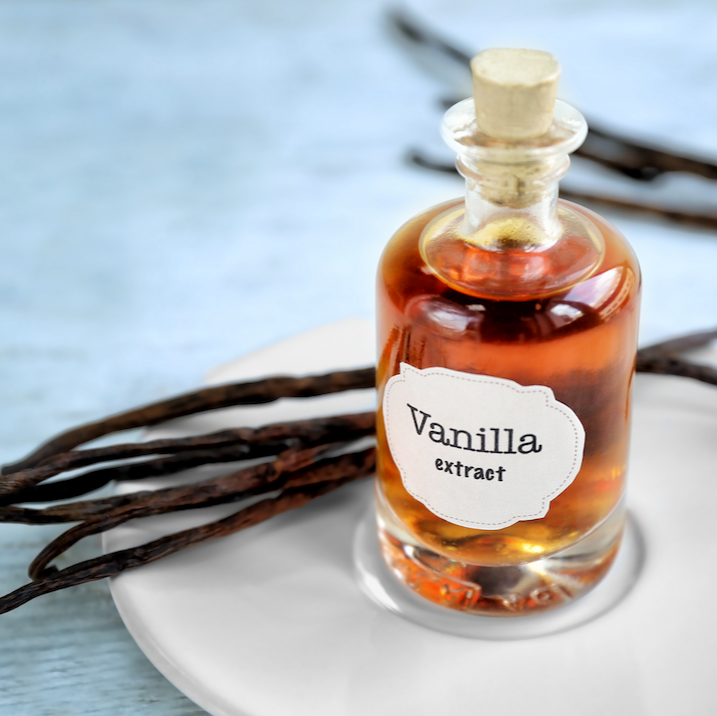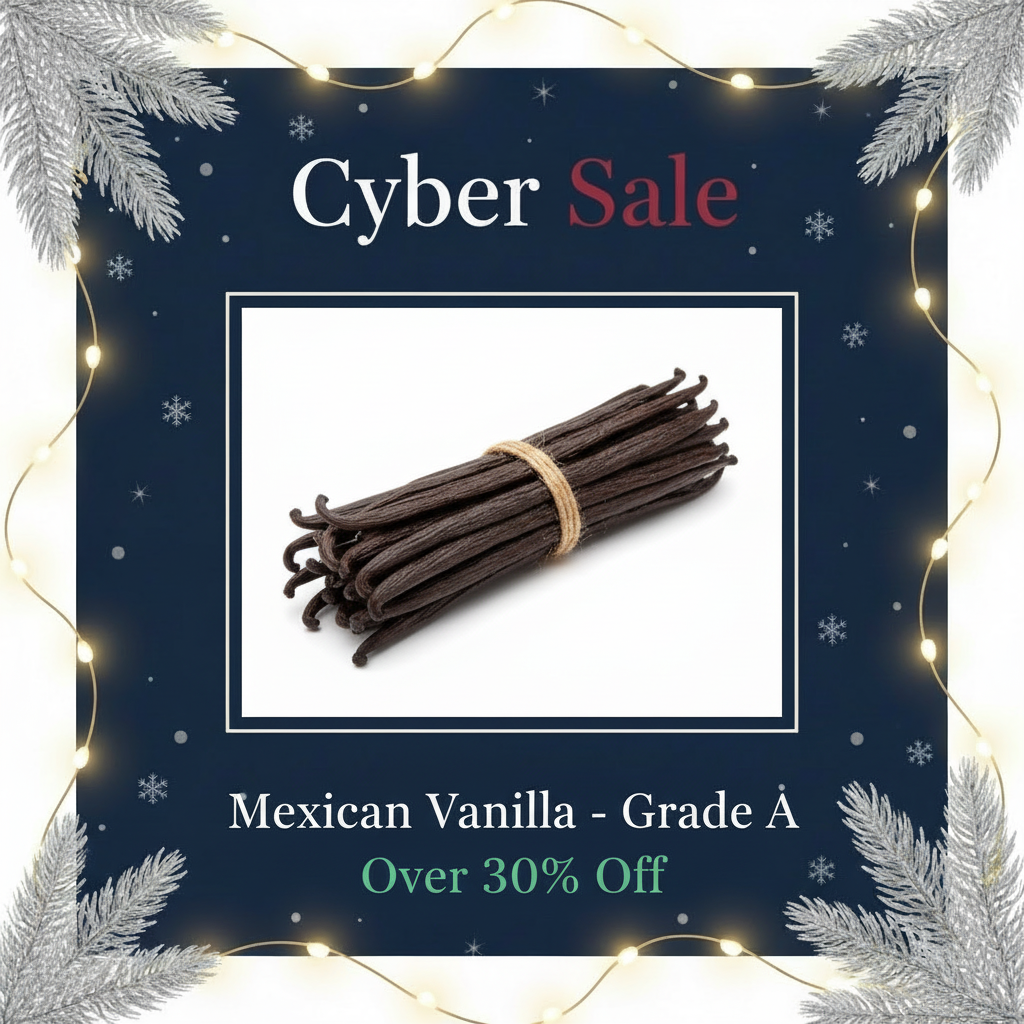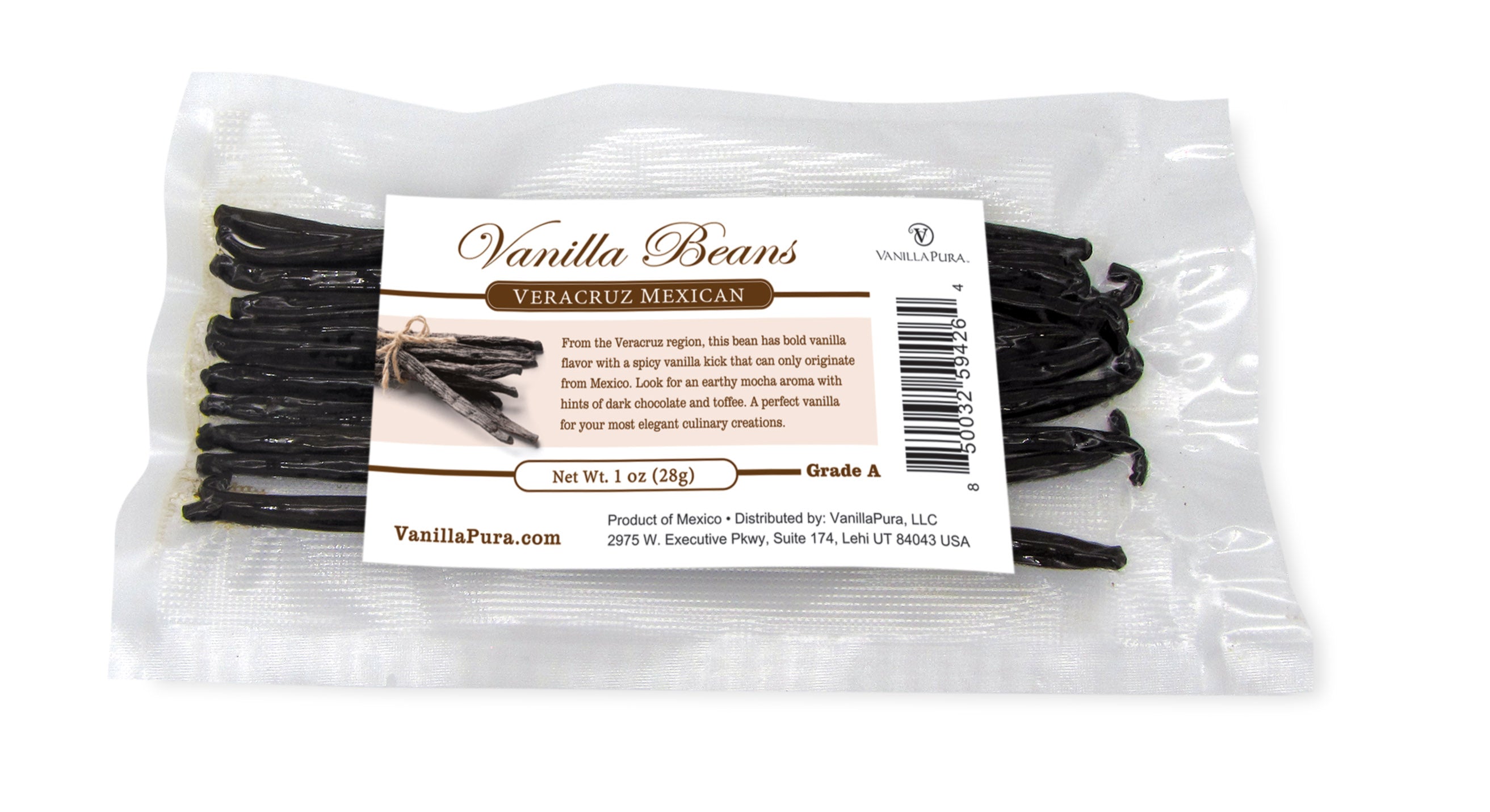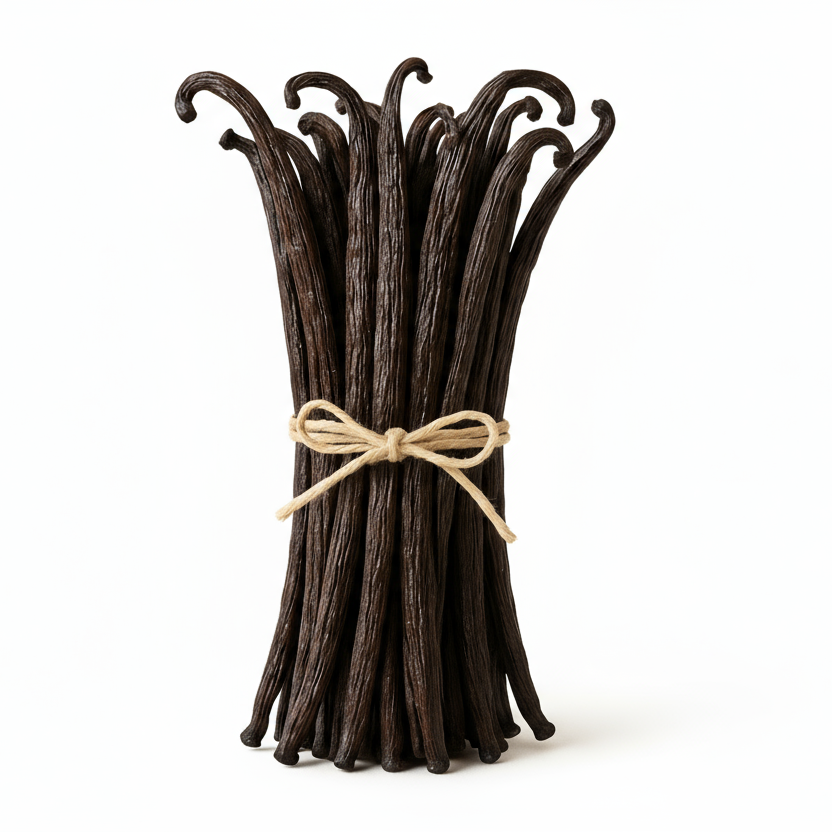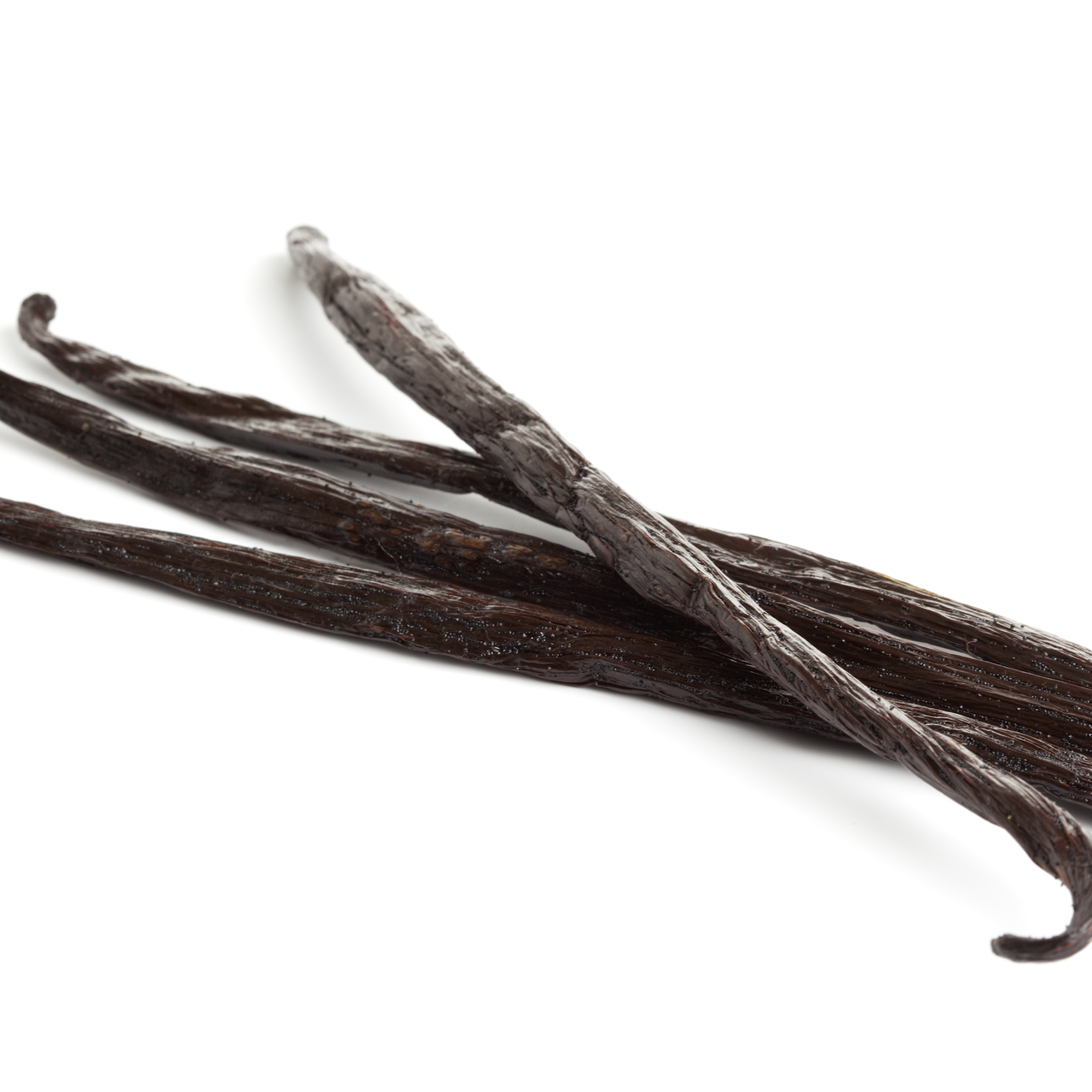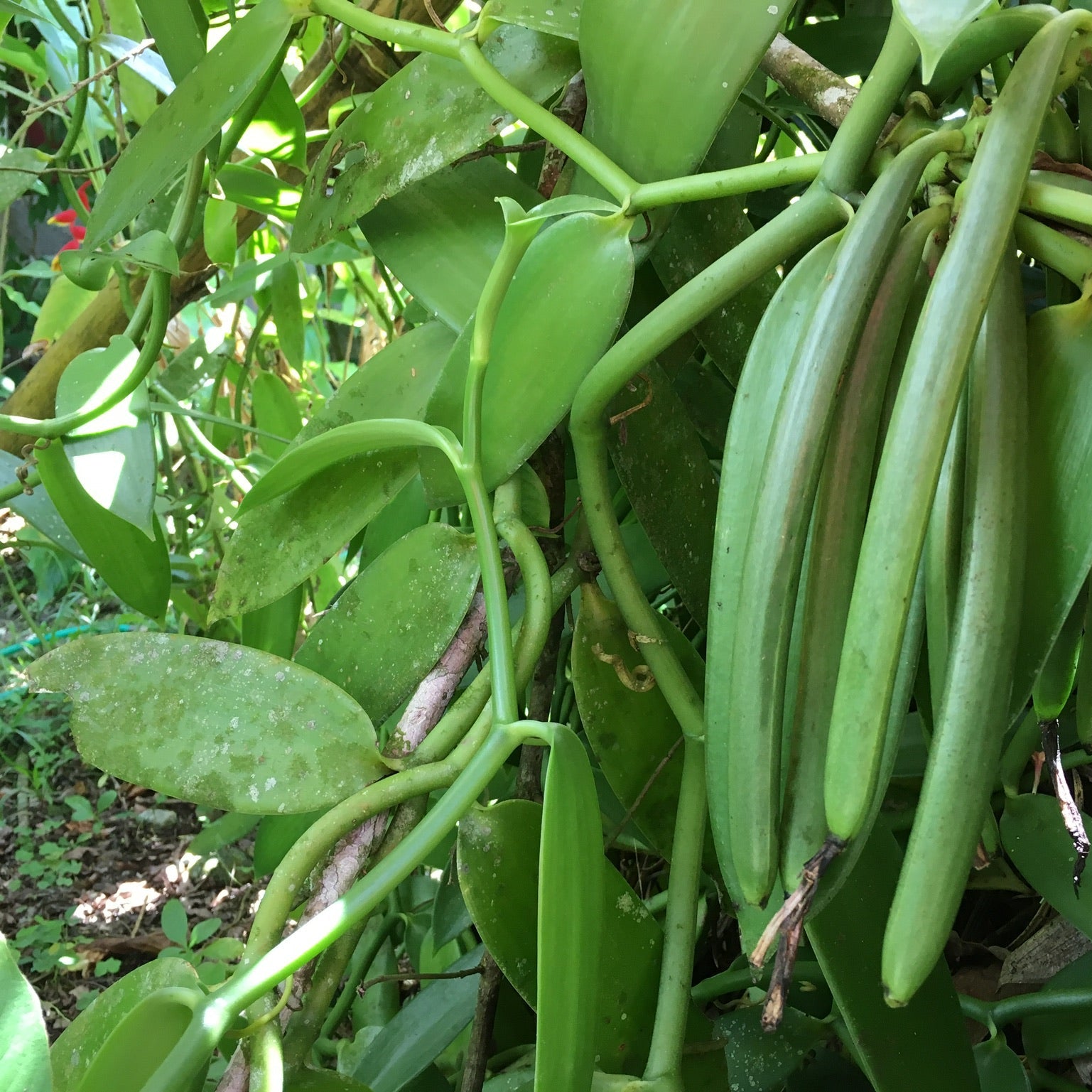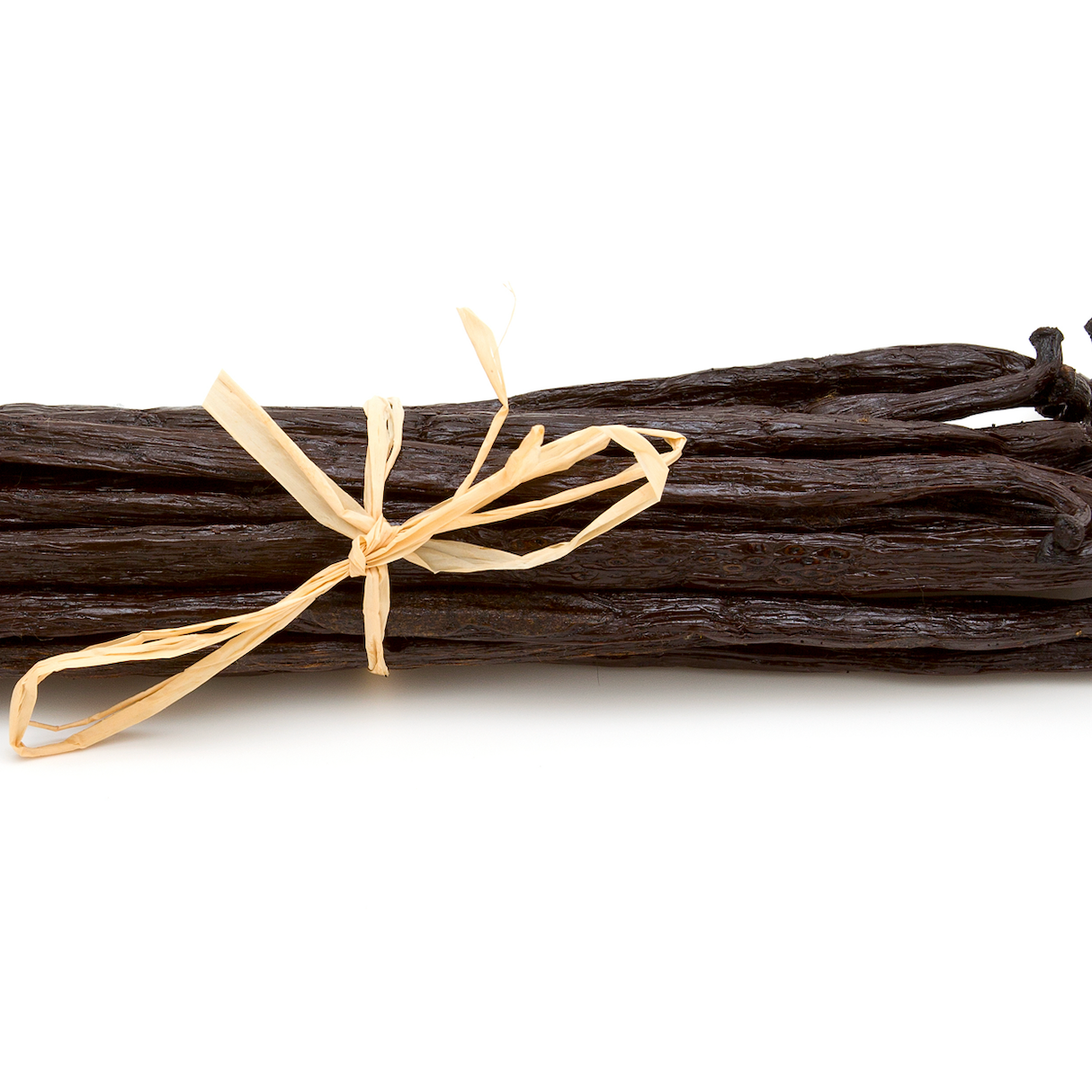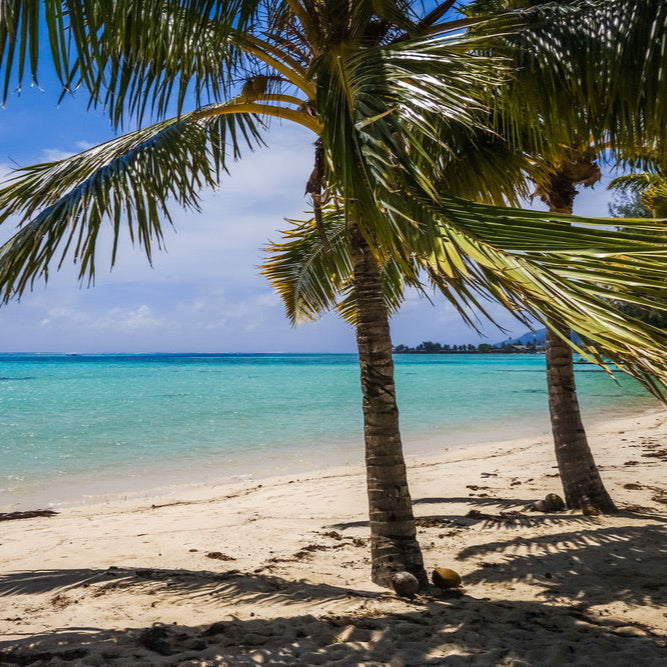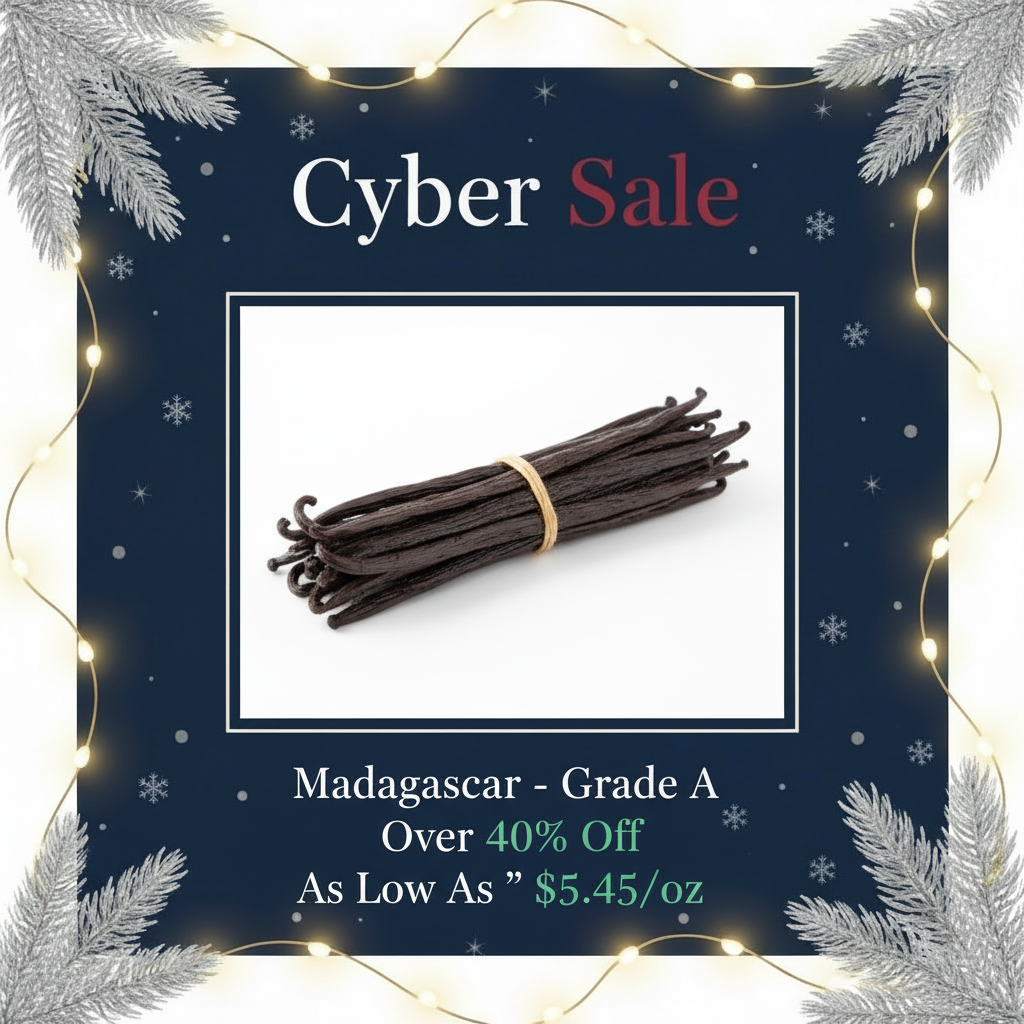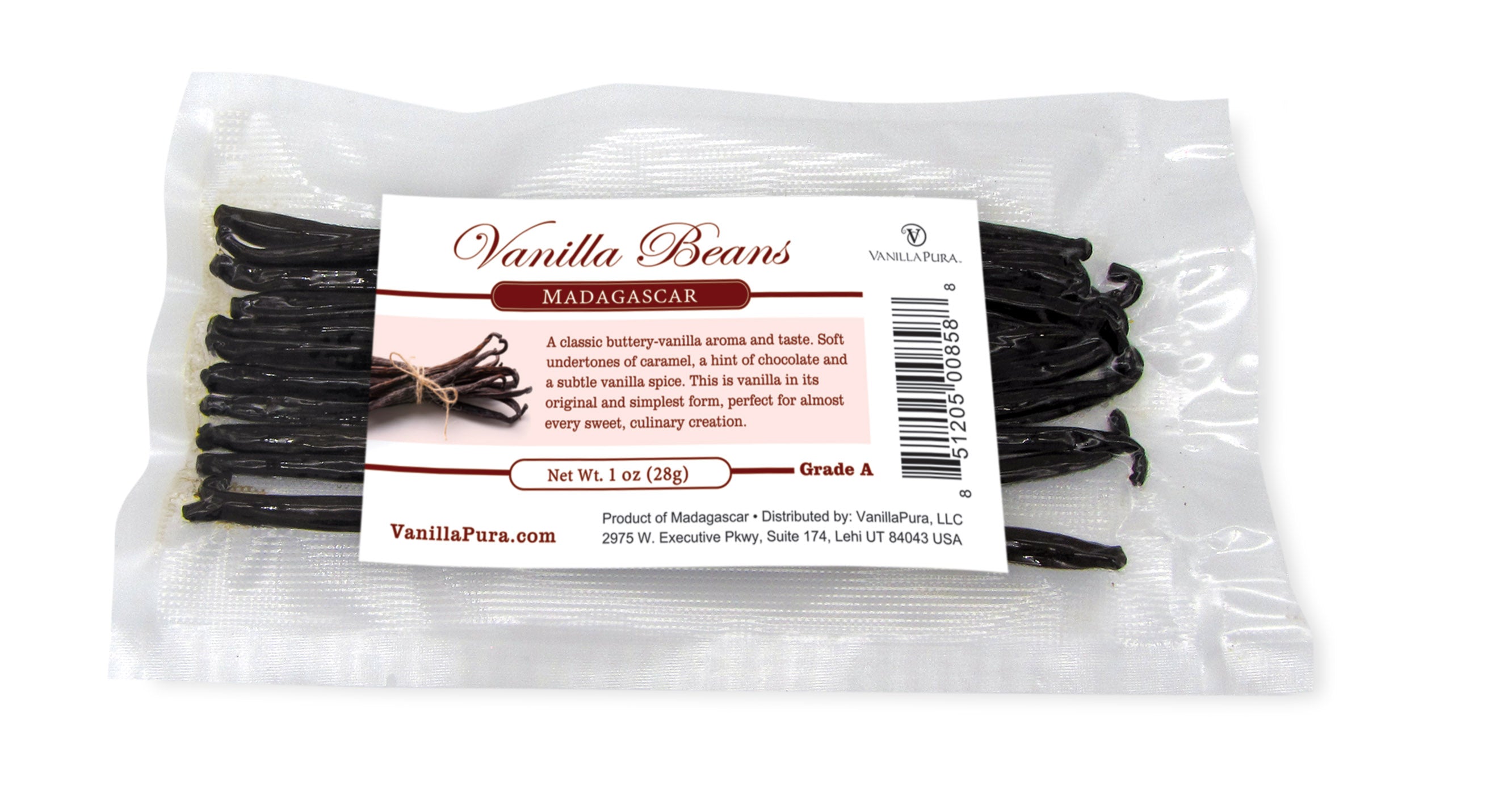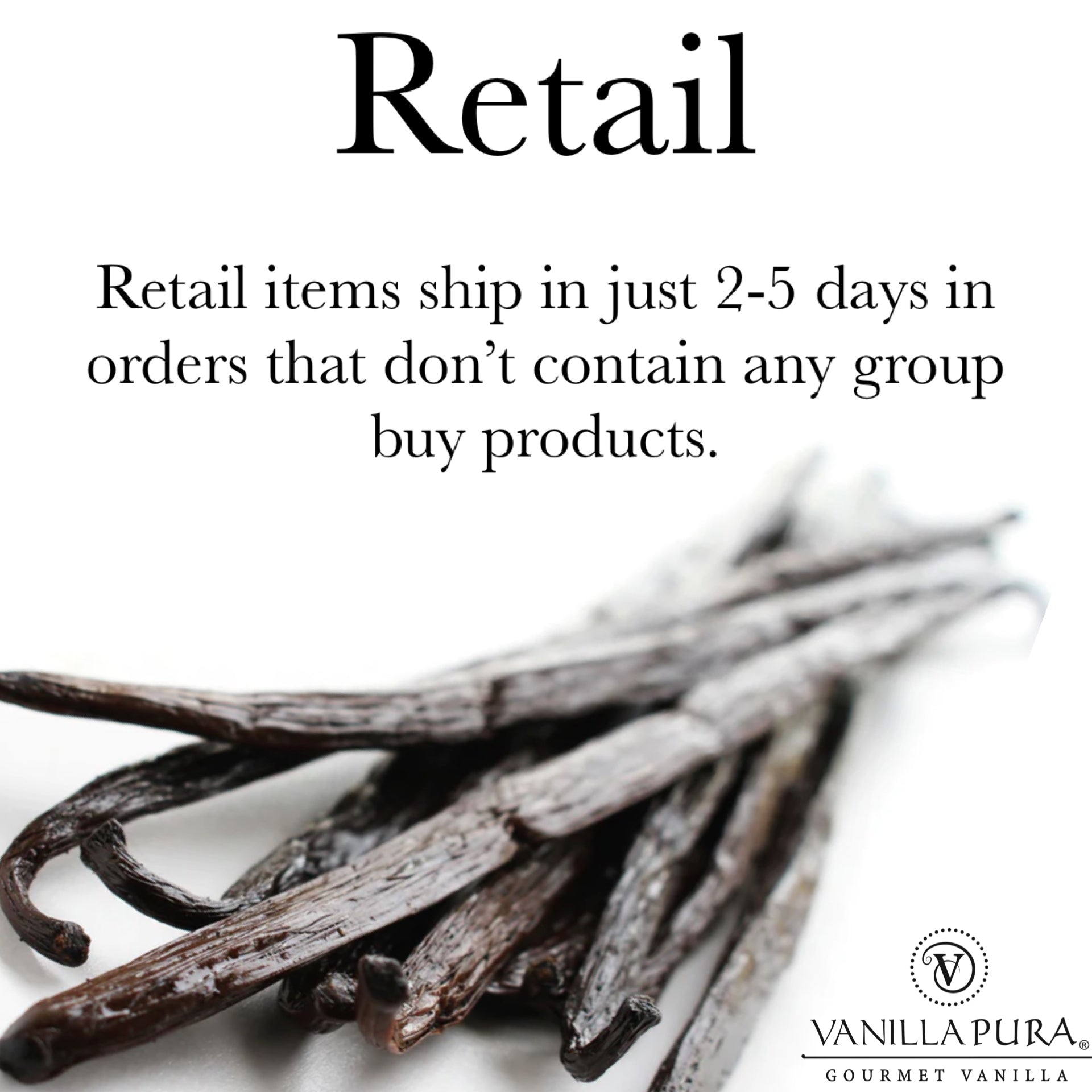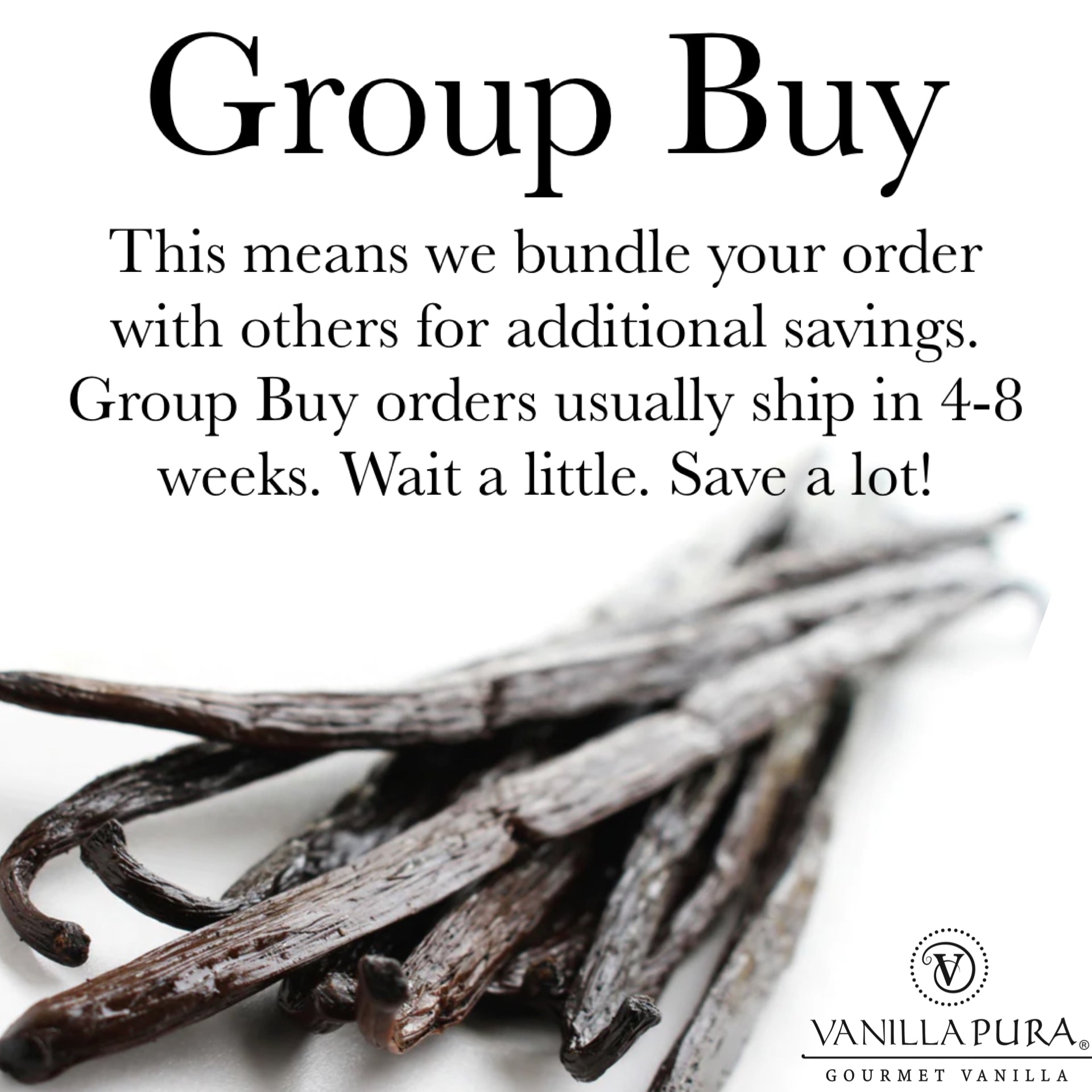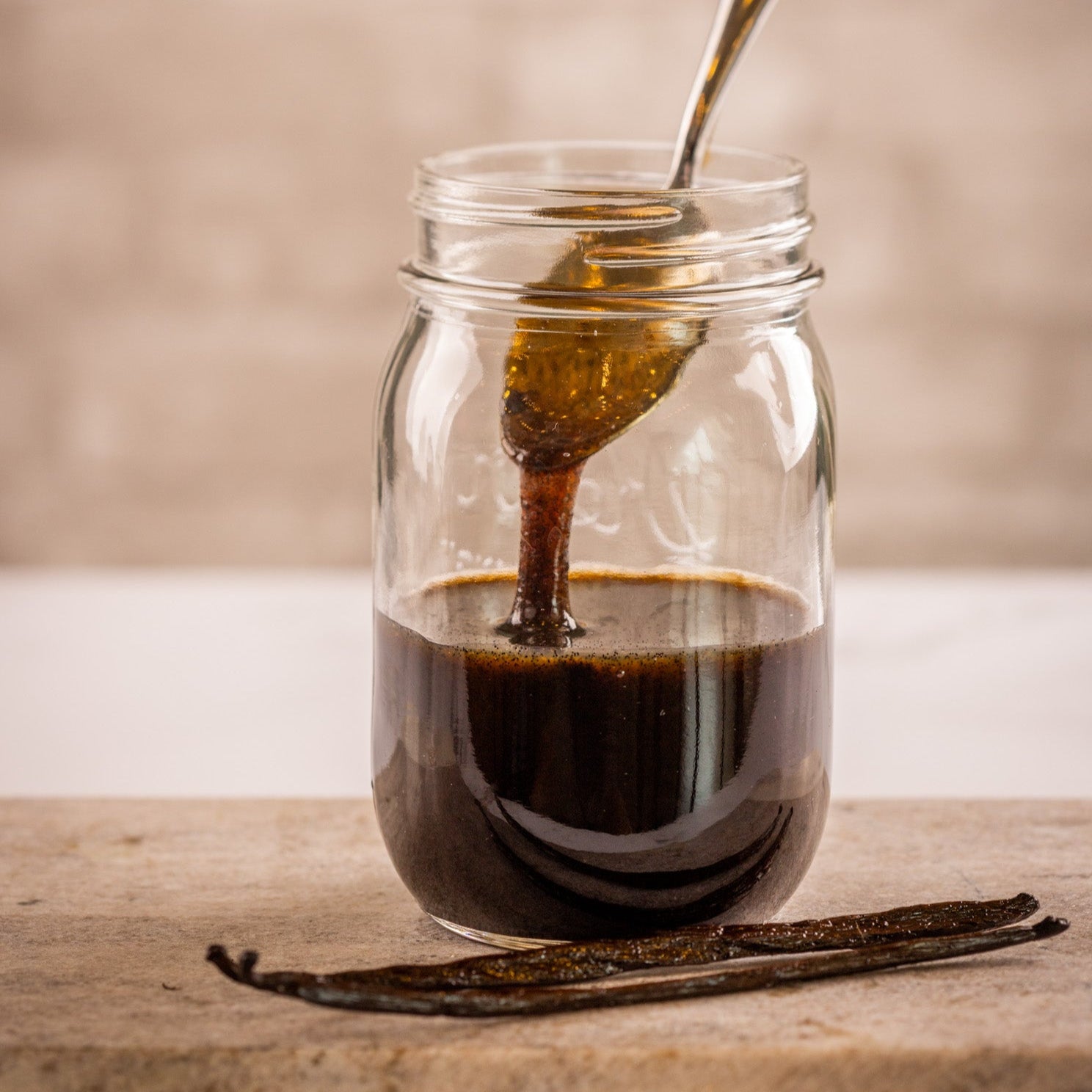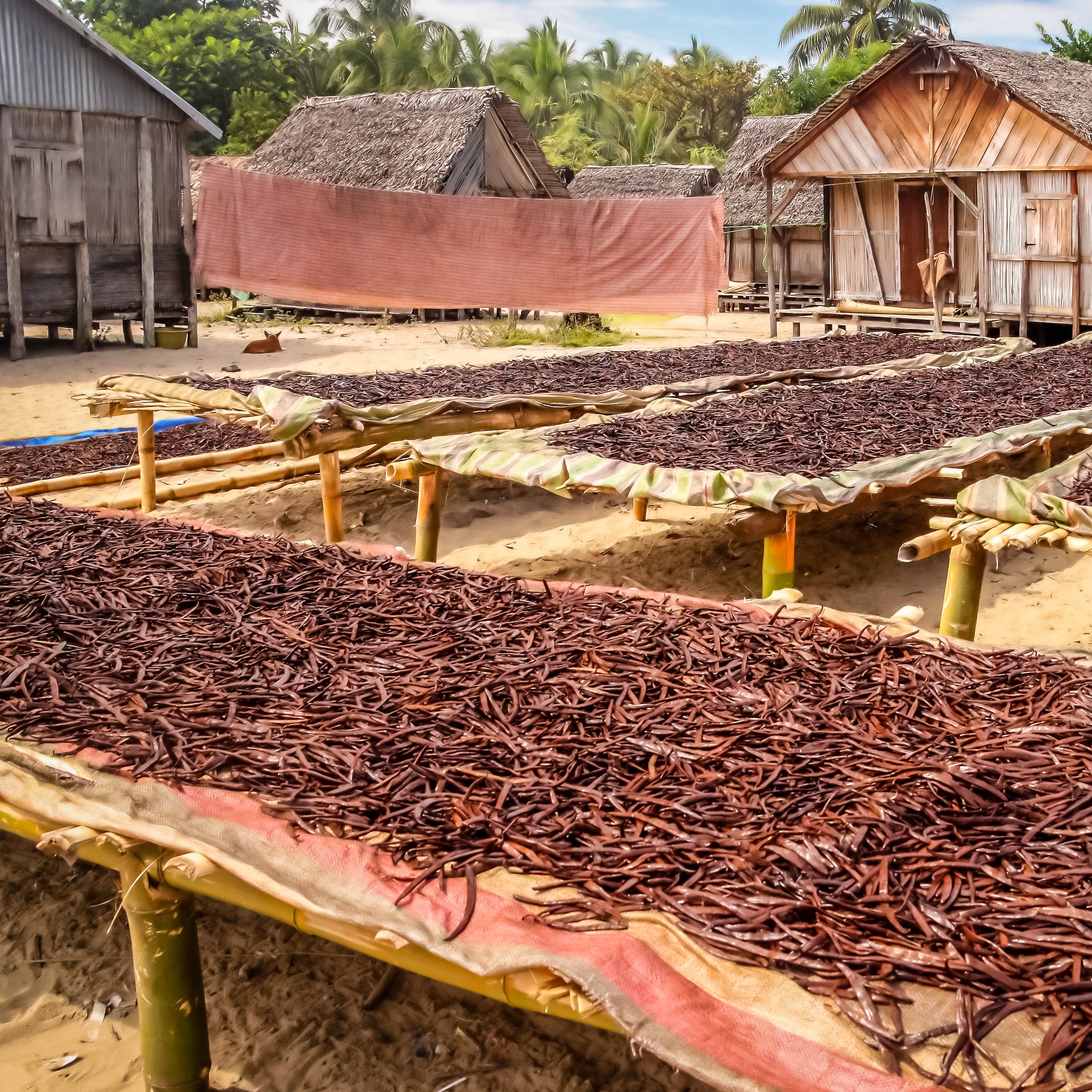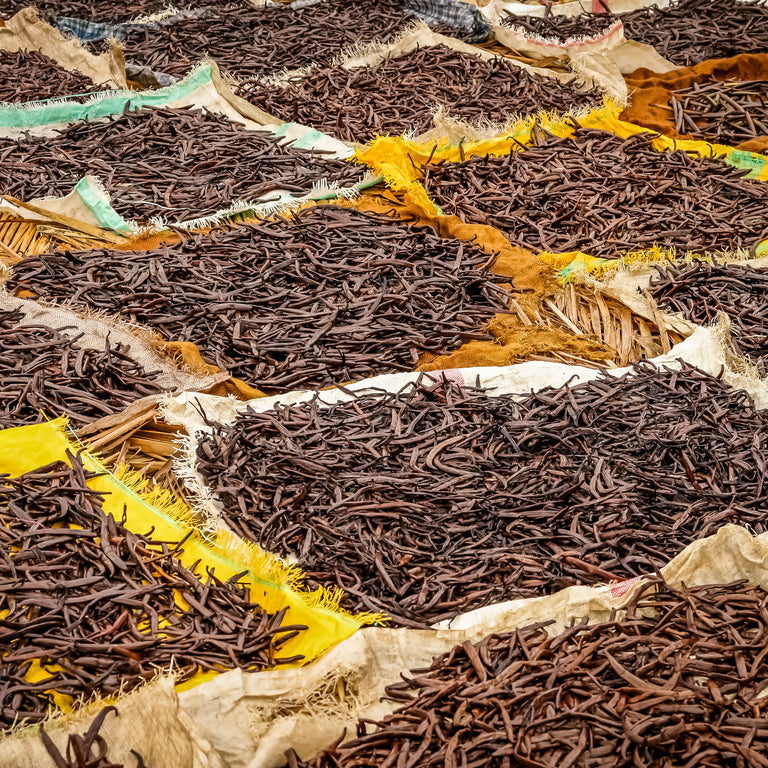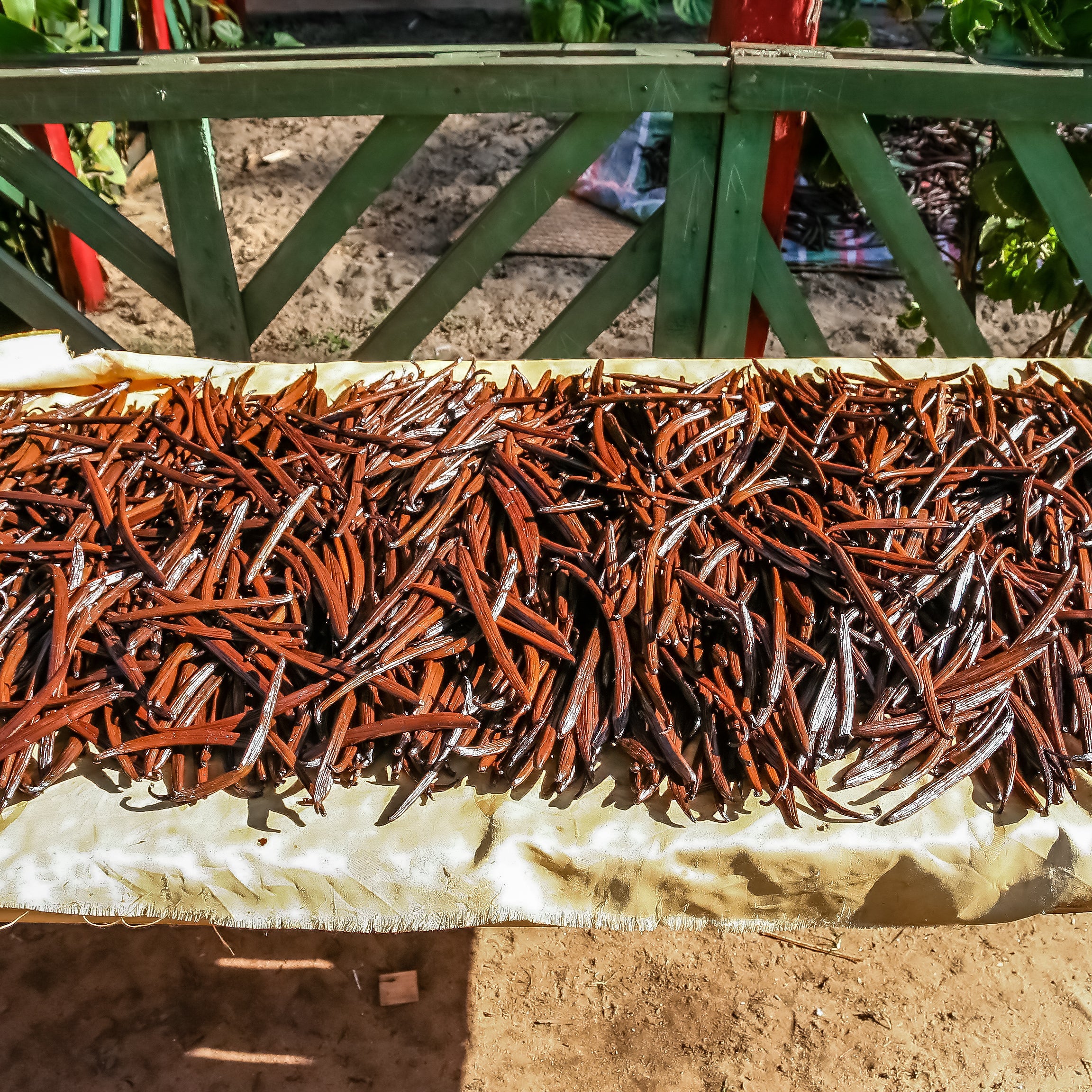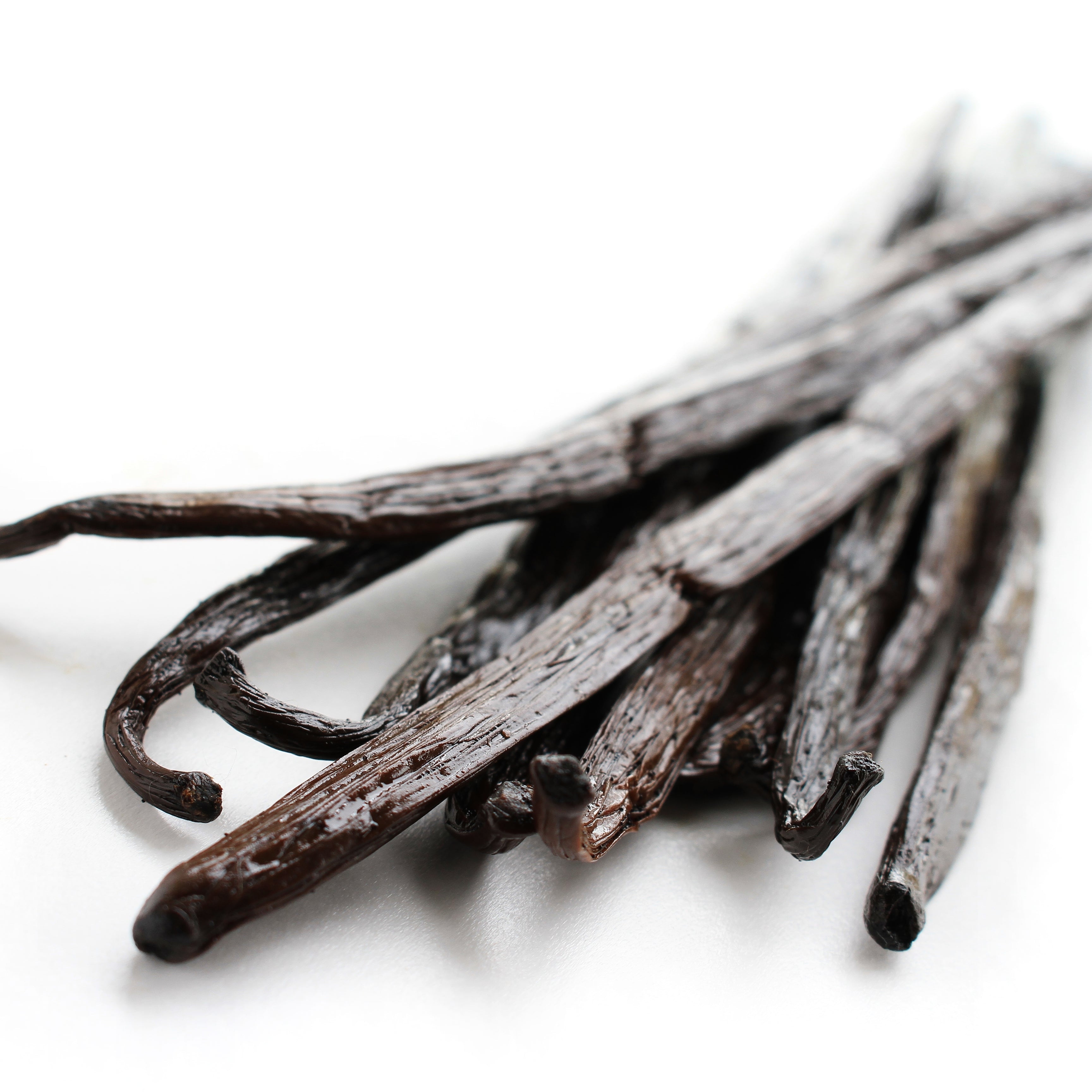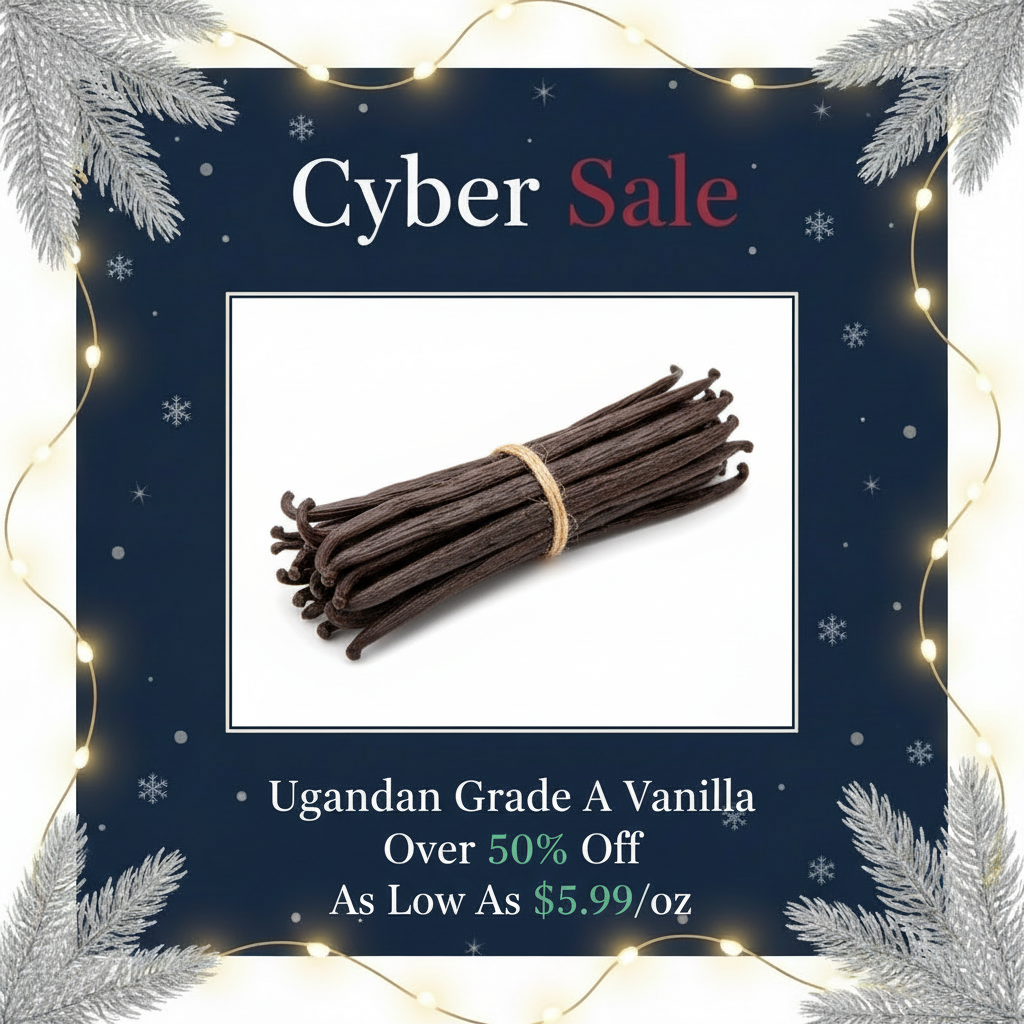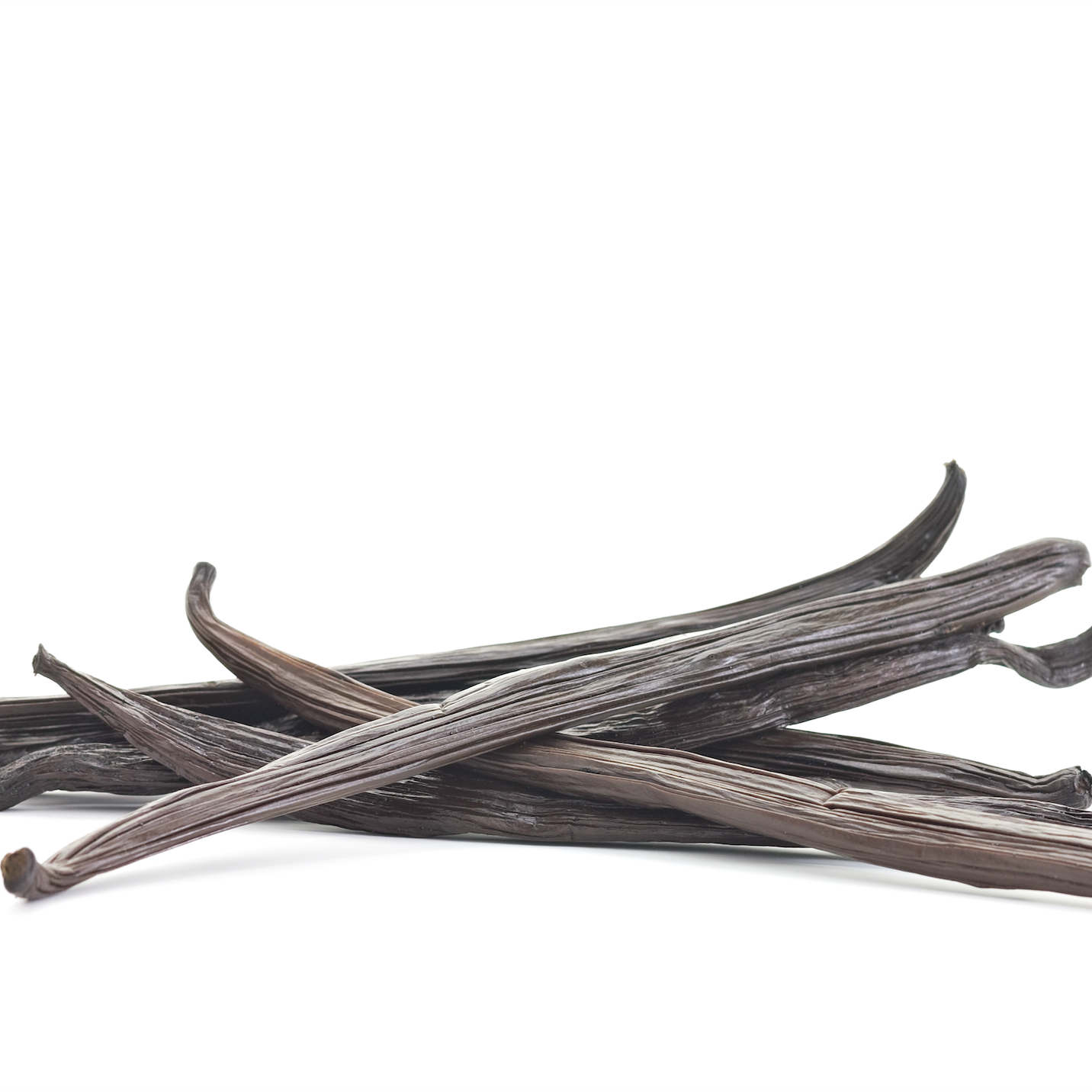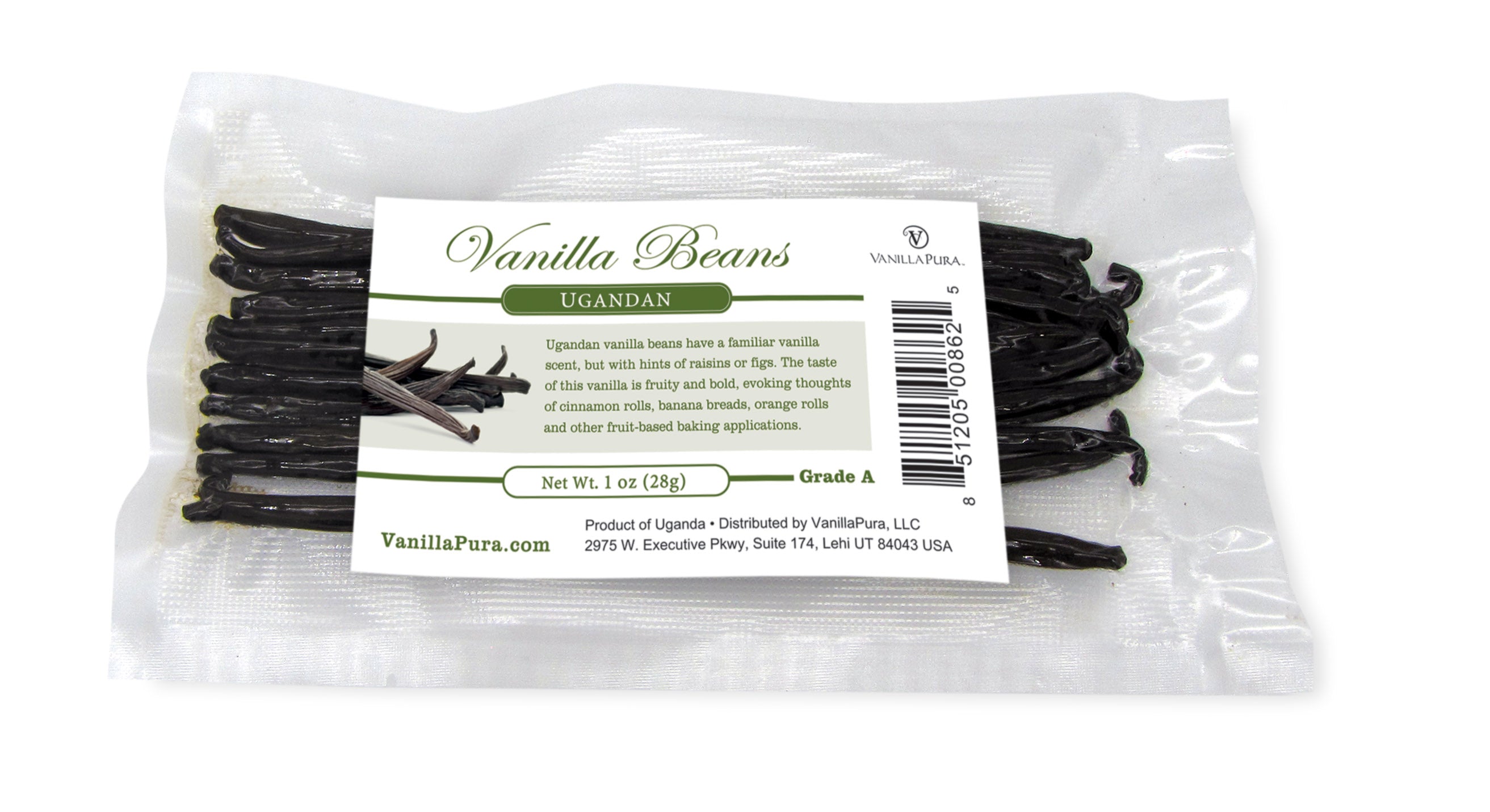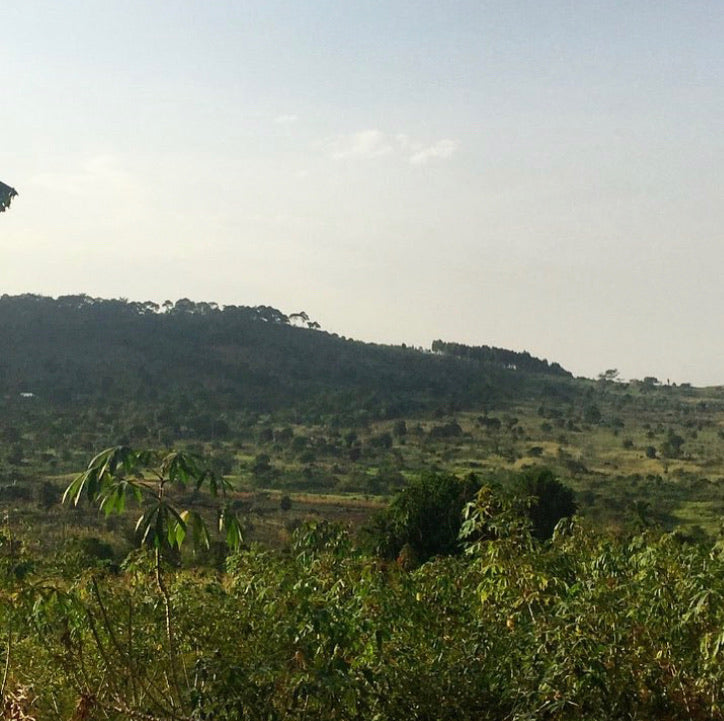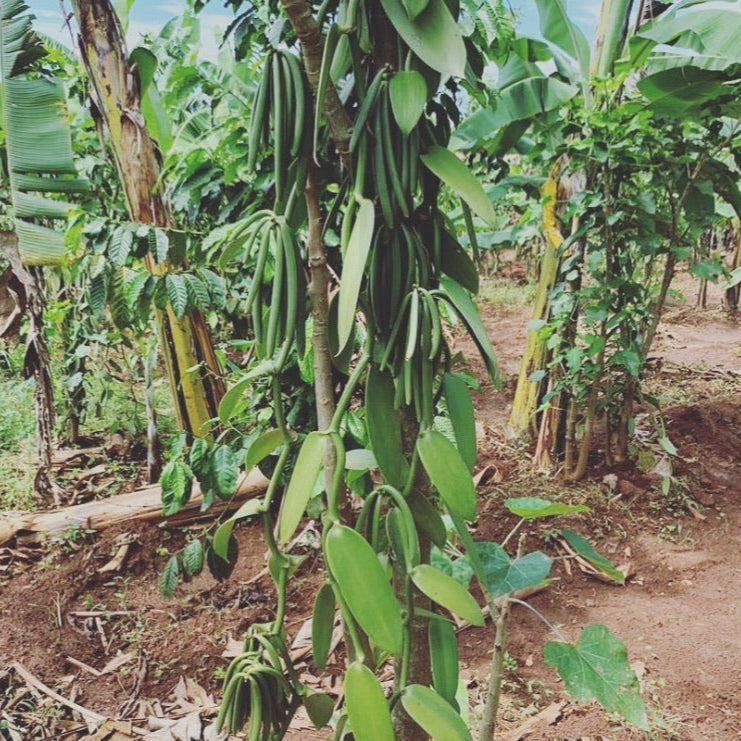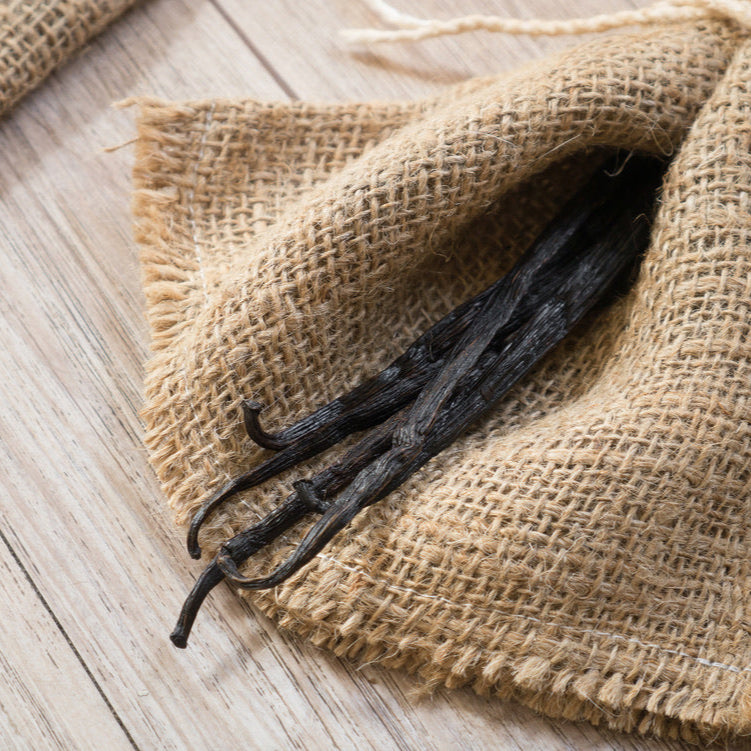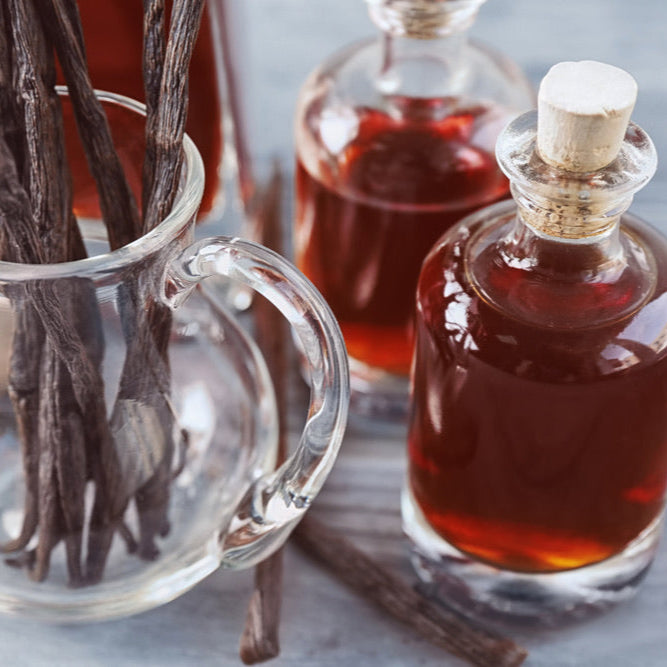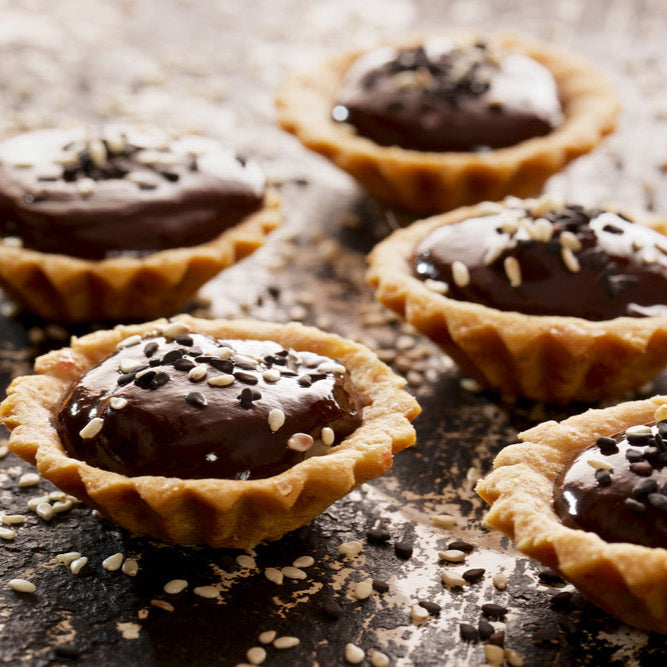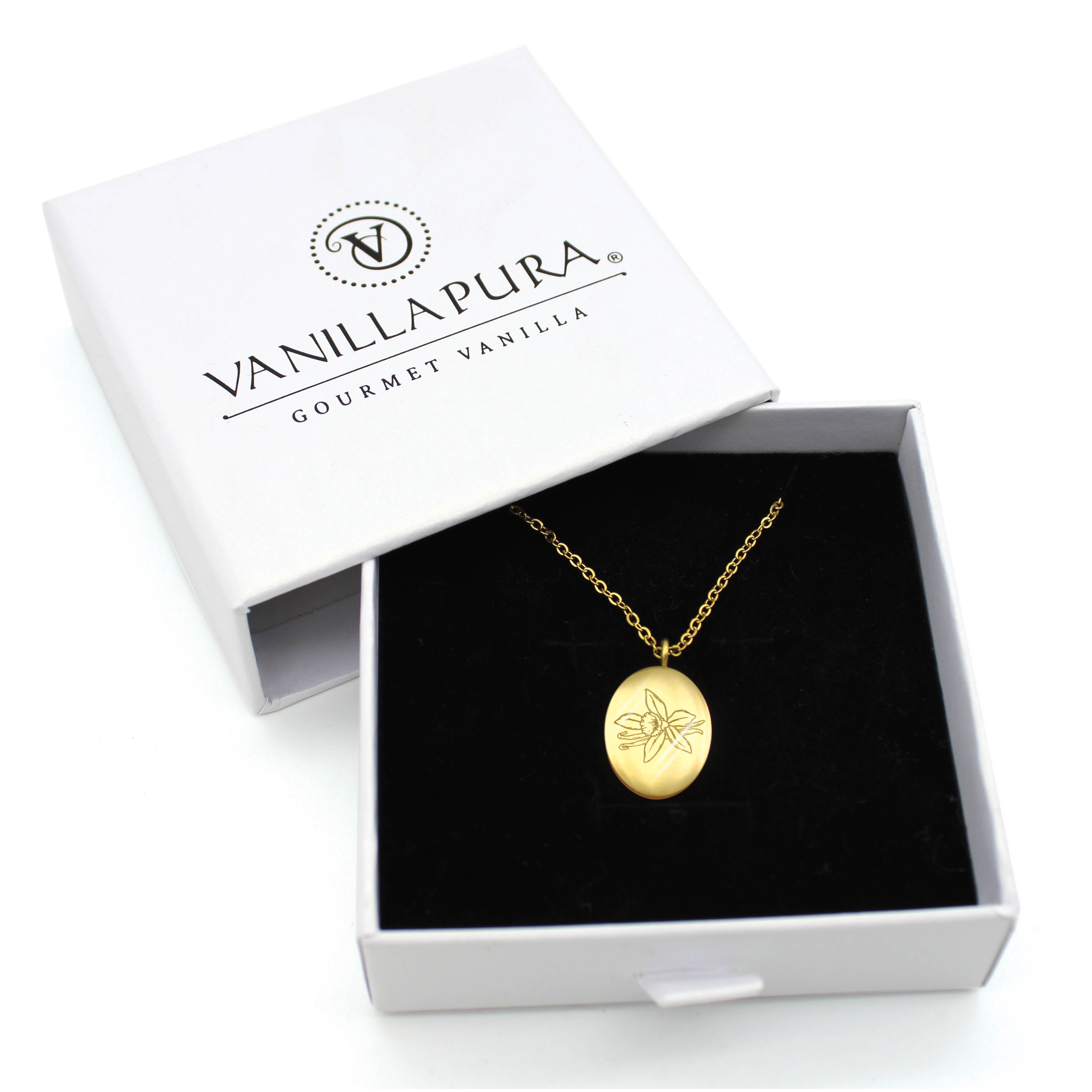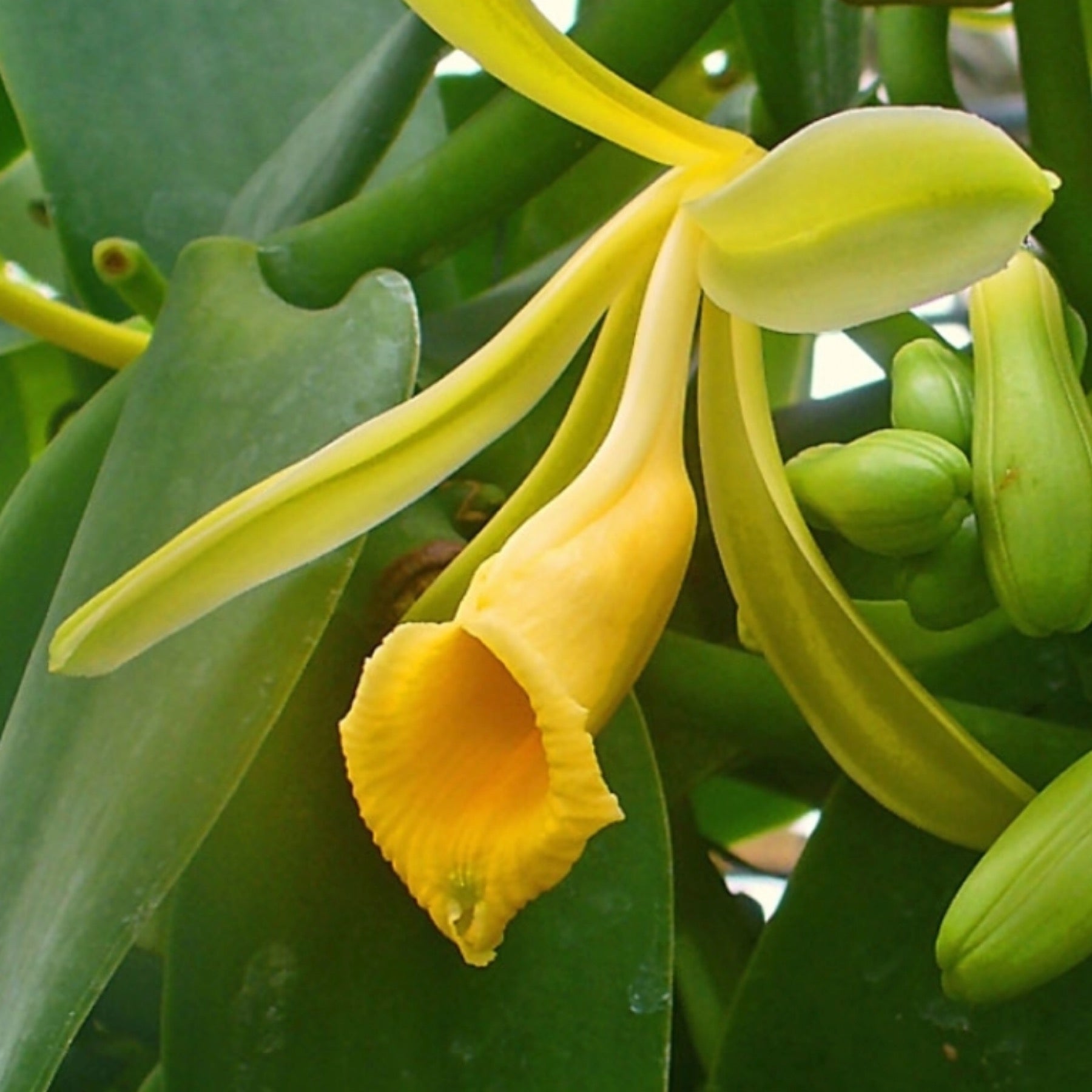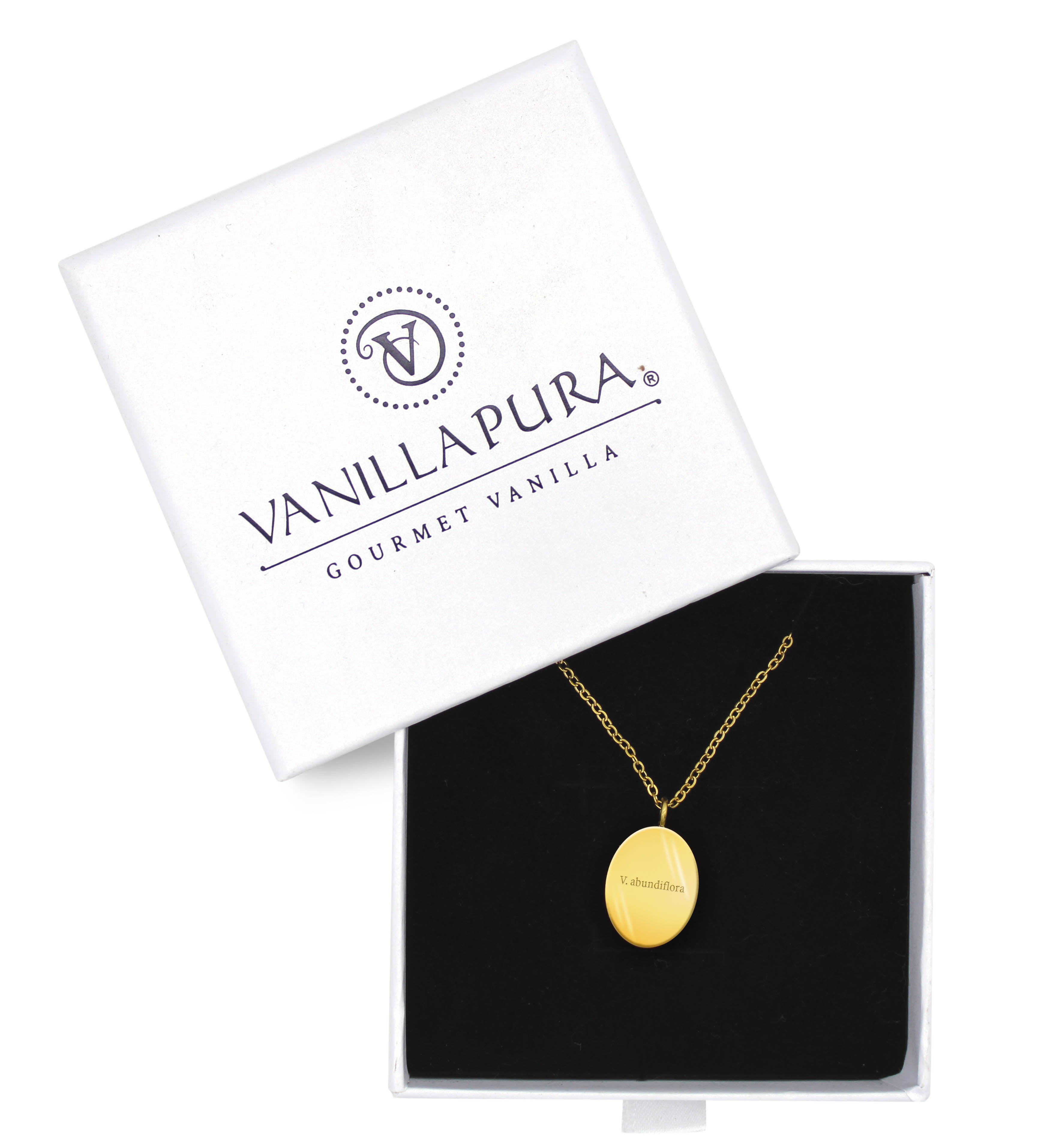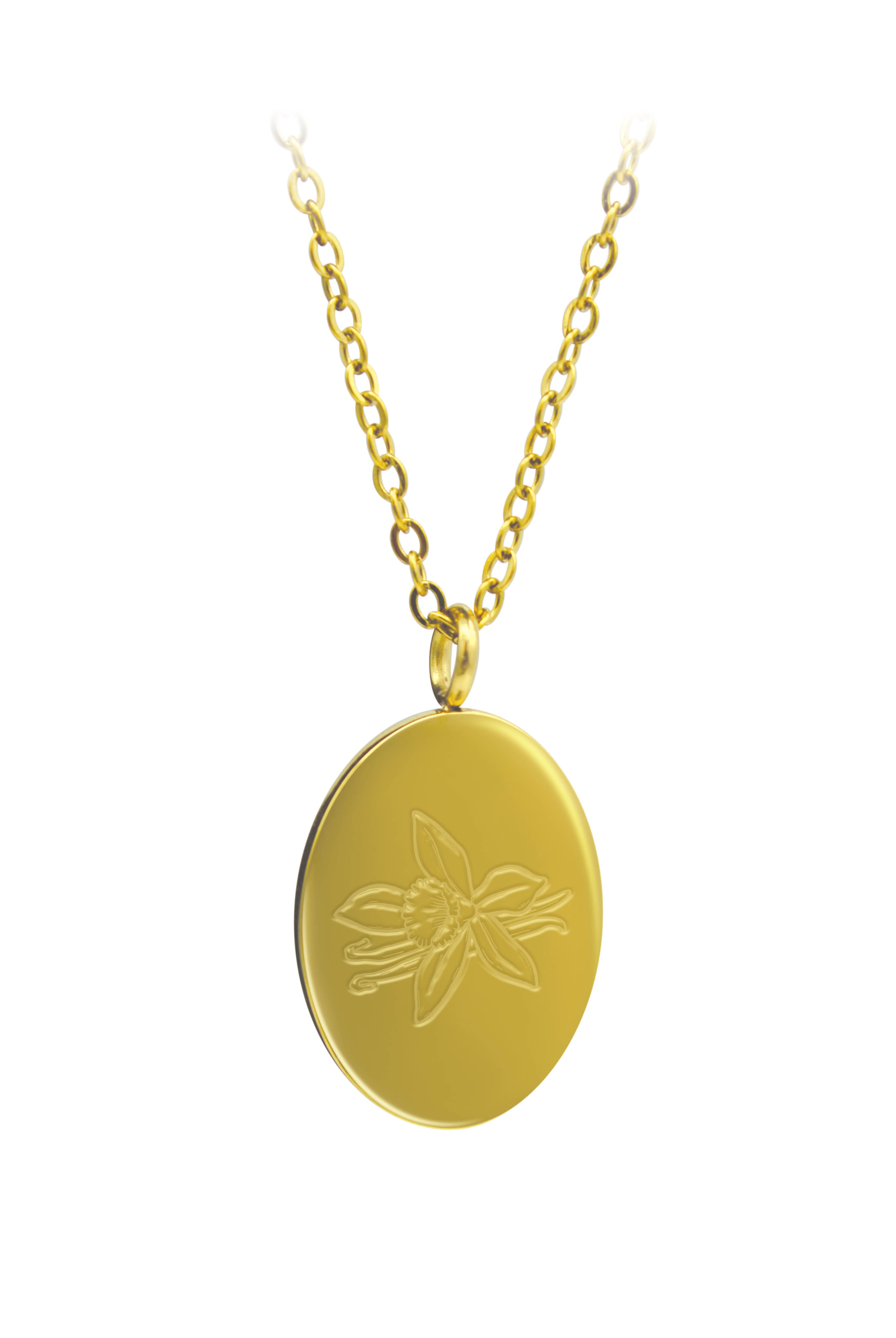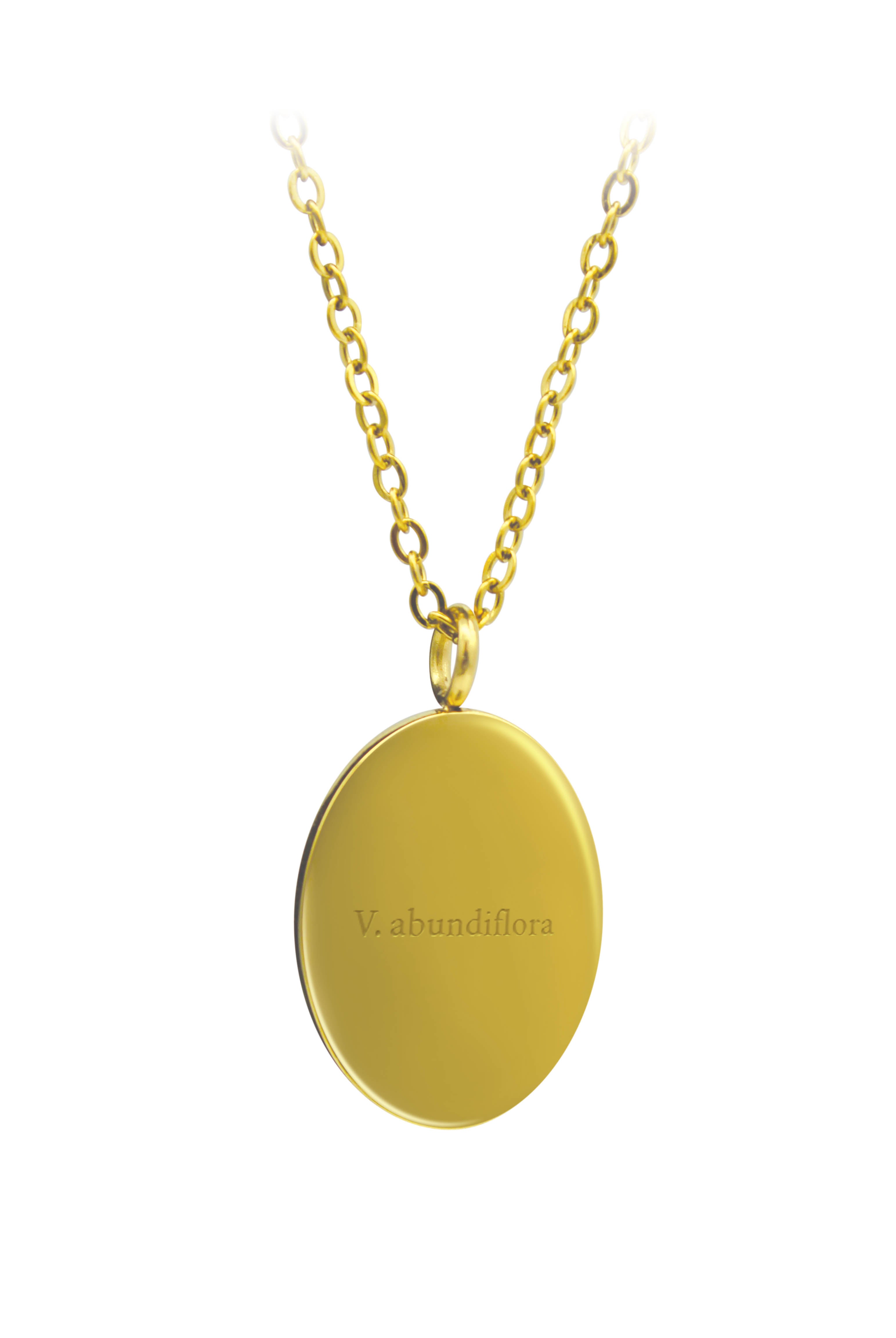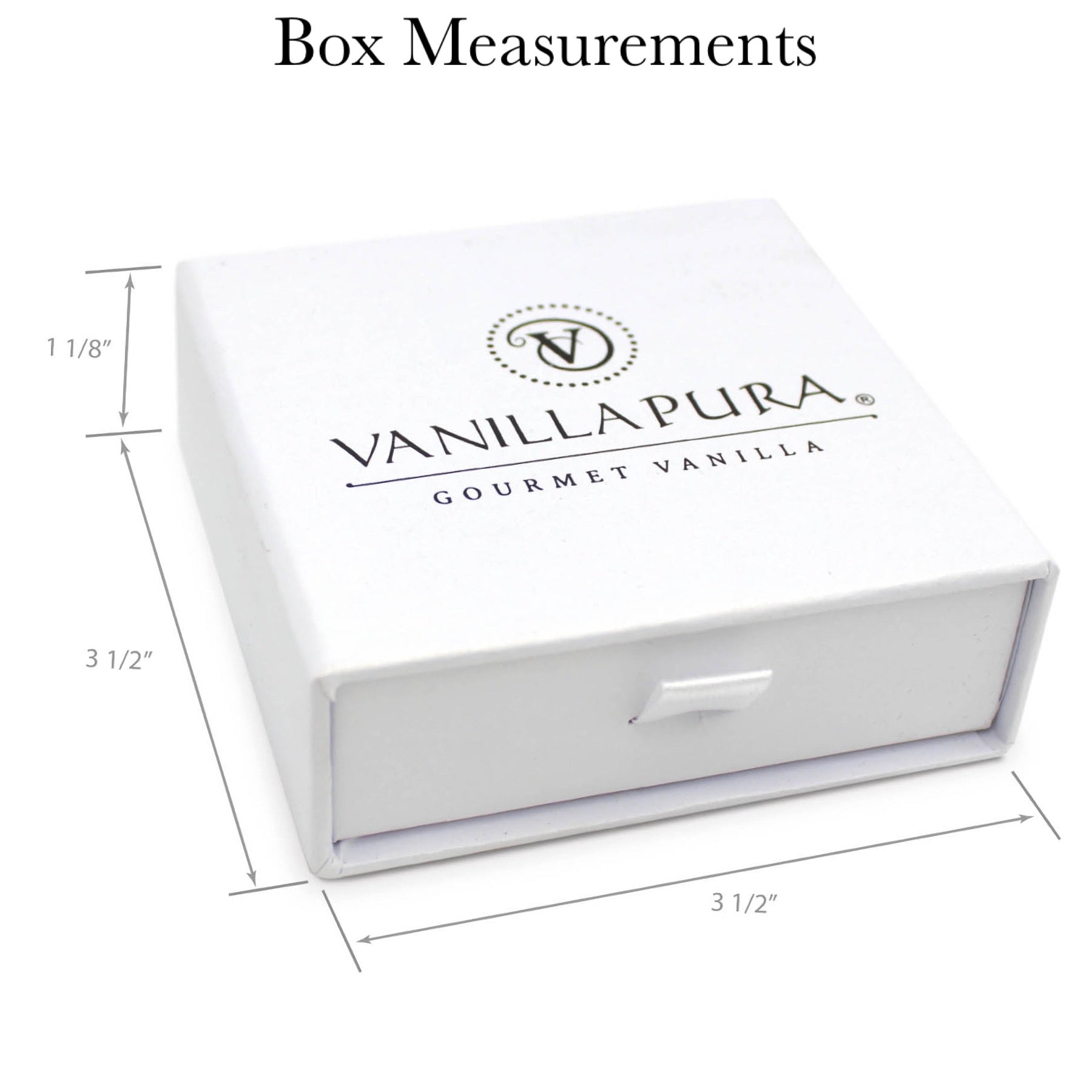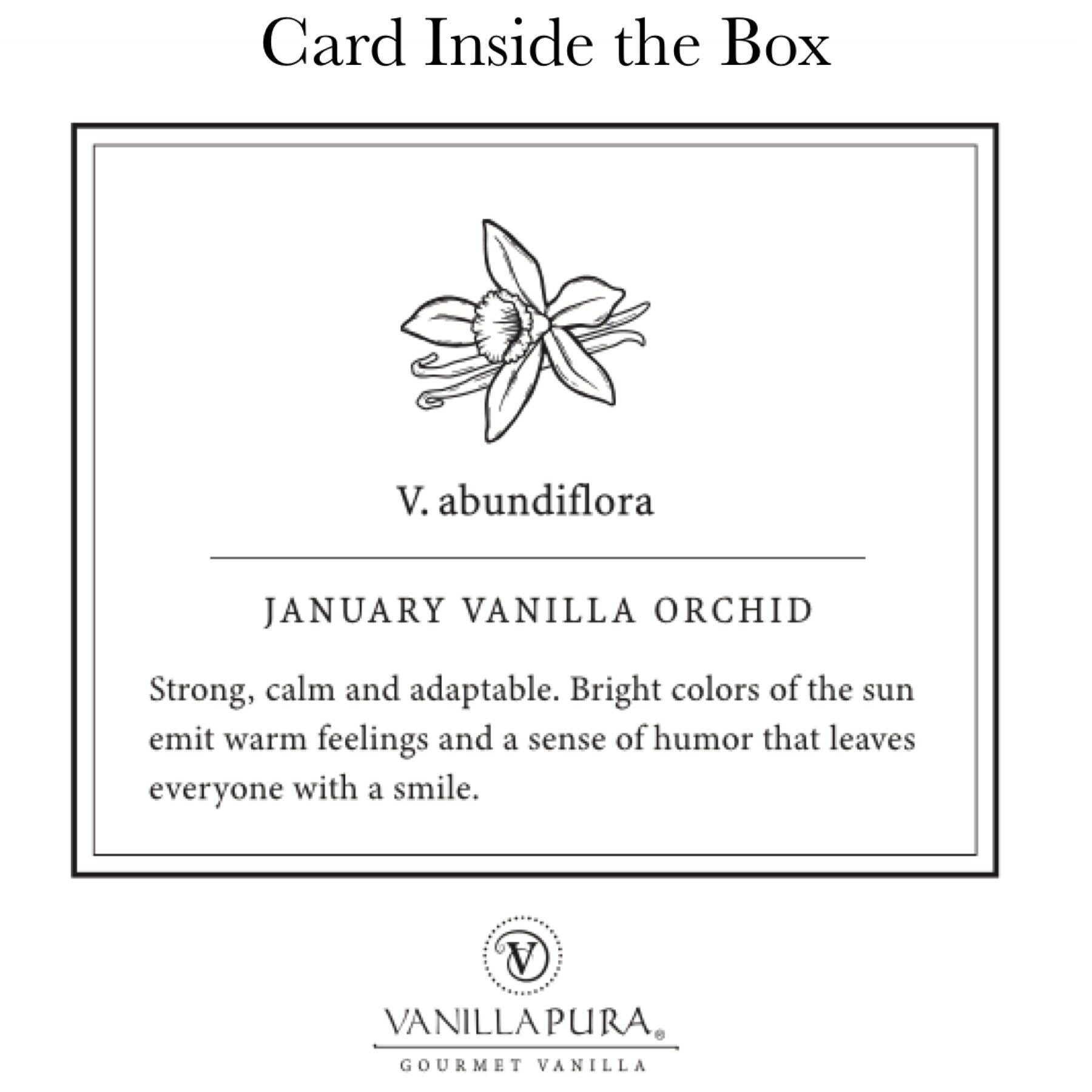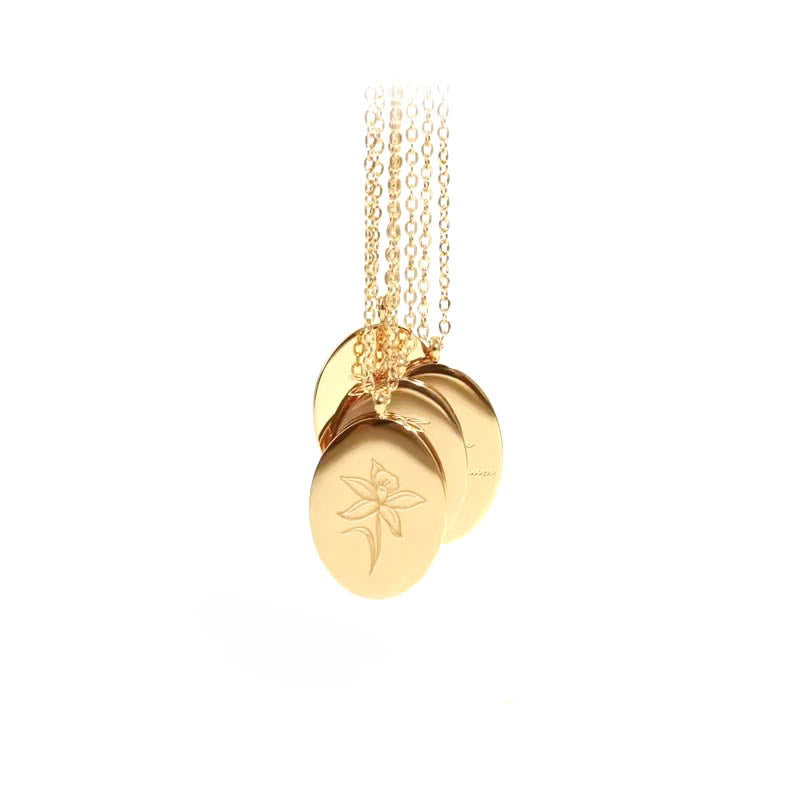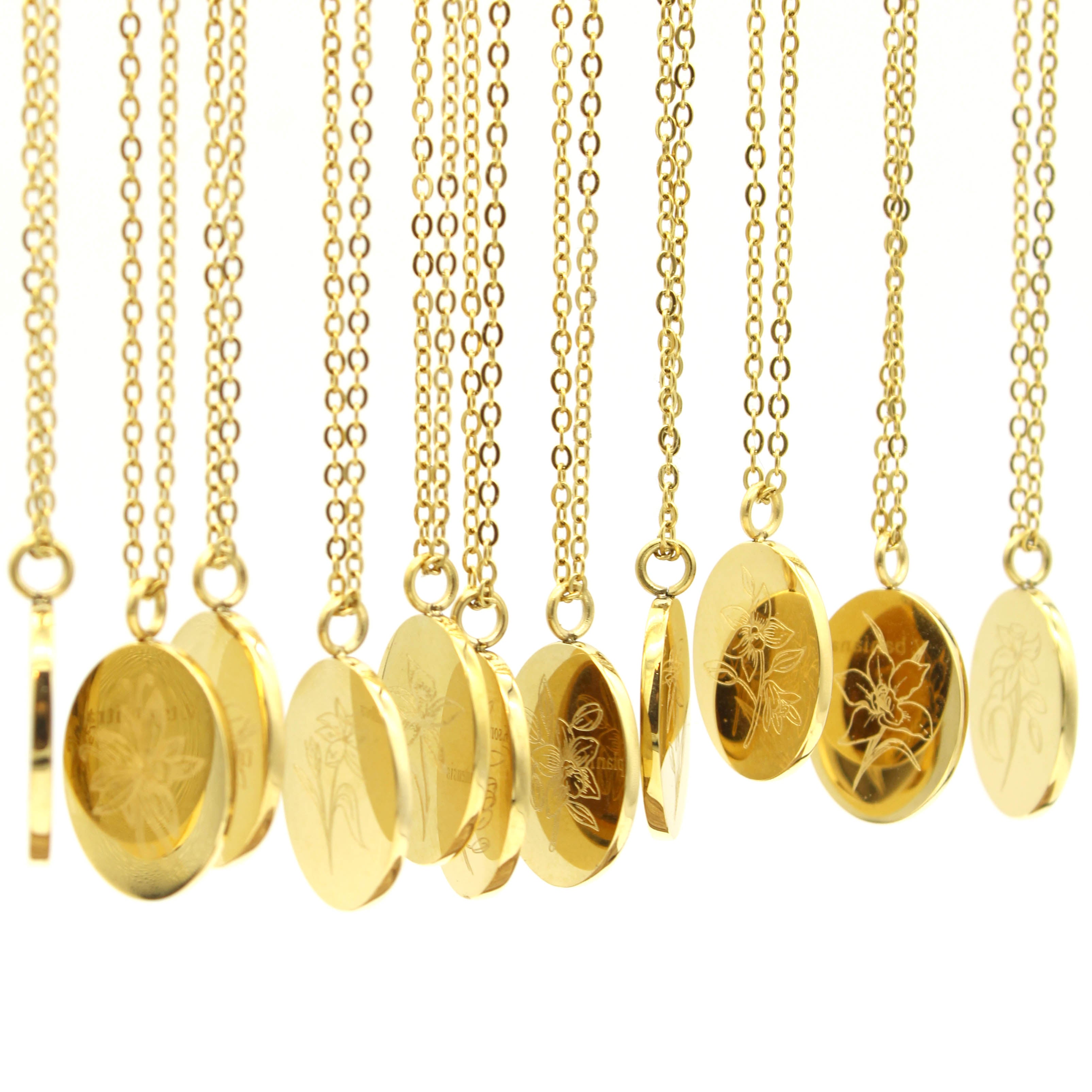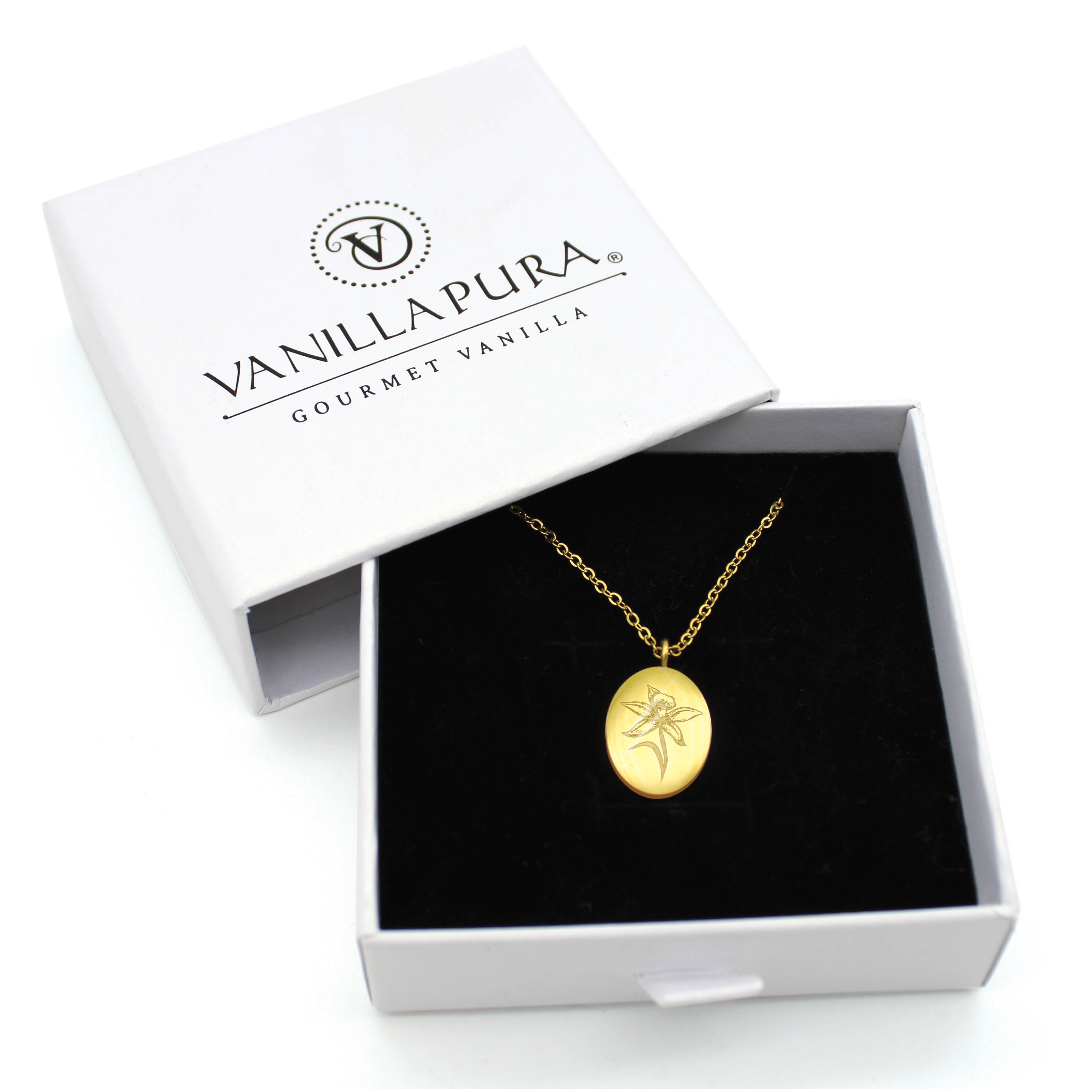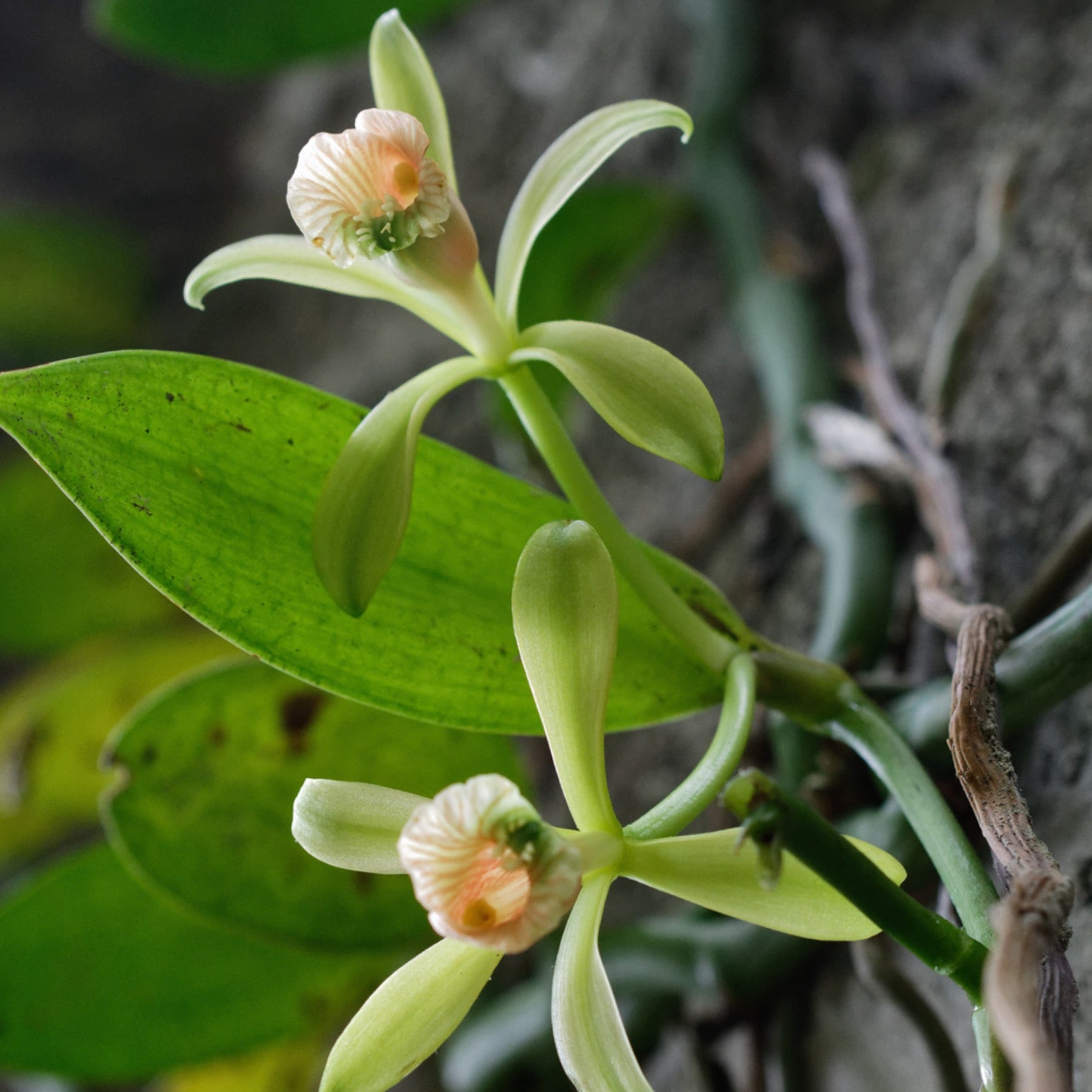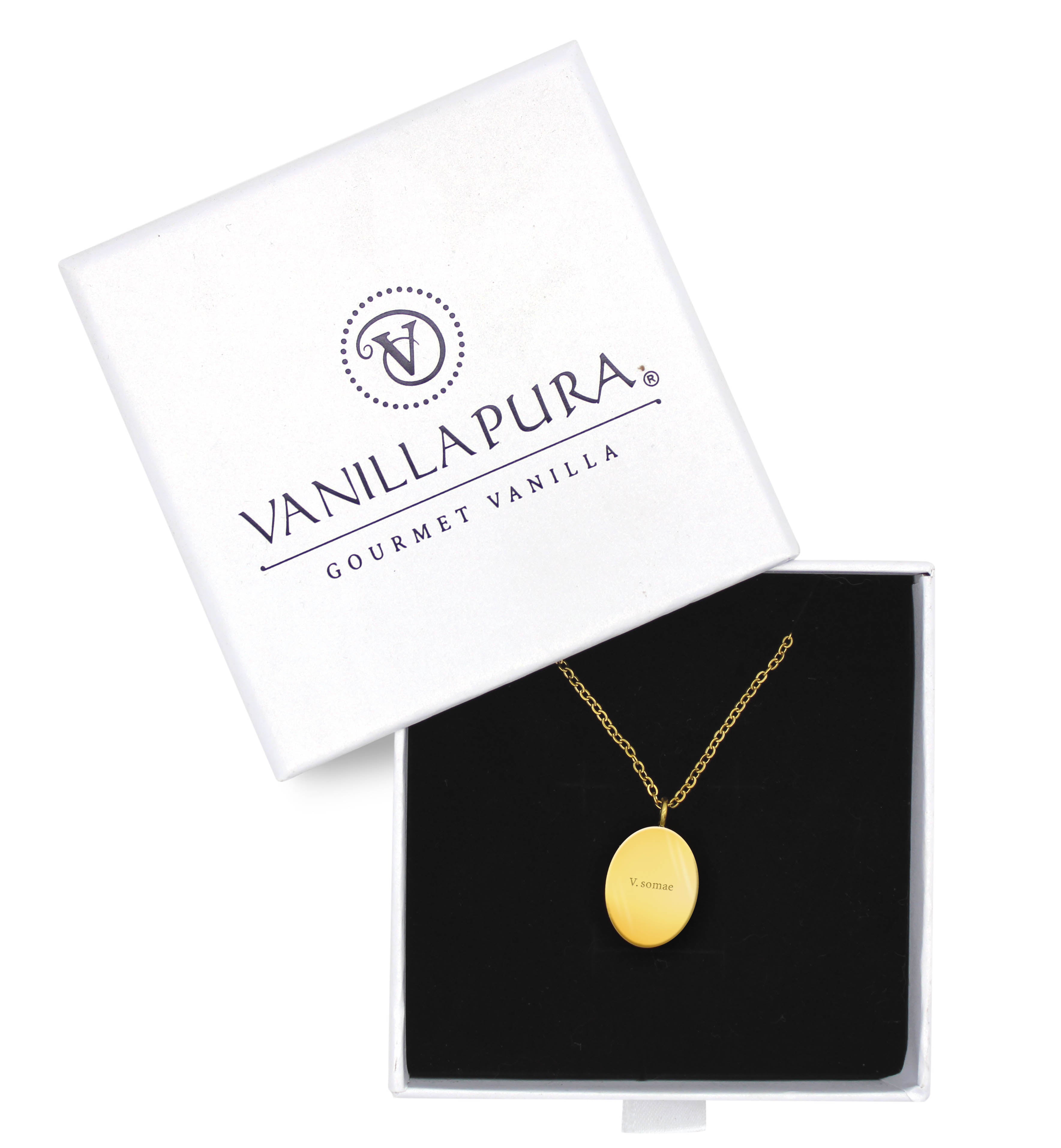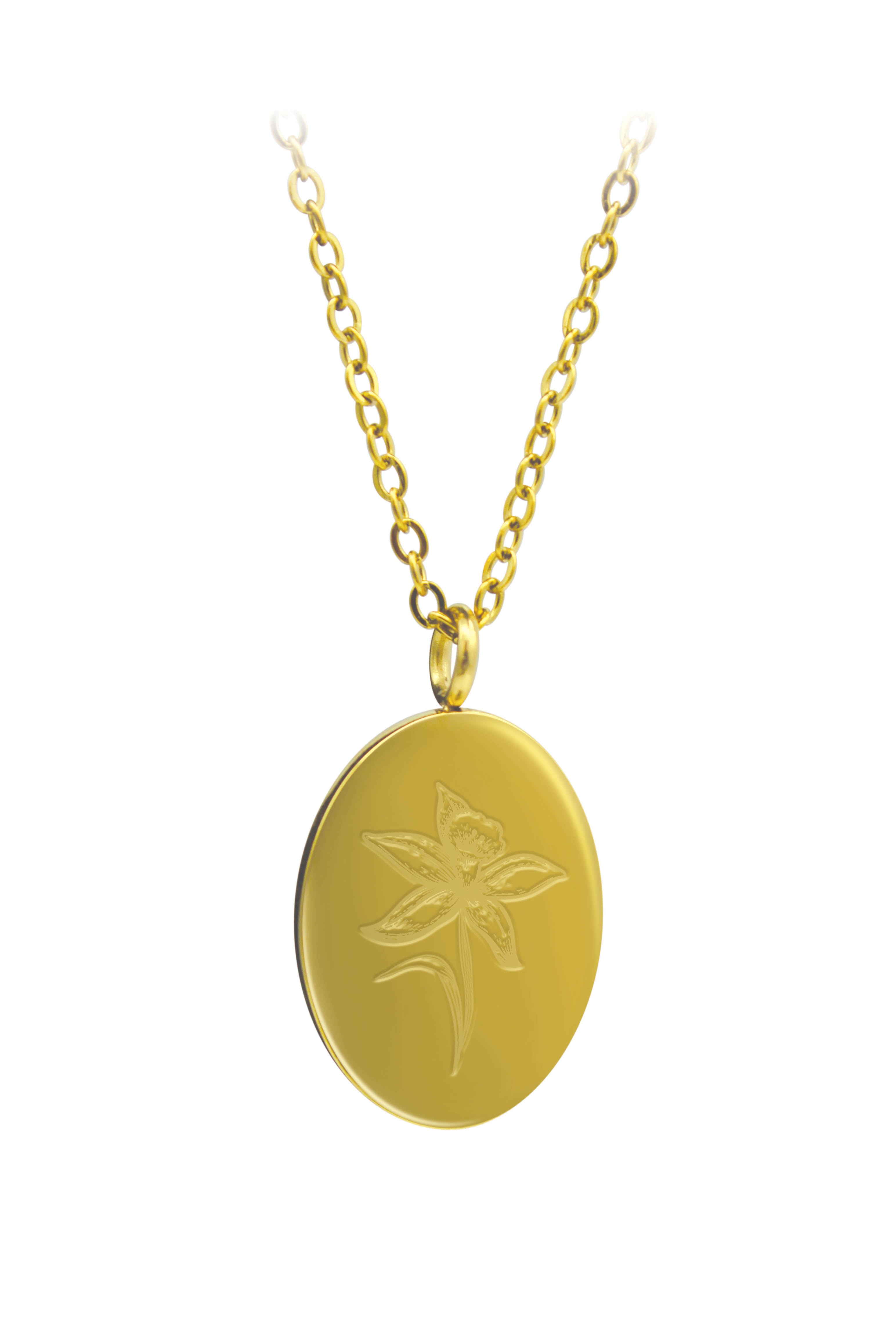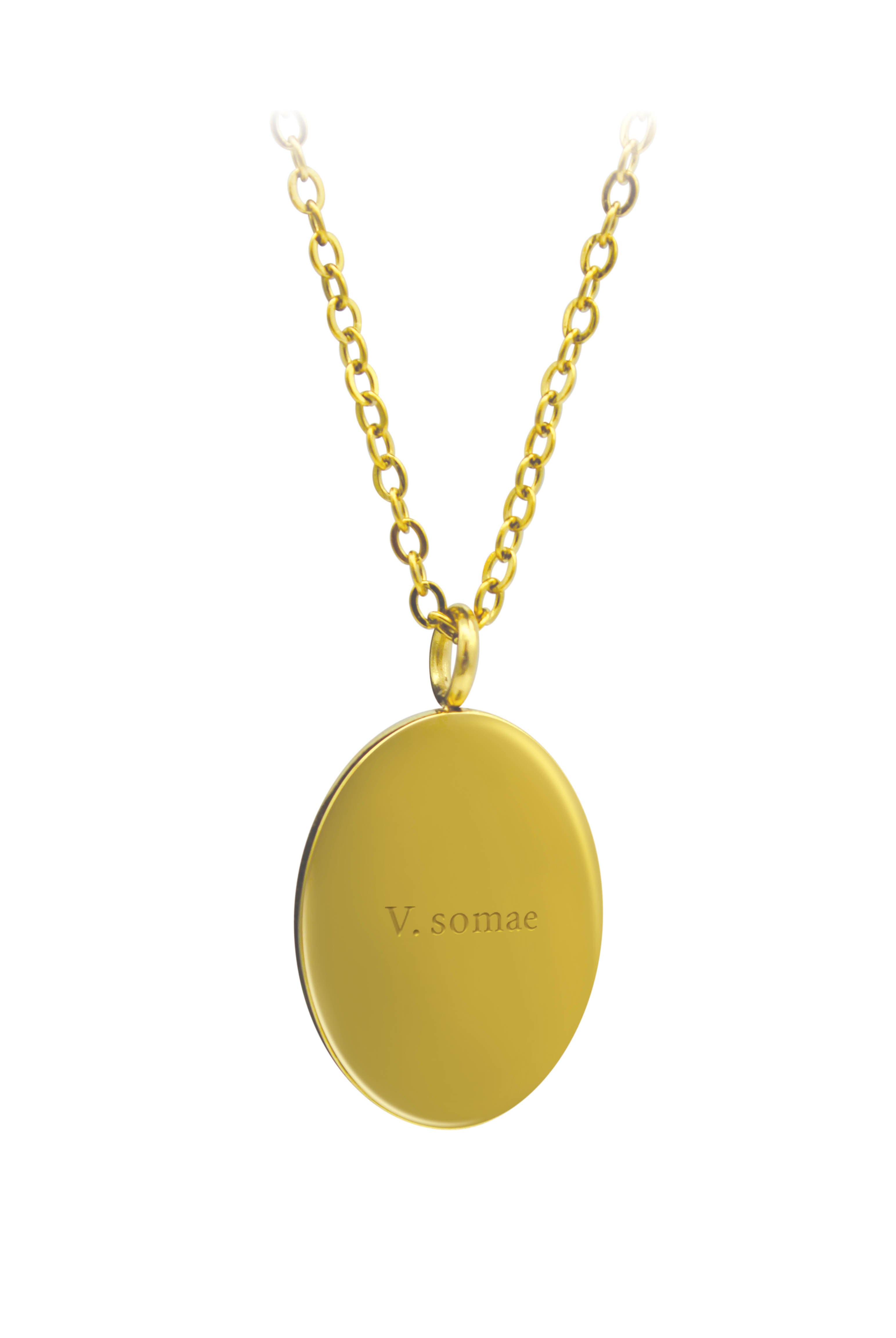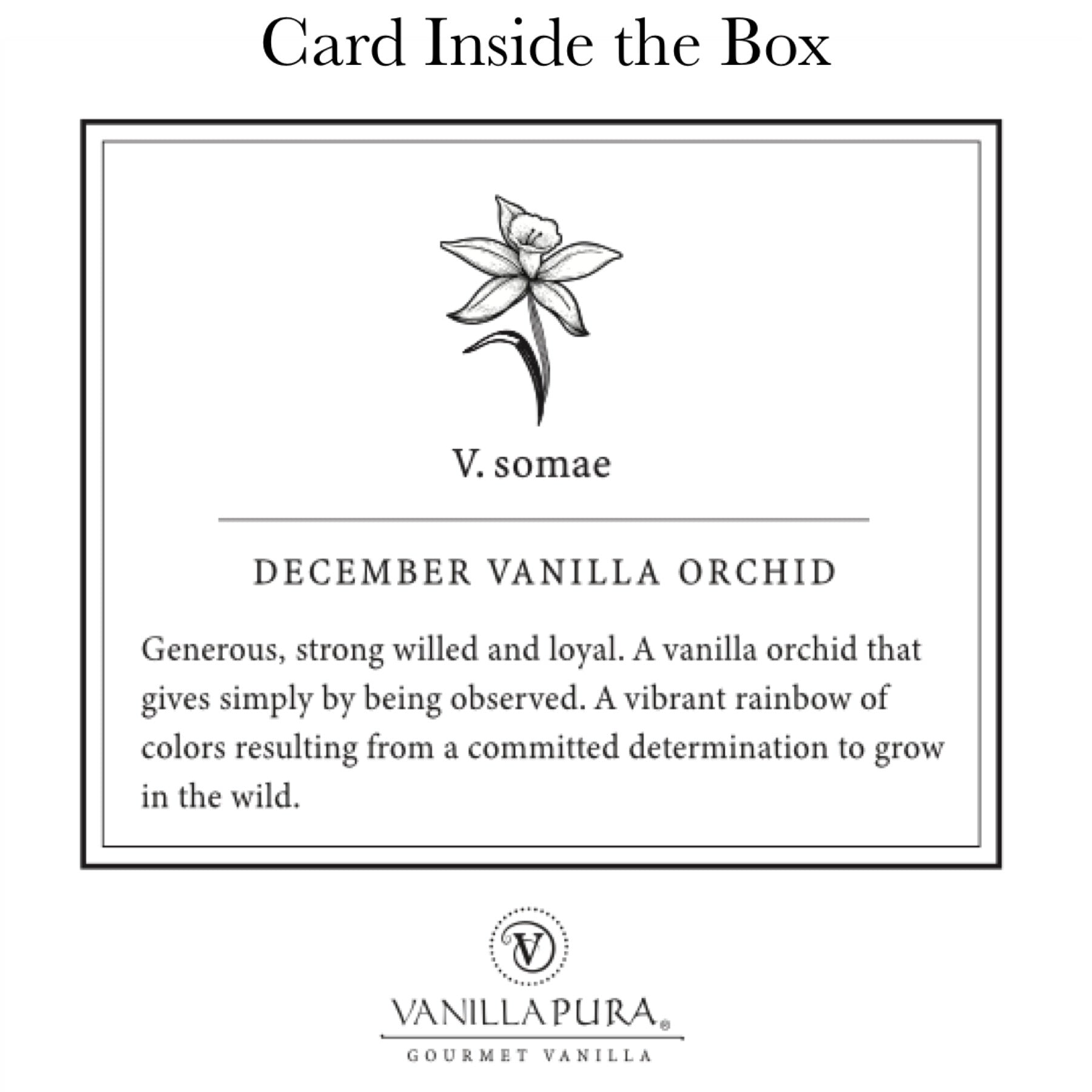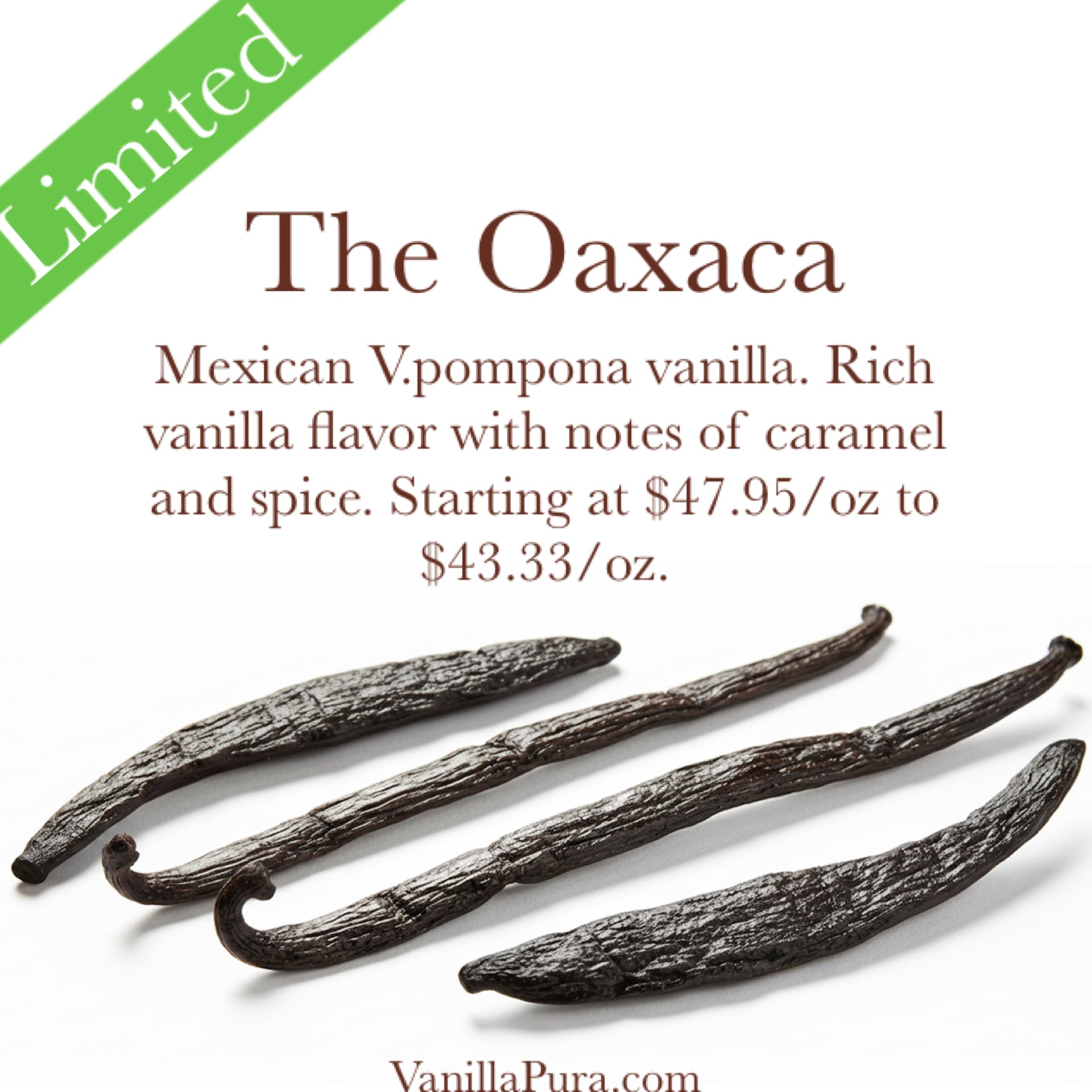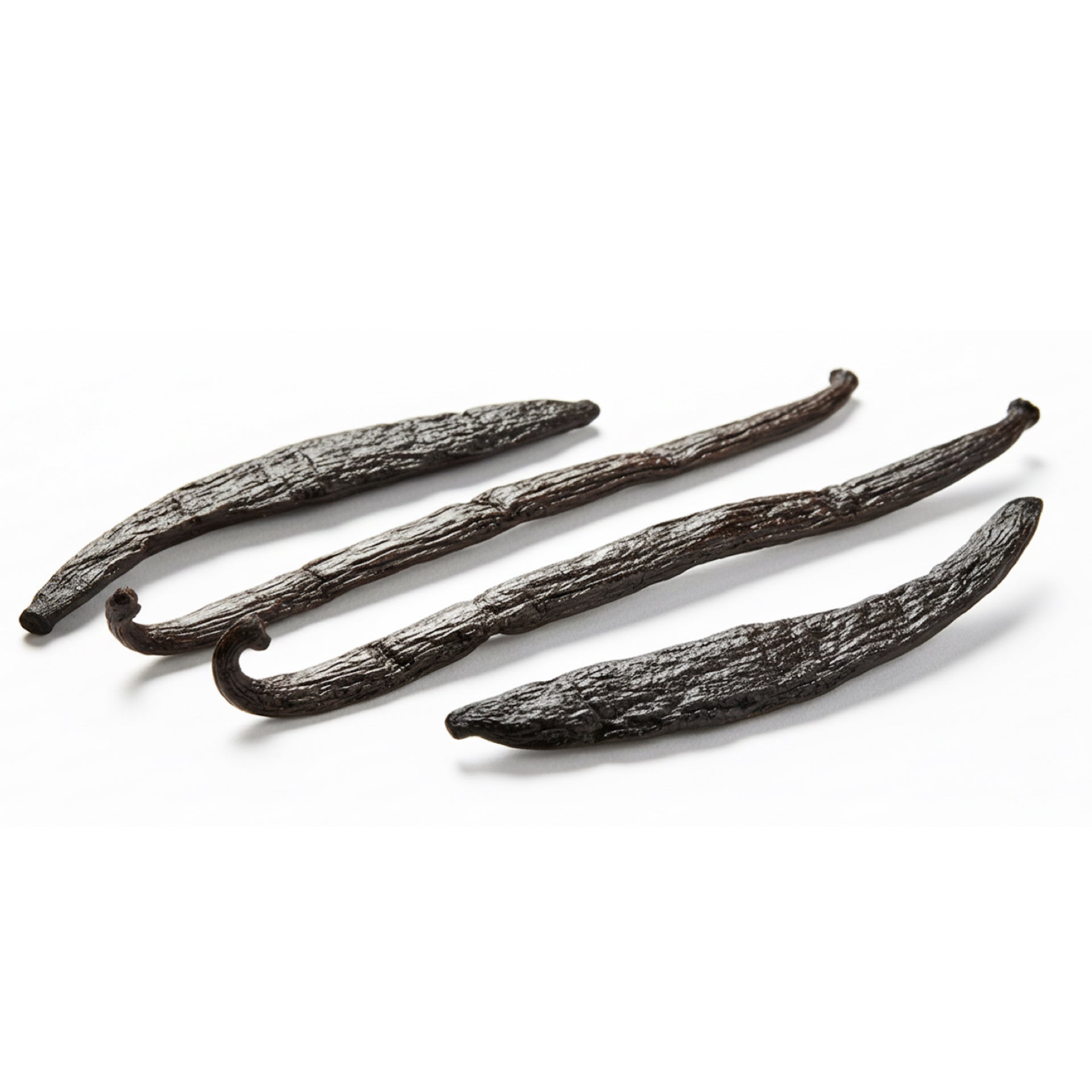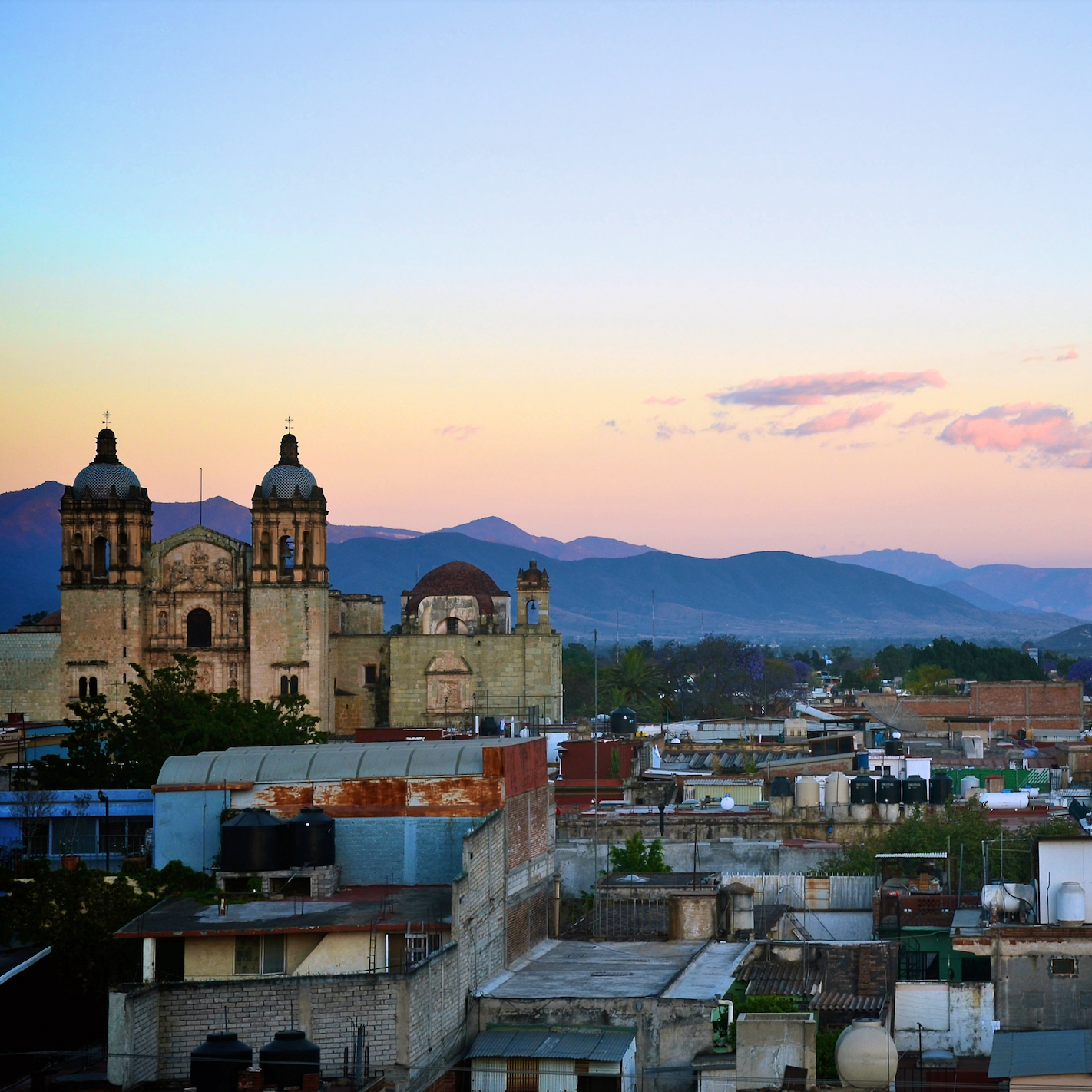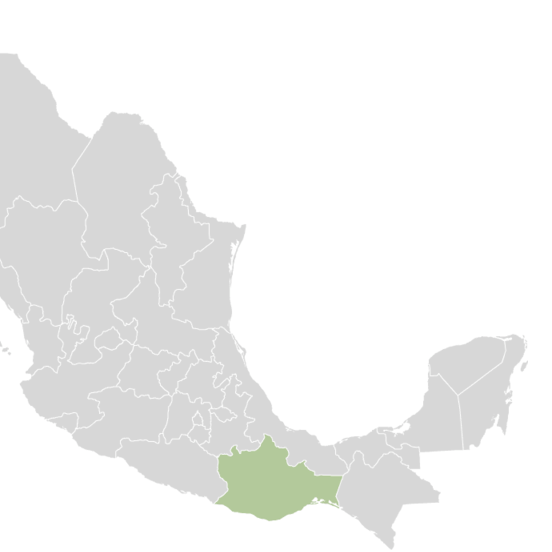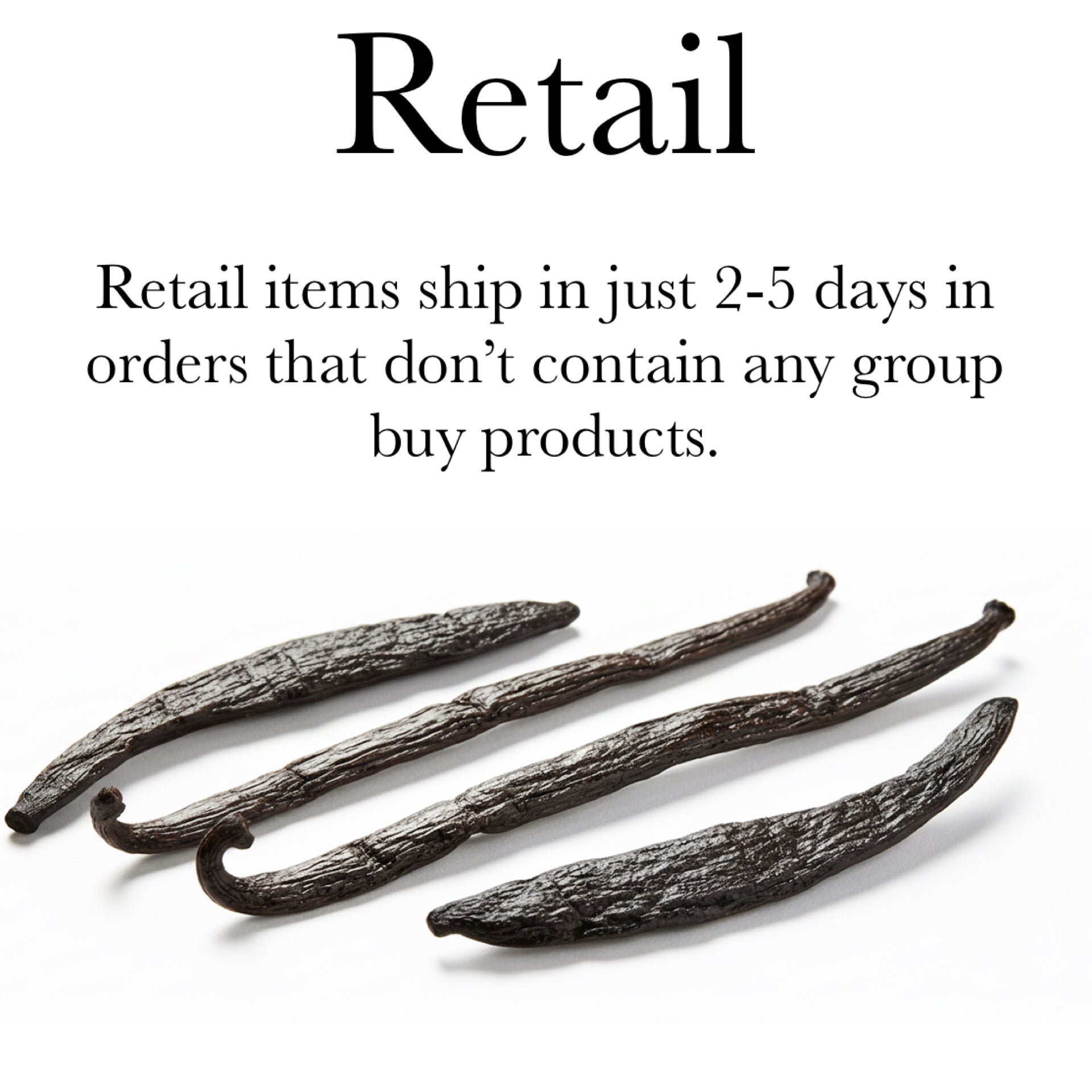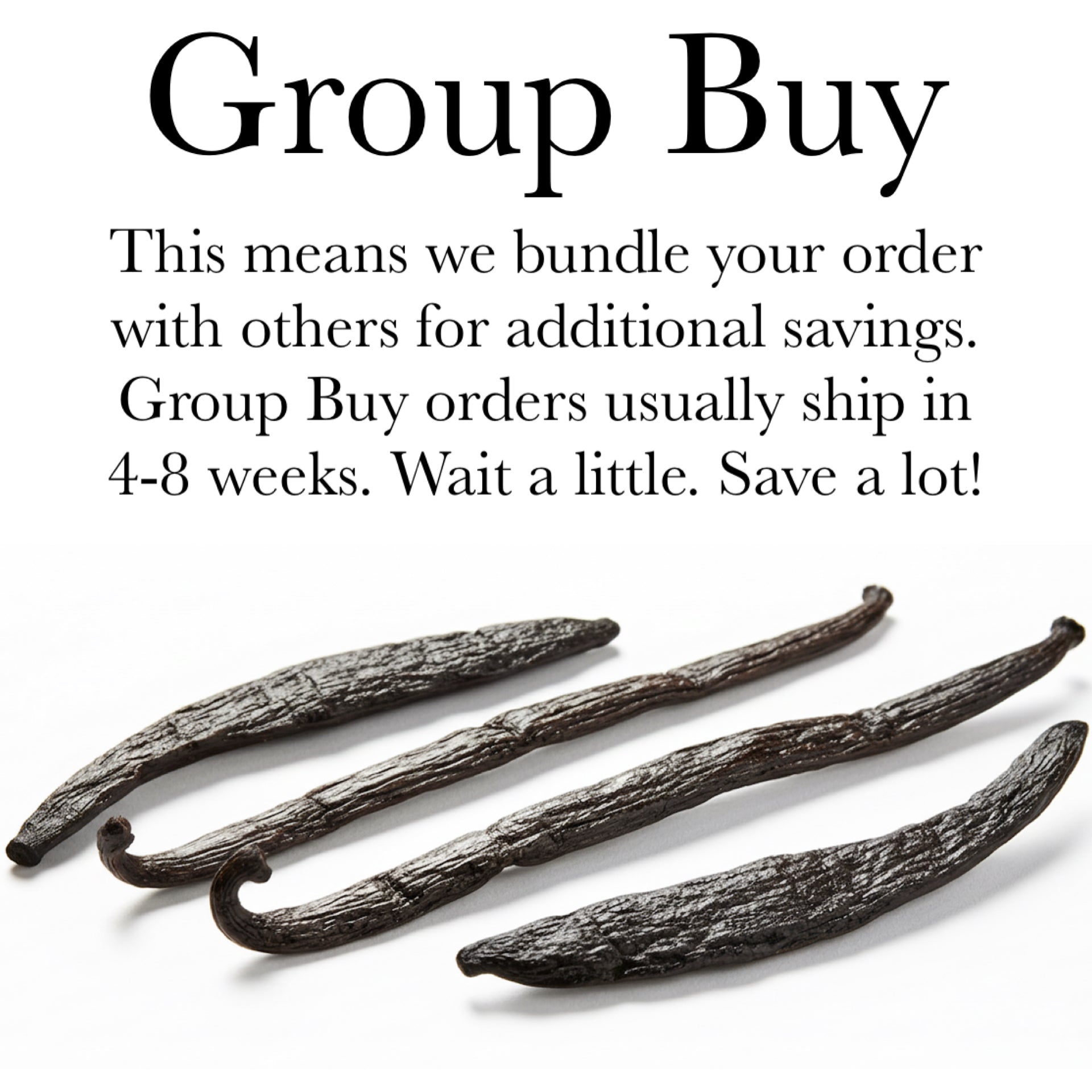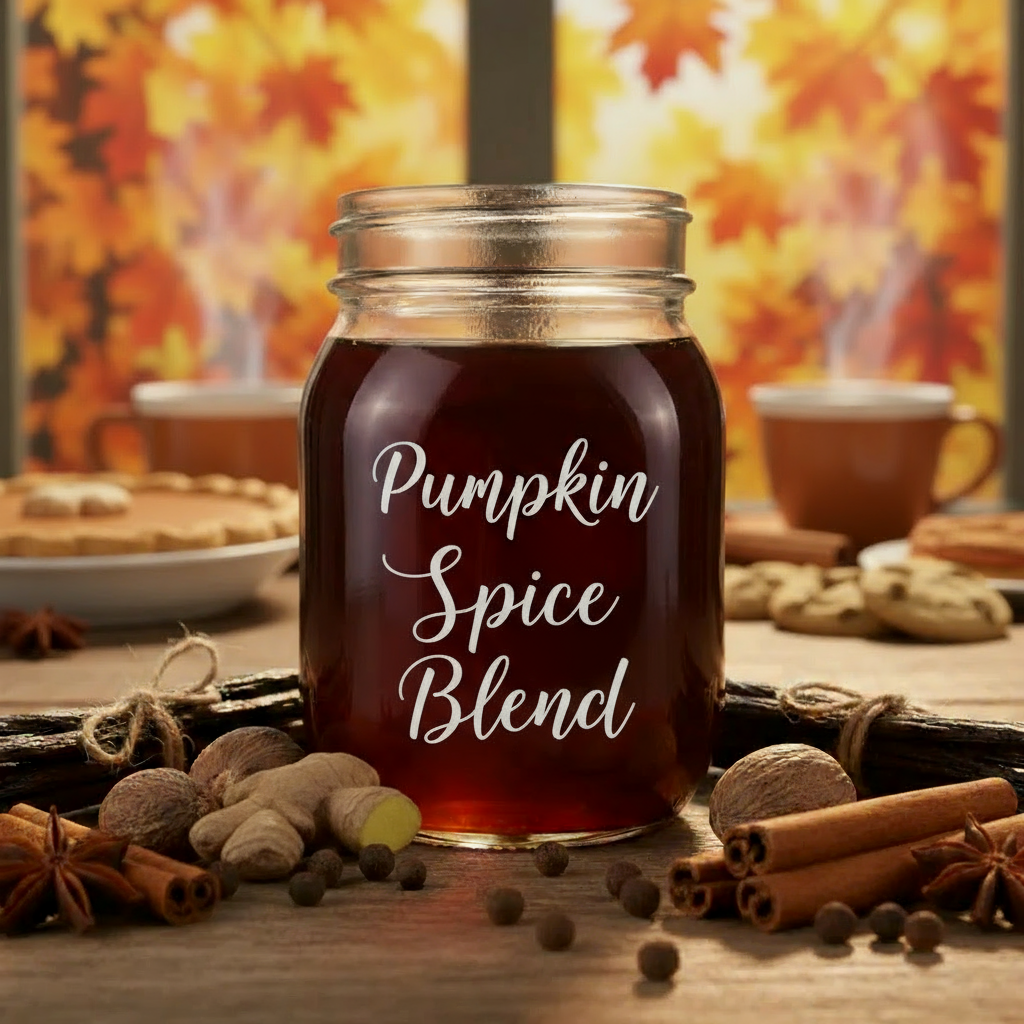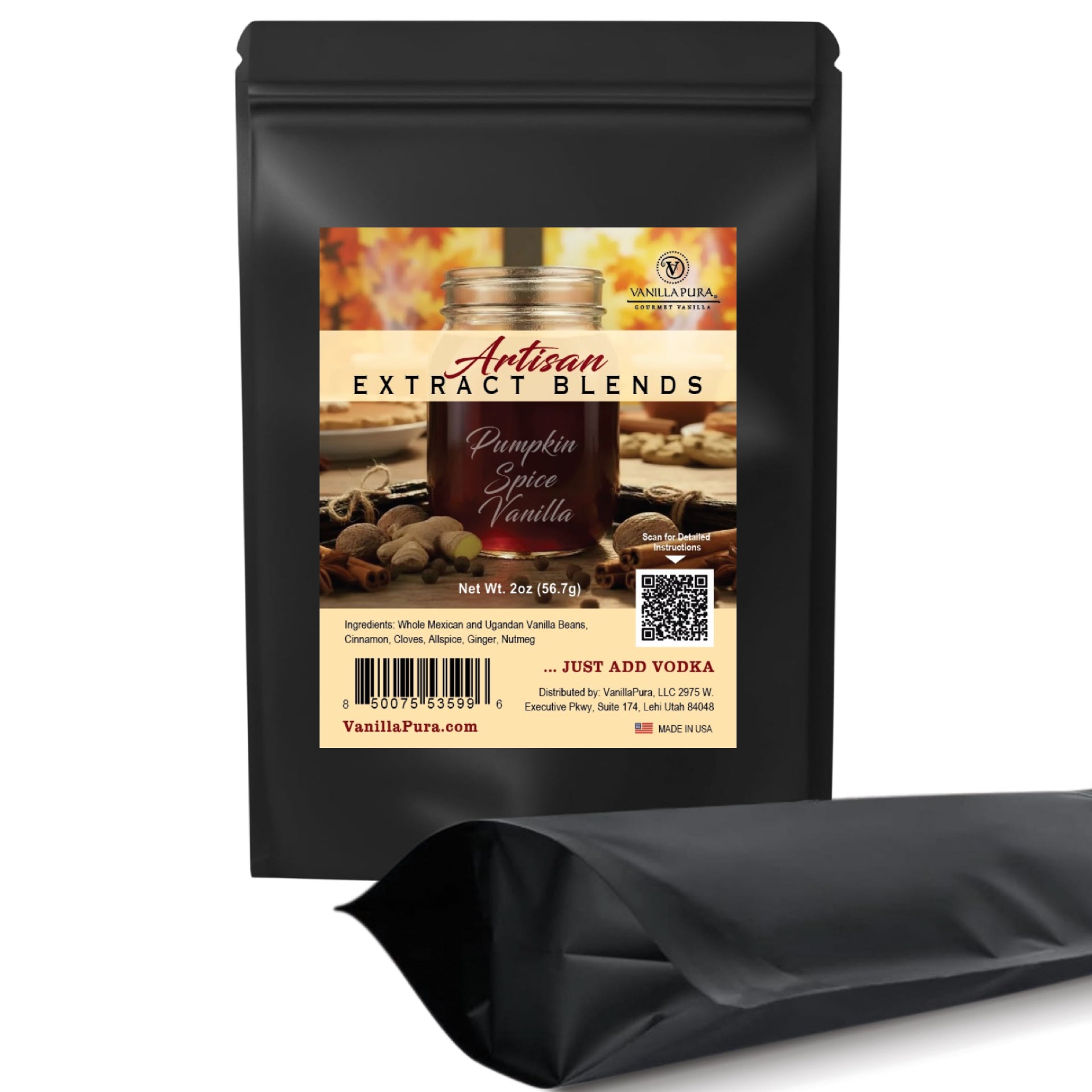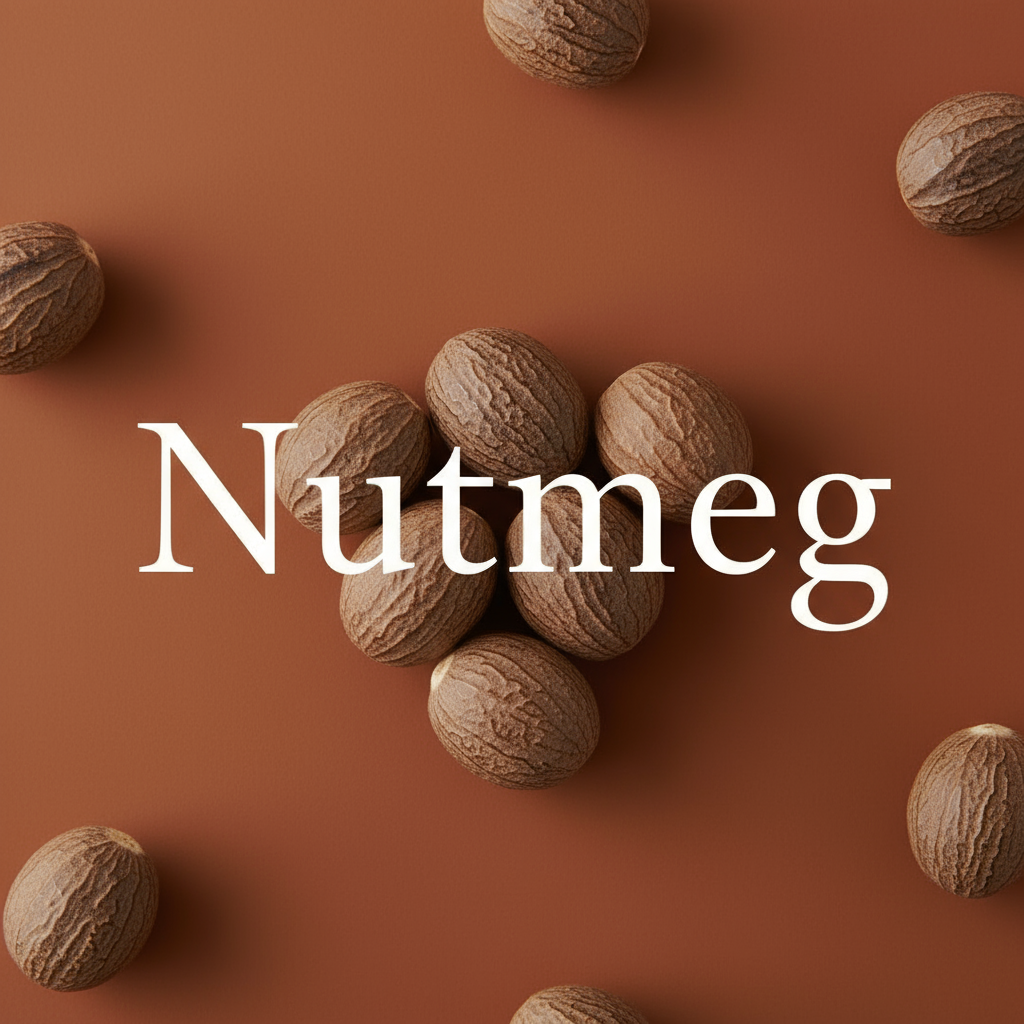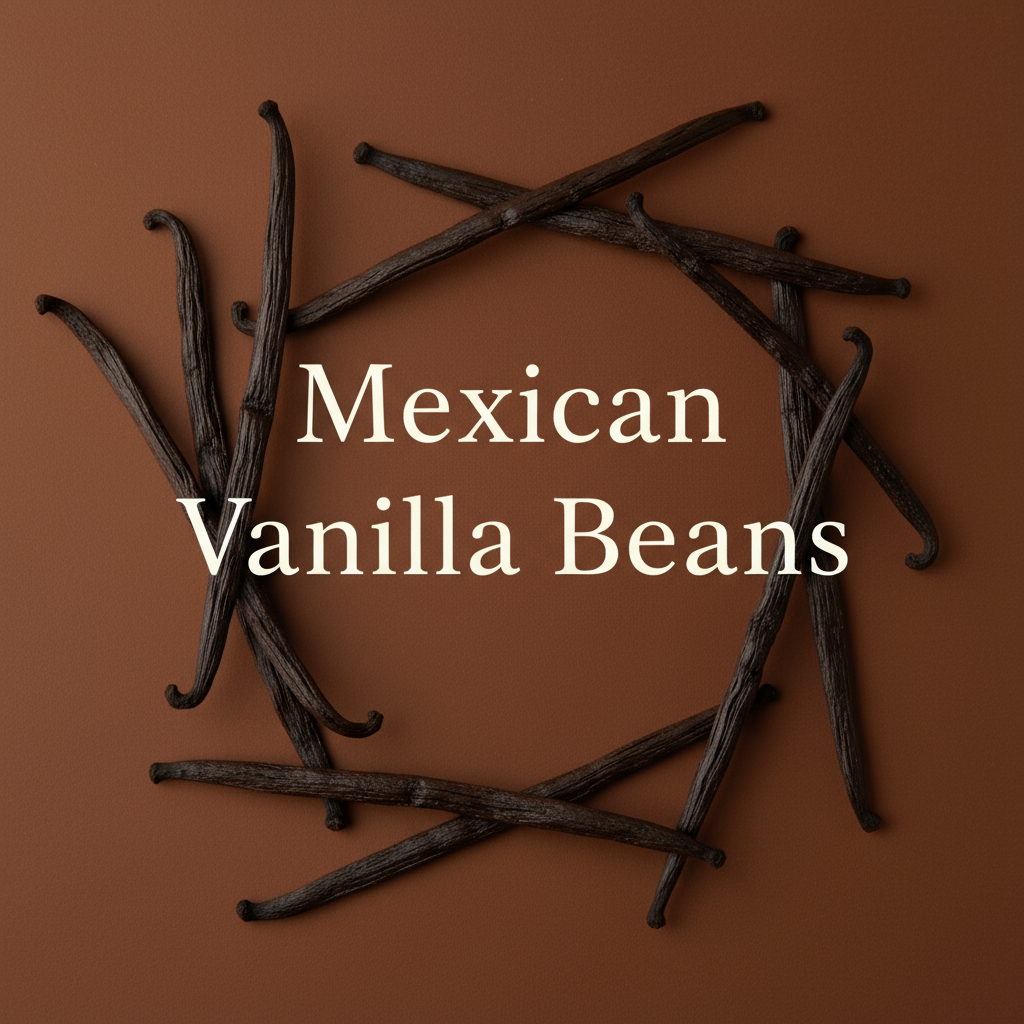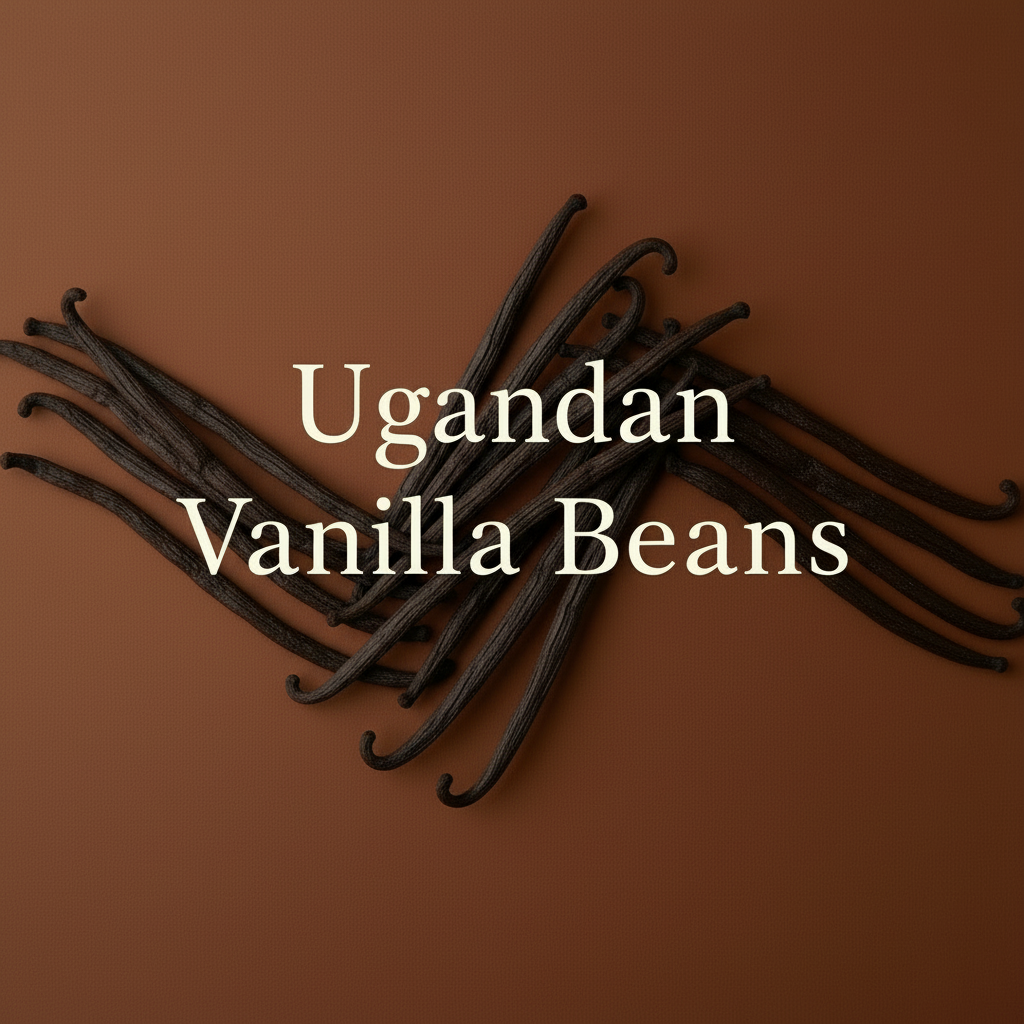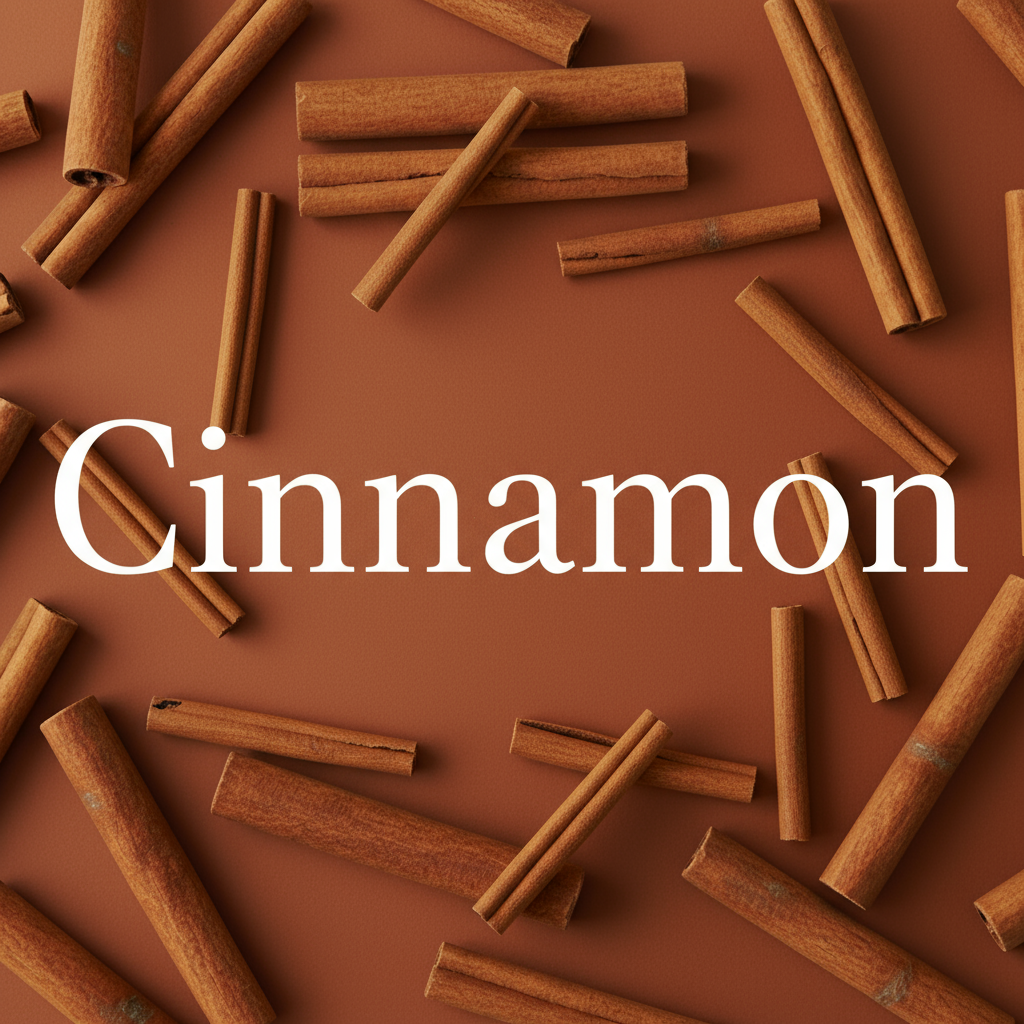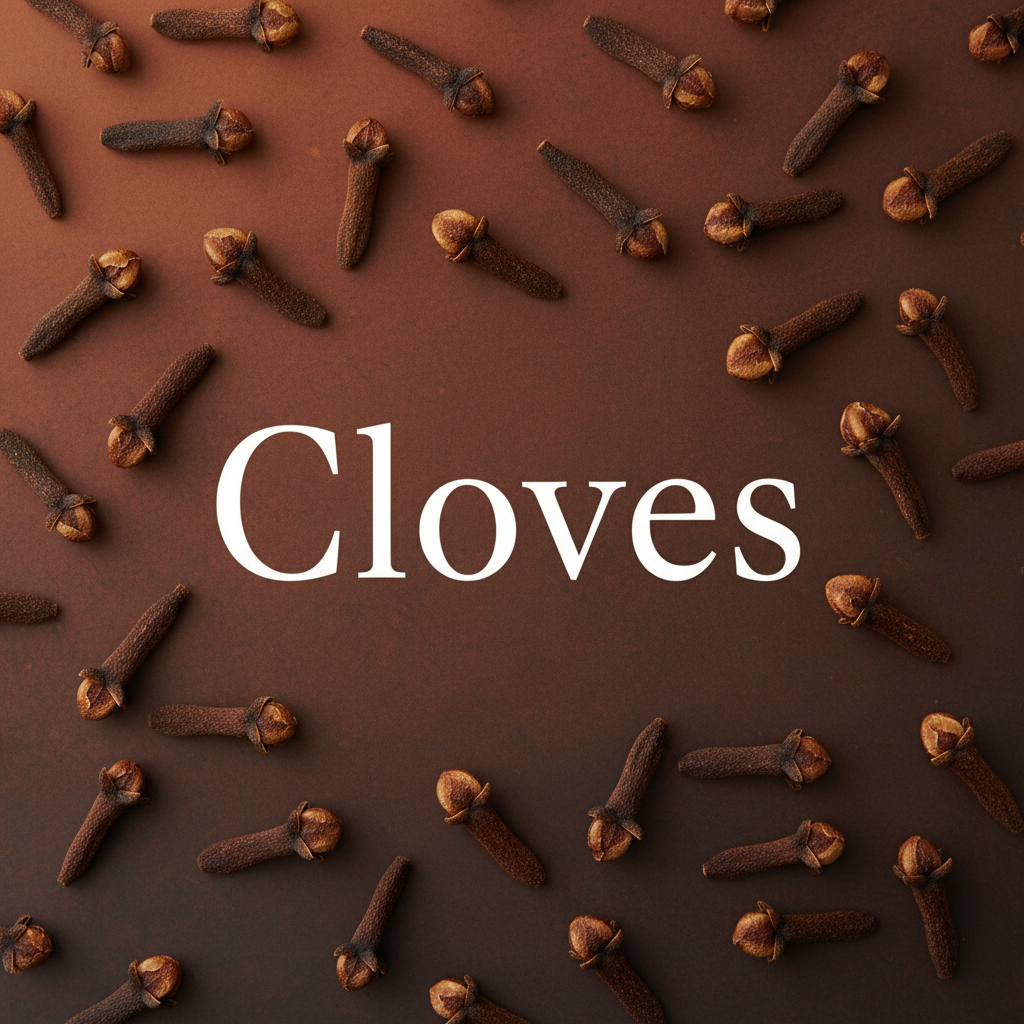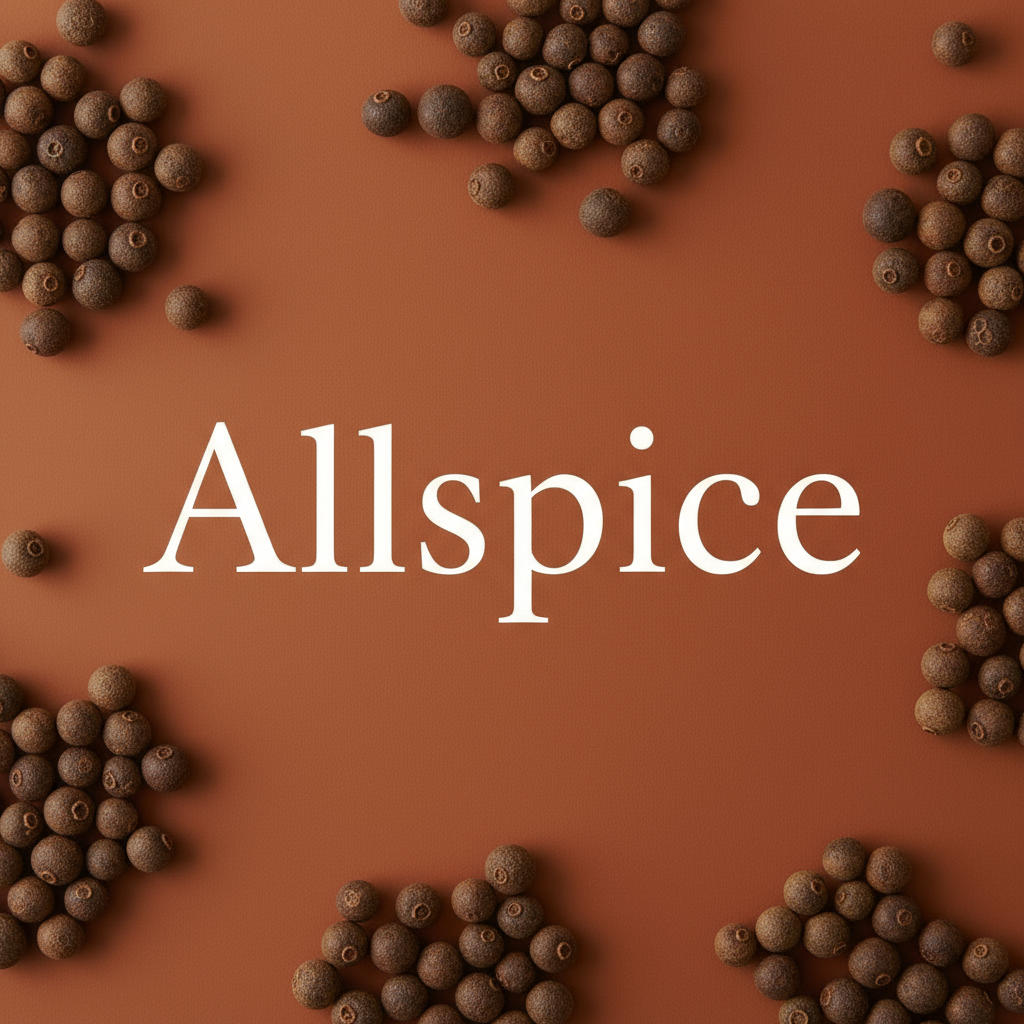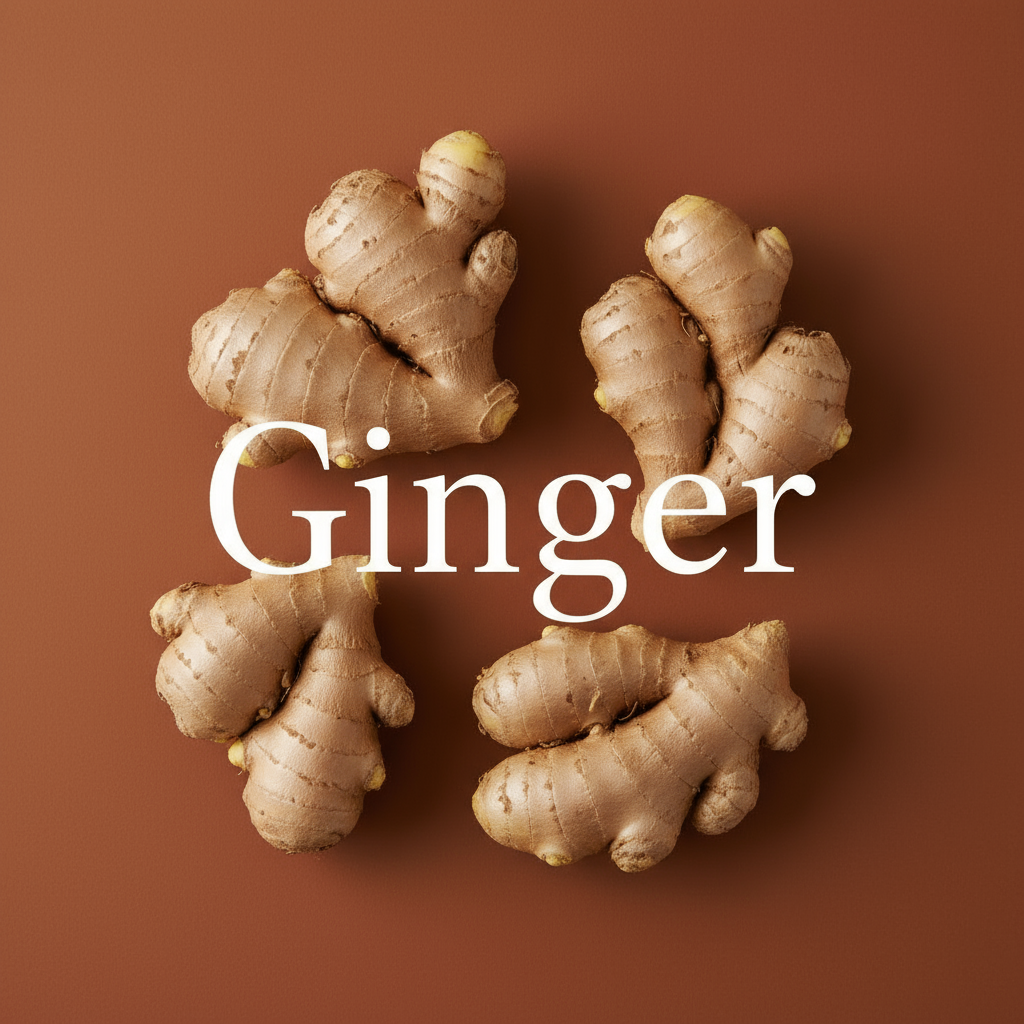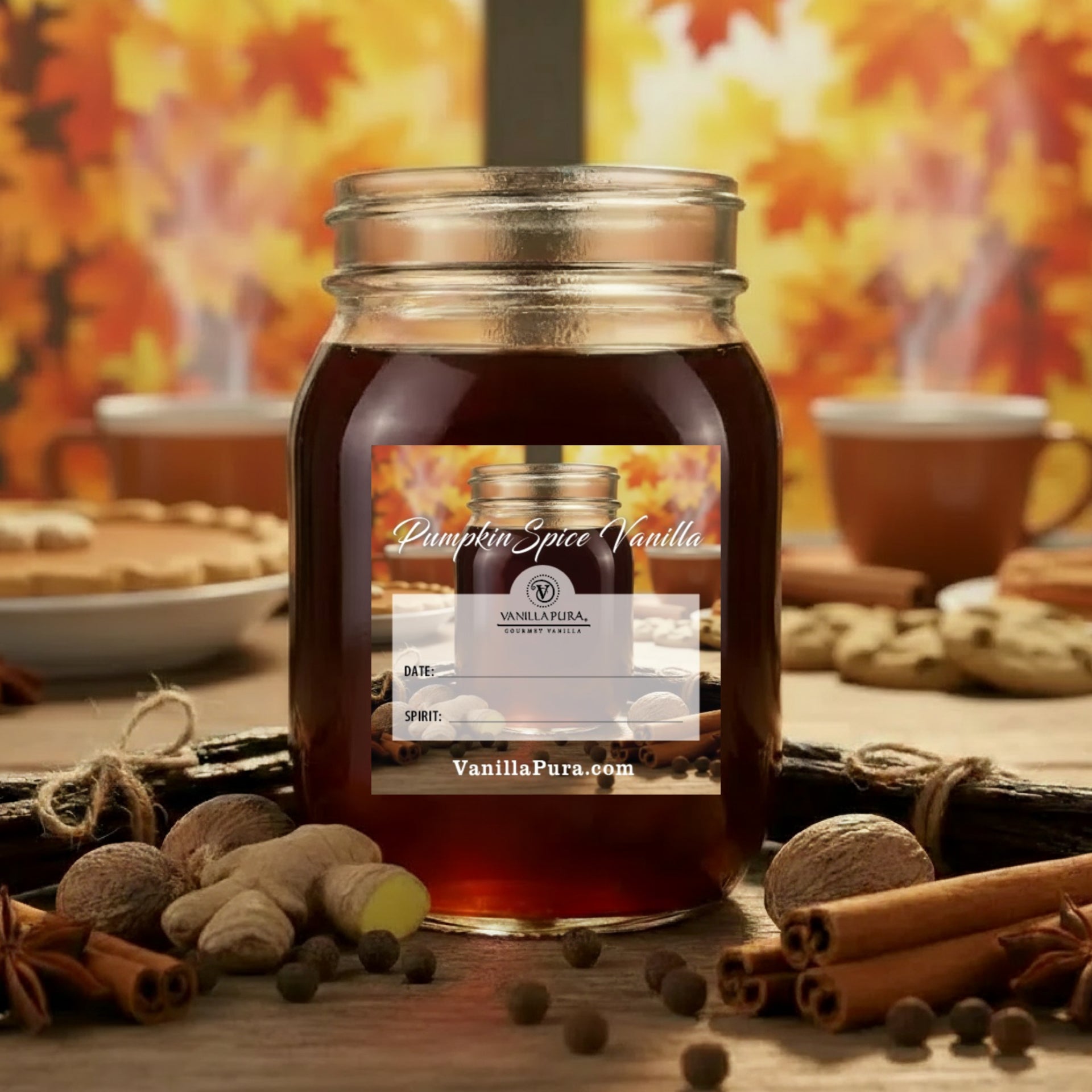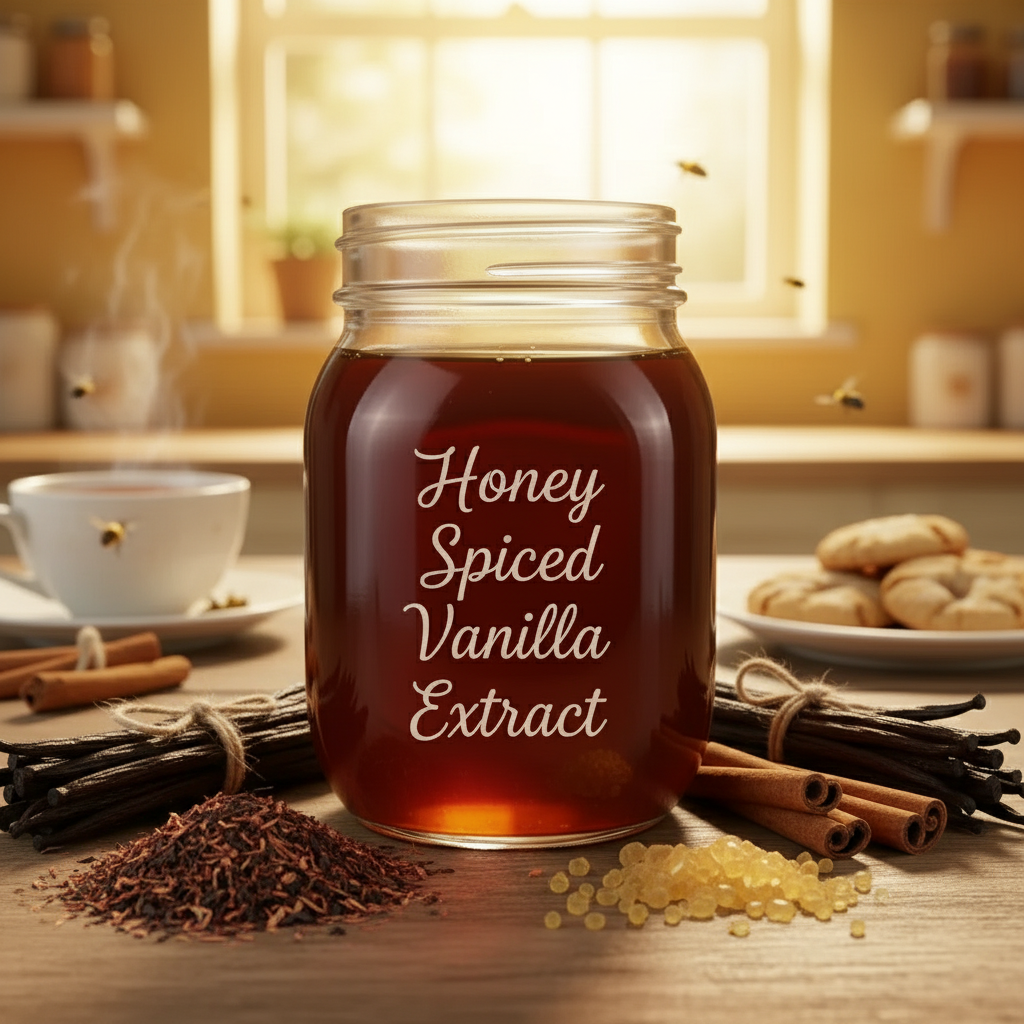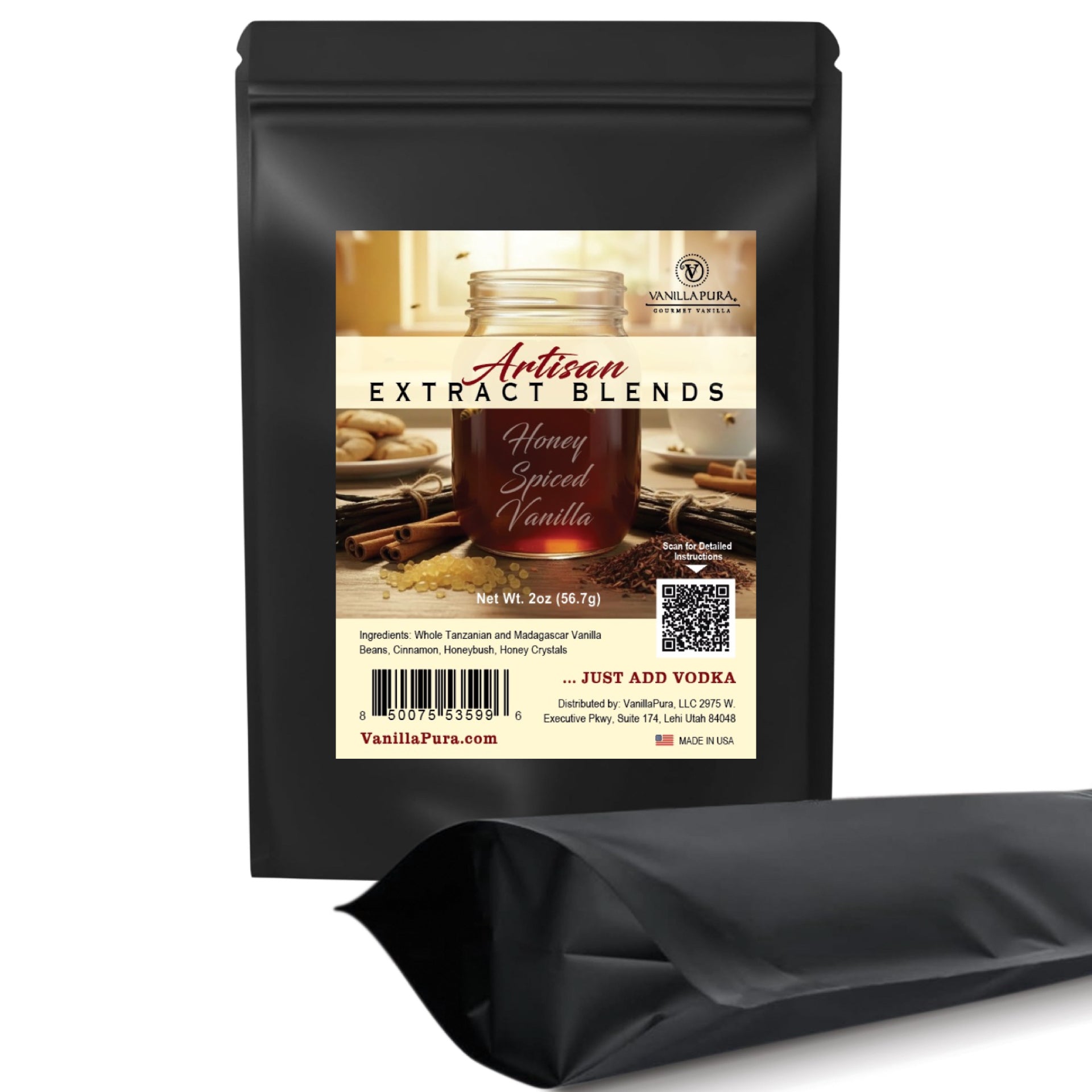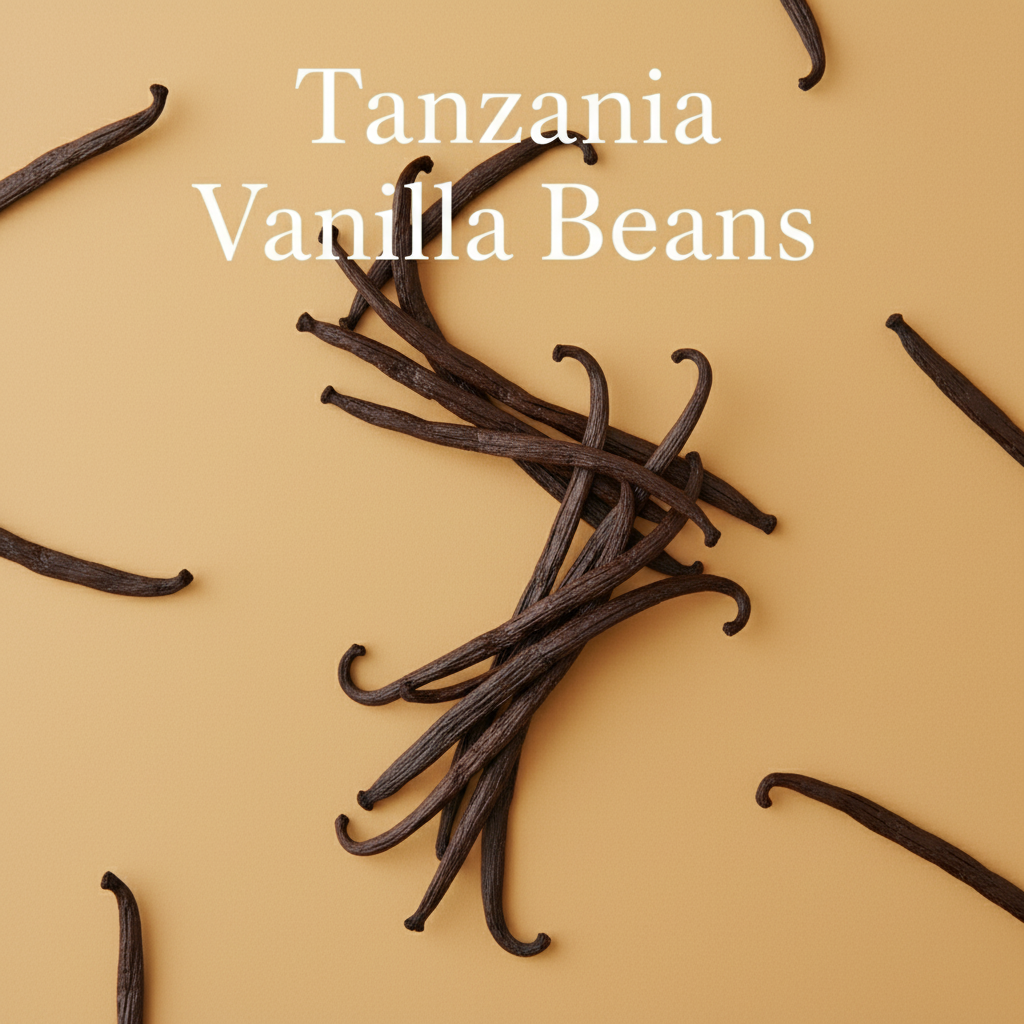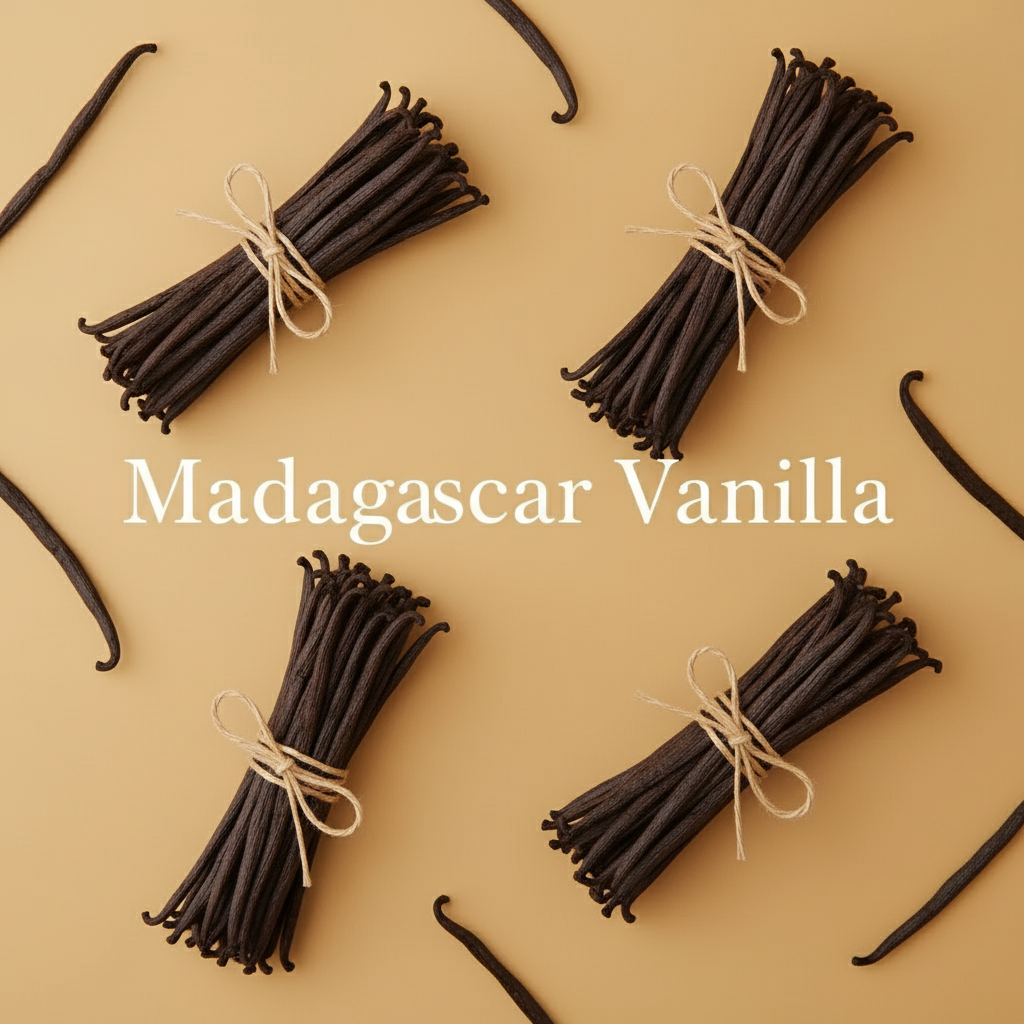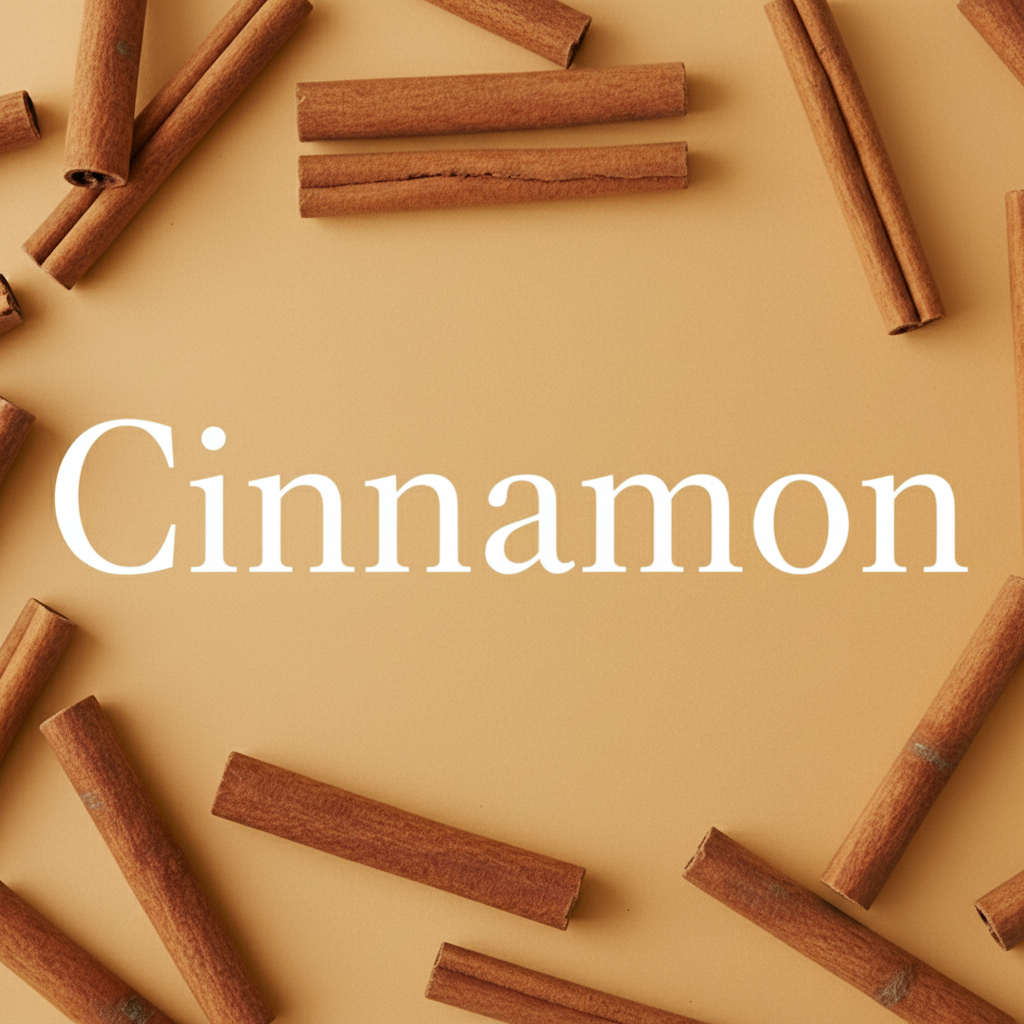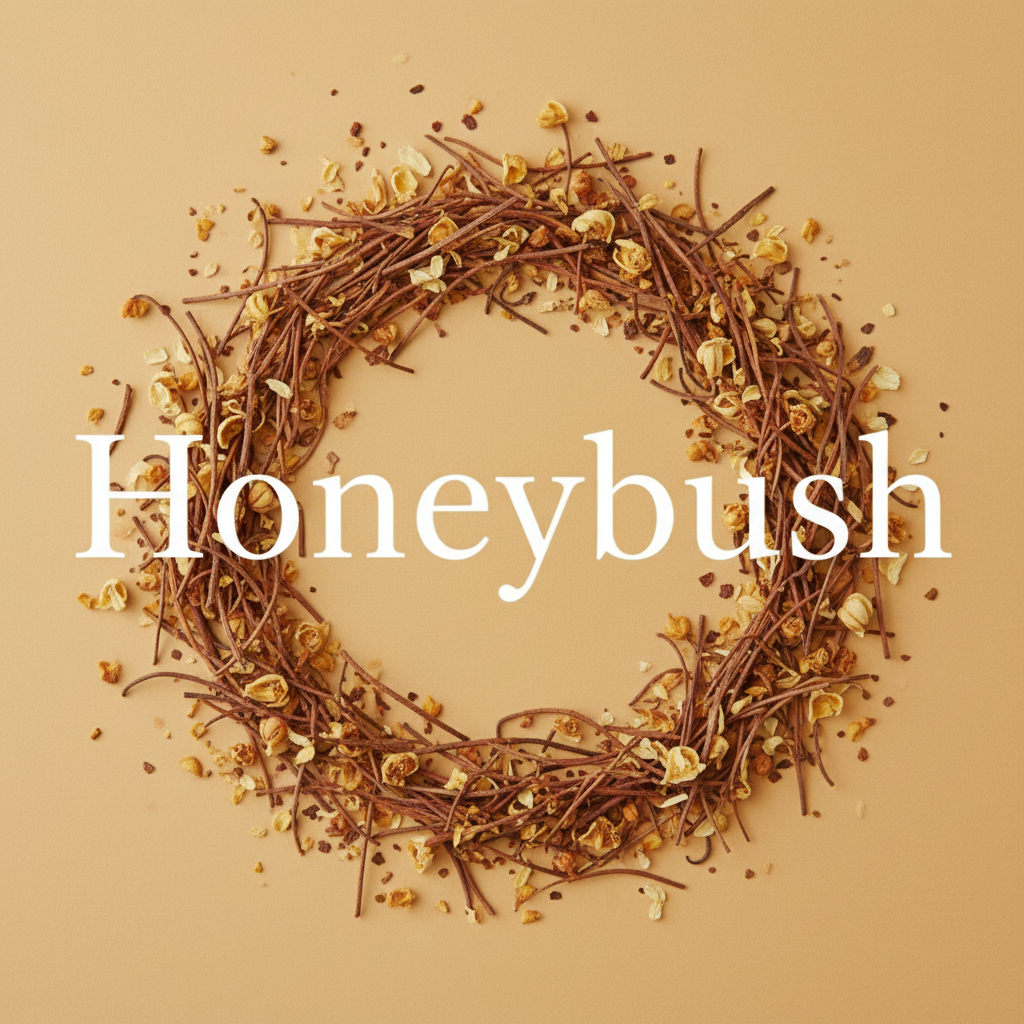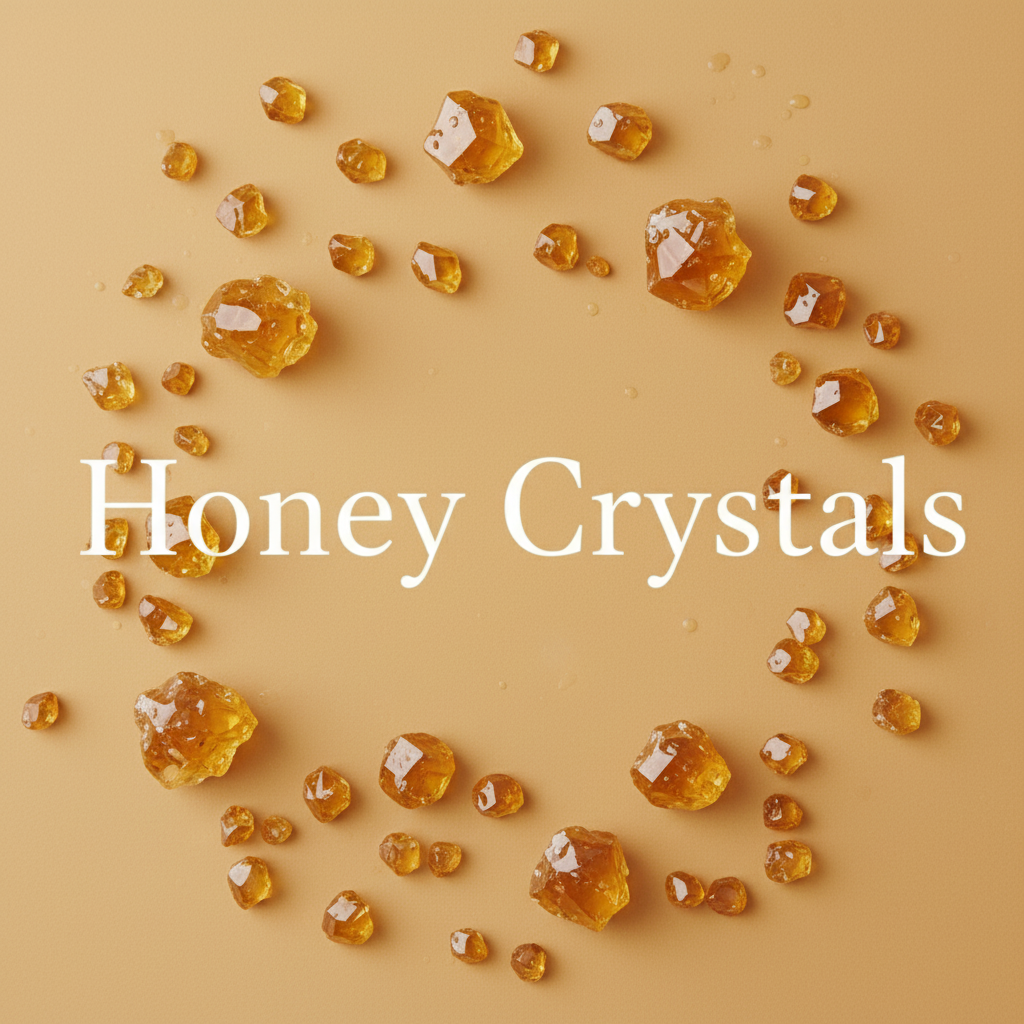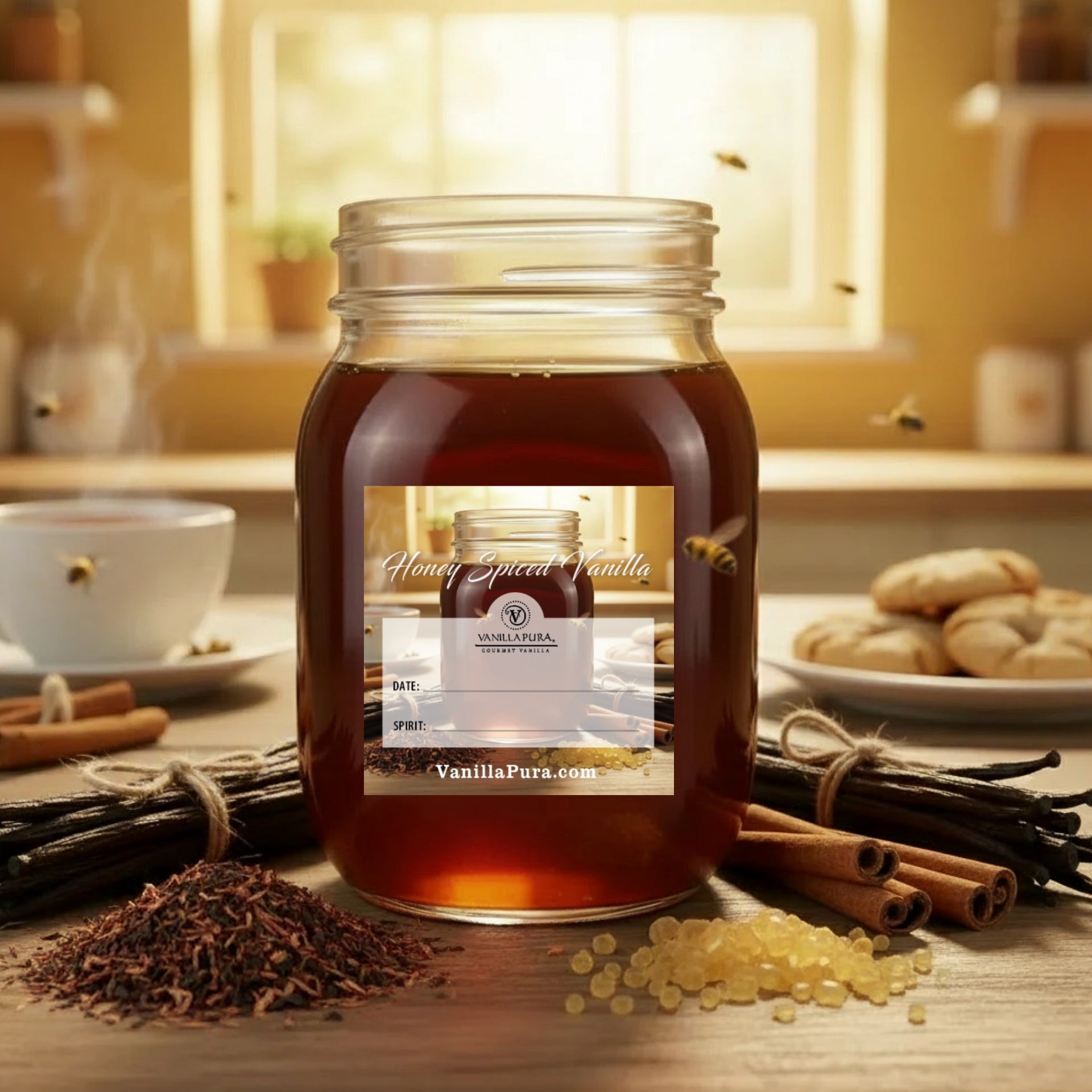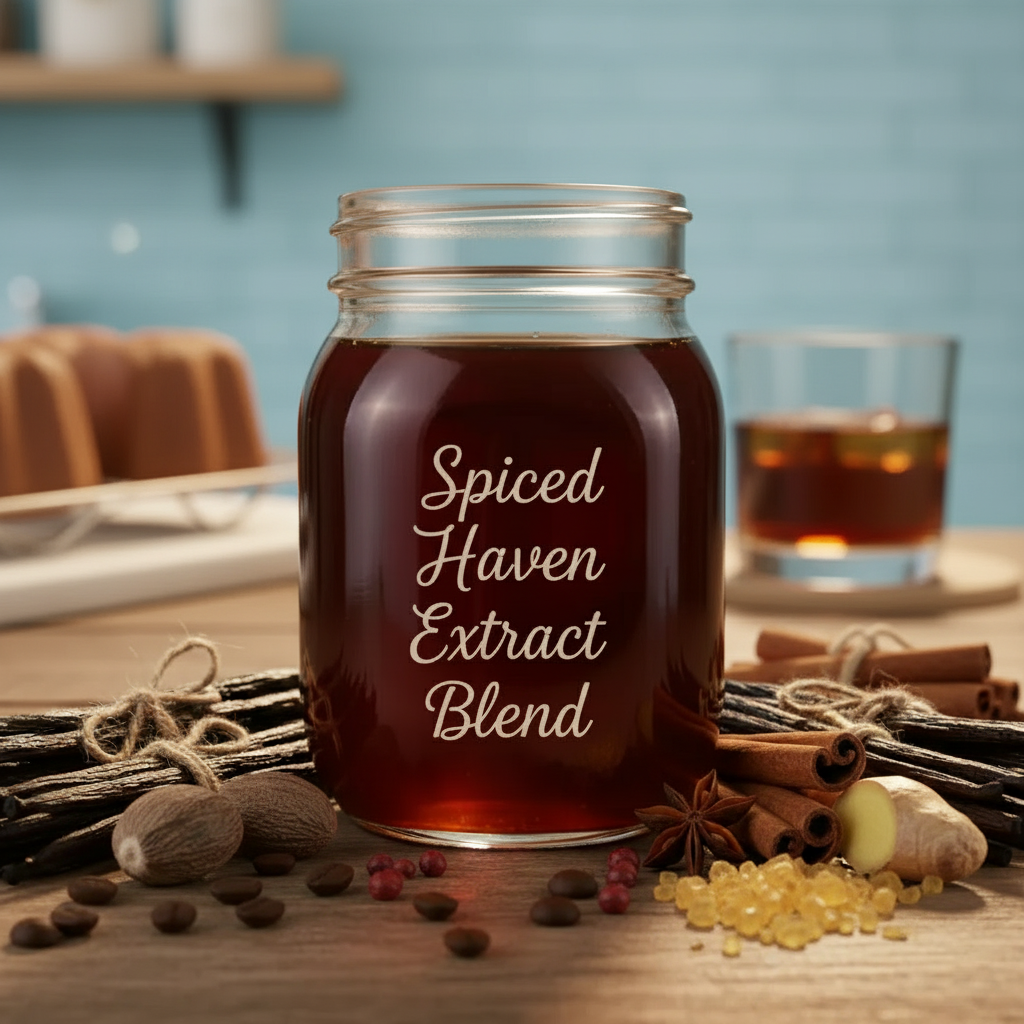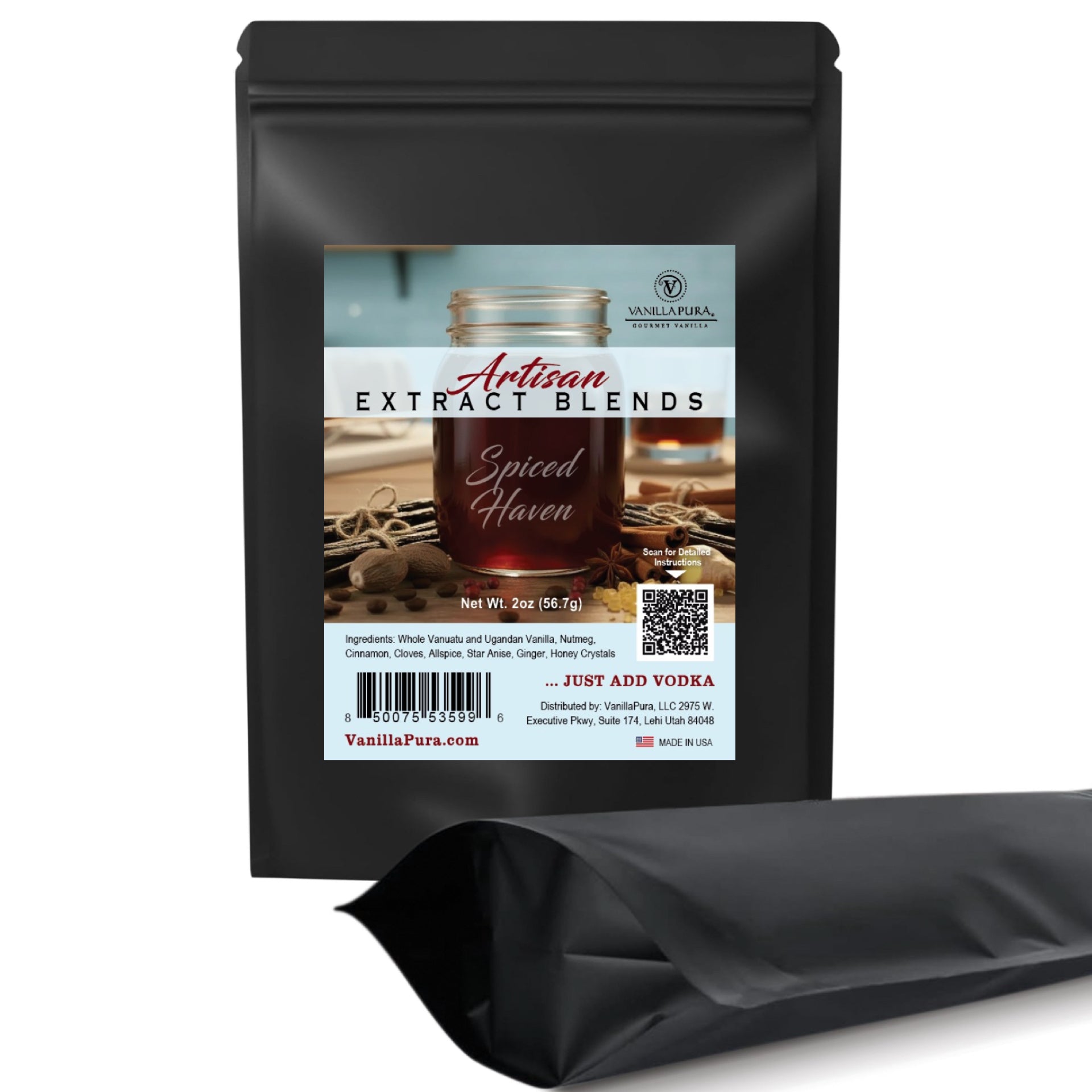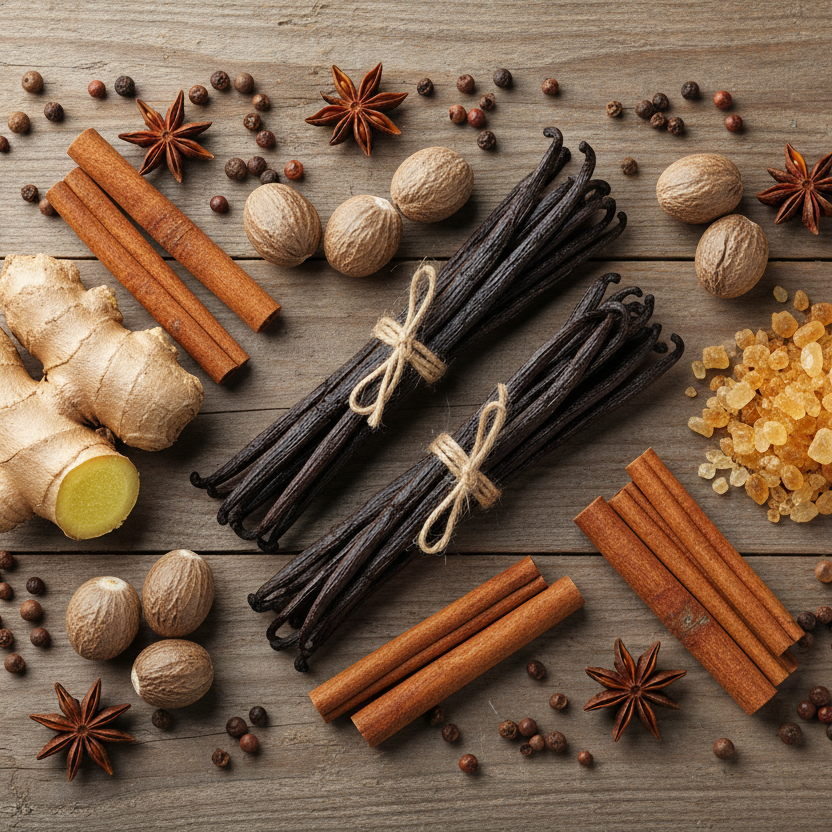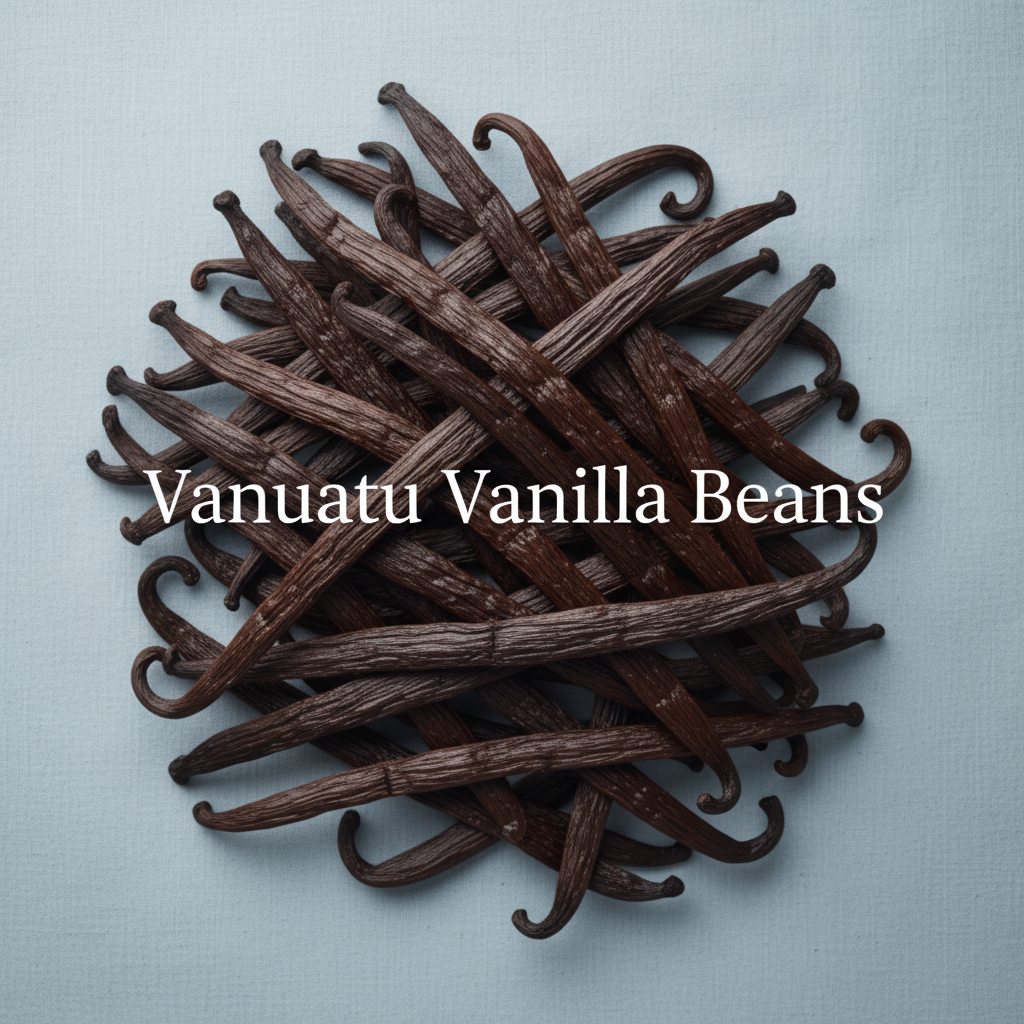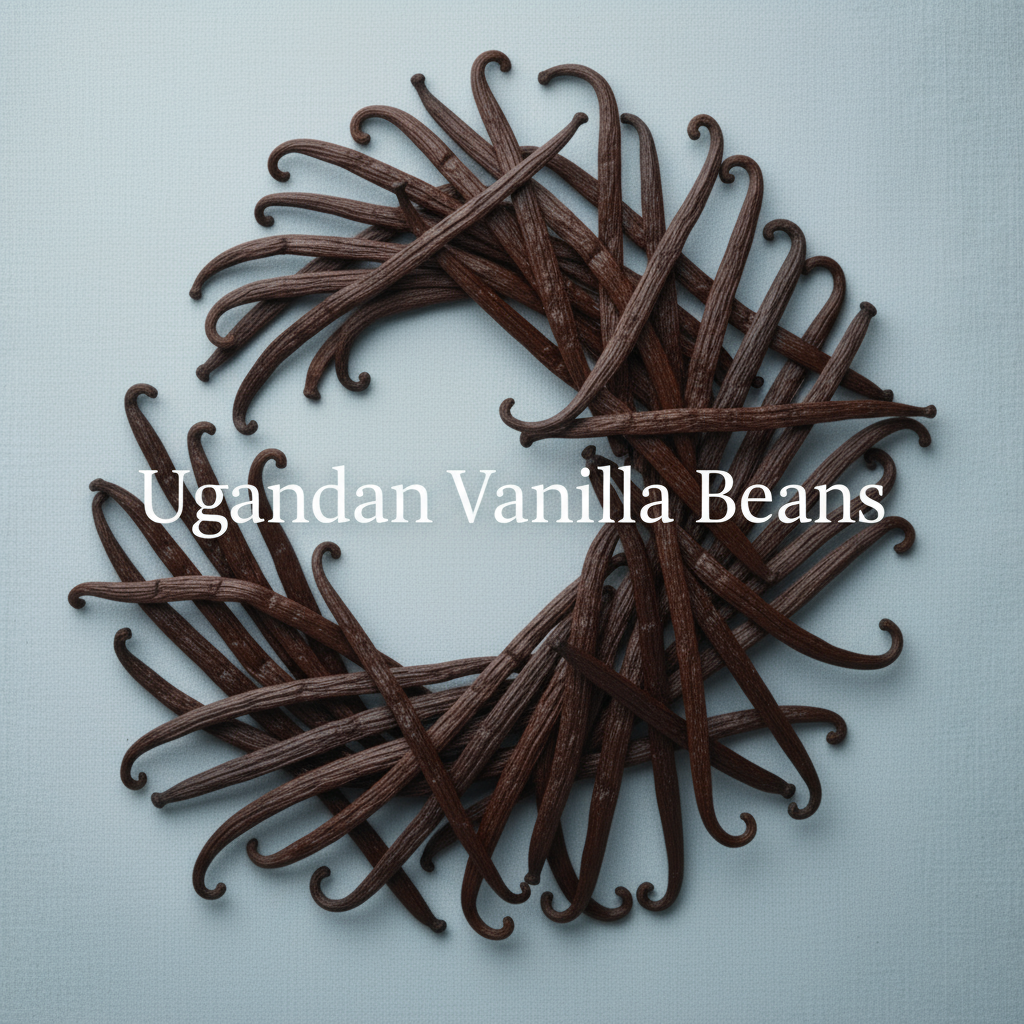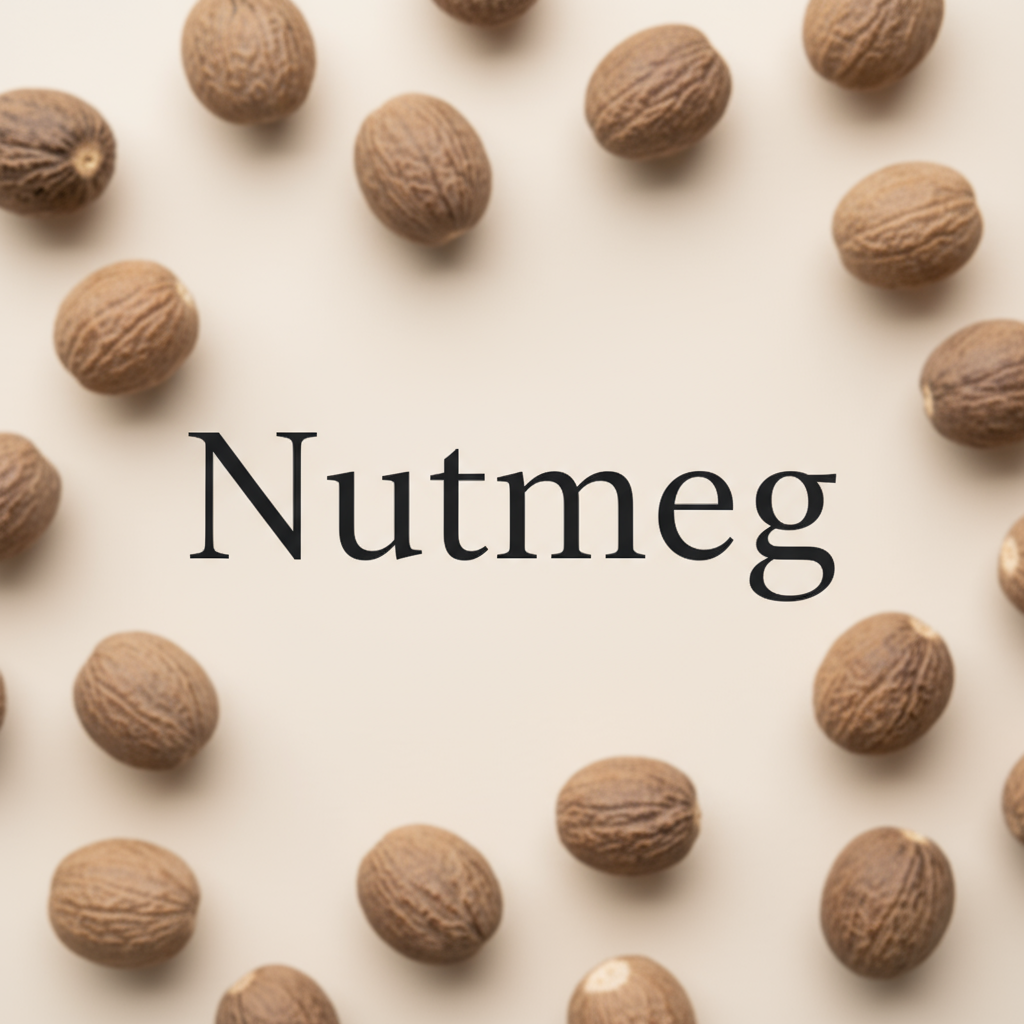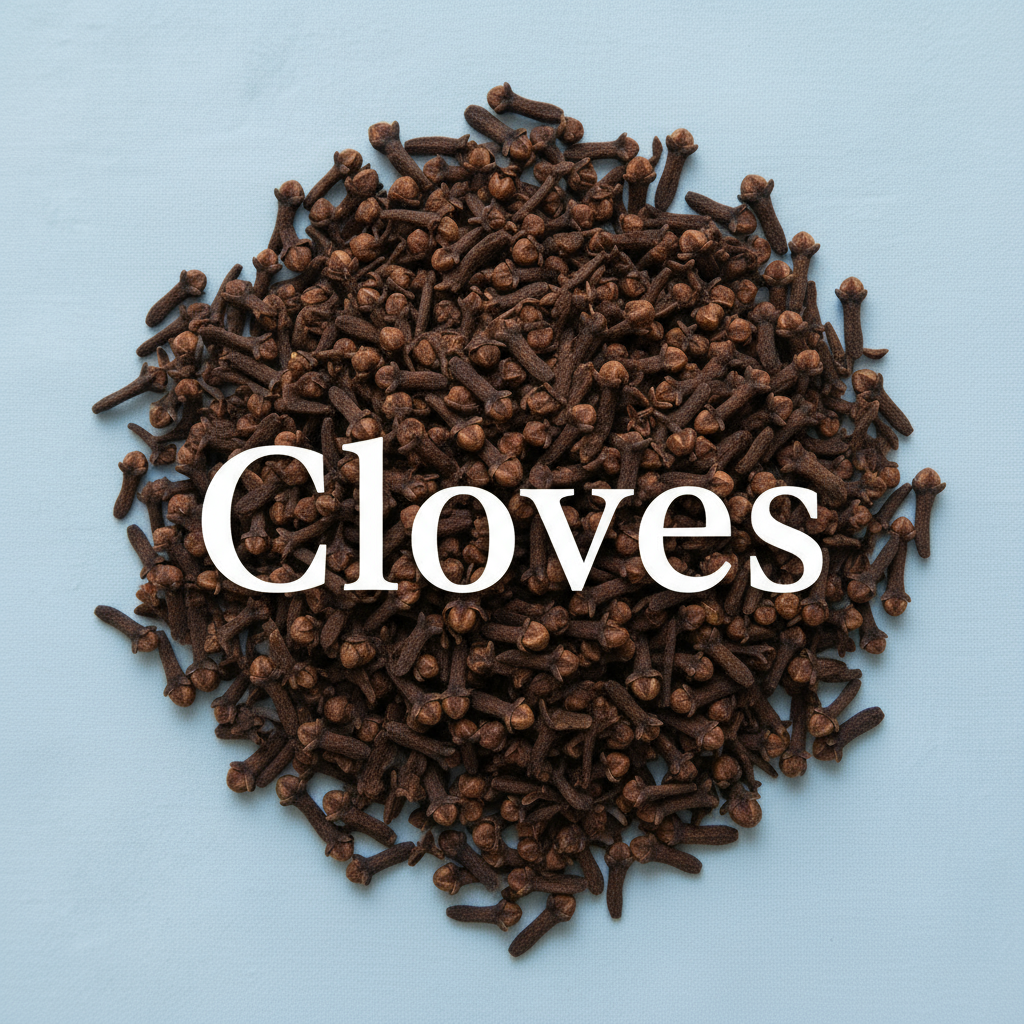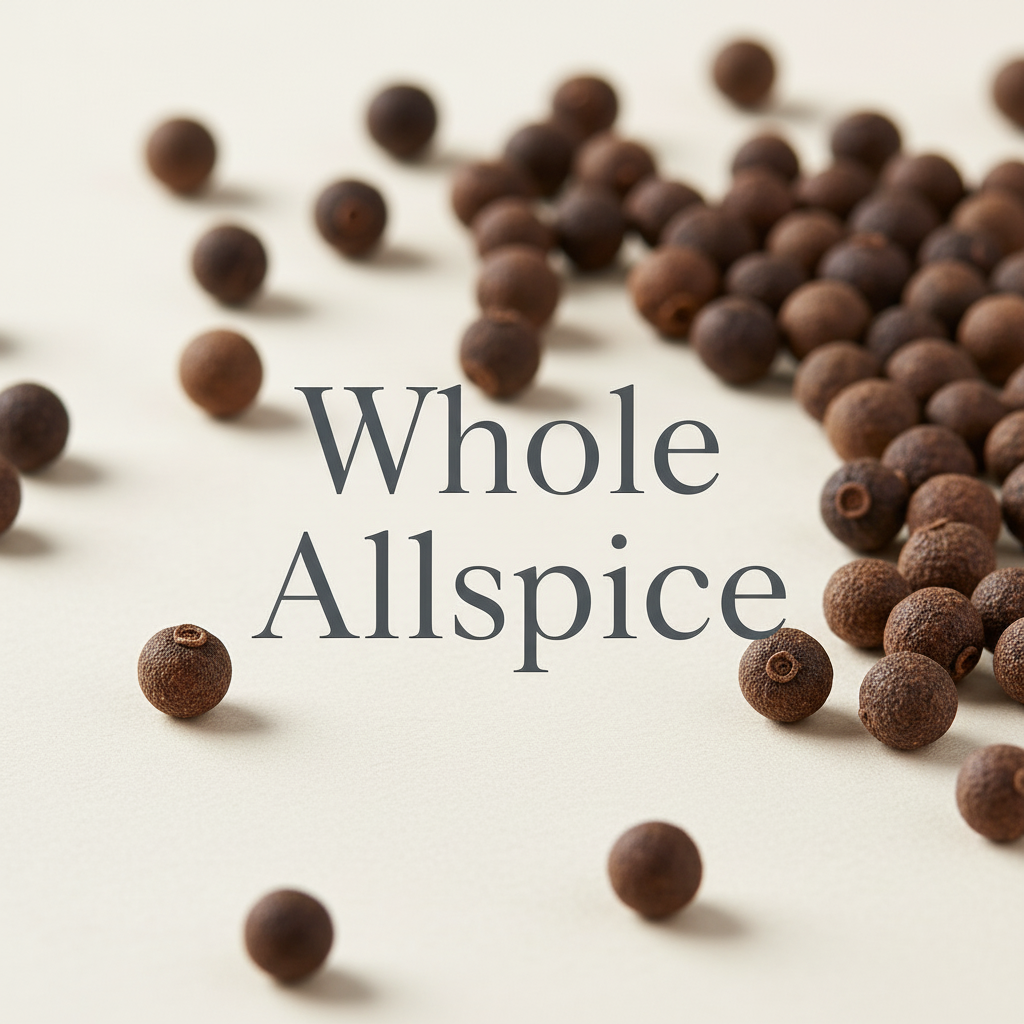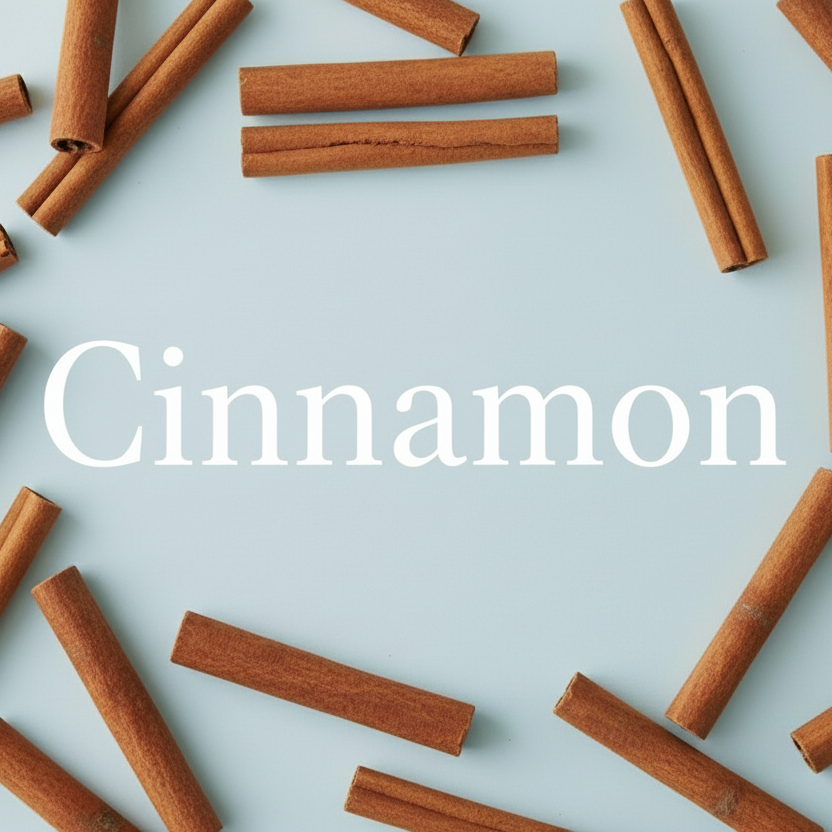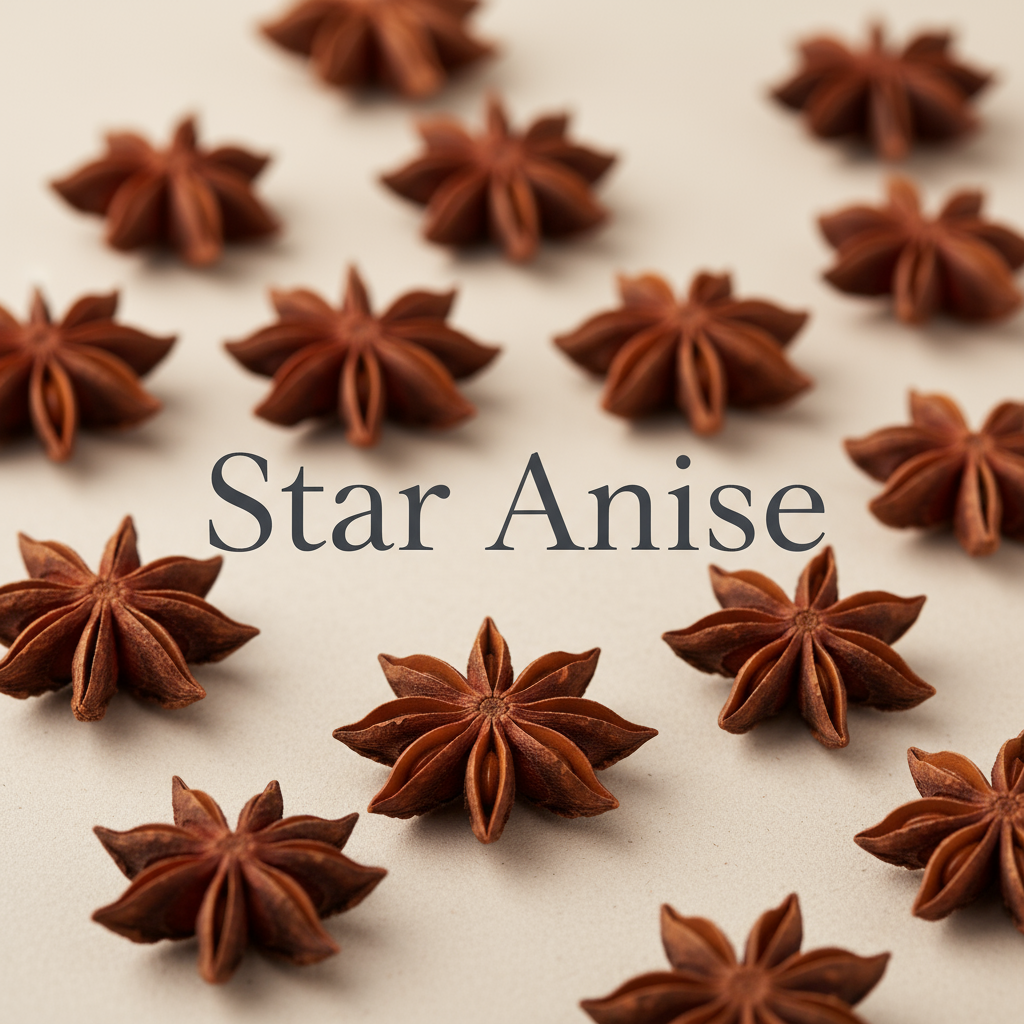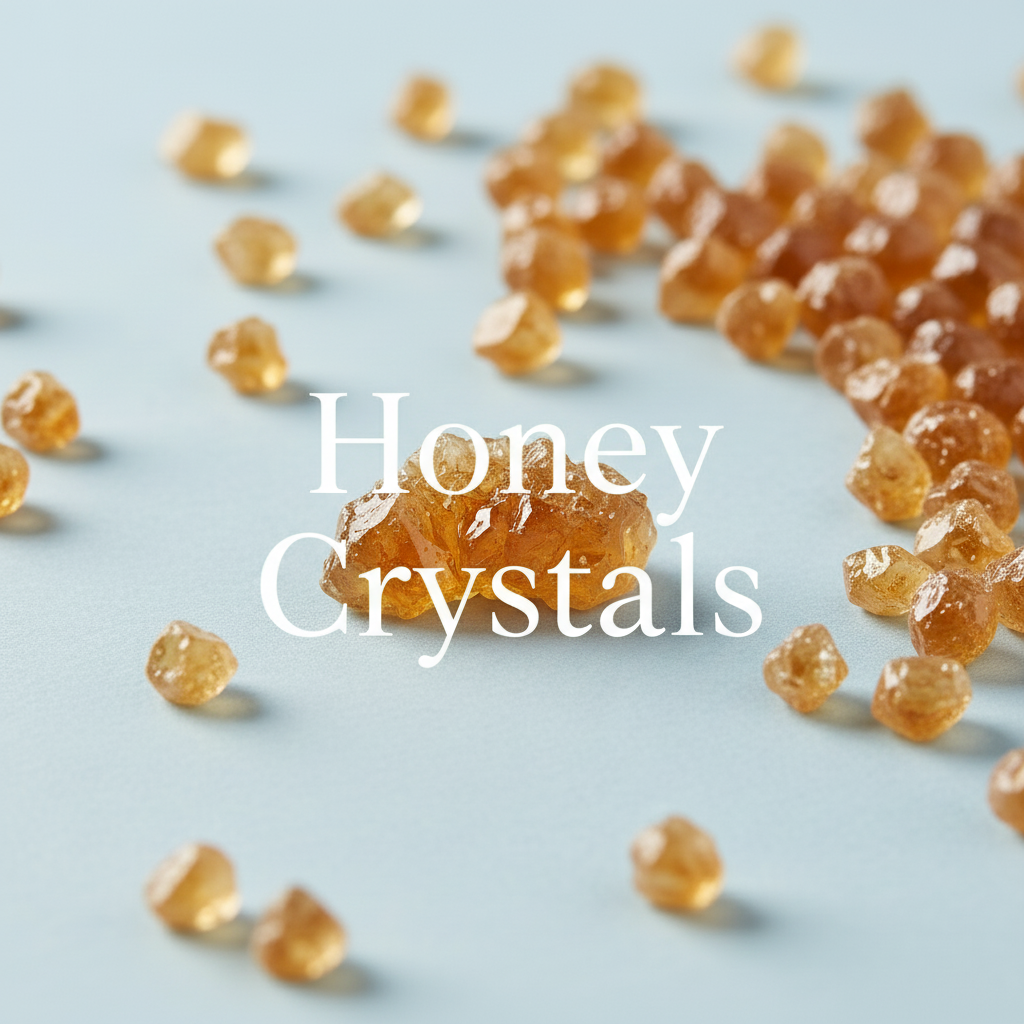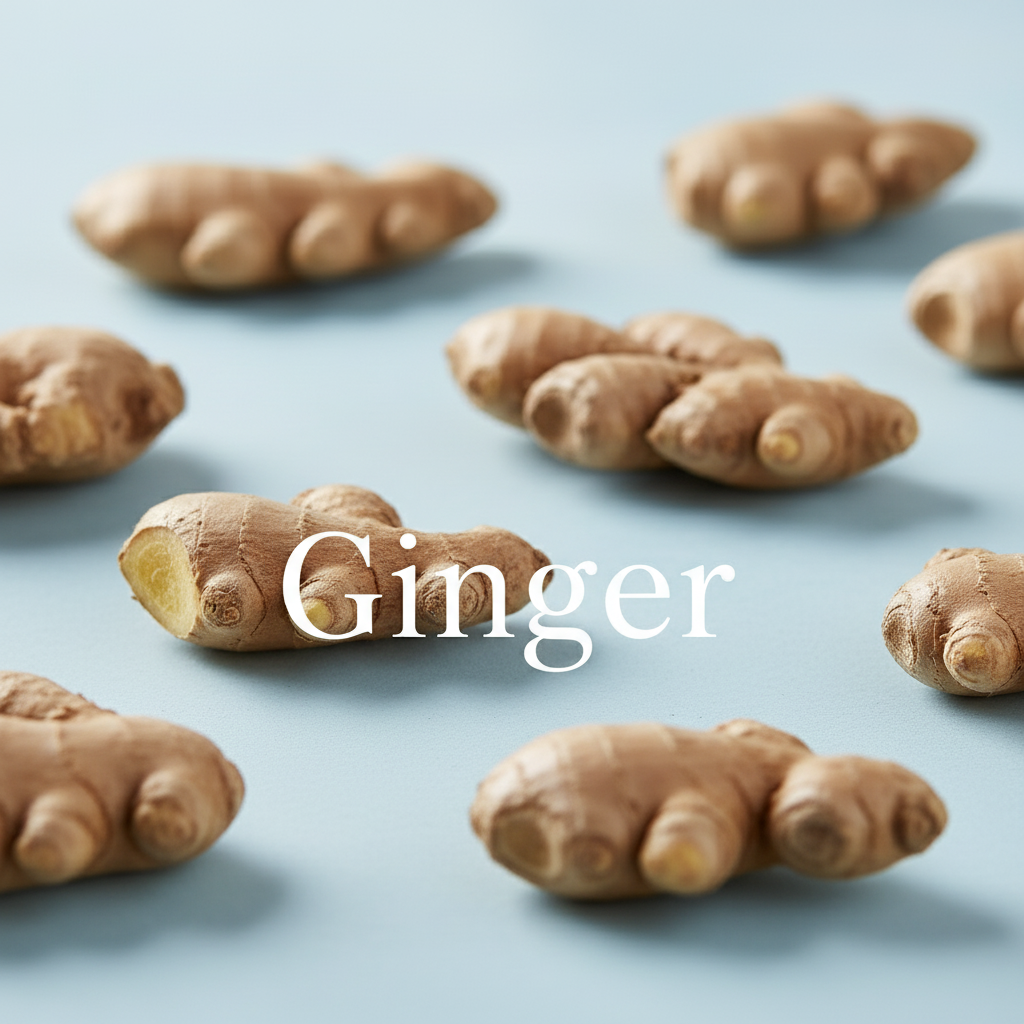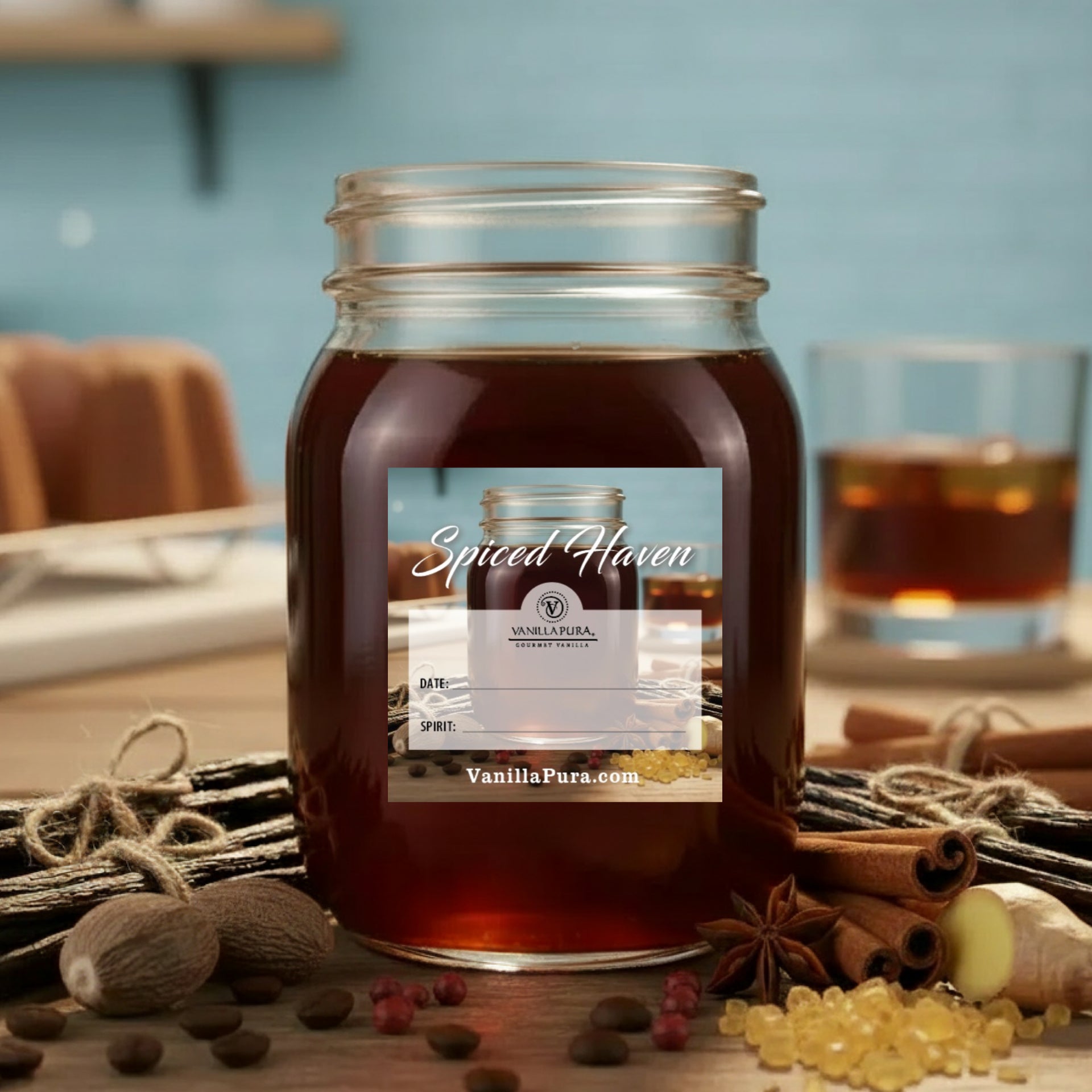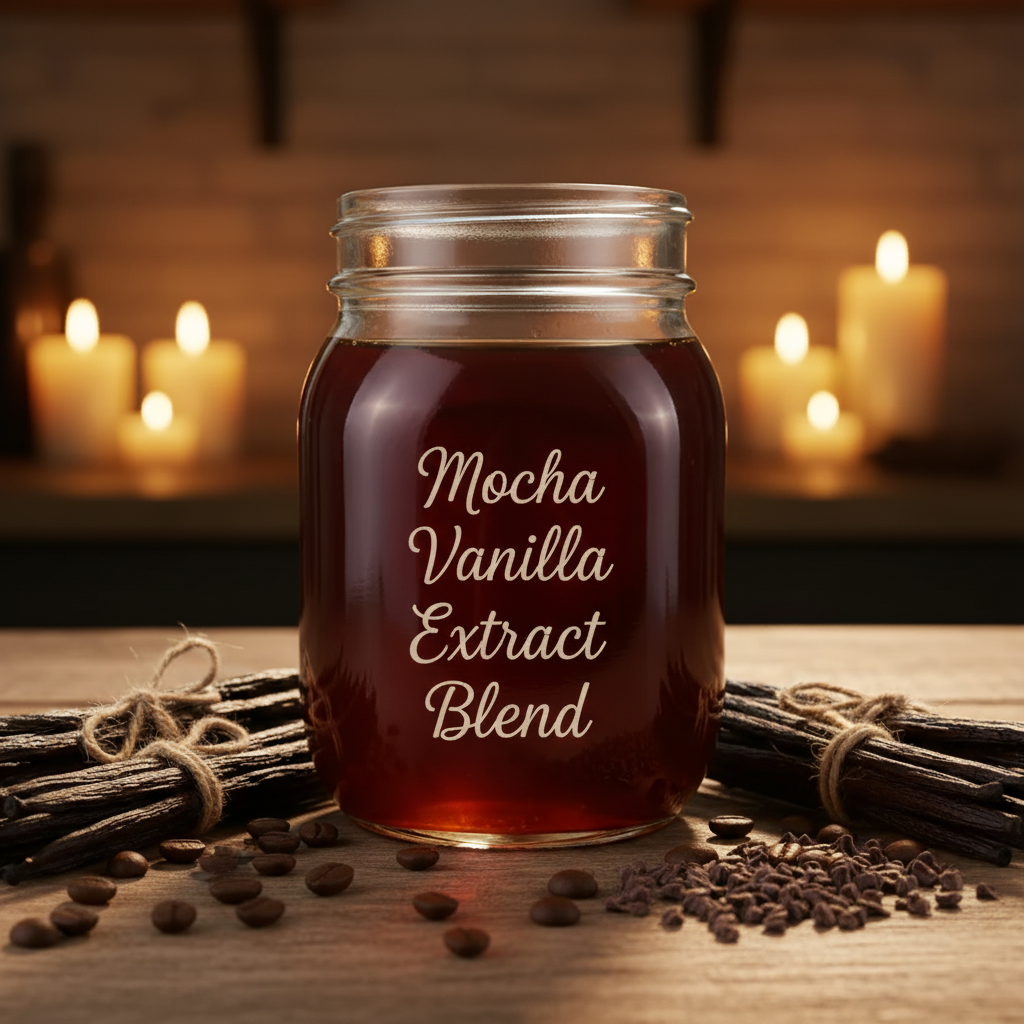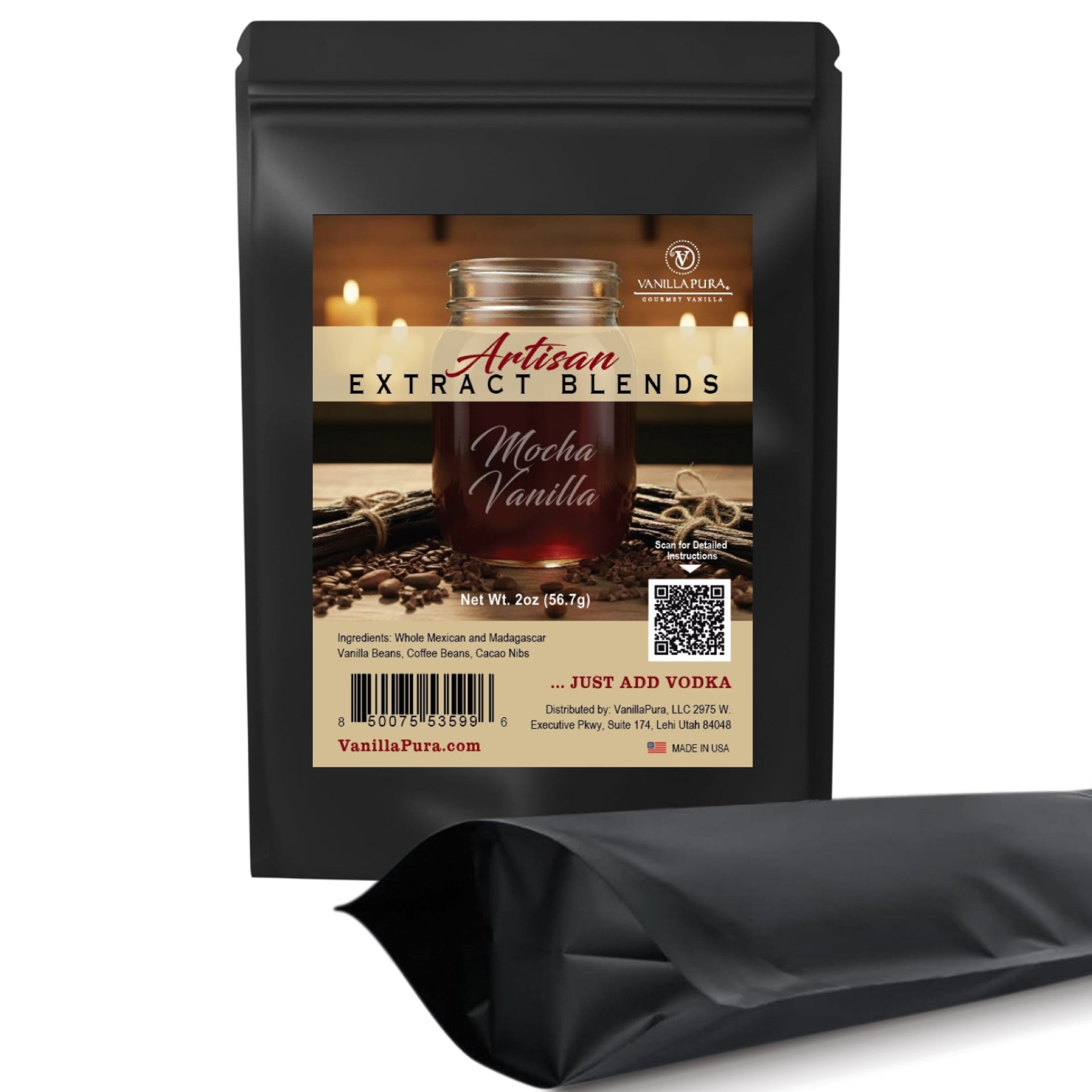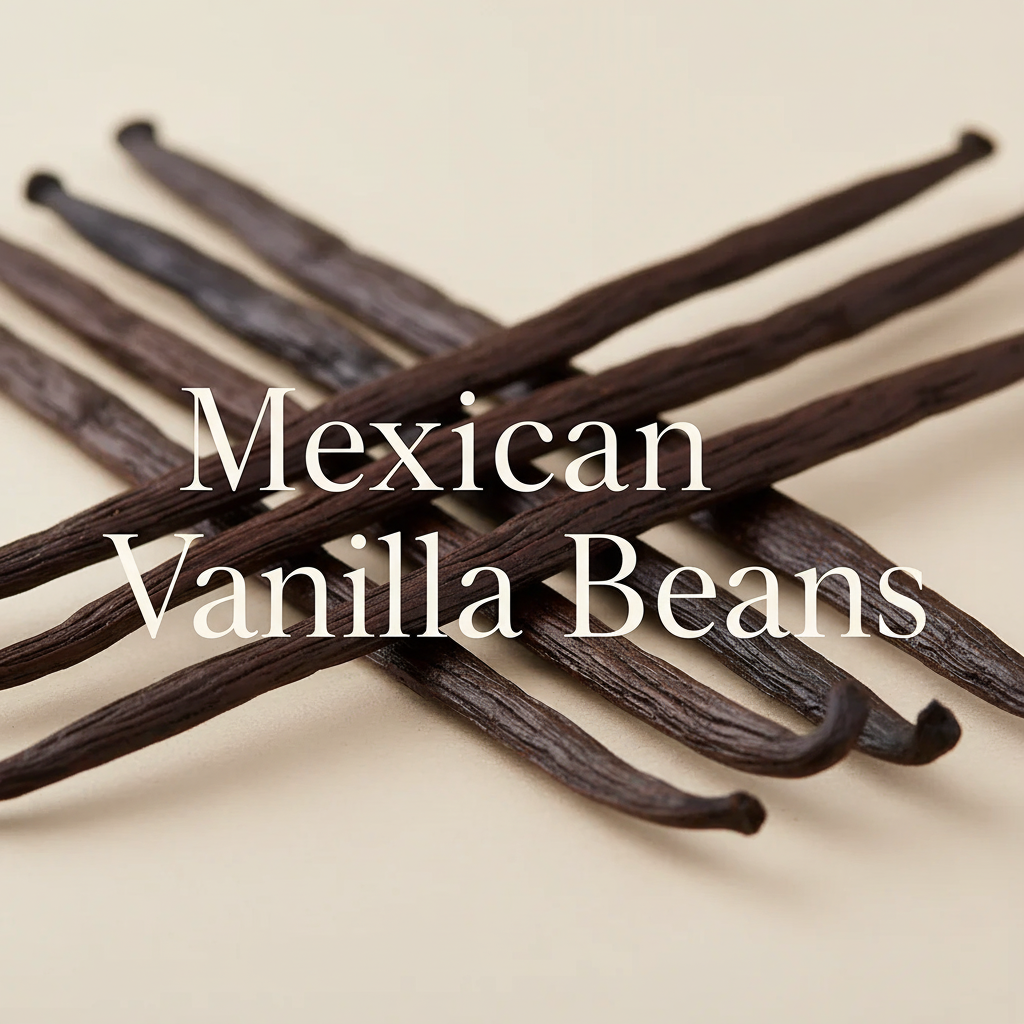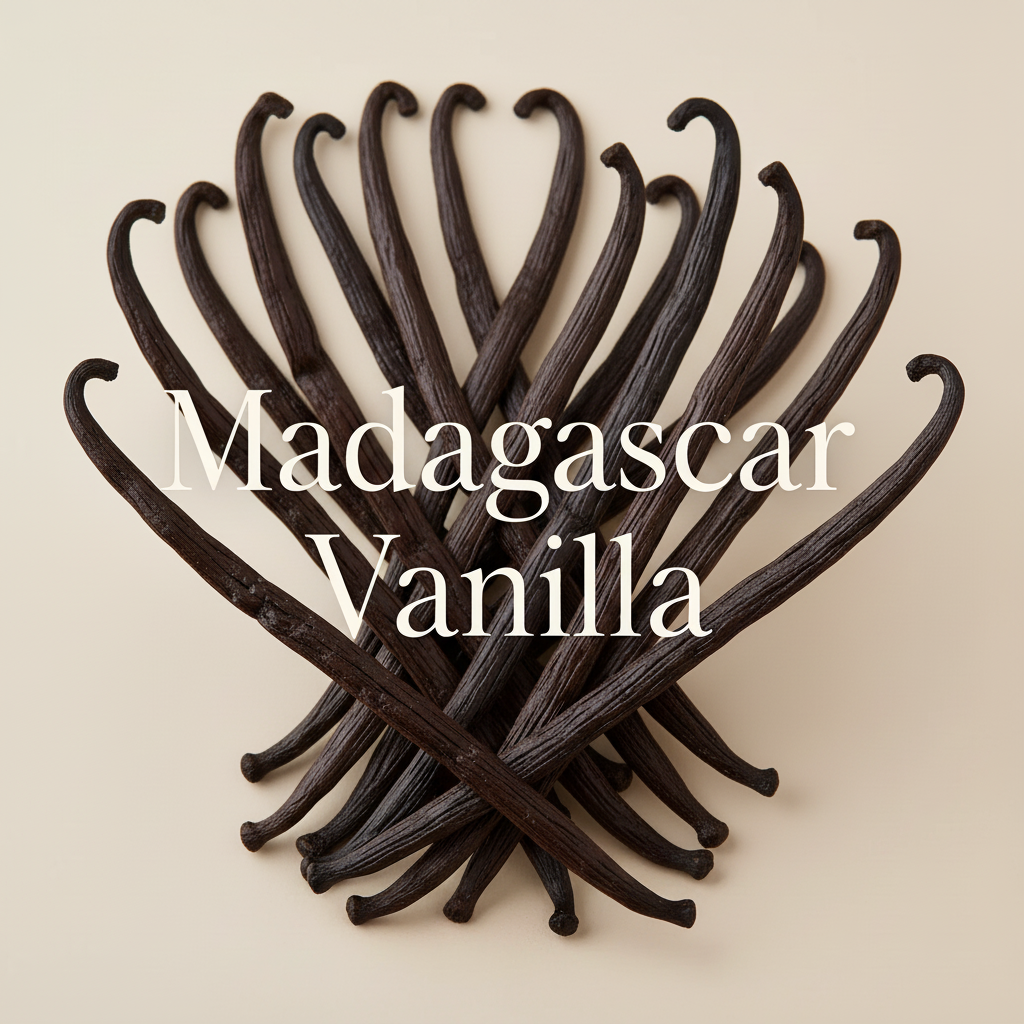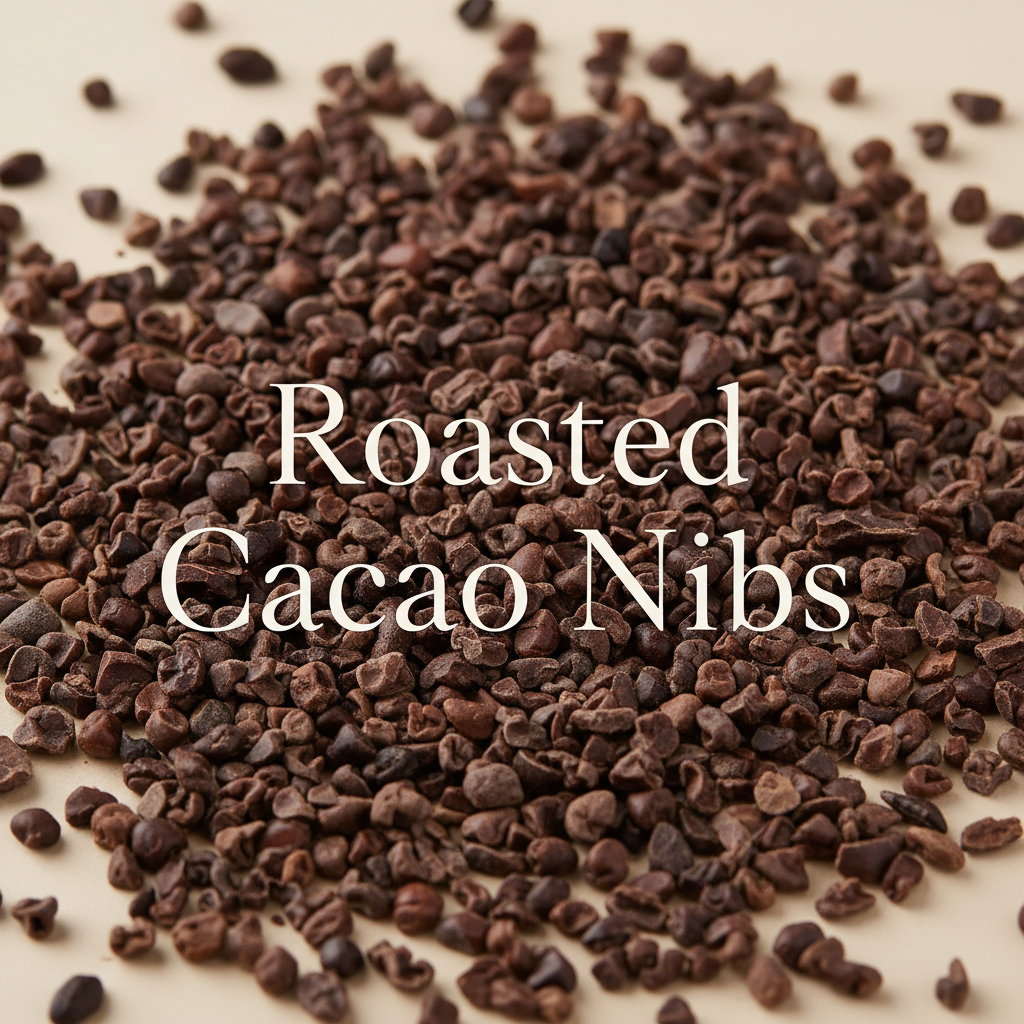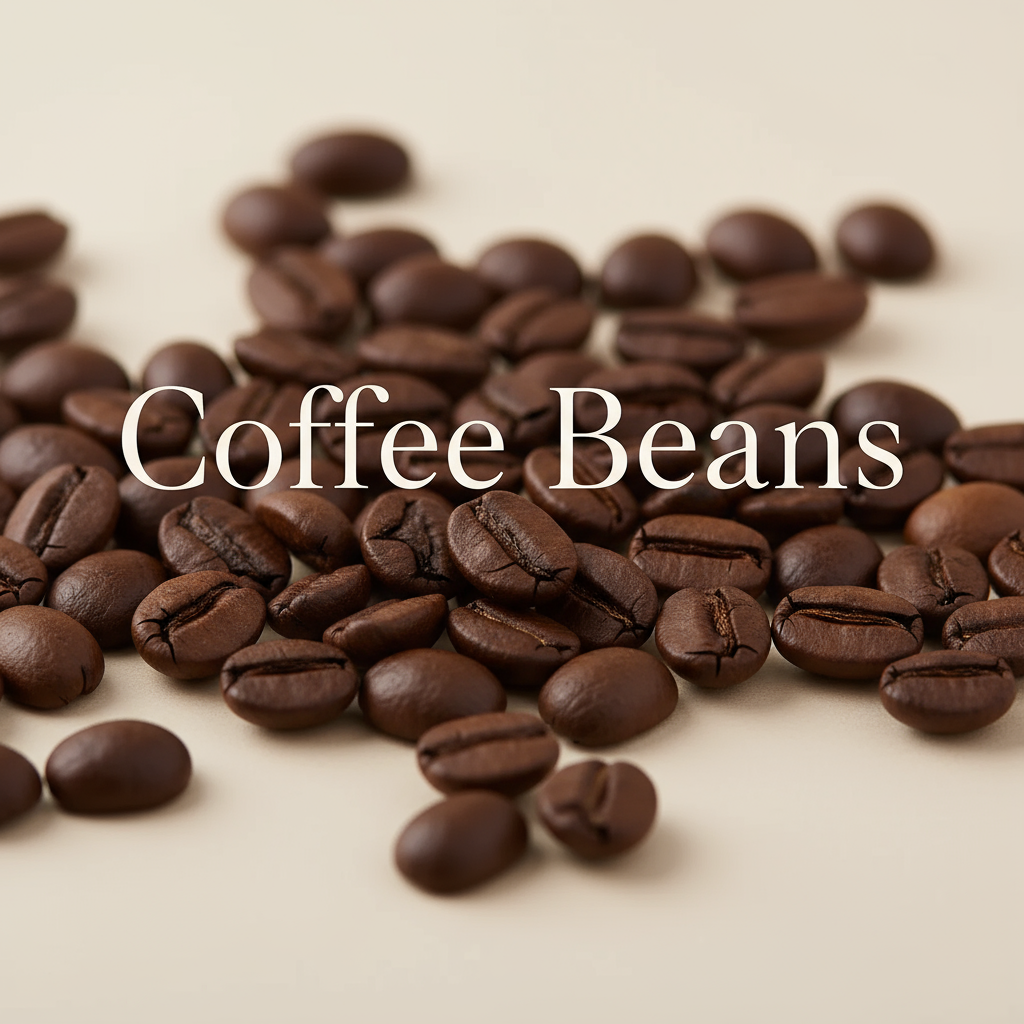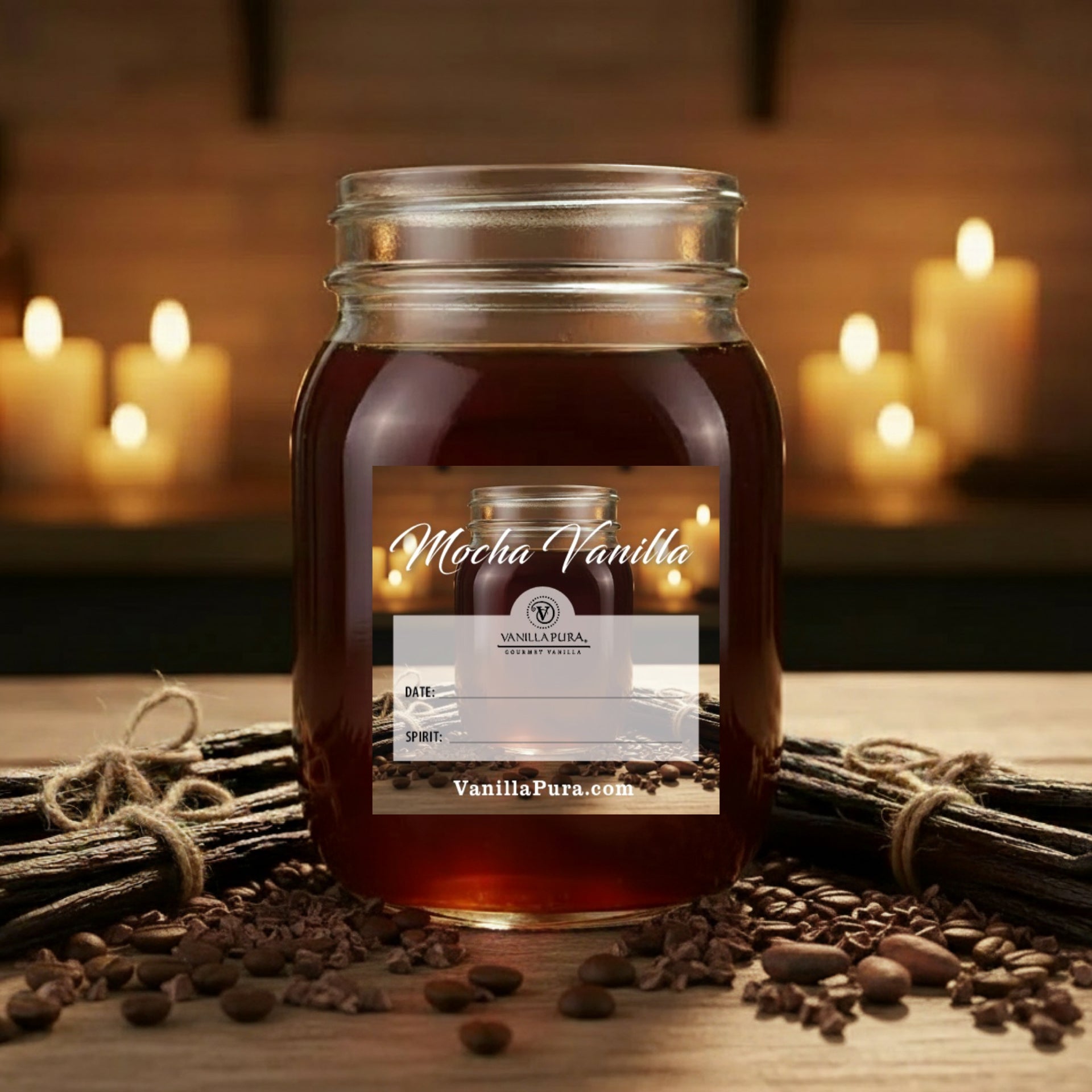How do Different Vanilla Beans Taste?
What is the Difference in Vanilla Bean Tastes?
Is there really a significant difference between each vanilla bean? The answer is a resounding YES!
Vanilla beans are, well, a bean. They grow in (what coffee makers call) the bean belt, which is roughly 25 degrees north and south of the equator.
Order The Art of Extract Making. The first professionally published extract-making book of its kind is available now!

The climate within the bean belt is the most ideal for growing coffee beans, cacao beans and every other bean, including vanilla beans. Similar to coffee and chocolate, vanilla beans take on the taste of the soil and climate where they are grown. In the same way a coffee aficionado will tell you that Columbian coffee is completely different than Brazilian or Costa Rican coffee, a vanilla bean aficionado will tell you that a Tahitian vanilla bean is nothing like a Madagascar vanilla bean.
So, what's the difference?
First of all, let's discuss vanilla bean DNA. There are hundreds of vanilla bean species in the world, but the three most popular are:
- Planifolia
- Pompona
- Tahitensis (Also called, "Tahitian" or "Tahiti", this is believed to by a hybrid species between Planifolia & Pompona)

Planifolia is the most commonly-harvested vanilla around the world, originating from Central America. Pompona is not as widely cultivated while Tahitensis is cultivated heavily in the South Pacific, Ecuador, Papua New Guinea and Indonesia. The DNA of each distinct vanilla bean will contribute somewhat to its unique flavor and aroma, but the soil and climate where the bean is grown, as well as the drying techniques, will determine quality and taste more than DNA alone.
Commercial extract makers are only permitted to use Planifolia and Tahitensis vanilla beans, while at-home extract makers can experience any species they choose. Even more rare species like Bahiana or Chamissonis, Costaricensis, Tsy Taitra and Cribbiana that are becoming available from smaller farms around the world.
So, what is the difference? Here is a chart that summarizes various types of beans on an axis of buttery vs. fruity and earthy vs. light and sweet. Below the chart is a more detailed summary of bean and taste characteristics by geography.
Remember that each vanilla bean has over 300 flavor compounds and your own experience may differ based on your specific palate, the spirit that you use for extraction and much more. The summary below is how we experienced each of these vanilla beans.

Here are some additional details about the taste experience for various vanilla beans. We offer many more vanilla beans than what you see listed below and above. The product page of each vanilla bean will offer descriptions as to how each bean tastes.
Ecuadorian (Tahitensis family)
This is one of the most exquisite vanilla beans with a flavor profile unlike any other. It's bold vanilla with hints of plums, apricots and cherries. A durable outer skin protecting a rich center of sweet caviar with a floral vanilla smell and taste will be predominate while the subtleties of the fruits will present themselves fully after extraction.
These vanilla beans are grown along the northern shores of Hawaii and offer one of the most unique vanilla experiences. As with all vanilla beans, the predominant flavor is a sweet and bold vanilla. But the smells and tastes of tropical fruit bring this vanilla to life. A hint of mango, guava, papaya and even a subtle undertone of cocoa.
Indonesian - Papau (Planifolia family)
This is a popular vanilla bean for dark chocolate lovers. Indonesian beans have an earthy, strong and smokey vanilla profile that contribute to chocolate and mocha notes that are perfect for dark chocolates, frostings and brownies. DIY extract makers will often use bourbon with their Indonesian vanilla beans to accentuate the smokey/sweet taste of Indonesian vanilla.
Indonesian - Sumantra (Planifolia)
This is a rare, floral scented Planifolia vanilla bean. It also smells of ripe plumbs, raisins and contains bold, earthy and dark vanilla notes with hints of mocha and dark cacao. Finally, after months (or even years) of extraction, your finished extract will demonstrate an extra sweet vanilla aroma as the floral scent fades somewhat into the spirit and you are left with a complex extract with enhanced vanilla sweetness underscored with scents of dried tropical fruits.
Kerema Papua New Guinea (PNG) (Tahitensis family)
When you first open a pouch of Kerema vanilla beans, your nose will be met with a fruity and floral sweet vanilla aroma. It's a simple, elegant, fruity and traditional vanilla experience. These beans are of the highest quality and boast one of the most bold, floral and sweet tastes of all vanilla beans. They are dark, rich in oils and have a predominately strong vanilla aroma and taste when used in your extracts.
Madagascar (Planifolia family)
This is the most common vanilla bean for cooking. It has a classic buttery and rich vanilla taste. It has universal vanilla appeal and a wide range of applications in baking, brewing and so much more. This became the world's most popular vanilla bean because Madagascar has historically produced the world's most vanilla beans. It's the traditional vanilla that we have all acquired a taste for.
Malabar India (Planifolia family)
When you first open a pouch of Malabar India vanilla beans, your nose will be met with traditional vanilla notes that are magnified by its earthy richness. This is a powerful vanilla aroma and taste that is sure to add enhanced sweetness to your favorite pastries and desserts. If you are familiar with dark rums, this vanilla bean captures some of the elegance of a fine, aged rum including sweet notes of molasses.
Mexico is where the nearly all of the world's vanilla beans all originated. The climate and soil of Mexico contribute to a rich vanilla aroma and traditional taste, but with a slight vanilla kick that hints of smokey caramel and chocolate. Sometimes woody and sometimes a soft coffee scent are also present. This is usually a more expensive vanilla bean as supplies are limited due to low production within Mexico.
Popondetta Papua New Guinea (PNG) (Planifolia family)
When you first open a pouch of Popondetta vanilla beans, your nose will be met with pure vanilla bliss. It is one of the most rich vanilla experiences that we have encountered. It's a simple, elegant, fruity and traditional vanilla experience, much like Sumatra or Tongan but naturally a powerful, almost double-fold scent.
Quickly becoming a customer-favorite vanilla bean, Sentani beans are known for their subtle floral aromas with fruity undertones. This species of vanilla bean (Tahitensis) is often grown in Tahiti, Indonesia, PNG, Ecuador or other bean-growing regions around the world, similar to Planifolia. It's a light, crisp and uniquely-sweet vanilla that is great for fruit-based desserts, creams and pastries.
Sri Lanka is home to teas and coffees made popular by its rich, floral soil. Vanilla beans from Sri Lanka are equally elegant. The bold vanilla taste of these beans are softened by a hit of dates. Behind the vanilla, you will pick up a cocoa scent that is reminiscent of a chocolate-rich mocha. A strong, earthy vanilla aroma becomes more pronounced during extraction and is complimented with soft and subtile fruity undertones.
Another bold and entirely unique vanilla bean experience. Tongan bean cultivation is incredibly limited, making Tongan beans one of the most expensive beans on the market right now. Even at higher pricing, they continue to be in high demand for their non-traditional vanilla flavor. They usually have strong cherry notes coupled with a black licorice after taste that is truly a unique, culinary experience.
This bold vanilla bean teases with hints of raisins and figs along with mocha undertones. It's a brilliant combination of soft and fruity vanilla accents coupled with traditional vanilla aromas and tastes. This is the perfect vanilla bean for baked goods that incorporate fruits and drinks with a Mediterranean emphasis.
We will continue to add more vanilla beans to our taste chart as we work with farmers around the world to bring you the entire world of vanilla under our little roof, here at VanillaPura.
Here is a review of how to blend an extract using Ecuadorian vanilla beans blended with Madagascar vanilla beans:
Here is a summary of the types of alcohol that may be best for many of the vanilla beans listed above:
Visit our comprehensive extract-making guide center for more essential extract making tips and ongoing education.
Any more questions? Send us an email at support@vanillapura.com, or give us a call at 844-999-PURA (7872).

